Forums
- Forums
- Axis And Allies Forum
- General Discussion
- Aviation News
Aviation News
Post a reply
- Go to Next topic
- Go to Welcome
- Go to Introduce Yourself
- Go to General Discussion
- Go to Screenshots, Images and Videos
- Go to Off topic
- Go to Works in Progress
- Go to Skinning Tips / Tutorials
- Go to Skin Requests
- Go to IJAAF Library
- Go to Luftwaffe Library
- Go to RAF Library
- Go to USAAF / USN Library
- Go to Misc Library
- Go to The Ops Room
- Go to Made in Germany
- Go to Campaigns and Missions
- Go to Works in Progress
- Go to Juri's Air-Raid Shelter
- Go to Campaigns and Missions
- Go to Works in Progress
- Go to Skinpacks
- Go to External Projects Discussion
- Go to Books & Resources
-
 Main AdminA U.S. Marine Corps F-35B Lightning II aircraft with Marine Fighter Attack Squadron (VMFA) 121, conducts aerial refueling during Exercise Noble Fusion near Kadena Air Base, Okinawa, Japan, Feb. 4, 2022. Noble Fusion demonstrates that Navy and Marine Corps forward-deployed stand-in naval expeditionary forces can rapidly aggregate Marine Expeditionary Unit/Amphibious Ready Group teams at sea, along with a carrier strike group, as well as other joint force elements and allies, in order to conduct lethal sea-denial operations, seize key maritime terrain, guarantee freedom of movement, and create advantage for US, partner and allied forces. Marines with VMFA-121 conduct training throughout the year, in the Indo-Pacific, to maintain a high level of readiness. (U.S. Marine Corps photos by Lance Cpl. Ryan Ulibarri)
Main AdminA U.S. Marine Corps F-35B Lightning II aircraft with Marine Fighter Attack Squadron (VMFA) 121, conducts aerial refueling during Exercise Noble Fusion near Kadena Air Base, Okinawa, Japan, Feb. 4, 2022. Noble Fusion demonstrates that Navy and Marine Corps forward-deployed stand-in naval expeditionary forces can rapidly aggregate Marine Expeditionary Unit/Amphibious Ready Group teams at sea, along with a carrier strike group, as well as other joint force elements and allies, in order to conduct lethal sea-denial operations, seize key maritime terrain, guarantee freedom of movement, and create advantage for US, partner and allied forces. Marines with VMFA-121 conduct training throughout the year, in the Indo-Pacific, to maintain a high level of readiness. (U.S. Marine Corps photos by Lance Cpl. Ryan Ulibarri)_121_conducts_aerial_refueling_during_Exercise_Noble_Fusion_near_Kadena_Air_Base_Okinawa_Japan_Feb._4_2022.-1.jpg?width=1920&height=1080&fit=bounds)
_121_conducts_aerial_refueling_during_Exercise_Noble_Fusion_near_Kadena_Air_Base_Okinawa_Japan_Feb._4_2022..jpg?width=1920&height=1080&fit=bounds)
U.S. Marines with Marine Wing Support Squadron 373, Marine Aircraft Group (MAG) 11, 3rd Marine Aircraft Wing (MAW), arm an F-35B Lightning II Joint Strike Fighter jet with Marine Fighter Attack Squadron 211, MAG 13, 3rd MAW, at a Forward Arming and Refueling Point (FARP) during Winter Fury at Grant County Municipal Airport, Moses Lake, Washington, Feb. 2, 2022. A FARP is a key component of expeditionary advanced base operations as it allows the Marine Corps to refuel and, rearm in a distributed environment. Winter Fury 22 provides the Marines of 3rd MAW with realistic, relevant training opportunities necessary to respond to any crisis across the globe and win decisively in a highly contested, maritime conflict. (U.S. Marine Corps photo by Cpl. Rachaelanne Woodward)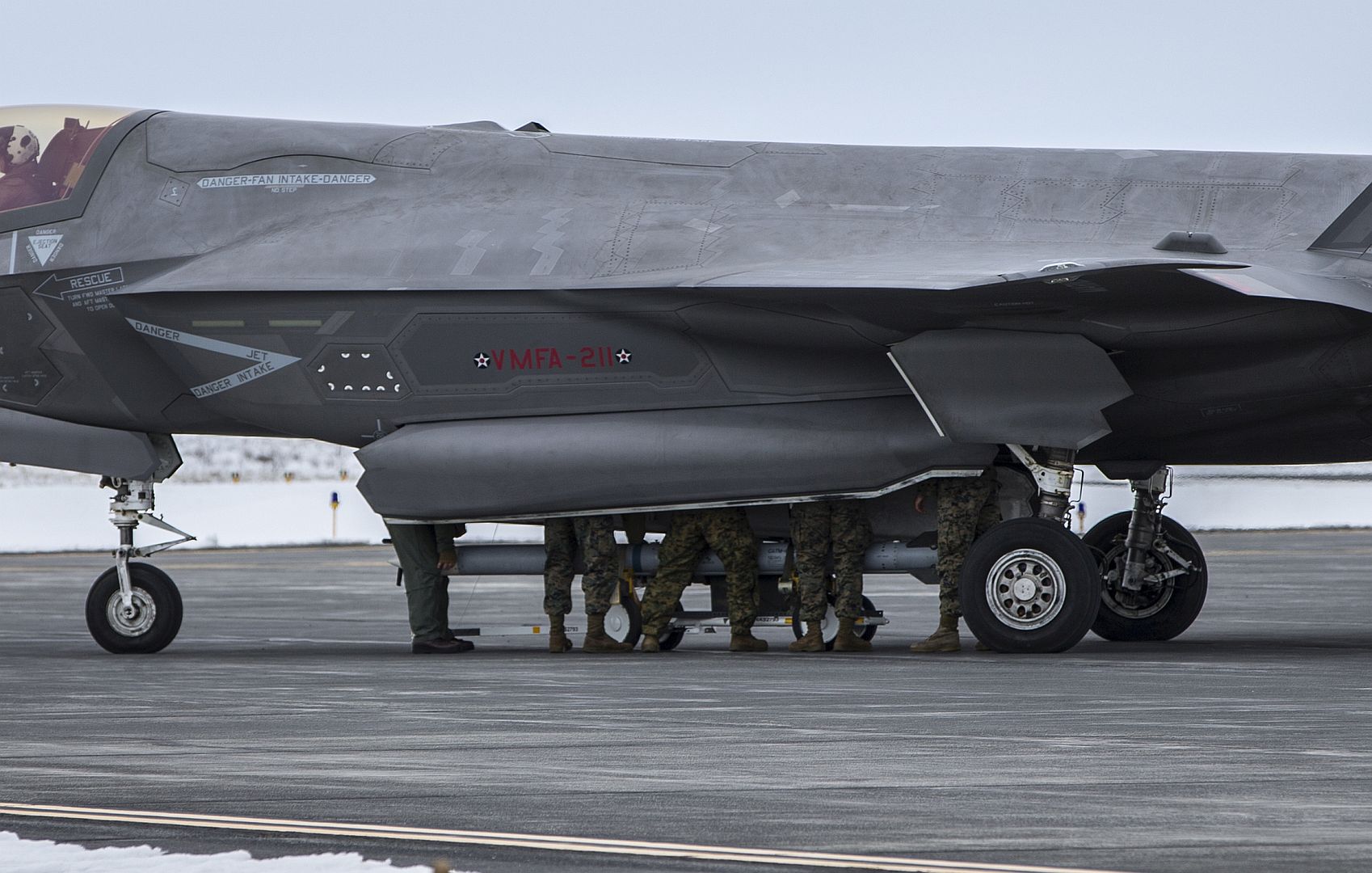
An F-15E Strike Eagle assigned to the 335th Fighter Squadron from Seymour Johnson Air Force base, North Carolina, takes off in front of a E-8C Joint Surveillance Target Attack Radar System aircraft during Red Flag-Nellis 22-1 for a daily training mission Feb. 1, 2022 at Nellis Air Force Base, Nevada. The 414th Combat Training Squadron conducts Red Flag exercises to provide aircrews the experience of multiple, intensive air combat sorties in the safety of a training environment. (U.S. Air Force photo by Tech. Sgt. Alexandre Montes)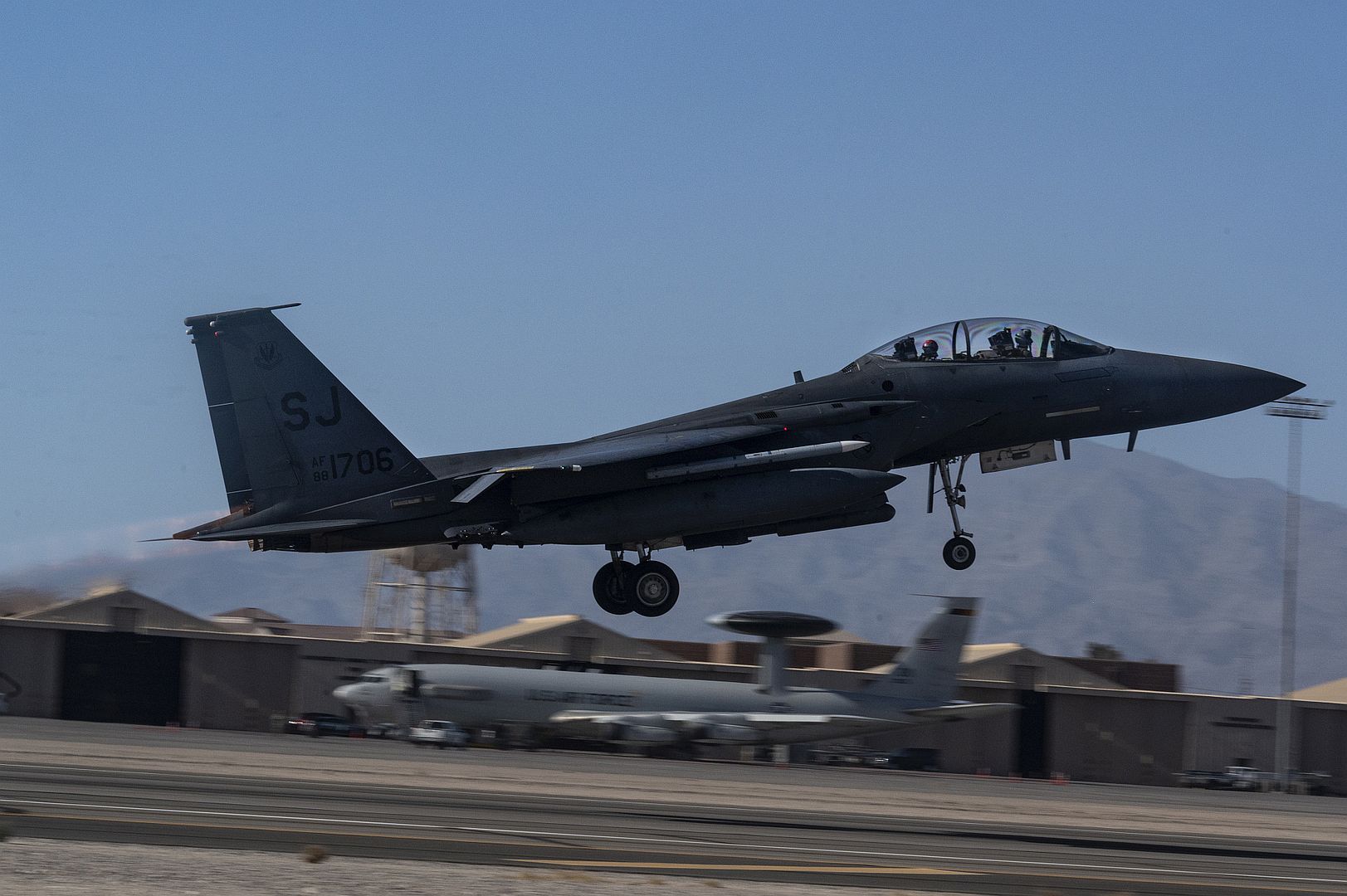
A Typhoon FGR4 assigned to 1 (Fighter) Squadron, Royal Air Force Lossiemouth, United Kingdom, takes off in front of a E-7A Wedgetail assigned to Royal Australian Air Force Base, Williamtown, Australia, during Red Flag-Nellis 22-1 Feb. 1, 2022, at Nellis Air Force Base, Nevada. 32 units from across the U.S. joint forces, United Kingdom (Royal Air Force) and Australia (Royal Australian Air Force) are participating in Red Flag-Nellis 22-1. (U.S. Air Force photo by Tech. Sgt. Alexandre Montes)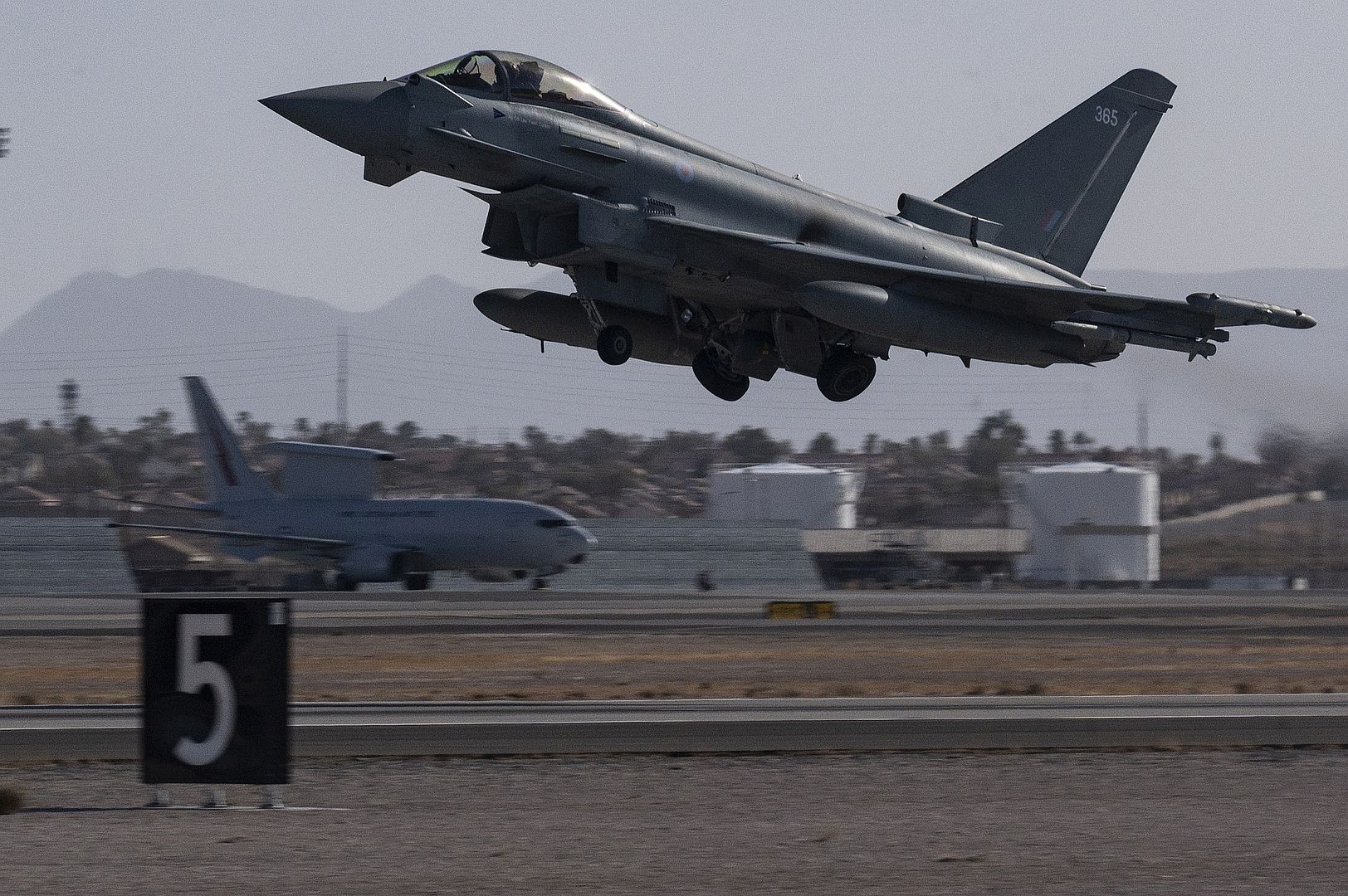
An F-16 Fighting Falcon from the 148th Fighter Wing, Duluth Air National Guard Base, Minnesota, conducts a low-level take off during Red Flag-Nellis 22-1 for a daily training mission Feb. 1, 2022, at Nellis Air Force Base, Nevada. The 414th Combat Training Squadron conducts Red Flag exercises to provide aircrews the experience of multiple, intensive air combat sorties in the safety of a training environment. (U.S. Air Force photo by Tech. Sgt. Alexandre Montes)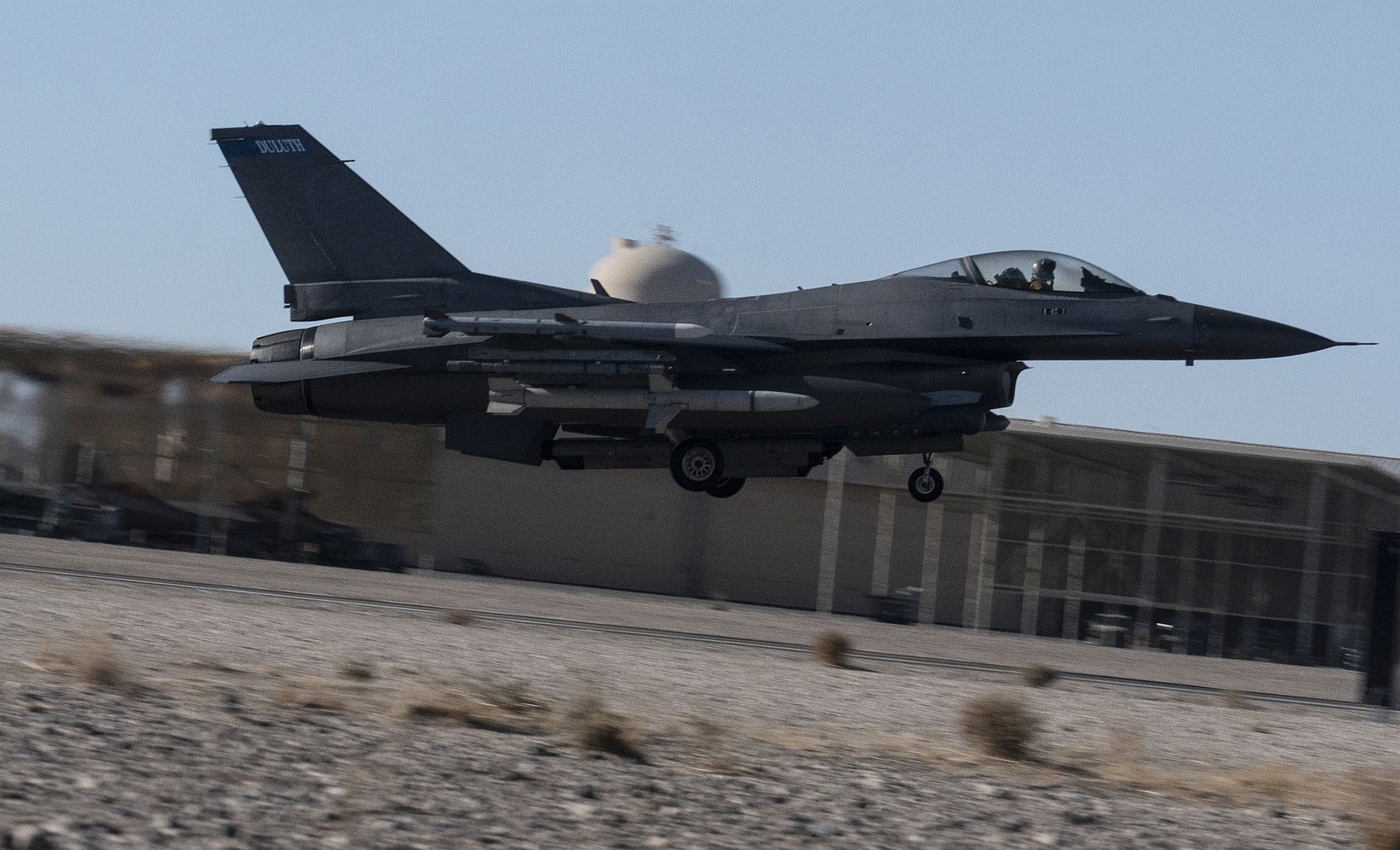
An EA-18G Growler assigned to the Electronic Attack Squadron (VAQ) 134, from Naval Air Station Whidbey Island, Washington, takes off during Red Flag-Nellis 22-1 Feb. 1, 2022 at Nellis Air Force Base, Nevada. U.S. Navy Sailors from VAQ-134 are one of 32 units from across the U.S. joint forces, United Kingdom (Royal Air Force) and Australia (Royal Australian Air Force) participating in Red Flag-Nellis 22-1. (U.S. Air Force photo by Tech. Sgt. Alexandre Montes)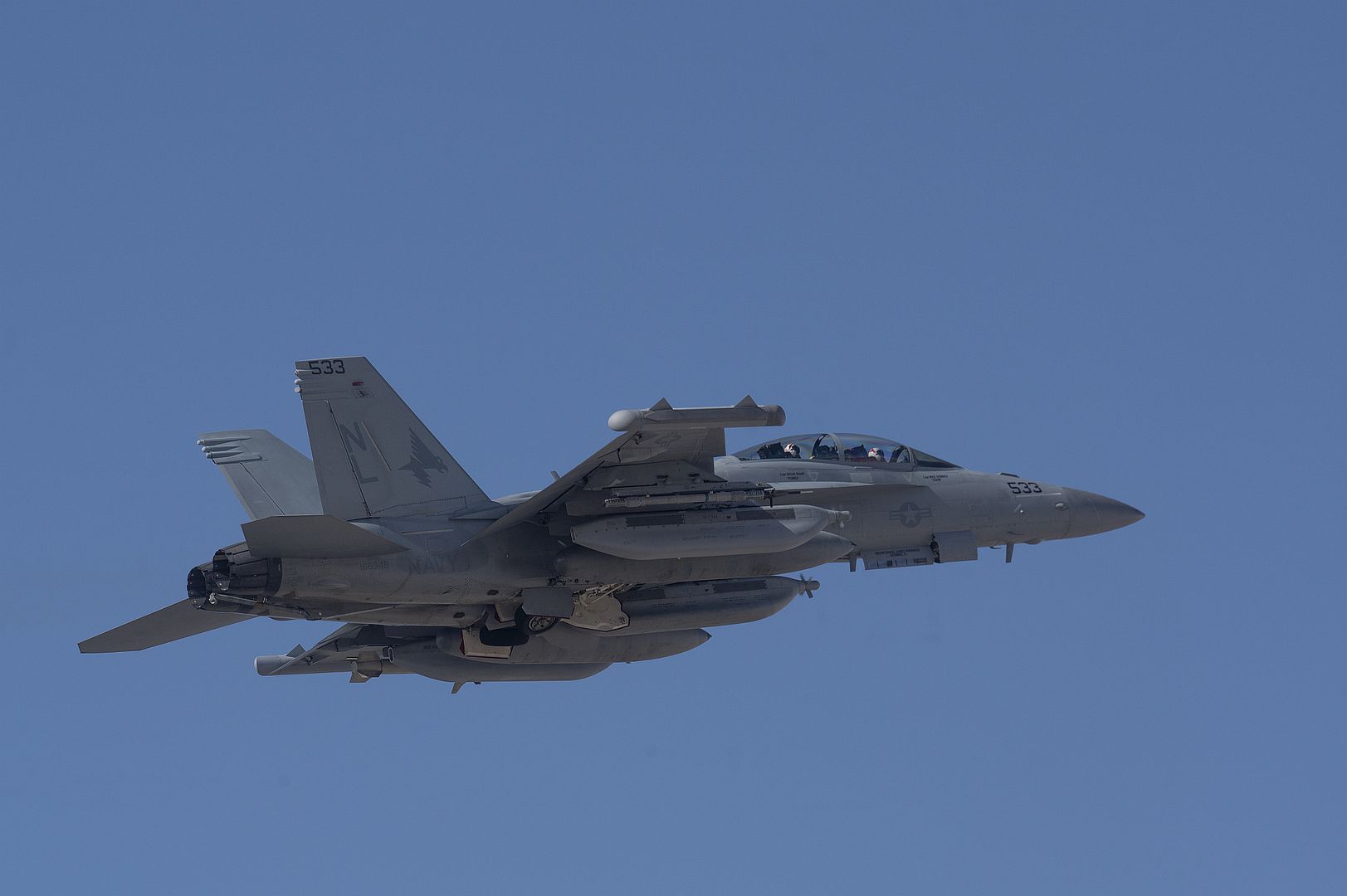
An F-35A Lightning II fighter jet assigned to the 388th Fighter Wing, Hill Air Force Base, Utah, prepares to taxi out for a Red Flag 22-1 mission at Nellis Air Force Base, Nevada, Jan. 31, 2022. The Red Flag exercise is hosted on the Nevada Test and Training Range--the U.S. Air Force's premier military training area with more than 12,000 square miles of airspace and 2.9 million acres of land. Red Flag provides unique training with an emphasis on Airmen readiness for high-end warfighting and strategic competition. (U.S. Air Force photo by Staff Sgt. Thomas Barley)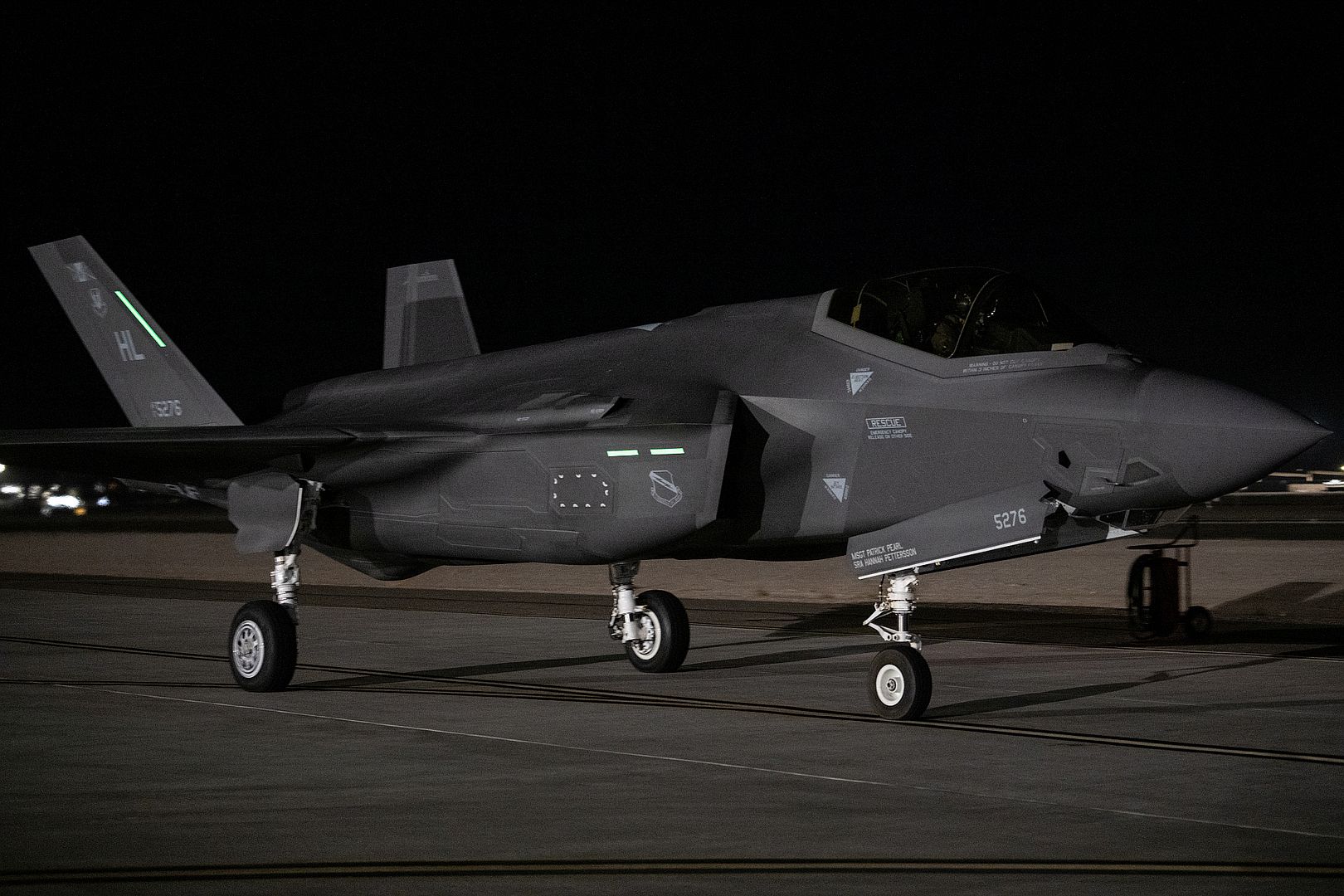
A U.S. Navy VAQ-134 assigned to Naval Air Station Whidbey Island's EA-18G Growler Squadron takes off from the runway during Red Flag-Nellis 22-1 on Feb. 1, 2022, at Nellis Air Force Base, Nevada. This iteration of Red Flag is focused on confidence under fire, integrated leadership and the warfighter culture. (U.S. Air Force photo by SrA Michael. Richmond)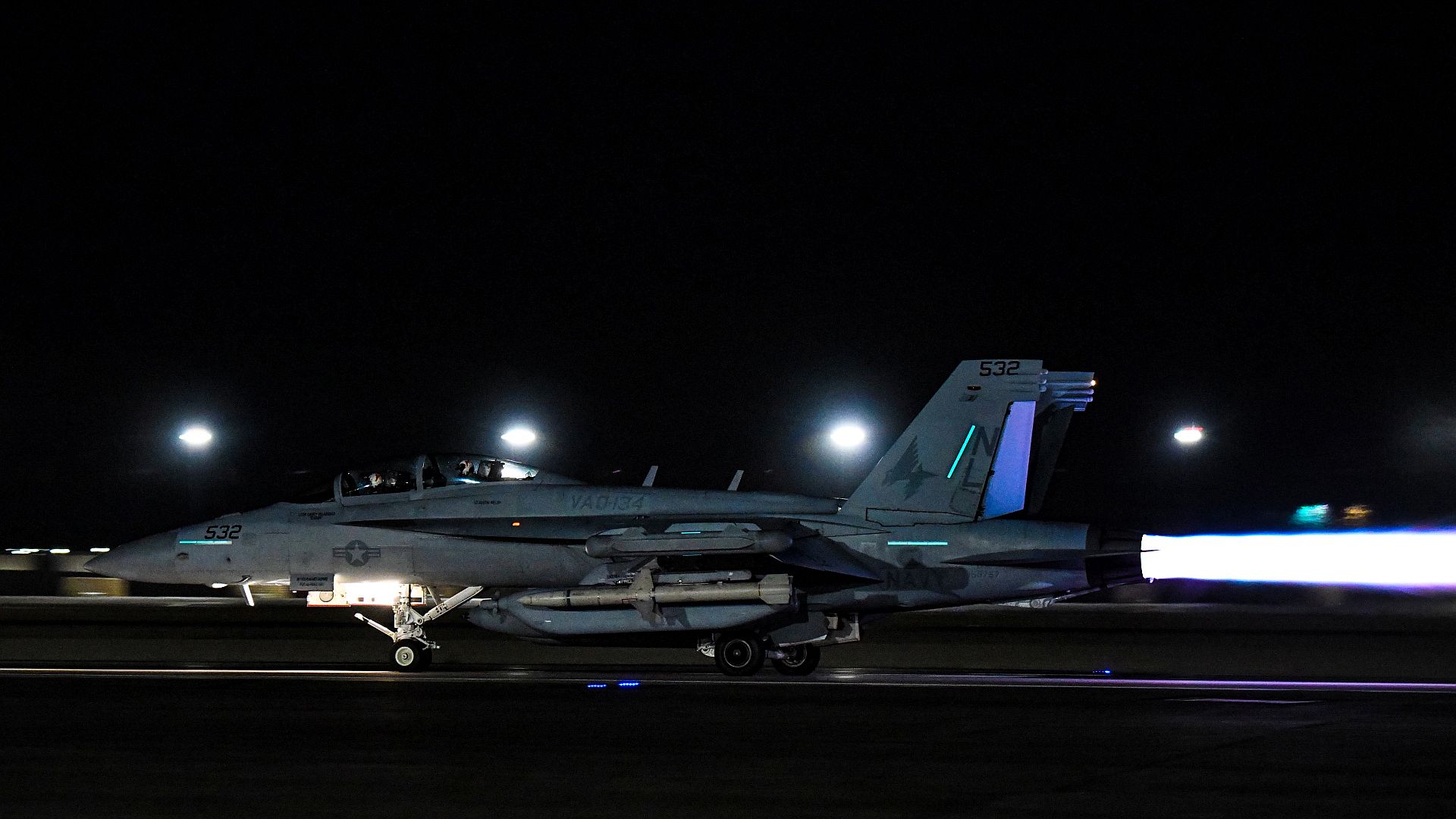
A U.S. Marine Corps F-35B Lightning II aircraft prepares to taxi on the runway at Marine Corps Air Station Iwakuni, Japan, Feb. 4, 2022. The flight was in support of Exercise Noble Fusion, which demonstrates that Navy and Marine Corps forward-deployed stand-in naval expeditionary forces can rapidly aggregate Marine Expeditionary Unit/Amphibious Ready Group teams at sea, along with a carrier strike group, as well as other joint force elements and allies, in order to conduct lethal sea-denial operations, seize key maritime terrain, guarantee freedom of movement, and create an advantage for U.S. partner and allied forces. VMFA-121 conducts training throughout the year, in the Indo-Pacific, to maintain a high level of readiness. (U.S. Marine Corps photos by Cpl. Lennon Dregoiw)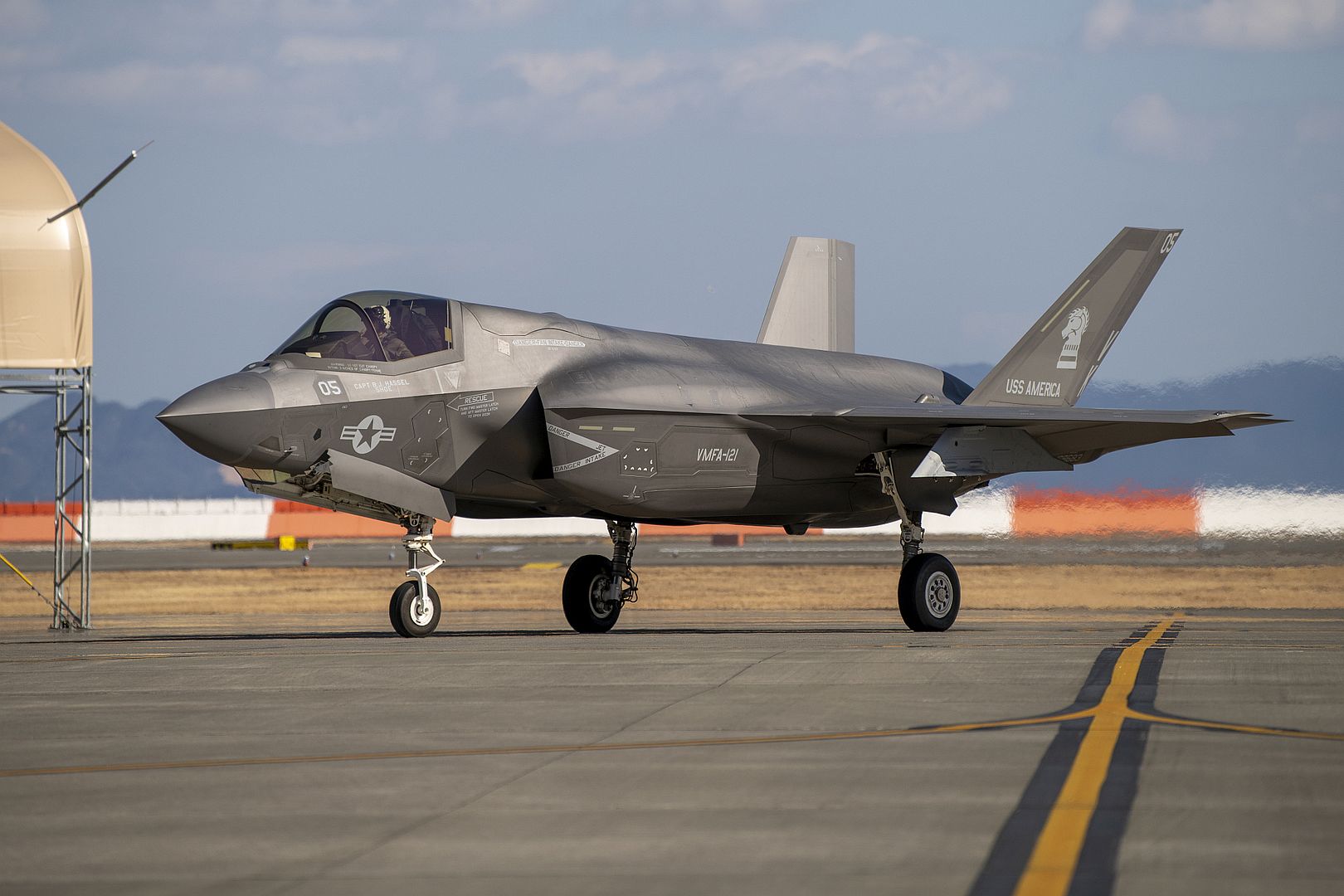
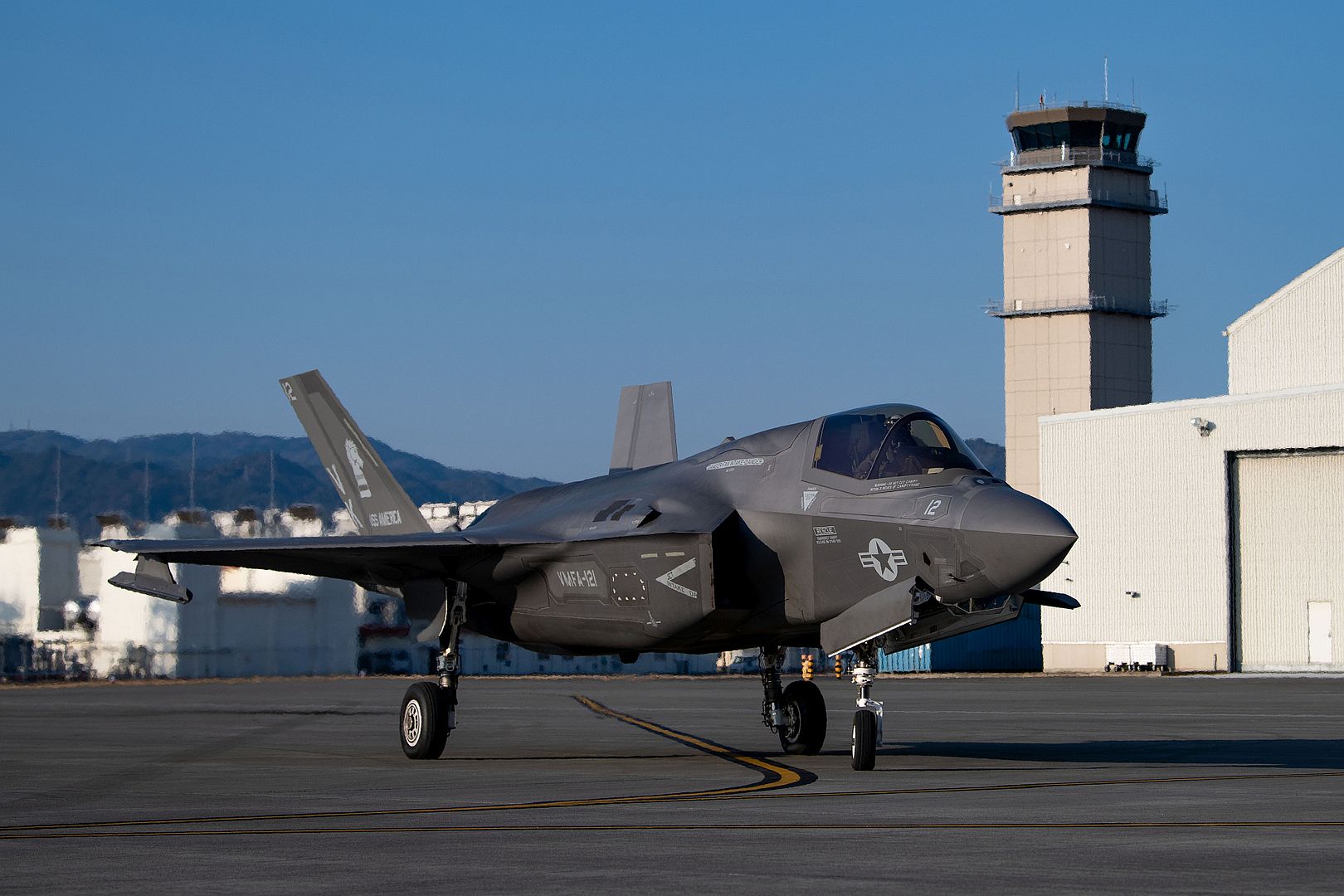
MEDITERRANEAN SEA (Feb. 3, 2022) – United States F/A-18 Super Hornets and Greek F-16 Fighting Falcons conduct air-to-air training over the Ionian Sea as a part of Neptune Strike 2022, Feb. 3. Neptune Strike 2022 highlights NATO’s ability to integrate the high-end maritime capabilities of a carrier strike group to ensure high operational readiness across the Alliance and the defence and protection of all Allies. It is the first time since the Cold War that a full US carrier group comes under NATO command. (Photos by French Master Sergeant Malaury Buis and OR-8 Florian Fergen)
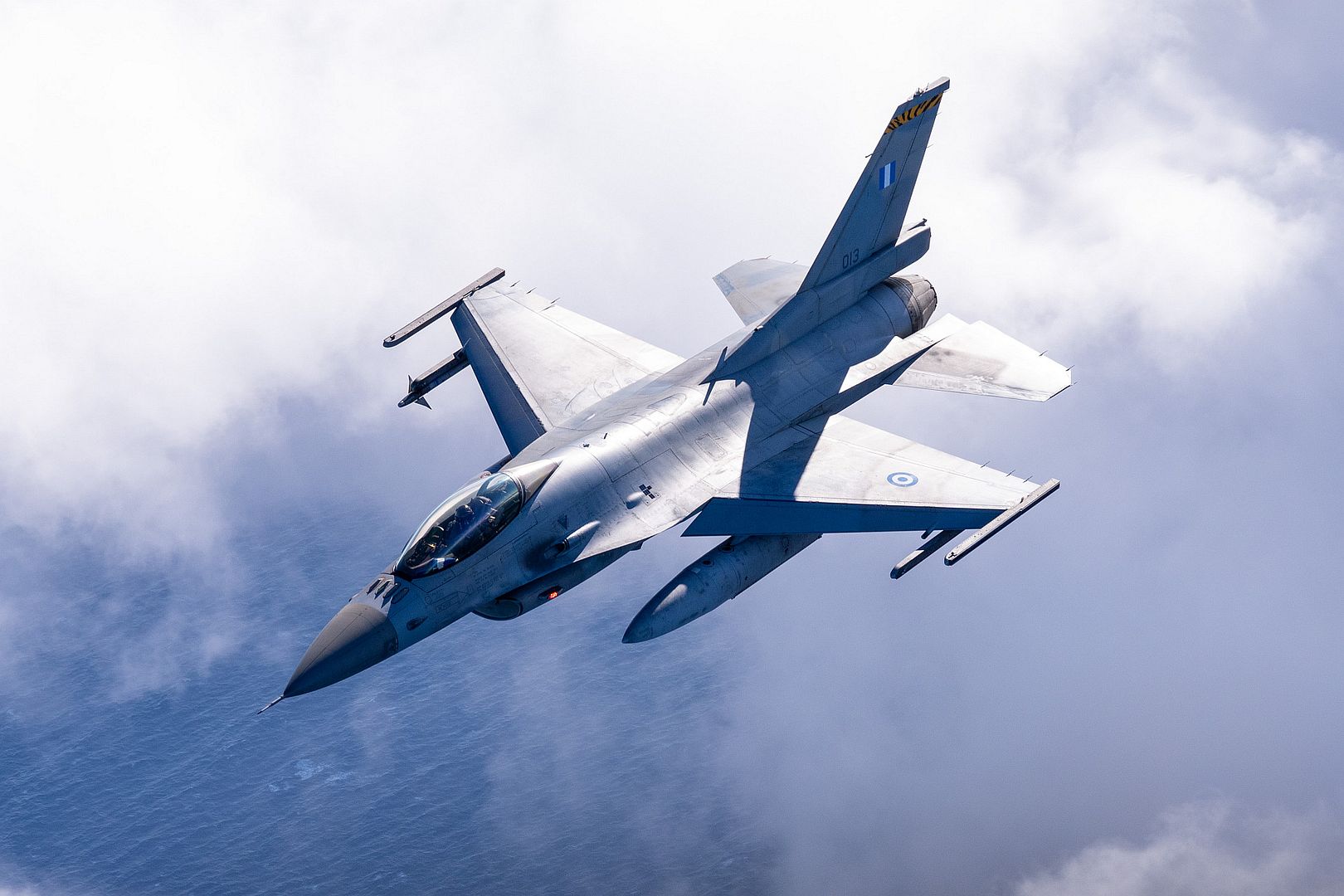
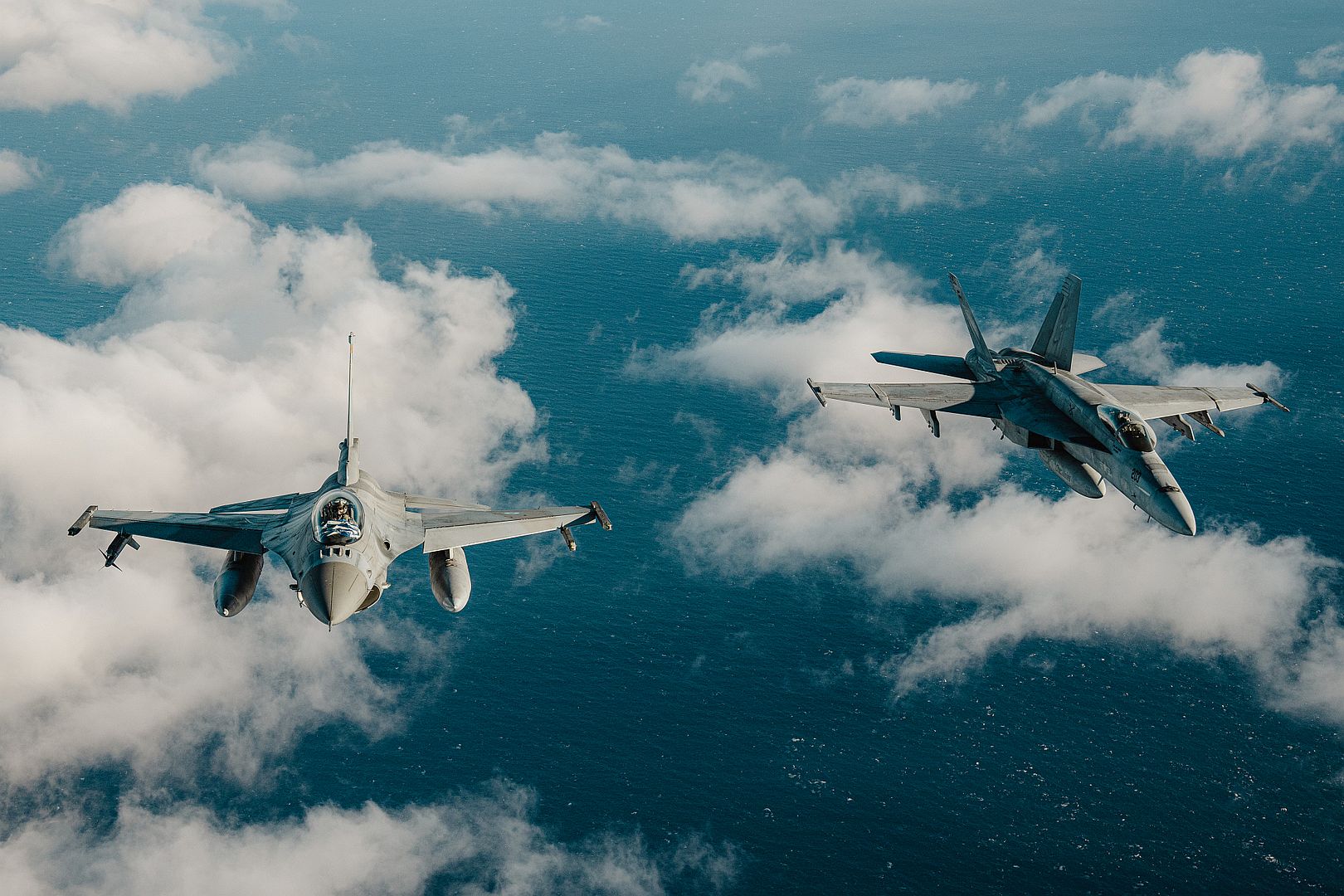
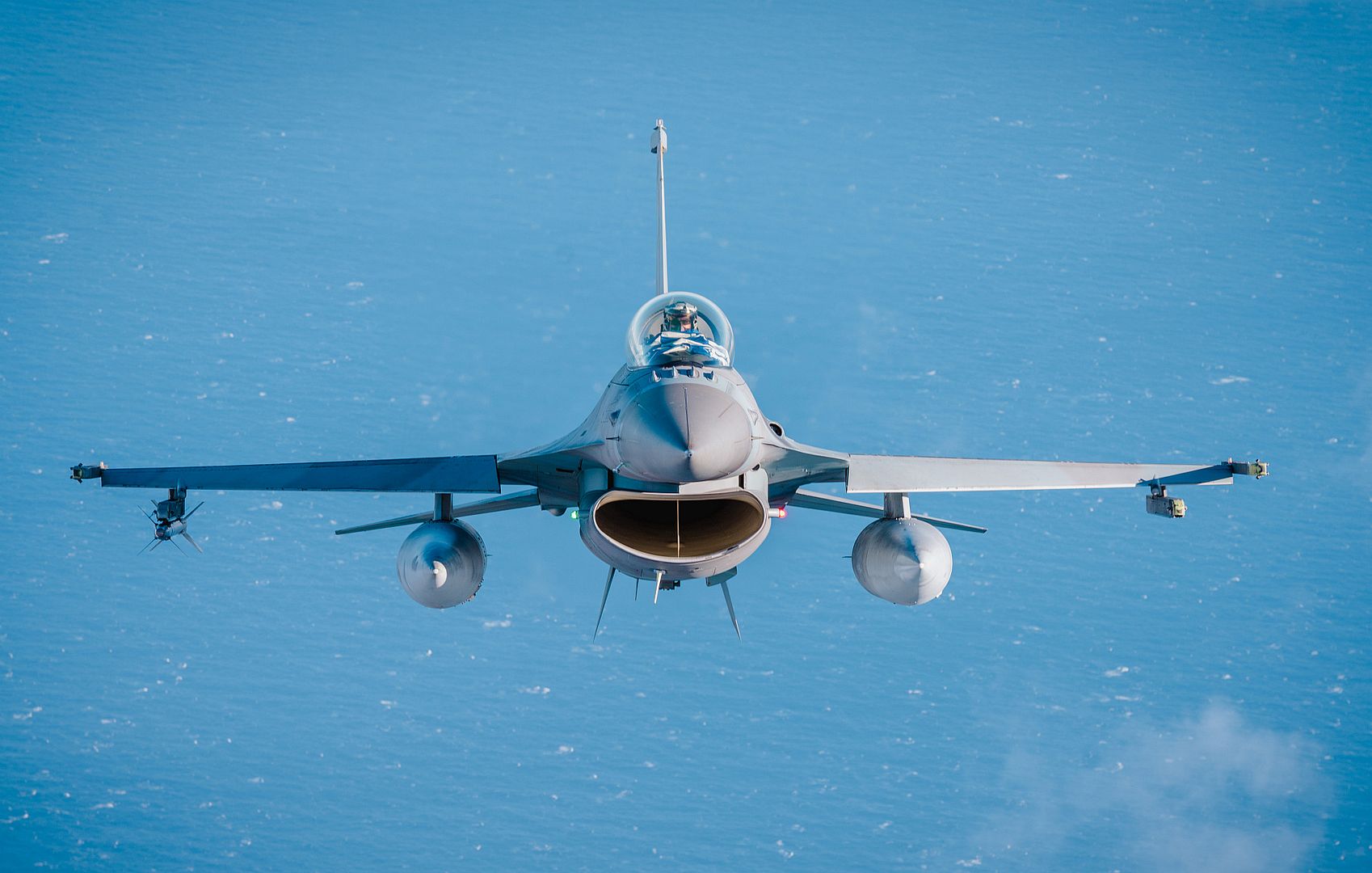
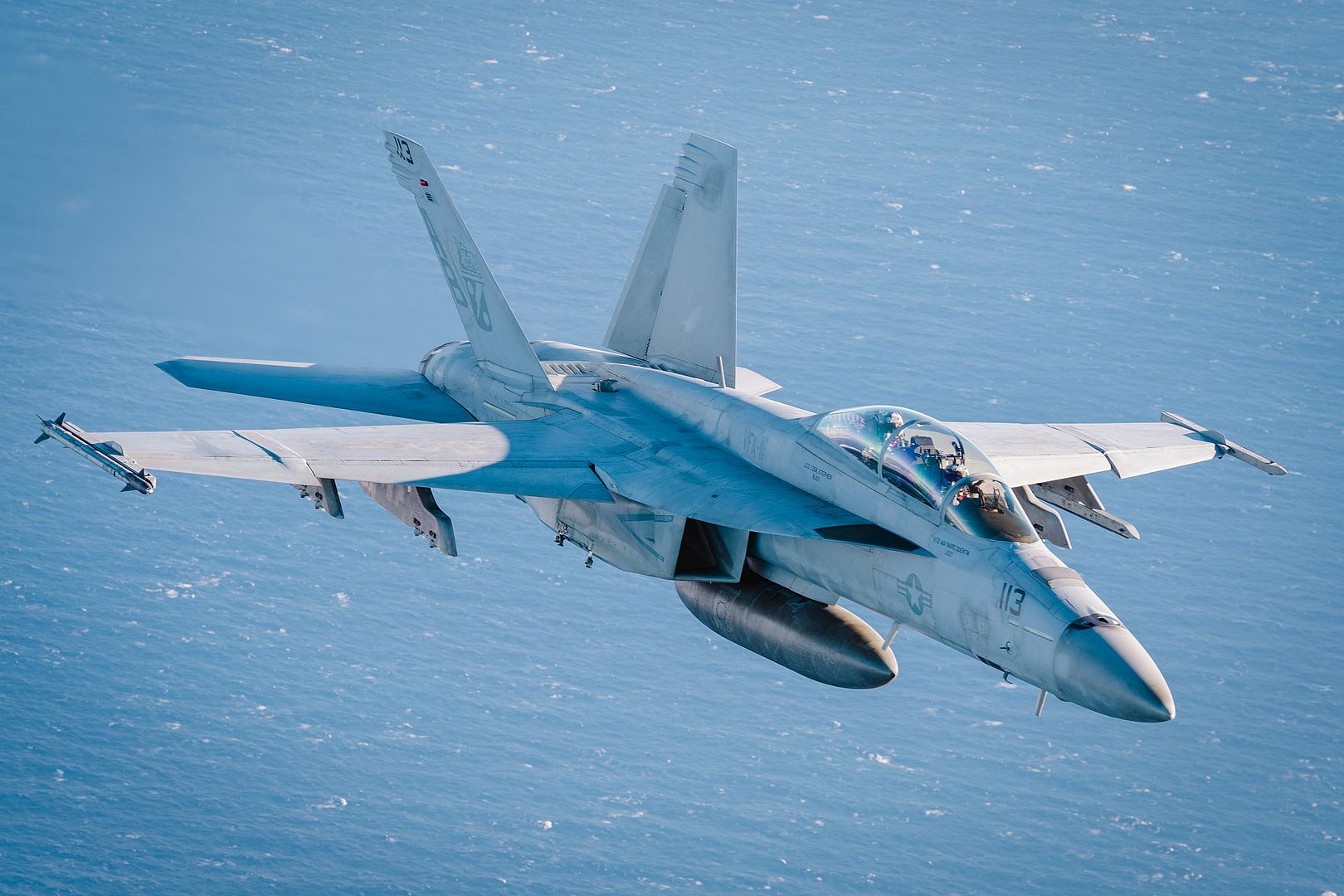
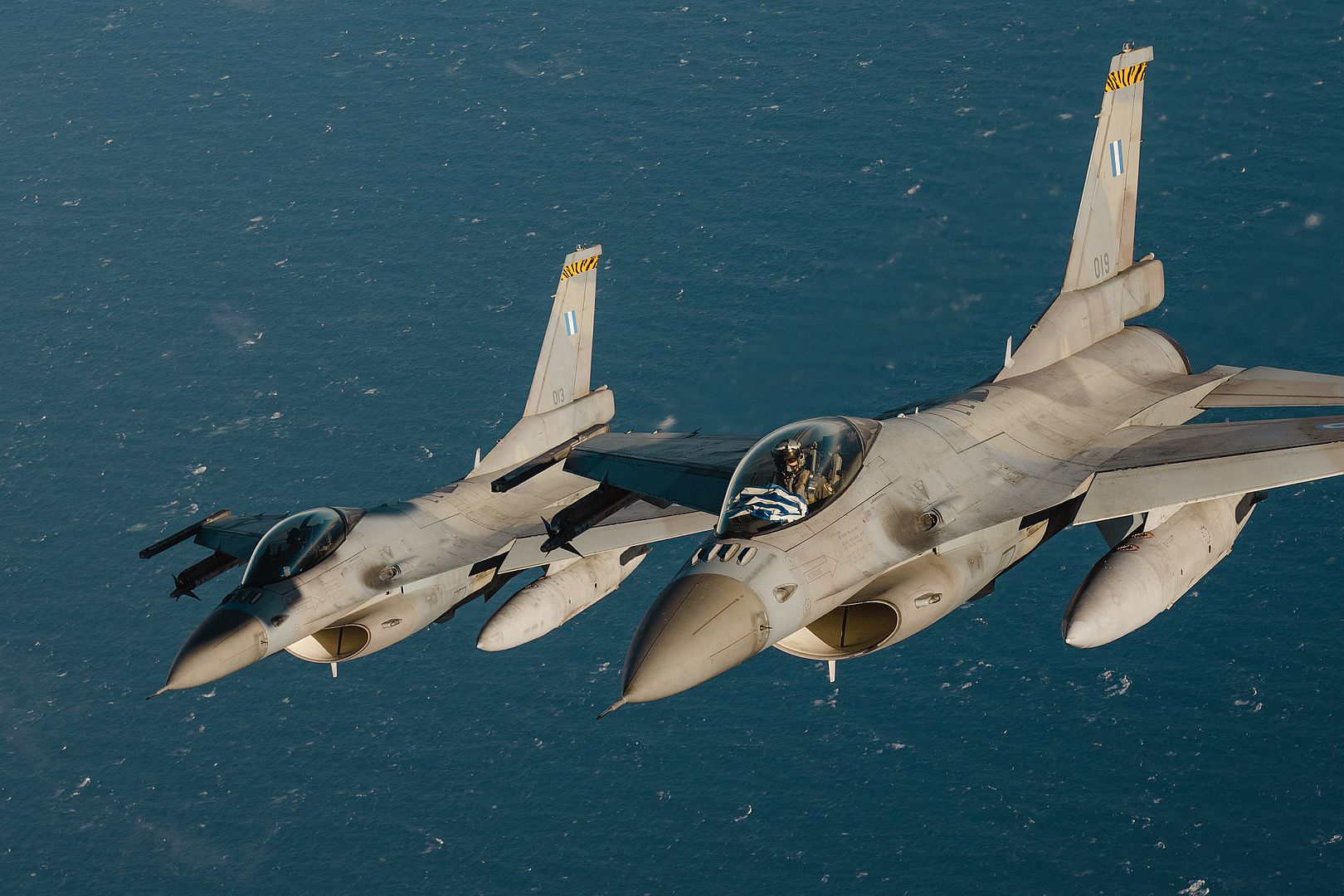
PHILIPPINE SEA (Feb. 3, 2022) An AV-8B Harrier attached to Marine Attack Squadron (VMA) 214, 11th Marine Expeditionary Unit (MEU), takes off from the flight deck of Wasp-class amphibious assault ship USS Essex (LHD 2) in support of Noble Fusion, Feb. 3, 2022. Noble Fusion demonstrates that Navy and Marine Corps forward-deployed stand-in naval expeditionary forces can operate as a Marine Expeditionary Unit/Amphibious Ready Group team at sea, along with a carrier strike group, in order to conduct lethal sea-denial operations, seize key maritime terrain, guarantee freedom of movement, and create advantage for U.S., partner and allied forces. Naval Expeditionary forces conduct training throughout the year in the Indo-Pacific, to maintain readiness. (U.S. Navy photo by Mass Communication Specialist 2nd Class Wesley Richardson)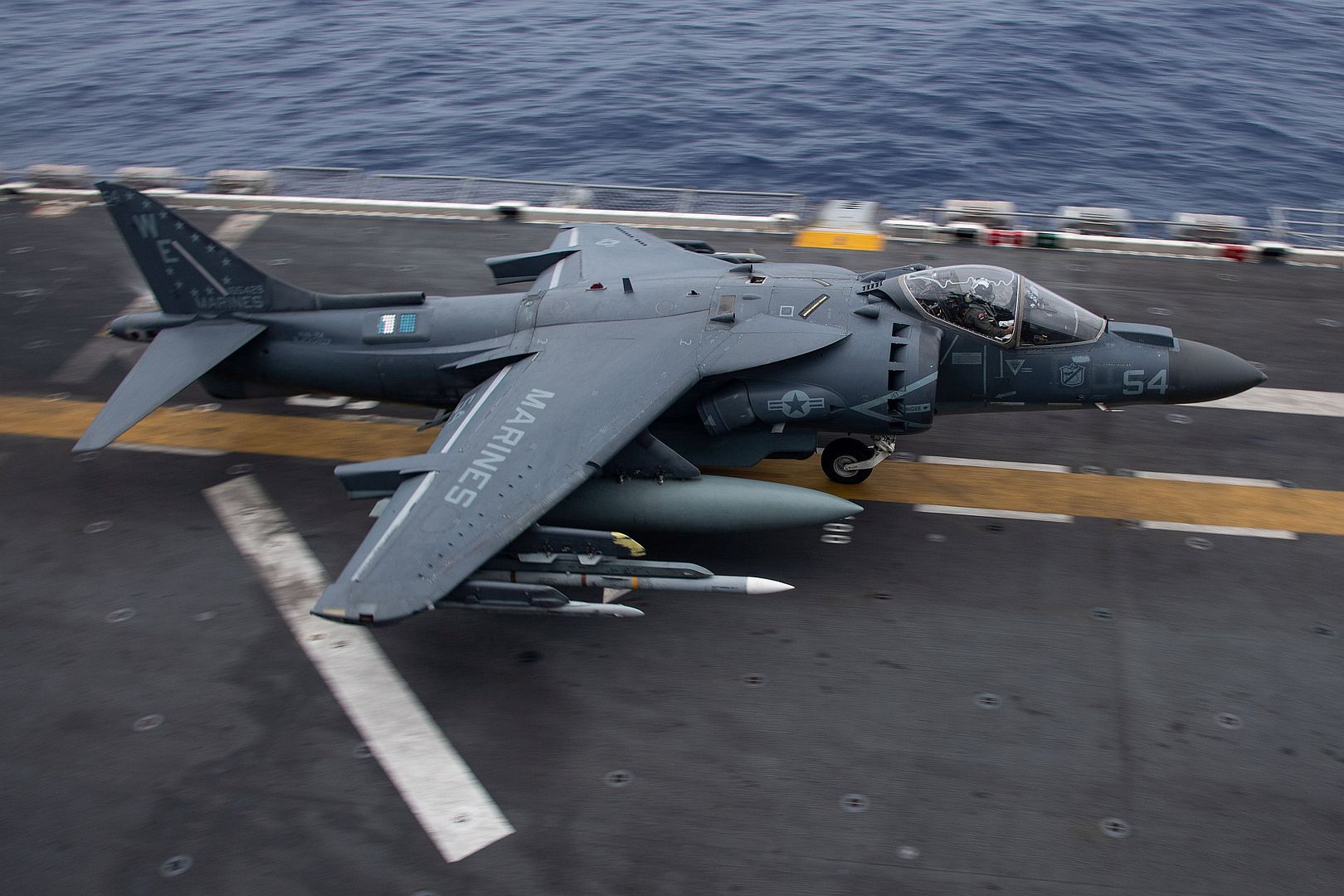
MEDITERRANEAN SEA (Jan. 27, 2022) An Italian Air Force KC-767A tanker refuels an F/A-18E Super Hornet assigned to the Fighting Checkmates of Strike Fighter Squadron (VFA) 211 and an F/A-18F Super Hornet assigned to the Red Rippers of Strike Fighter Squadron (VFA) 11 during Neptune Strike 2022, Jan. 27, 2022. Neptune Strike 2022 highlights the natural evolution of NATO's ability to integrate the high-end maritime warfare capabilities of a carrier strike group to support the defense of the Alliance. (U.S. Navy photo)..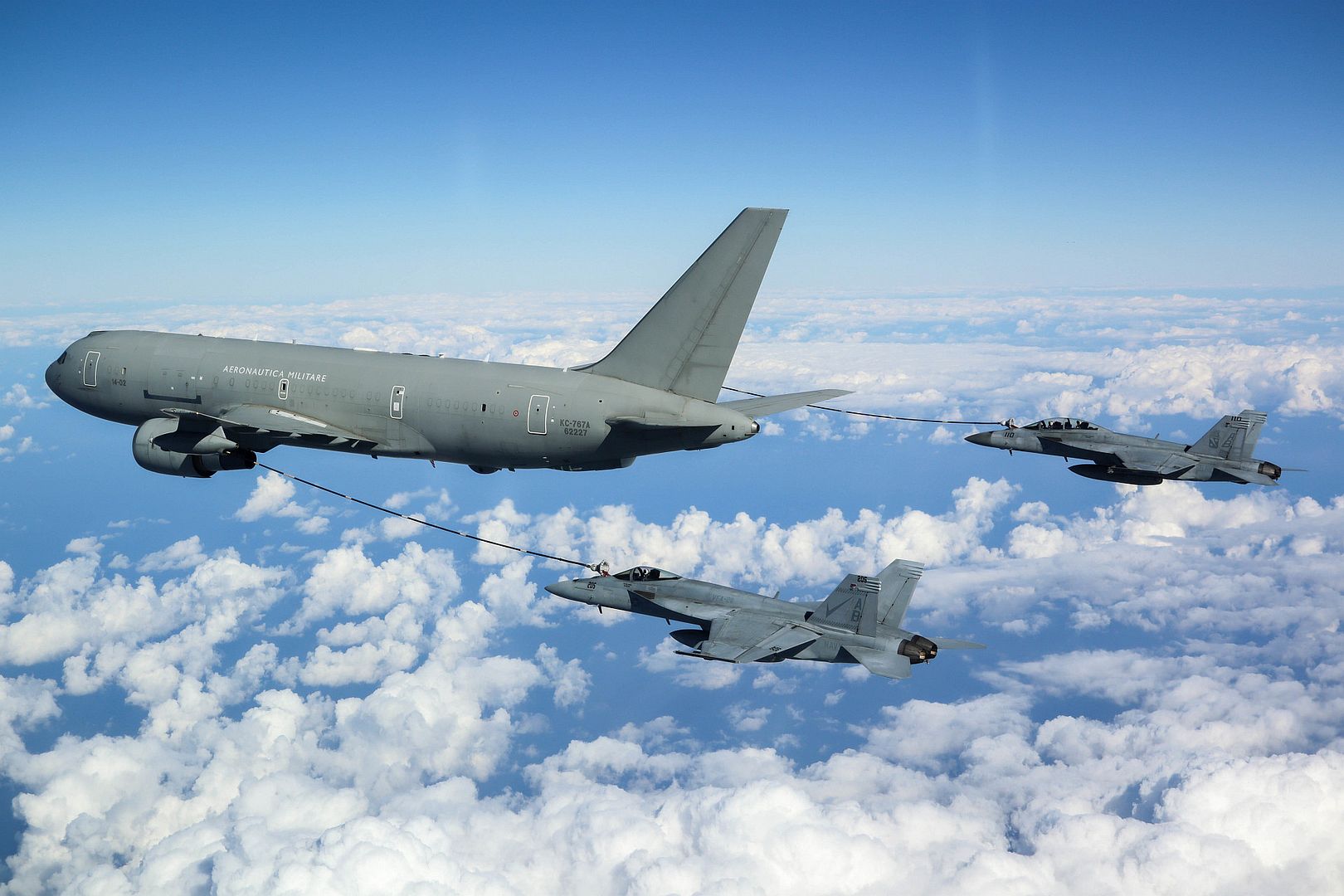
ADRIATIC SEA (Feb. 2, 2022) An MH-60S Sea Hawk helicopter, attached to the "Dragonslayers" of Helicopter Sea Combat Squadron (HSC) 11, flies alongside the Italian Navy Cavour-class aircraft carrier ITS Cavour (CVH 550) in support of Neptune's Strike 22, Feb. 2, 2022. Neptune Strike 22 highlights the natural evolution of NATO's ability to integrate the high-end maritime warfare capabilities of a carrier strike group to support the defense of the Alliance. (U.S. Navy photo by Mass Communication Specialist 3rd Class Tate Cardinal)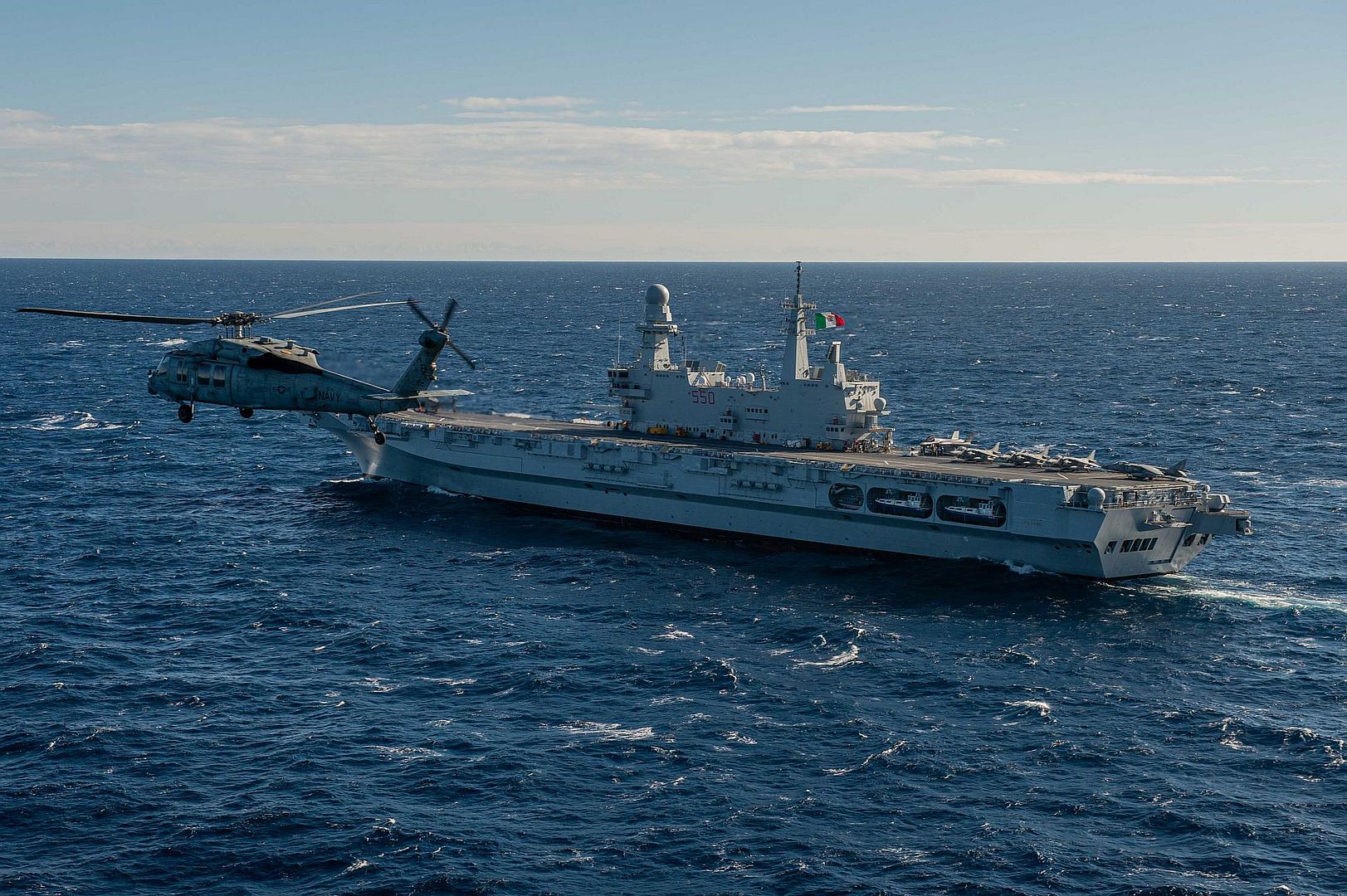
STRATFORD, Conn., Feb. 03, 2022 – Prioritizing affordability and utilizing advanced manufacturing techniques, Sikorsky, a Lockheed Martin company (NYSE: LMT), will build nine additional CH-53K™ aircraft at a lower unit price than previous lot buys, resulting in significant savings for the U.S. government and taxpayers. The company’s experienced supply chain coupled with its active digital approach drives speed and affordability throughout design, development, production, and sustainment.
The CH-53K will further support the U.S. Marine Corps in its mission to conduct expeditionary heavy-lift assault transport of armored vehicles, equipment and personnel to support distributed operations deep inland from a sea-based center of operations, critical in the Indo-Pacific region.
These nine helicopters are part of 200 aircraft Program of Record for the U.S. Marine Corps with deliveries beginning in 2025.
“By embracing resilient, predictive logistics and sustainment, we are enabling CH-5K crews to make smarter, faster decisions, to increase reliability, and improve readiness and material availability at reduced burden to the fleet,” said Bill Falk, Sikorsky Director, CH-53K programs. “After 50 years of supporting the CH-53E, Sikorsky has a deep understanding of the heavy-lift mission and an enduring partnership with the U.S. Marines Corps enabling our team and our proven supply chain to offer tailored solutions resulting in more efficient missions.”
Building to Deliver
The aircraft will be built at Sikorsky headquarters in Stratford, Connecticut, leveraging the company’s digital build and advanced technology production processes.
The factory is active with seven CH-53K aircraft in build, and there are 47 more aircraft in various stages of production.
Sikorsky has made significant investments in workforce training, tooling, and machinery to increase the number of aircraft built and delivered year over year.
In total, Sikorsky has delivered five operational CH-53K King Stallion heavy-lift helicopters to the U.S. Marine Corps in Jacksonville, North Carolina, with four more planned for delivery this year.
Marines Flying CH-53K in Fleet Environment
The CH-53K program operated by the U.S. Marine Corps entered Initial Operational Test and Evaluation in 2021 and is set to conclude in 2022.
Sikorsky has a strong foundation to support the CH-53K because the company already provides the U.S. Marines with predictive maintenance on the legacy CH-53E by utilizing the Fleet Common Operating Environment (FCOE) enabling the shift from reactive to predictive maintenance.
The CH-53K aircraft is equipped with Integrated Vehicle Health Management System (IVHMS), which will transition the U.S. Marines from fixed interval to on-condition maintenance resulting in lower maintenance crew hours, reduced life cycle costs and increased aircraft readiness.
Lockheed Martin is working with the U.S. Navy on a performance-based logistics contract that expands from the CH-53E to add the CH-53K with a contract award expected this year.
For additional information, visit our website: www.lockheedmartin.com/ch53k..jpg?width=1920&height=1080&fit=bounds)
HUNTSVILLE, Ala., Feb. 2, 2022 — A new type of large, fully-composite, linerless cryogenic fuel tank, designed and manufactured by Boeing [NYSE: BA], passed a critical series of tests at NASA’s Marshall Space Flight Center at the end of 2021. The successful test campaign proves the new technology is mature, safe and ready for use in aerospace vehicles.
The 4.3-meter (14 foot) diameter composite tank is similar in size to the fuel tanks intended for use in the upper stage of NASA’s Space Launch System (SLS) rocket, which is the foundational capability in NASA’s Artemis lunar and deep space human exploration program. If the new composite technology were implemented in evolved versions of the SLS’s Exploration Upper Stage, the weight savings technology could increase payload masses by up to 30 percent.
“Composites are the next major technological advancement for large aerospace cryogenic storage structures,” said Boeing Composite Cryotank Manufacturing Lead Carlos Guzman. “And while they can be challenging to work with, they offer significant advantages over traditional metallic structures. Boeing has the right mix of experience, expertise and resources to continue to advance this technology and bring it to market in a variety of applications across aerospace and aeronautics.”
During the testing, which was funded by DARPA and Boeing, engineers from Boeing and NASA filled the vessel with cryogenic fluid in multiple test cycles, pressurizing the tank to expected operational loads and beyond. In the final test, which intended to push the tank to failure, pressures reached 3.75 times the design requirements without any major structural failure.
“NASA’s support through this testing has been invaluable,” said Boeing Test Program Manager Steve Wanthal. “We were able to use their technical expertise and investments made in the testing infrastructure at the Marshall Space Flight Center to continue to advance this technology, which will ultimately benefit the entire industry.”
Applications for the technology expand past spaceflight. The test which builds upon Boeing’s extensive experience with the safe use of hydrogen in aerospace applications will inform Boeing’s ongoing studies of hydrogen as a potential future energy pathway for commercial aviation. In addition to use in space programs, Boeing has completed five flight demonstration programs with hydrogen.
As a leading global aerospace company, Boeing develops, manufactures and services commercial airplanes, defense products and space systems for customers in more than 150 countries. As a top U.S. exporter, the company leverages the talents of a global supplier base to advance economic opportunity, sustainability and community impact. Boeing’s diverse team is committed to innovating for the future and living the company’s core values of safety, quality and integrity. Learn more at www.boeing.com.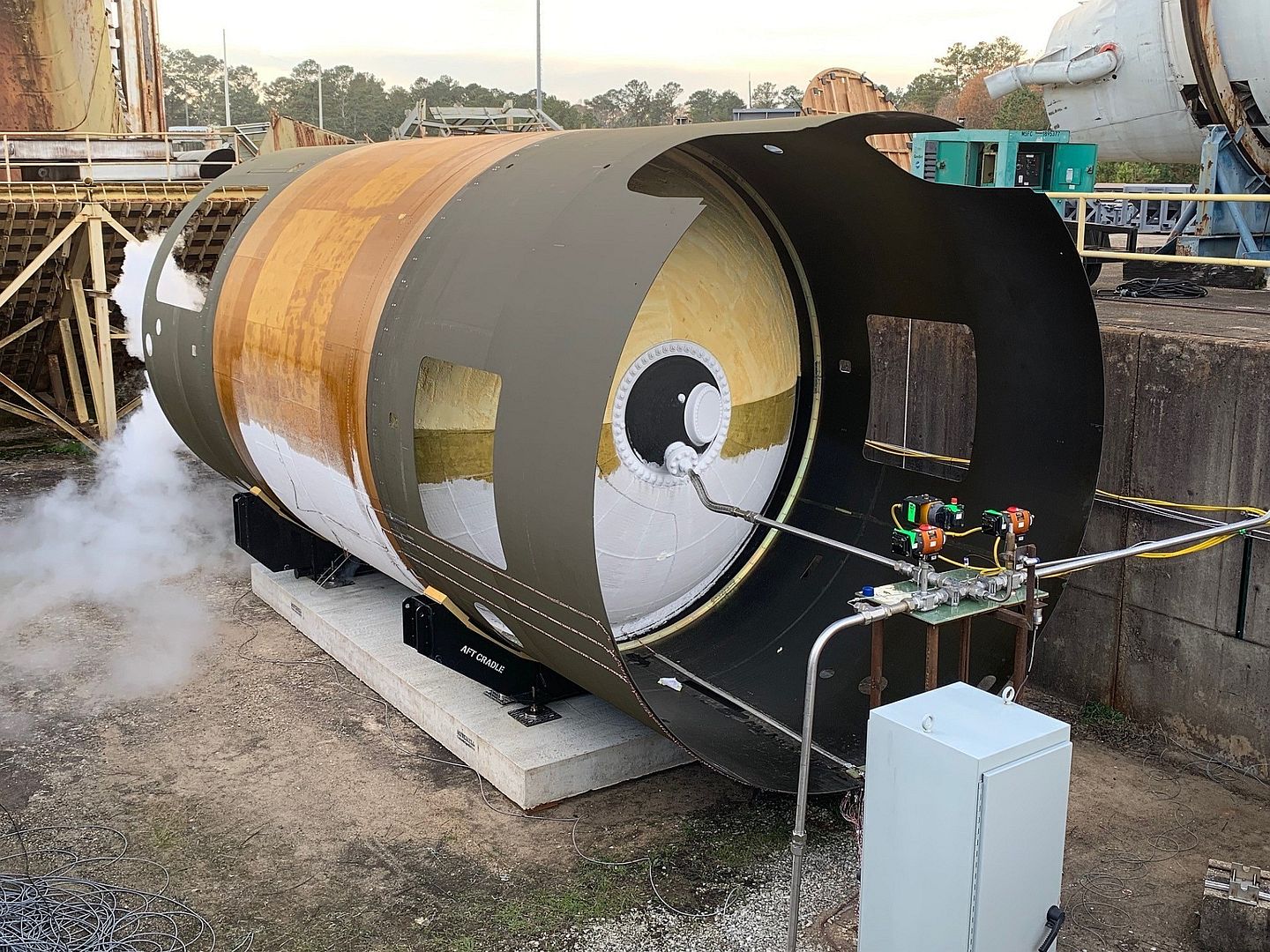
Oslo, 3 February 2022 – Airbus and Kongsberg of Norway have signed a long-term strategic agreement to collaborate over support and services for the Norwegian Armed Forces.
Under the terms of a Memorandum of Understanding between Airbus Helicopters, Kongsberg Defence & Aerospace, and Kongsberg Aviation Maintenance Services, the companies will work to strengthen the deployment of local maintenance capabilities with the objective to optimize the availability of the NH90 helicopter.
As an initial activity, Airbus is developing and qualifying Kongsberg’s facilities to provide deep maintenance of the NH90 tail gearboxes for the Norwegian fleet and to bring business opportunities for the Nordics where a total of 52 NH90s are operated by Norway, Sweden and Finland. The move will position Kongsberg as prime contractor for this support contract and the first entity outside Airbus to be qualified for the work.
In subsequent steps, Airbus and Kongsberg have identified further paths to exploit a range of additional cooperation opportunities with the objective of enhancing Norway’s support provision.
Airbus Helicopters Regional Director Industrial Cooperation, Damien Lamy said: “This agreement is the beginning of an ambitious partnership with Kongsberg which will strengthen Norway’s autonomy and sovereign support capability in this specialized field.”
EVP of Kongsberg Aerostructures & MRO, Mr Terje Bråthen, says: “Kongsberg has a proven capability in production, manufacturing, repair and overhaul activity for the aerospace industry. Kongsberg is also a strategic partner to the Norwegian Armed Forces for sustainment and logistics. We are looking forward to our enhanced cooperation with Airbus with the overall goal of increased operational capability for NH90 users.”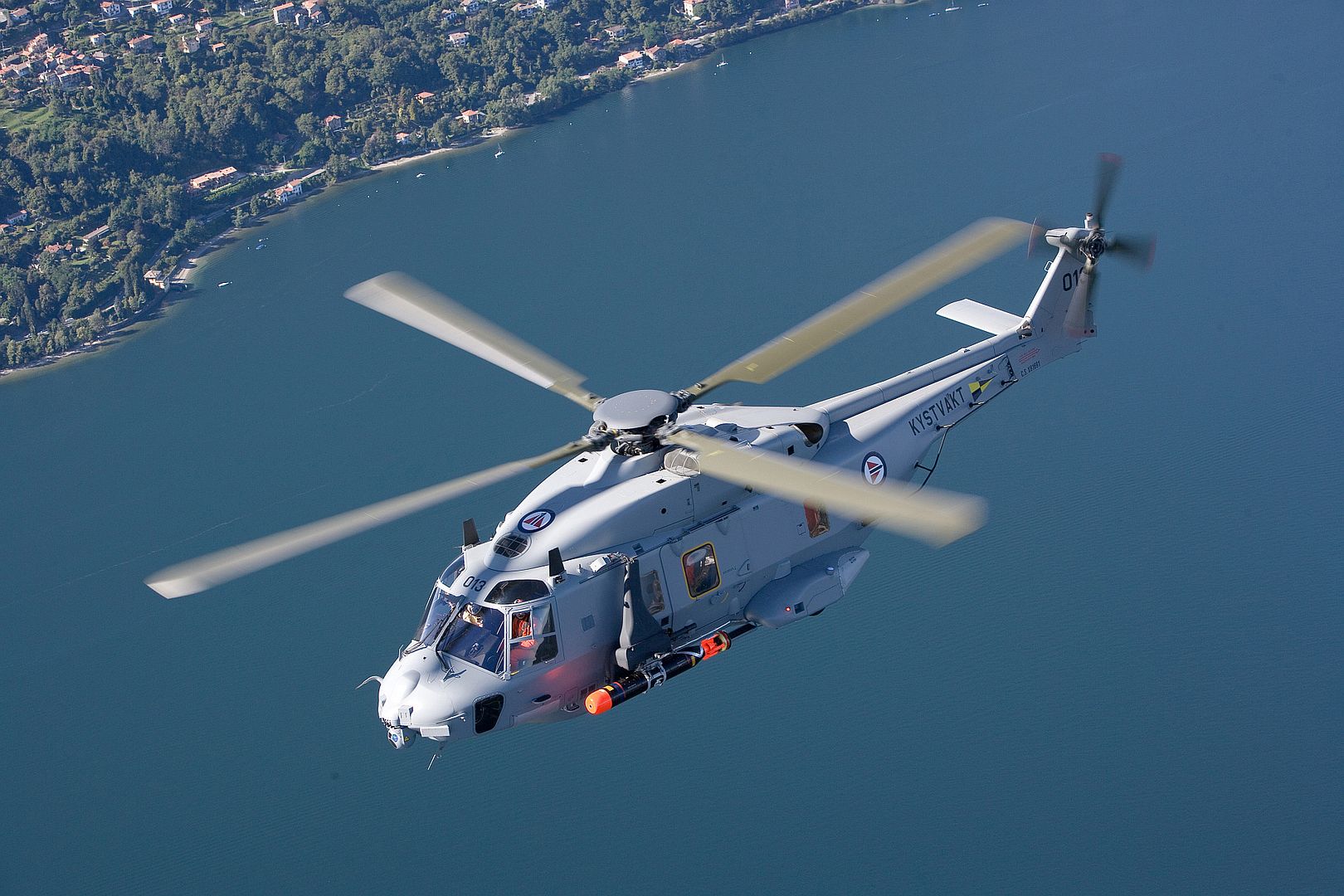
3 Feb 2022.
BAE Systems recently delivered its 3,000th vehicle management computer (VMC) and 1,000th active inceptor system (AIS) to Lockheed Martin for the F-35 Lightning II aircraft, achieving two major production milestones on the platform. The VMC and AIS are flight critical systems that provide each F-35 jet with the ability to operate safely and reliably in demanding environments, with decreased pilot workload and enhanced mission effectiveness.
“At BAE Systems, we are dedicated to supporting our warfighters with the most advanced systems and technologies,” said Ehtisham Siddiqui, vice president and general manager of Controls and Avionics Solutions at BAE Systems. “These two milestones underscore our partnership with Lockheed Martin to consistently deliver proven flight-critical and mission-critical systems on time for the F-35 aircraft.”
The VMC unit provides advanced hardware and computing for the F-35’s digital fly-by-wire flight control system and utility systems (fuel, electrical, and hydraulic system controls), which maximize system integration to improve mission efficiency and safety. BAE Systems has successfully reached full-rate production – increasing deliveries from 10 shipsets per month to 25 shipsets per month to achieve program requirements.
BAE Systems has also reached full-rate production at a level of 19 shipsets per month for its active inceptors, which are used by the pilot to direct and maneuver the aircraft. The AIS consists of the inceptor control unit, active side stick controller, and active quadrant throttle assembly. The high-integrity inceptors provide pilots with tactical feedback through active technology for increased situational awareness, safety, and mission survivability.
The company continues to invest in equipment, testing, and infrastructure upgrades for best-in-class manufacturing efficiency and aftermarket support. These improvements contributed to a 100 percent quality rating in both VMC and AIS production for 2020 from Lockheed Martin. Work for the VMC and AIS occurs at BAE Systems facilities in Endicott, New York and Rochester, UK, respectively.
BAE Systems is a major global partner to Lockheed Martin on the F-35 program. The company also provides the electronic warfare system for the platform, delivering a cumulative total of 830 systems to-date out of its Nashua, N.H. facility. In addition to providing mission-critical electronic warfare systems, the company also manufactures the aft fuselage for each jet at its facilities in Lancashire, UK and Adelaide, Australia, and provides sustainability, technical support, and training to keep the global fleet of F-35s mission-ready.
SAN DIEGO – 03 February 2022 – General Atomics Aeronautical Systems, Inc. (GA-ASI) successfully tested advanced datalink capability as part of a U.S. Army-funded development effort to upgrade the MQ-1C Gray Eagle Extended Range (GE-ER) Unmanned Aircraft System (UAS).
During the December tests, the joint U.S. Army and GA-ASI ground demonstration showed the ability of GE-ER to maintain link and support high bandwidth data rates with Geostationary Earth Orbit (GEO) Ku/Ka band satellites and Medium Earth Orbit (MEO) Ka band satellites with common hardware and software. This allows the modernized GE-ER to conduct uninterrupted flight operations over multiple satellite constellations to support continuous operations in contested environments.
“Extensive use of Modular Open Systems Approach (MOSA) principles, along with Model Based Systems Engineering (MBSE), made this capability possible,” said GA-ASI Vice President of Army Programs Don Cattell. “Together with our U.S. Army teammates, we’re making important progress in preparing GE-ER for successful operations in contested environments. Completion of the GE-ER modernization will enable mission success for the Army’s highest priority capabilities.”
Advanced waveform capabilities were also tested during this event. Satellite constellation diversity combined with multiple line-of-sight options for interfacing with the modernized GE-ER provides resilient and robust communications with supported maneuver units and manned aviation assets.
Flight testing of the modernized GE-ER system is scheduled for fourth quarter 2022.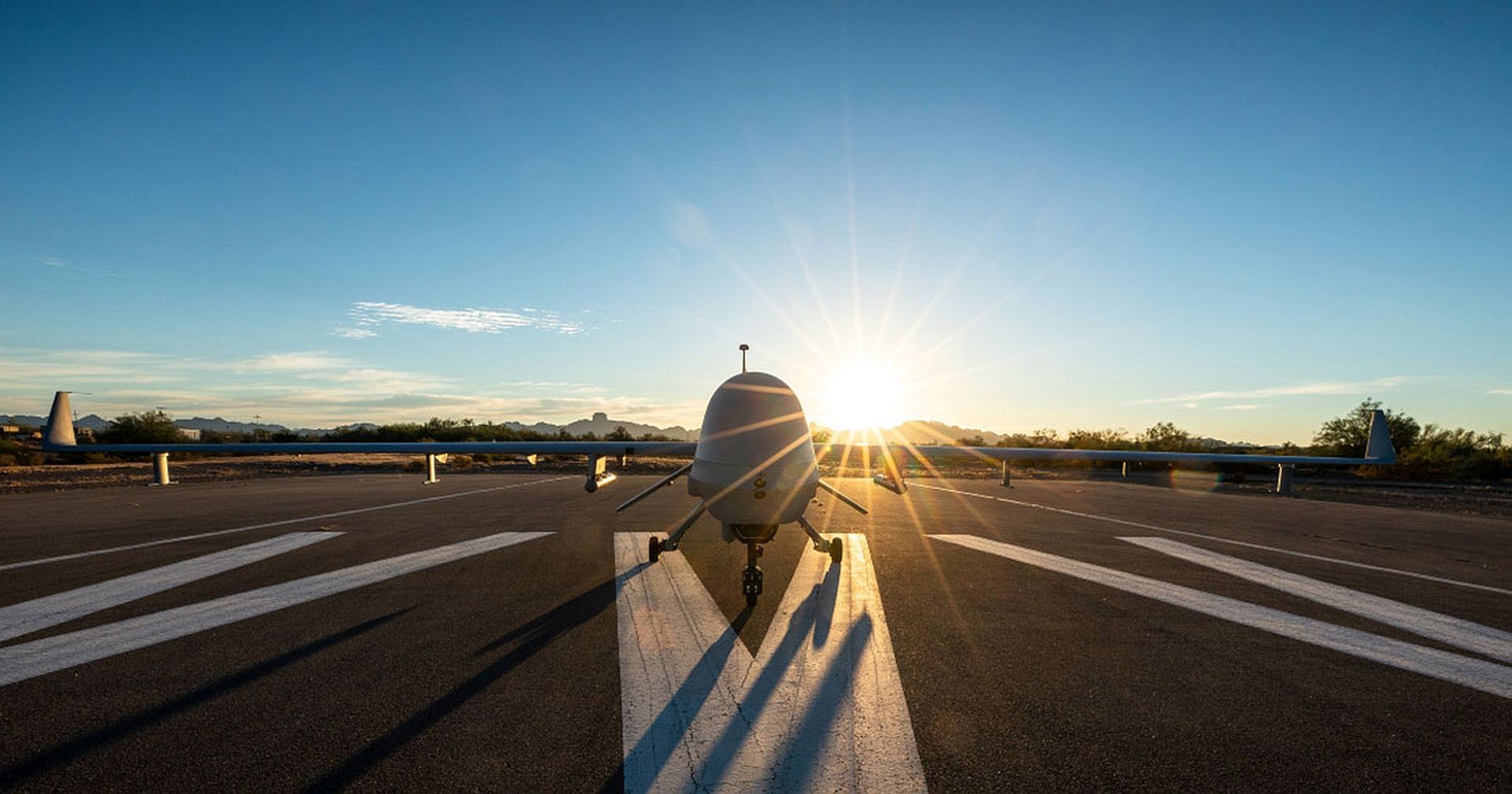
-
 Main AdminU.S. Navy sailors secure a Japanese Self-Defense Force CH-47 helicopter aboard amphibious assault ship USS America (LHA 6), during operation Noble Fusion in the Philippine Sea Feb 6, 2022. The 31st Marine Expeditionary Unit (MEU) regularly conducts training exercises with the Japanese Self-Defense Force to strengthen the capabilities of the U.S.-Japan Alliance. Noble Fusion demonstrates that Navy and Marine Corps forward-deployed stand-in naval expeditionary forces can rapidly aggregate Marine Expeditionary Unit/Amphibious Ready Group teams at sea, along with a carrier strike group, joint forces and allies in order to conduct lethal sea-denial operations, seize key maritime terrain, guarantee freedom of movement, and create advantage for US, partner and allied forces. Naval Expeditionary forces conduct training throughout the year, in the Indo-Pacific, to maintain readiness. (U.S. Marine Corps photos by Lance Cpl. Manuel Alvarado)
Main AdminU.S. Navy sailors secure a Japanese Self-Defense Force CH-47 helicopter aboard amphibious assault ship USS America (LHA 6), during operation Noble Fusion in the Philippine Sea Feb 6, 2022. The 31st Marine Expeditionary Unit (MEU) regularly conducts training exercises with the Japanese Self-Defense Force to strengthen the capabilities of the U.S.-Japan Alliance. Noble Fusion demonstrates that Navy and Marine Corps forward-deployed stand-in naval expeditionary forces can rapidly aggregate Marine Expeditionary Unit/Amphibious Ready Group teams at sea, along with a carrier strike group, joint forces and allies in order to conduct lethal sea-denial operations, seize key maritime terrain, guarantee freedom of movement, and create advantage for US, partner and allied forces. Naval Expeditionary forces conduct training throughout the year, in the Indo-Pacific, to maintain readiness. (U.S. Marine Corps photos by Lance Cpl. Manuel Alvarado)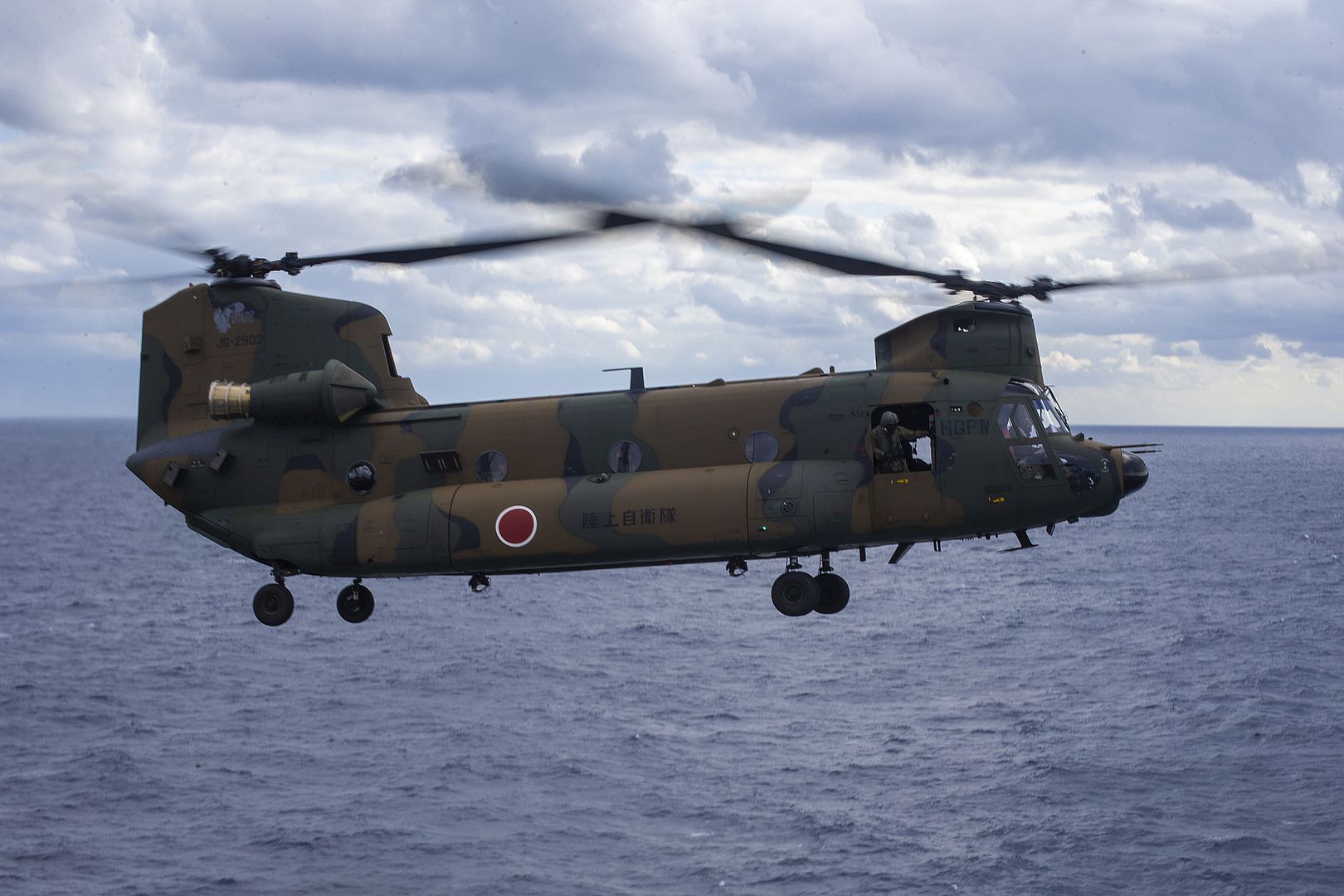
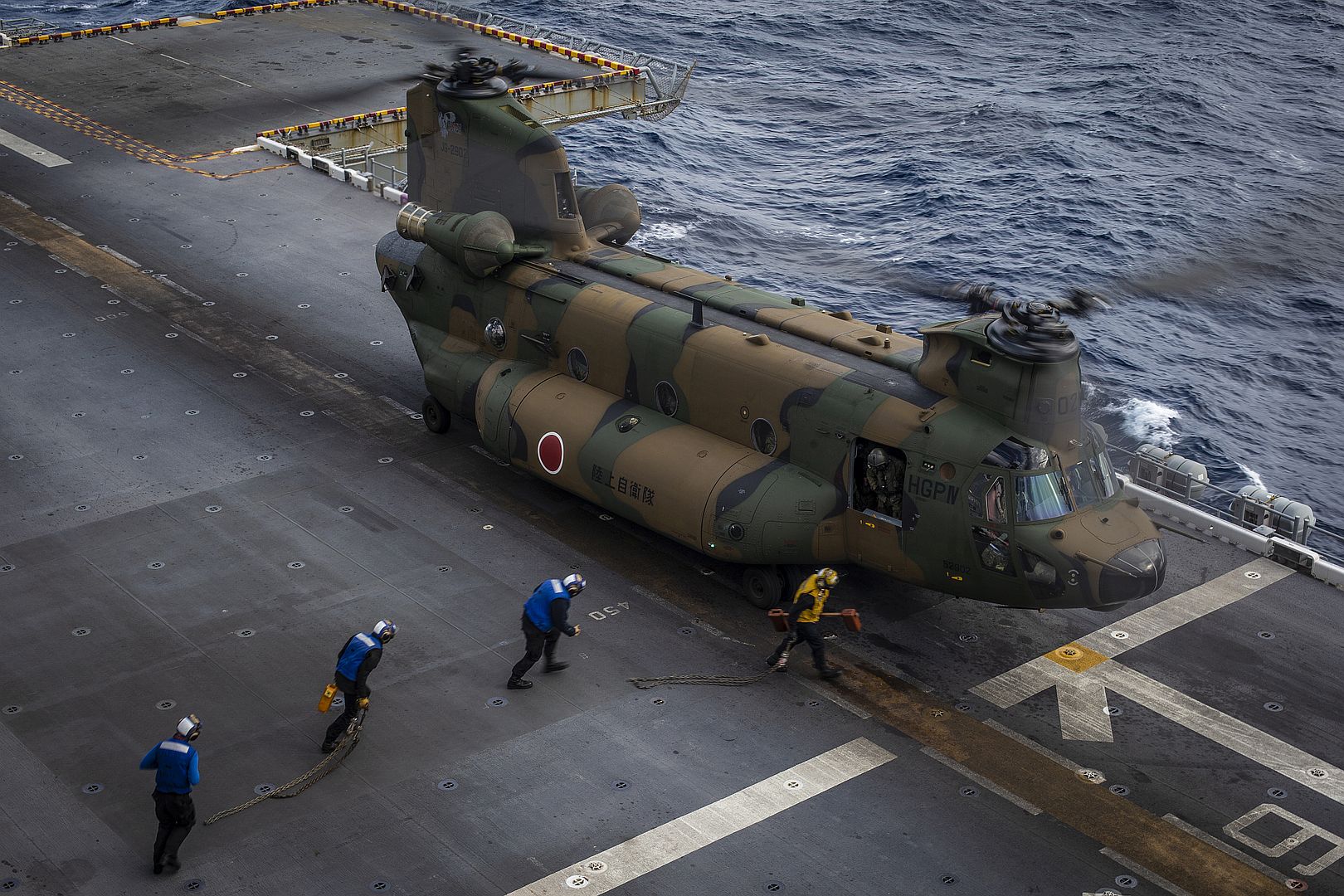
A U.S. Marine Corps F-35B Lightning II fighter aircraft attached to Marine Medium Tiltrotor Squadron (VMM) 265 (Reinforced), 31st Marine Expeditionary Unit (MEU), takes off aboard amphibious assault ship USS America (LHA 6), during operation Noble Fusion in the Philippine Sea, Feb. 6, 2022. Noble Fusion demonstrates that Navy and Marine Corps forward-deployed stand-in naval expeditionary forces can rapidly aggregate Marine Expeditionary Unit/Amphibious Ready Group teams at sea, along with a carrier strike group, joint forces and allies in order to conduct lethal sea-denial operations, seize key maritime terrain, guarantee freedom of movement, and create advantage for US, partner and allied forces. Naval Expeditionary forces conduct training throughout the year, in the Indo-Pacific, to maintain readiness. (U.S. Marine Corps photos by Lance Cpl. Manuel Alvarado)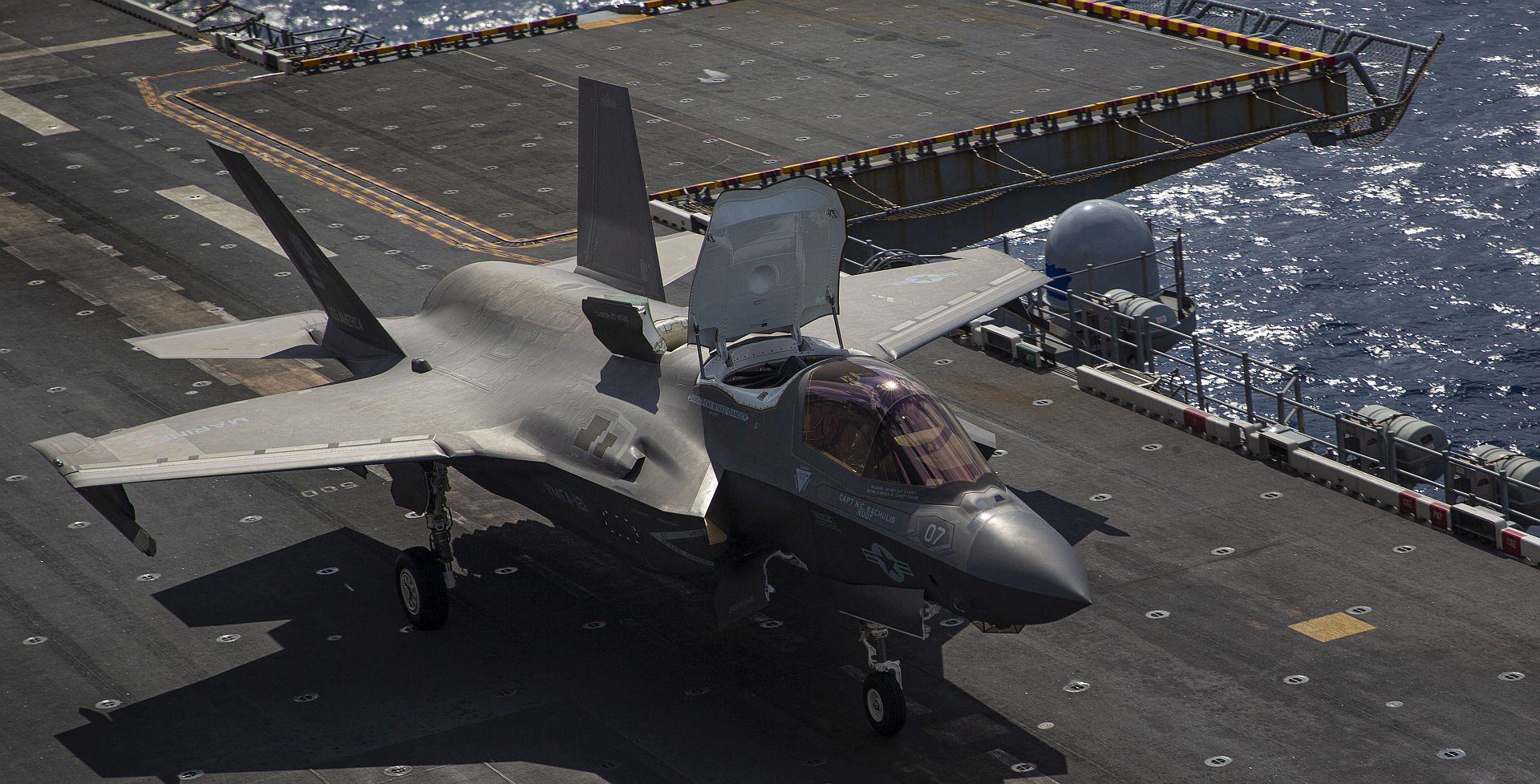

U.S. Air Force Airmen watch as a U.S. Air Force F-16 Fighting Falcon assigned to the 35th Fighter Wing from Misawa Air Base, Japan, lands during exercise Cope North 22 on Northwest Field, Guam, Feb. 4, 2022. Cope North enhances U.S. relationships with our regional allies and partners by fostering the exchange of information and refining shared tactics, techniques and procedures to better integrate multilateral defense capabilities and enhance interoperability in support of regional security. (U.S. Air Force photo by Master Sgt. Amy Picard)
NAVAL AIR FACILITY ATSUGI, Japan (Feb. 5, 2022) Sailors assigned to the “Saberhawks” of Helicopter Maritime Strike Squadron (HSM) 77 and Airmen from the 22nd Airlift Squadron work together to unload an MH-60R Sea Hawk helicopter from a C-5M Super Galaxy onboard Naval Air Facility (NAF) Atsugi, Japan Feb. 5, 2022. NAF Atsugi supports the combat readiness of Commander, Carrier Air Wing FIVE (CVW 5), Helicopter Maritime Strike Squadron FIVE ONE (HSM-51) and 30 other tenant commands and provides logistic support, coordination, and services to units assigned to the Western Pacific. (U.S. Navy photo by Mass Communication Specialist 2nd Class Rafael Avelar)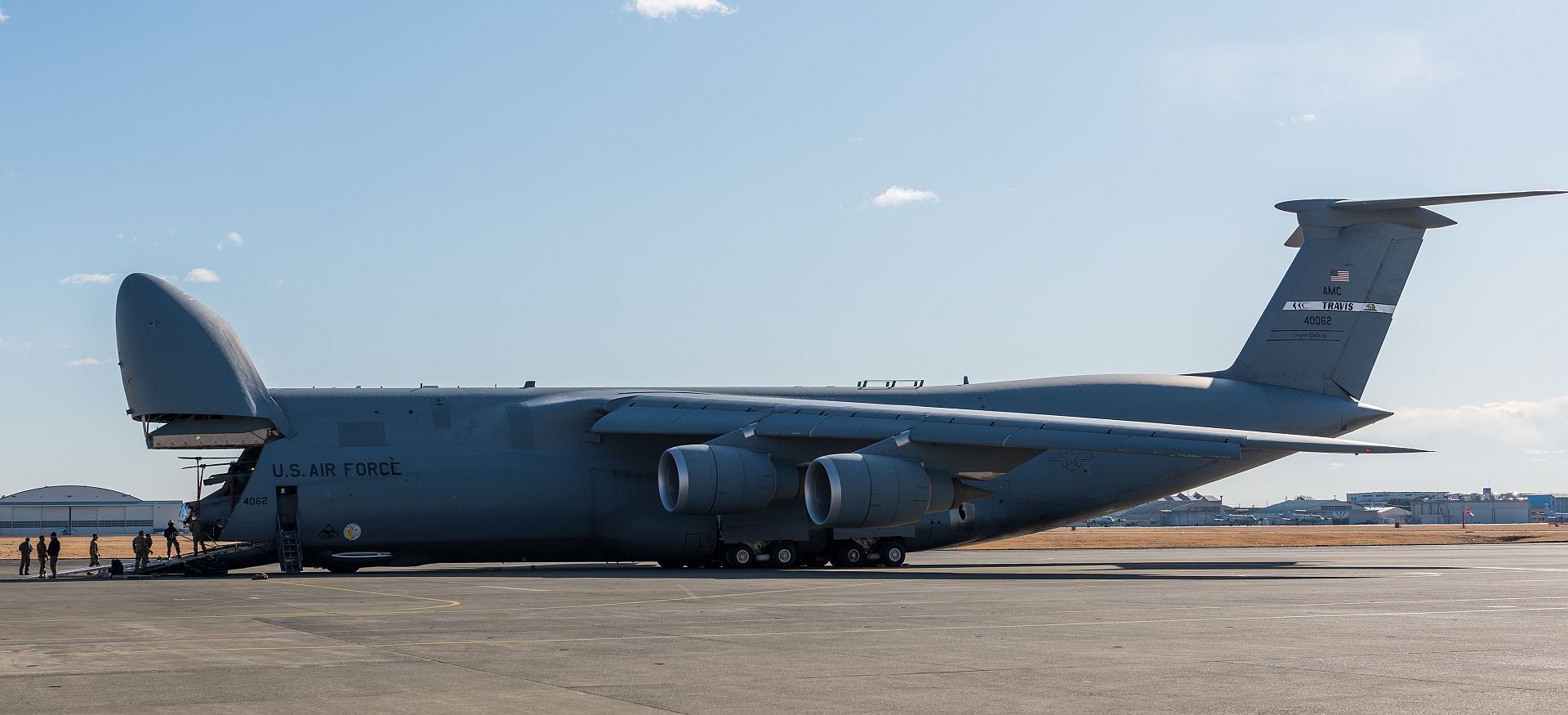
An F-35B Lightning II from the Marine Fighter Attack Squadron 121 gets refueled by a KC-135 Stratotanker from the 909th Air Refueling Squadron in support of Exercise Noble Fusion over the Pacific Ocean Feb. 4, 2022. Noble Fusion demonstrates that Navy and Marine Corps forward-deployed stand-in naval expeditionary forces can rapidly aggregate Marine Expeditionary Unit/Amphibious Ready Group teams at sea, along with a carrier strike group, joint forces and allies in order to conduct lethal sea-denial operations, seize key maritime terrain, guarantee freedom of movement, and create advantage for U.S., partner and allied forces. Naval Expeditionary forces conduct training in the Indo-Pacific throughout the year to maintain readiness. (U.S. Air Force photos by Airman 1st Class Moses Taylor)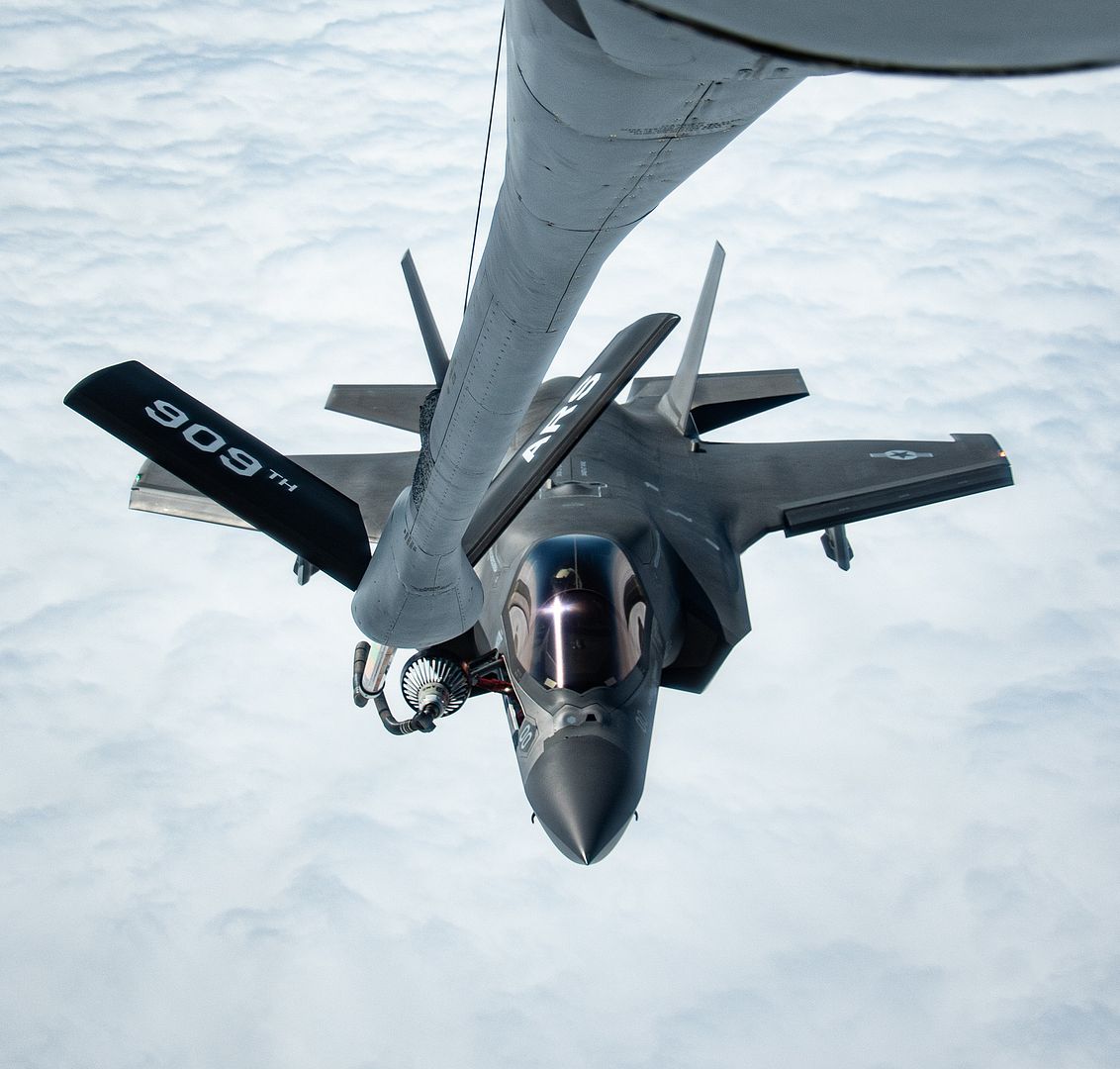
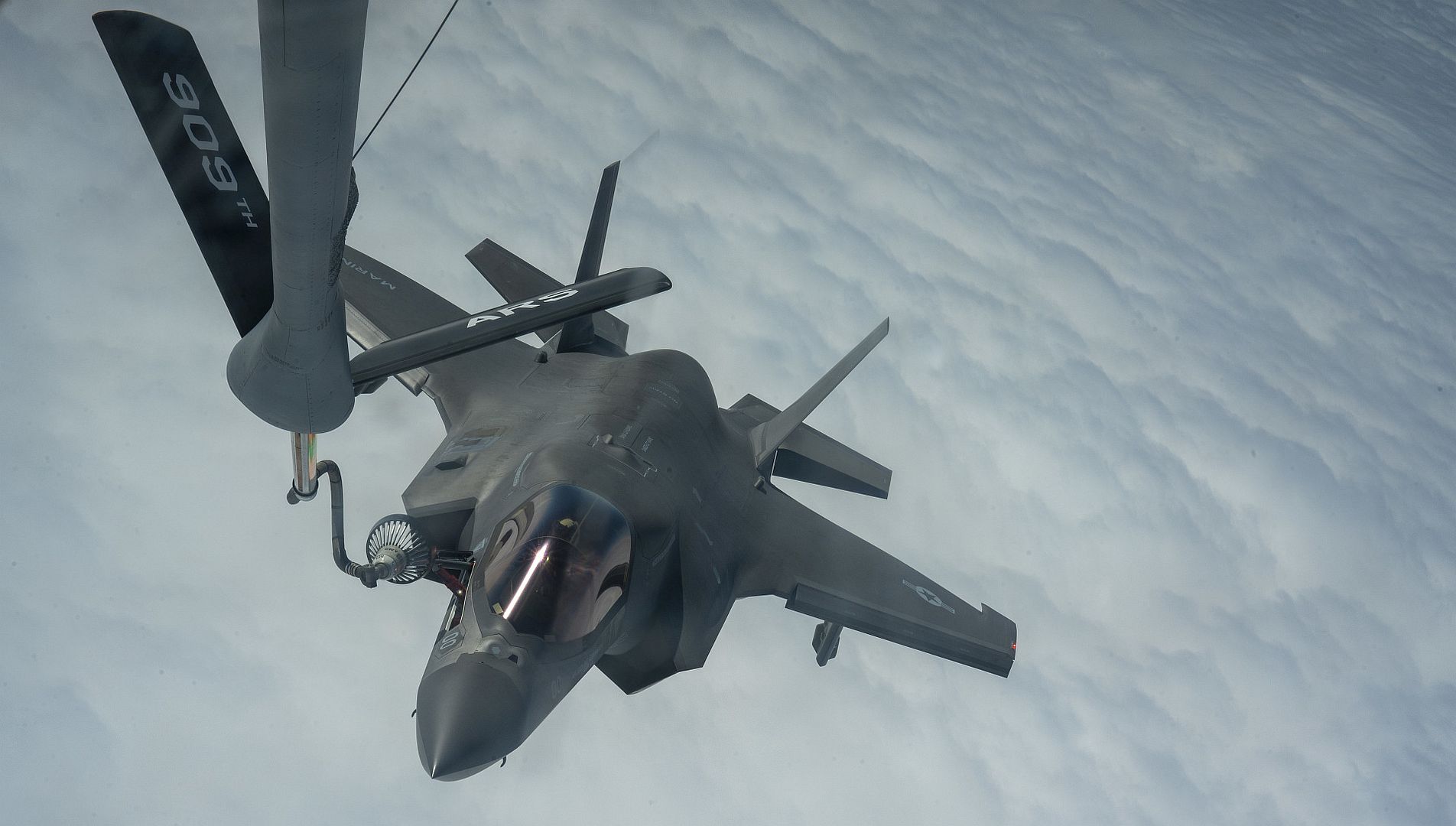
MARINE CORPS AIR STATION FUTENMA, Japan (Feb. 6, 2022) A U.S. Navy P-8A Poseidon, assigned to Patrol Squadron (VP) 26, taxies into Marine Corps Air Station Futenma during exercise Noble Fusion, Feb. 6, 2022. Noble Fusion demonstrates that Navy and Marine Corps forward-deployed stand-in naval expeditionary forces can rapidly aggregate Marine Expeditionary Unit/ Amphibious Ready group teams at sea along with a carrier strike group, joint forces and allies in order to conduct lethal sea-denial operations, seize maritime terrain, guarantee freedom of movement, and create advantage for U.S., partner and allied forces. Naval Expeditionary forces conduct training throughout the year, in the Indo-Pacific, to maintain readiness. (U.S. Marine Corps photo by Pfc. Justin J. Marty)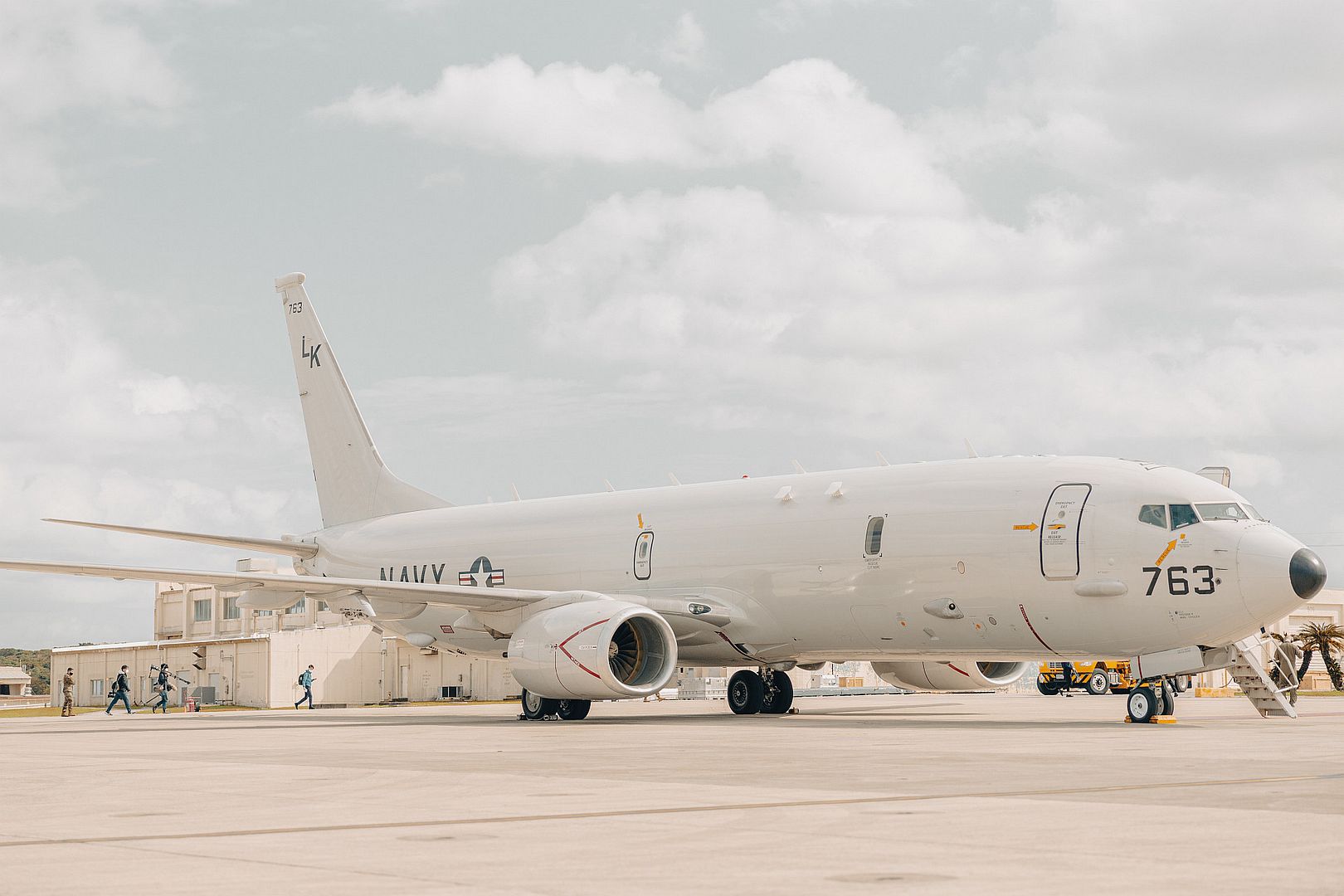
LOS ANGELES – Feb. 7, 2022 – Northrop Grumman Corporation (NYSE: NOC) announced the successful completion of the second flight test of its AGM-88G Advanced Anti-Radiation Guided Missile Extended Range (AARGM-ER). The U.S. Navy launched the missile from an F/A-18 Super Hornet aircraft on Jan. 21 at the Point Mugu Sea Range off the coast of southern California. The missile performed an extended range profile, engaging a land-based, emitter target staged at the range on San Nicholas Island.
“This second flight test verified AARGM-ER’s ability to detect, identify, locate and engage a land-based air defense radar system from an extended range,” said Captain A.C. Dutko, Navy Program Manager for Direct and Time Sensitive Strike (PMA-242). “Through the exceptional efforts of our government/industry team, we are another step closer to delivering capability to suppress the most advanced adversary air-defense systems without putting our warfighters in danger.”
Since achieving a Milestone C Decision (authorization for Low-Rate Initial Production (LRIP)) in September 2021, AARGM-ER prime contractor Northrop Grumman has continued to lead its industry team in development of a critically needed warfighting capability. Northrop Grumman is currently under contract to deliver production units of AARGM-ER to support a 2023 initial operational capability (IOC) fielding. In December 2021, Northrop Grumman received a $45.6M contract for the second lot of AARGM-ER LRIP
AARGM-ER leverages existing state-of-the-art AARGM sensors, electronics and digital models with the addition of a new high-performance air vehicle, solid rocket motor propulsion system and advanced warhead.
“AARGM-ER provides the U.S. Navy with the capability to stay ahead of evolving threats,” said Mary Petryszyn, corporate vice president and president, Northrop Grumman Defense Systems. “This flight test further demonstrated the critical capability of AARGM-ER to precisely engage long-range threats, while enabling launching aircrew to remain at a safe distance.”
AARGM-ER is being integrated on the Navy F/A-18E/F Super Hornet and EA-18G Growler aircraft as well as F-35A/B/C aircraft.
Northrop Grumman is a technology company, focused on global security and human discovery. Our pioneering solutions equip our customers with capabilities they need to connect, advance and protect the U.S. and its allies. Driven by a shared purpose to solve our customers’ toughest problems, our 90,000 employees define possible every day.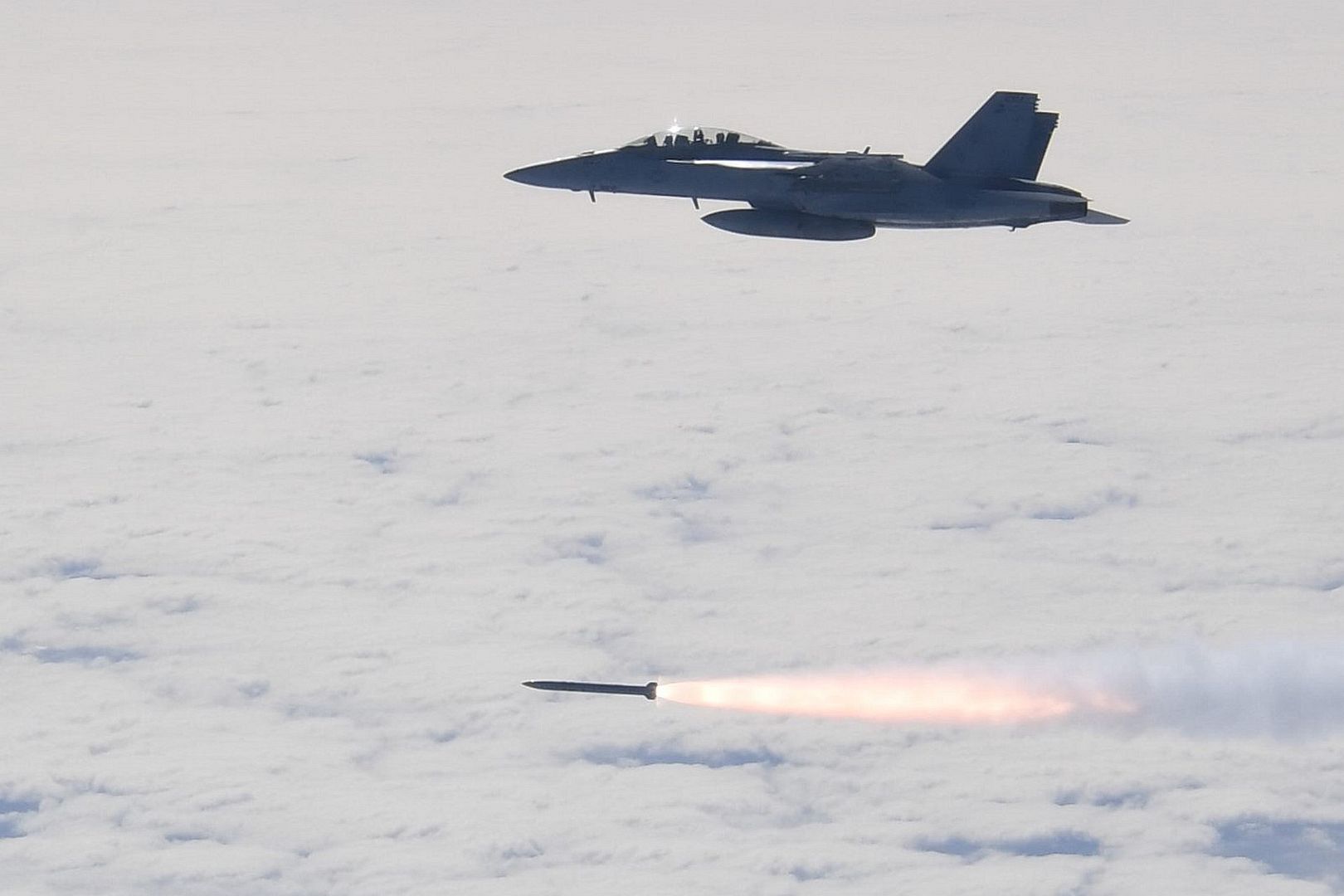
WICHITA, Kan. (Feb. 4, 2022) – Textron Aviation today announced the rollout of the first production unit of the twin-engine, large-utility turboprop, the Cessna SkyCourier, at the company’s manufacturing facility in Wichita. The new, clean-sheet design has allowed for the incorporation of the latest state-of-the-art assembly and fabrication processes and techniques into the manufacturing of the aircraft.
“Today is a rewarding day for our employees who have worked to design and build what I believe will become a legendary airplane for our company,” said Ron Draper, president and CEO, Textron Aviation. “The SkyCourier brings an impressive combination of cabin flexibility, payload capability, performance and low operating costs to the twin engine utility segment. We look forward to this highly versatile aircraft entering the market very soon.”
From the SkyCourier’s inception, launch customer FedEx Express and other members of Textron Aviation’s Customer Advisory Board were instrumental in shaping the aircraft’s design, from manufacturing methods and materials, to product features and serviceability. Textron Aviation’s highly skilled employees incorporated this feedback and found opportunities to maximize quality and precision, while meeting and exceeding customer expectations.
Production of the SkyCourier incorporates many of the latest advancements in aircraft manufacturing, including the use of monolithic machining throughout the airframe. With this technique, major assemblies are milled from a single piece of metal rather than assembled from smaller pieces, reducing the overall number of parts and resulting in a more precise tolerances for easier assembly.
Designed with serviceability at the forefront, the SkyCourier features quick access points throughout the aircraft for inspection and repairs. The team also developed innovative patent-pending quick release seats and overhead bins that can be installed quickly by a single operator.
The SkyCourier celebrated its inaugural flight in May 2020, and the flight test program’s three aircraft have accumulated more than 2,100 hours. Following certification, which is anticipated in the first half of 2022, this first production unit will be delivered to the launch customer, FedEx Express, which has agreed to purchase up to 100 aircraft, with an initial fleet order of 50 cargo aircraft and options for 50 more.
About the Cessna SkyCourier
The Cessna SkyCourier twin-engine, high-wing turboprop offers a combination of performance and lower operating costs for air freight, passenger and special mission operators. In addition to the freight version, there is a 19-passenger variant of the SkyCourier that includes crew and passenger doors for smooth boarding, as well as large cabin windows for natural light and views. Both configurations offer single-point pressure refueling to enable faster turnarounds.
The aircraft is powered by two wing-mounted Pratt & Whitney PT6A-65SC turboprop engines and features the McCauley Propeller C779, a heavy-duty and reliable 110-inch aluminum four-blade propeller, which is full feathering with reversible pitch, designed to enhance the performance of the aircraft while hauling tremendous loads. The SkyCourier is operated with Garmin G1000 NXi avionics and has a maximum cruise speed of more than 200 ktas. The SkyCourier has a 900 nautical-mile maximum range. The aircraft features a large door and a flat floor cabin that is sized to handle up to three LD3 shipping containers with an impressive 6,000 pounds of payload capability.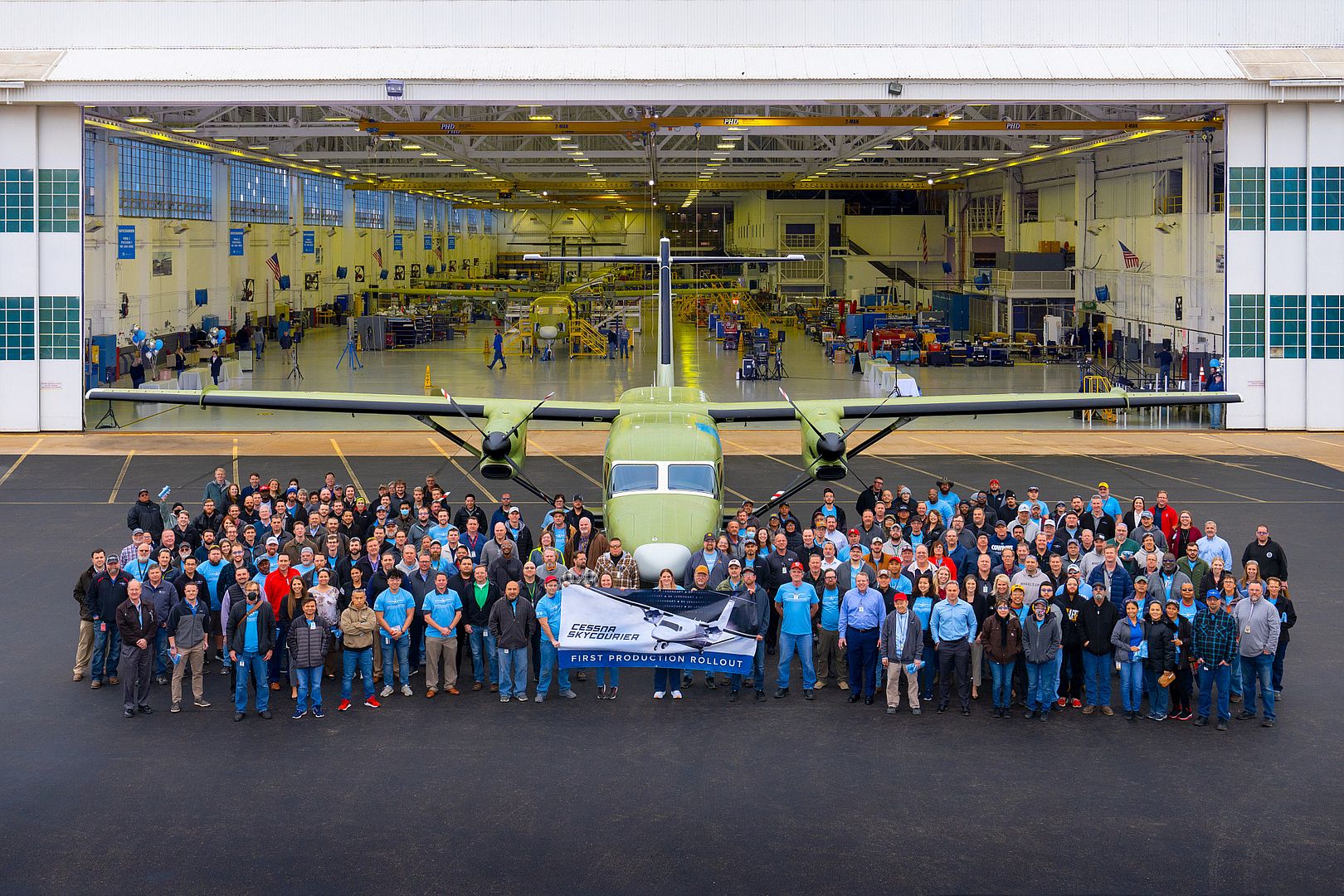
The Netherlands has received its first unmanned reconnaissance aircraft MQ-9 Reaper that has been officially handed over from the manufacturer . With the US Air Force, Defense confirming yesterday, that the device meets the requirements with acceptance flights . With the Reaper, the military has high-quality technology, which thanks to satellite control, can operate worldwide .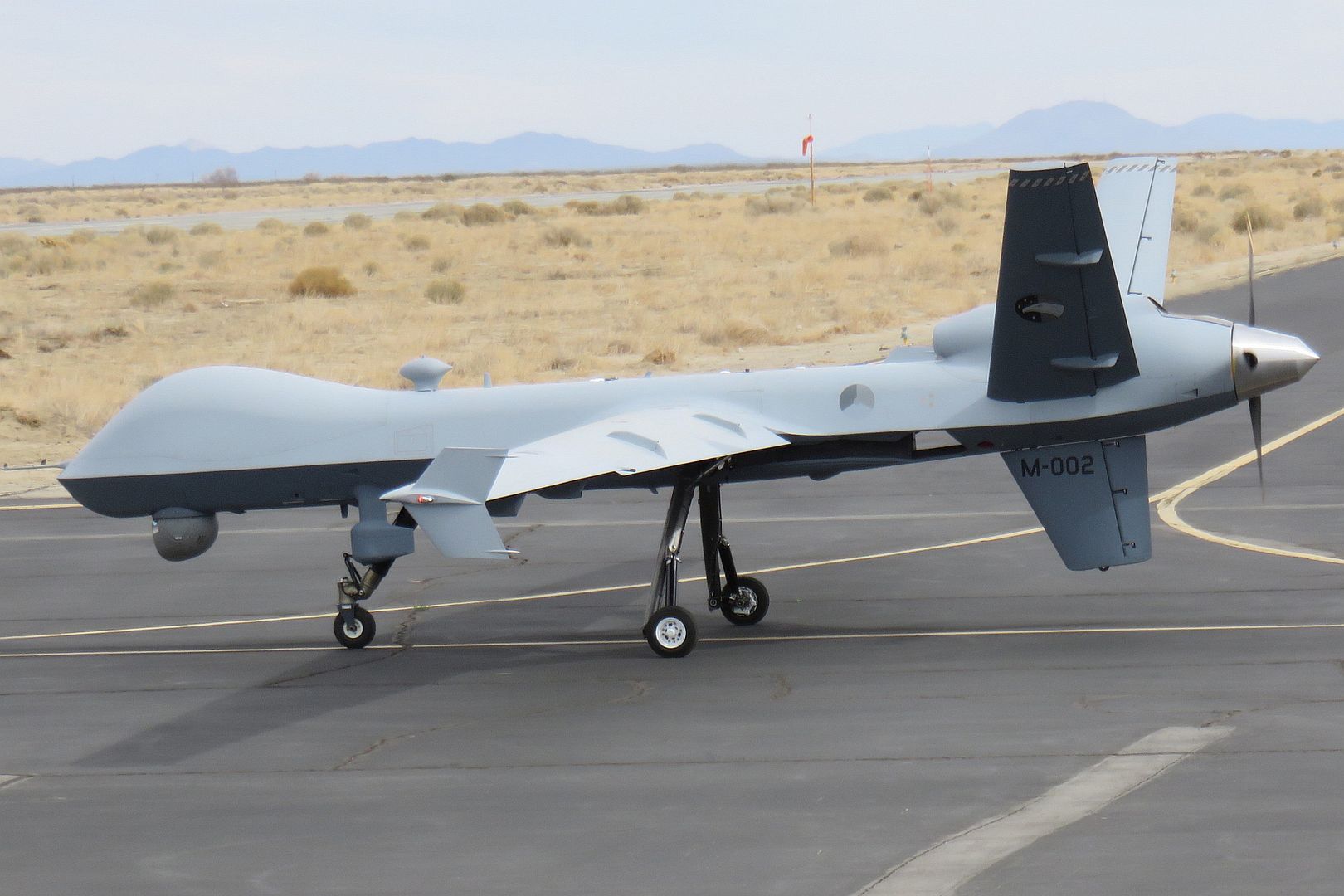
-
 Main AdminMEDITERRANEAN SEA (Feb. 7, 2022) A French Navy Rafale F3R performs a touch-and-go landing on the flight deck of the Nimitz-class aircraft carrier USS Harry S. Truman (CVN 75), Feb. 7, 2022. The Harry S. Truman Carrier Strike Group is on a scheduled deployment in the U.S. Sixth Fleet area of operations in support of naval operations to maintain maritime stability and security, and defend U.S., allied and partner interests in Europe and Africa. (U.S. Navy photos by Mass Communication Specialist 3rd Class Tate Cardinal)
Main AdminMEDITERRANEAN SEA (Feb. 7, 2022) A French Navy Rafale F3R performs a touch-and-go landing on the flight deck of the Nimitz-class aircraft carrier USS Harry S. Truman (CVN 75), Feb. 7, 2022. The Harry S. Truman Carrier Strike Group is on a scheduled deployment in the U.S. Sixth Fleet area of operations in support of naval operations to maintain maritime stability and security, and defend U.S., allied and partner interests in Europe and Africa. (U.S. Navy photos by Mass Communication Specialist 3rd Class Tate Cardinal)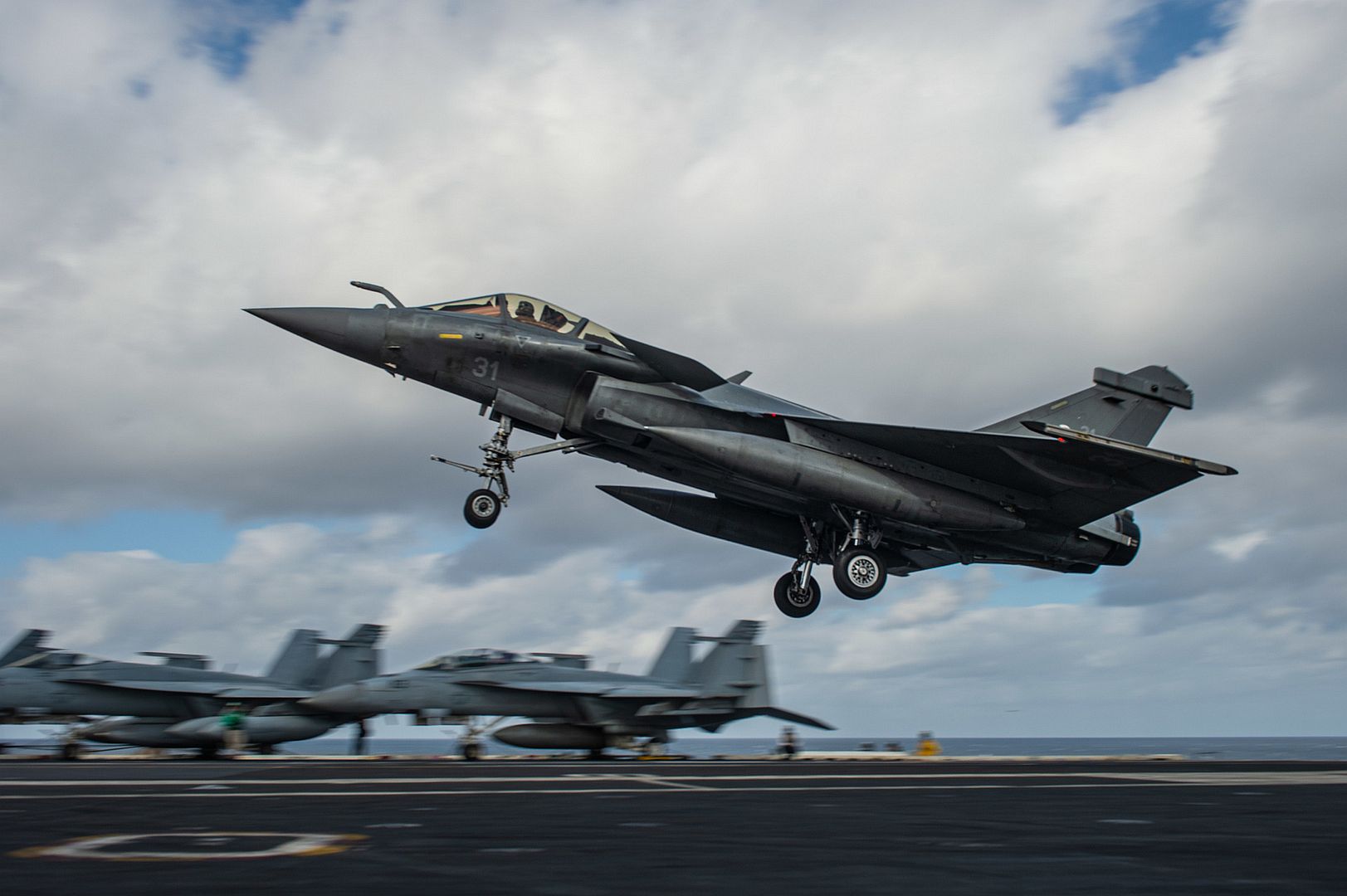

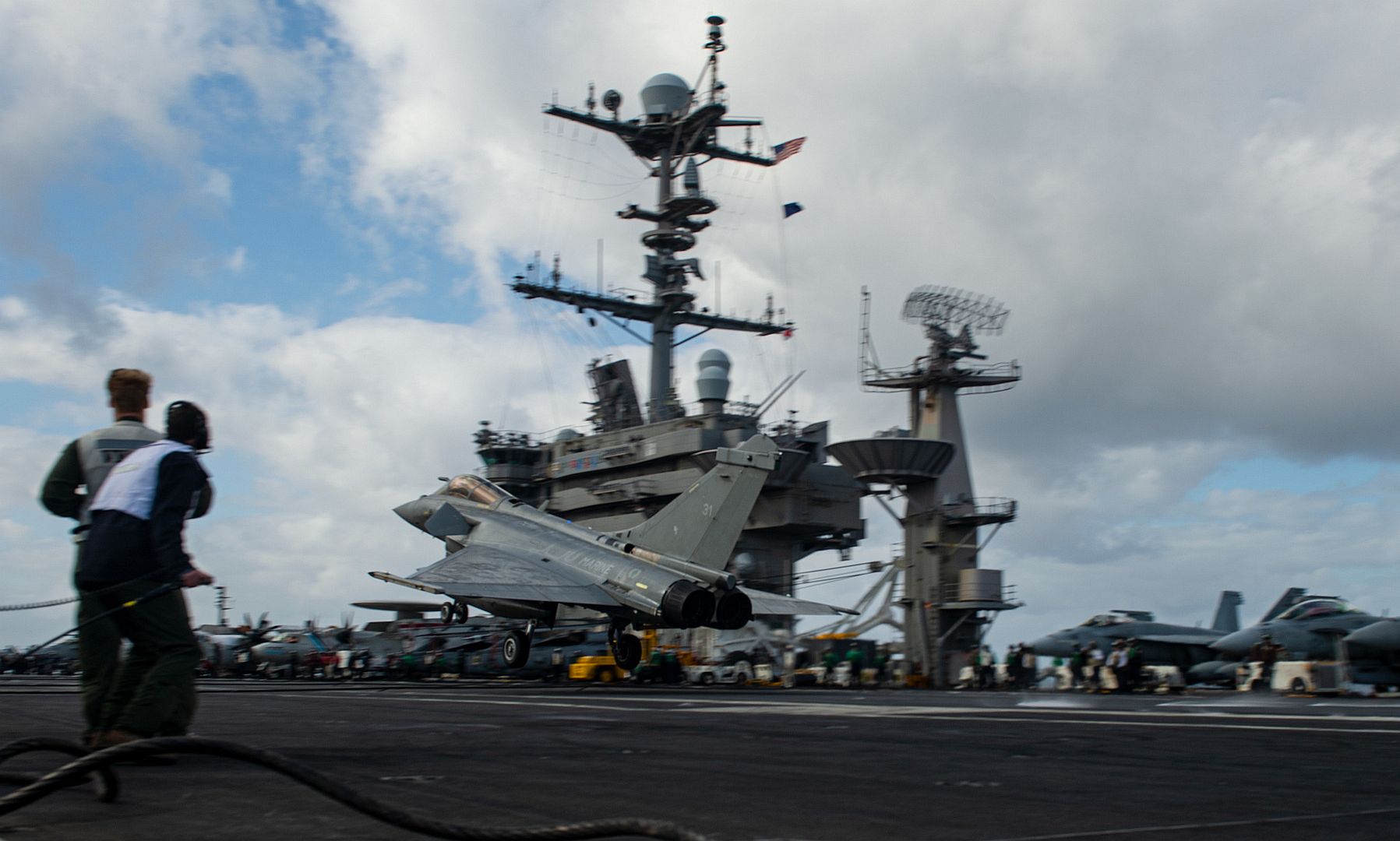
MEDITERRANEAN SEA (Feb. 6, 2022) Two F/A-18E Super Hornets, attached to the “Blue Blasters” of Strike Fighter Squadron (VFA) 34 and the “Fighting Checkmates” of Strike Fighter Squadron (VFA) 211, and two Italian Navy AV-8B Harrier IIs fly over the Mediterranean Sea, Feb. 6, 2022. The Harry S. Truman Carrier Strike Group is on a scheduled deployment in the U.S. Sixth Fleet area of operations in support of naval operations to maintain maritime stability and security, and defend U.S., allied and partner interests in Europe and Africa. (Photo courtesy of Electronic Attack Squadron 137)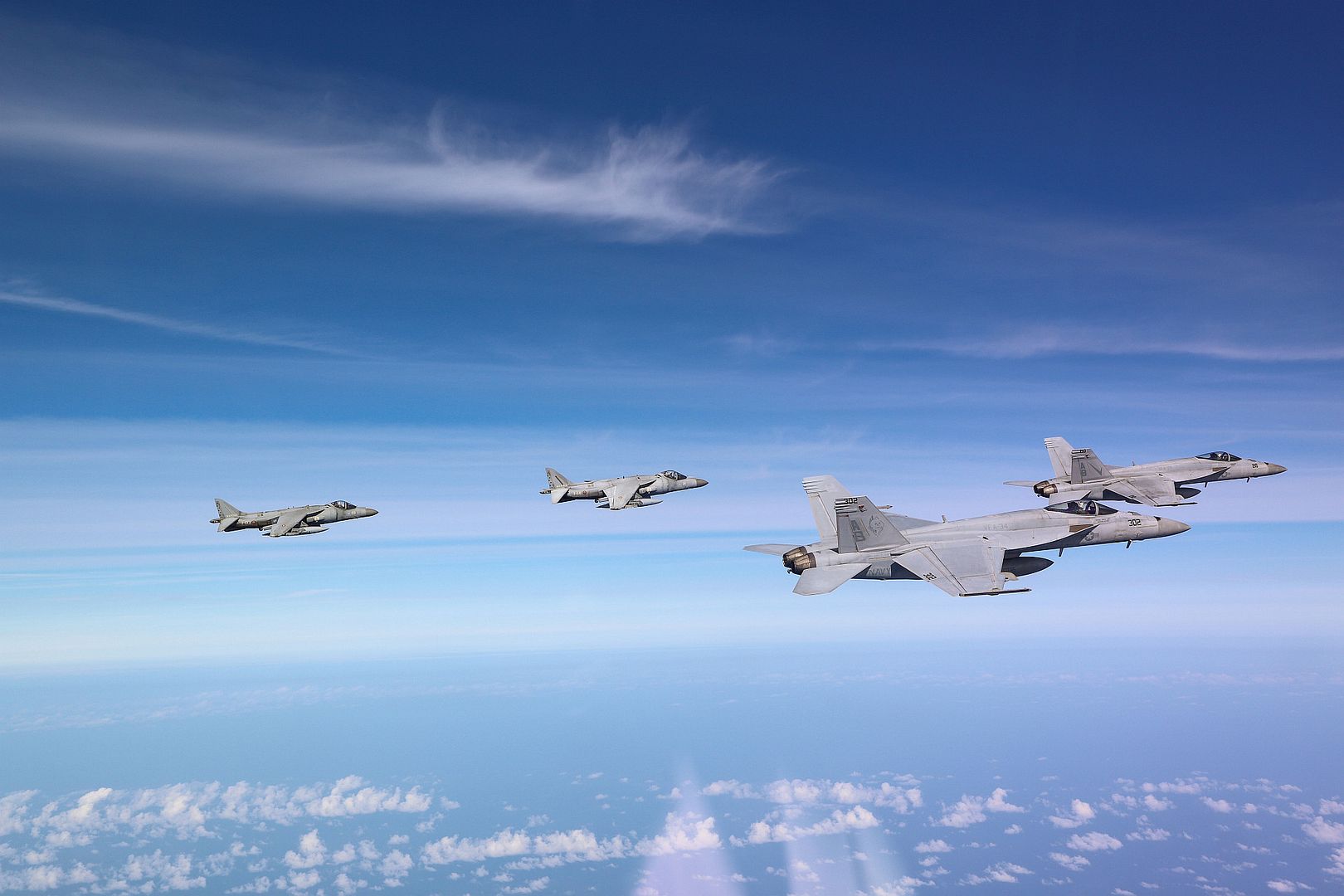
PACIFIC OCEAN (Feb. 6, 2022) An F-35C Lightning II, assigned to the “Argonauts” of Strike Fighter Squadron (VFA) 147, approaches the flight deck of Nimitz-class aircraft carrier USS Carl Vinson (CVN 70), Feb. 6, 2022. Vinson is currently conducting routine maritime operations in U.S. 3rd Fleet. (U.S. Navy photo by Mass Communication Specialist Seaman Apprentice Joshua Sapien)
A U.S. Marine Fighter Attack Squadron 112 F-18C Hornet marshals on Andersen Air Force Base, Guam, after a training sortie on Jan. 28, 2022. The Marine Aviation Logistics Squadron 12 and MFAS 112 performed the ordnance load to maintain proficiency standards and for unit cohesion for upcoming exercises. (Senior Airman Michael S. Murphy)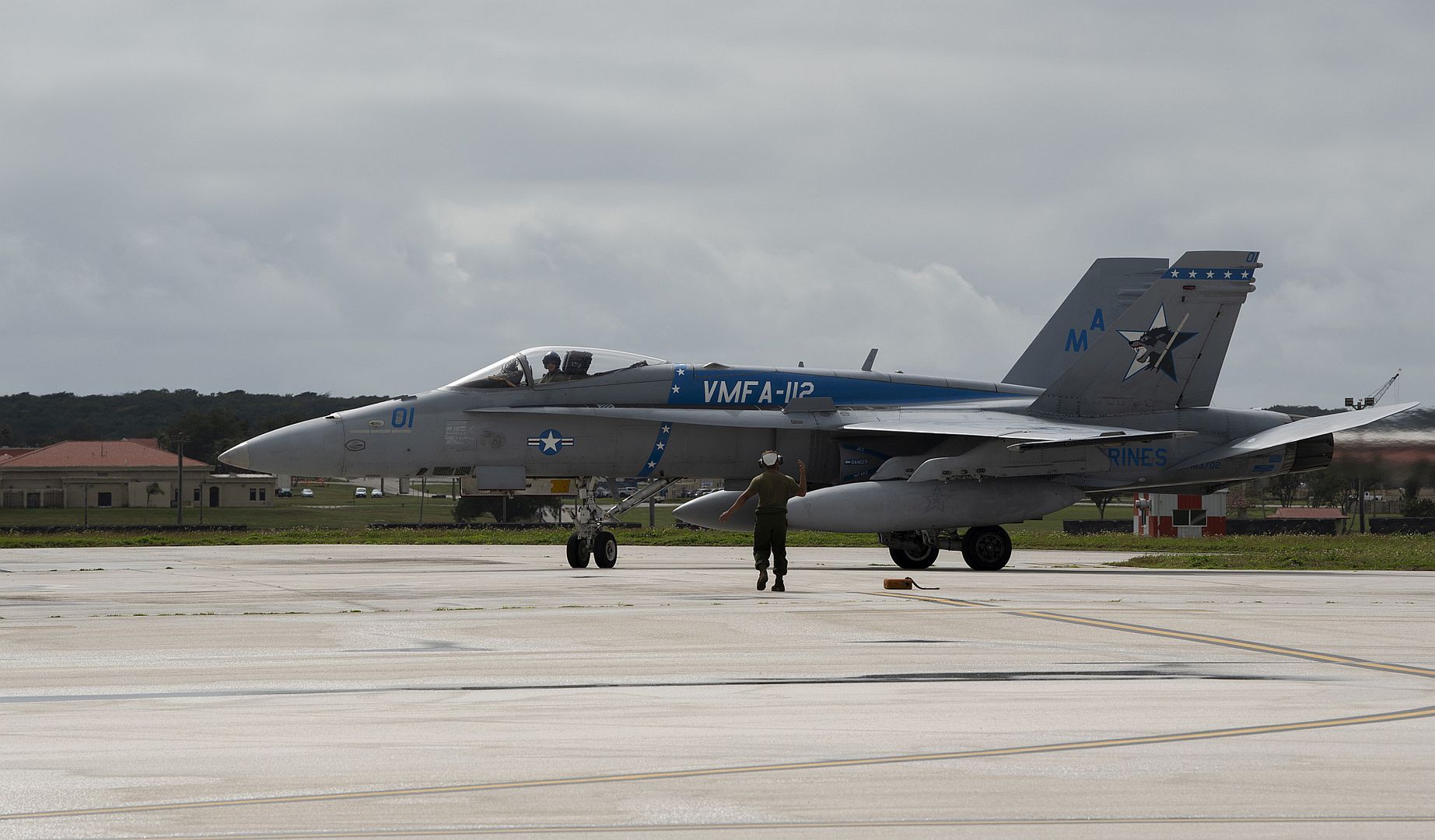
An F-16 Fighting Falcon lands on an alternate landing surface at Kunsan Air Base, Republic of Korea, Jan. 28, 2022. Several 8th CES flights worked together to set up an emergency airfield lighting system on the ALS to stay proficiently trained on the rarely used operation. (U.S. Air Force Photo by Staff Sgt. Gabrielle Spalding)
F-16 Fighting Falcons assigned to the 510th Fighter Squadron take off for exercise Point Blank at Aviano Air Base, Italy, Feb. 4, 2022. Point Blank aims to increase the tactical proficiency of U.K., U.S., and NATO forces by integrating multi-package and multi-domain aircraft. Point Blank syncs 4th and 5th generation fighters and more, in a contested and degraded operational environment. (U.S. Air Force photos by Senior Airman Brooke Moeder)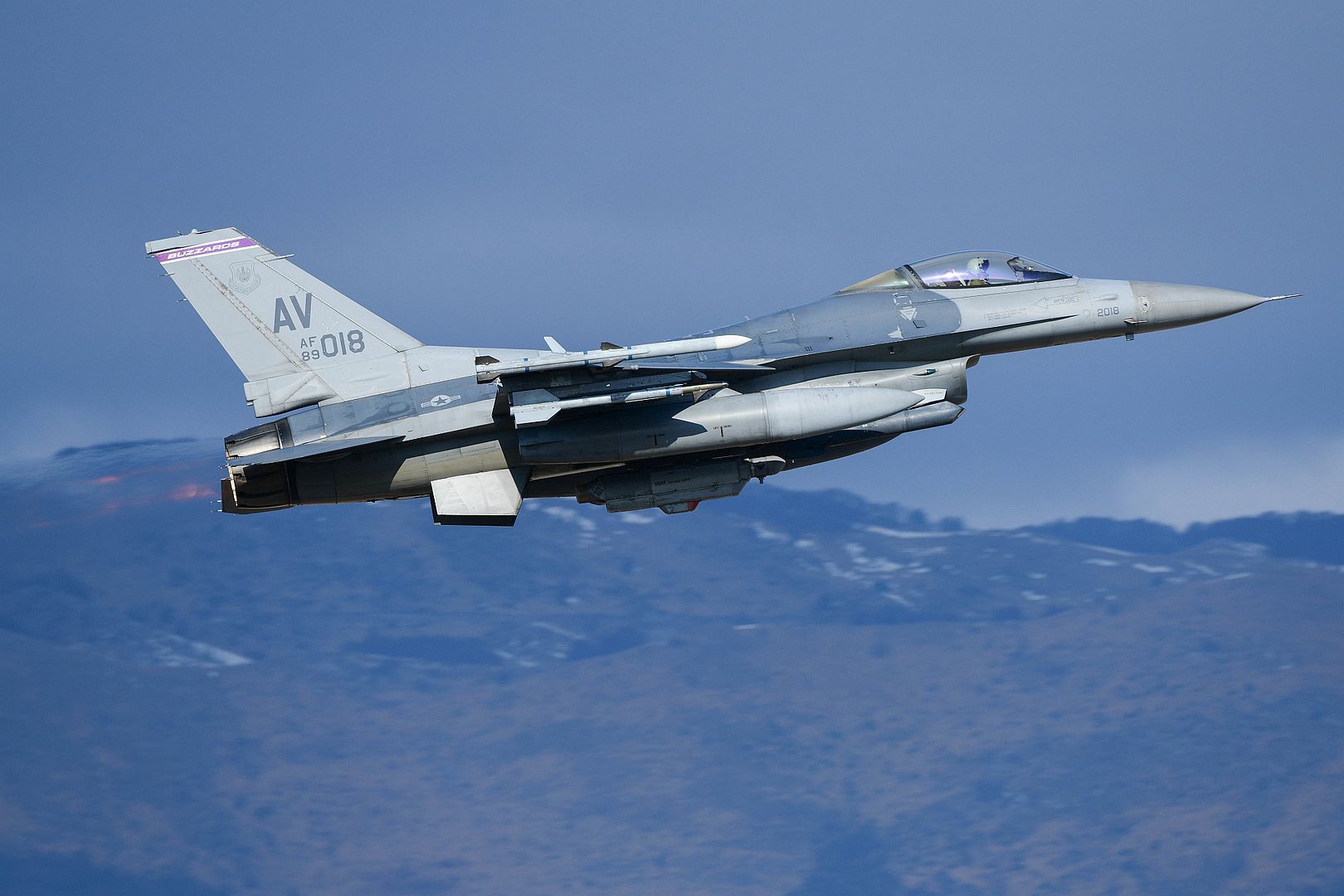

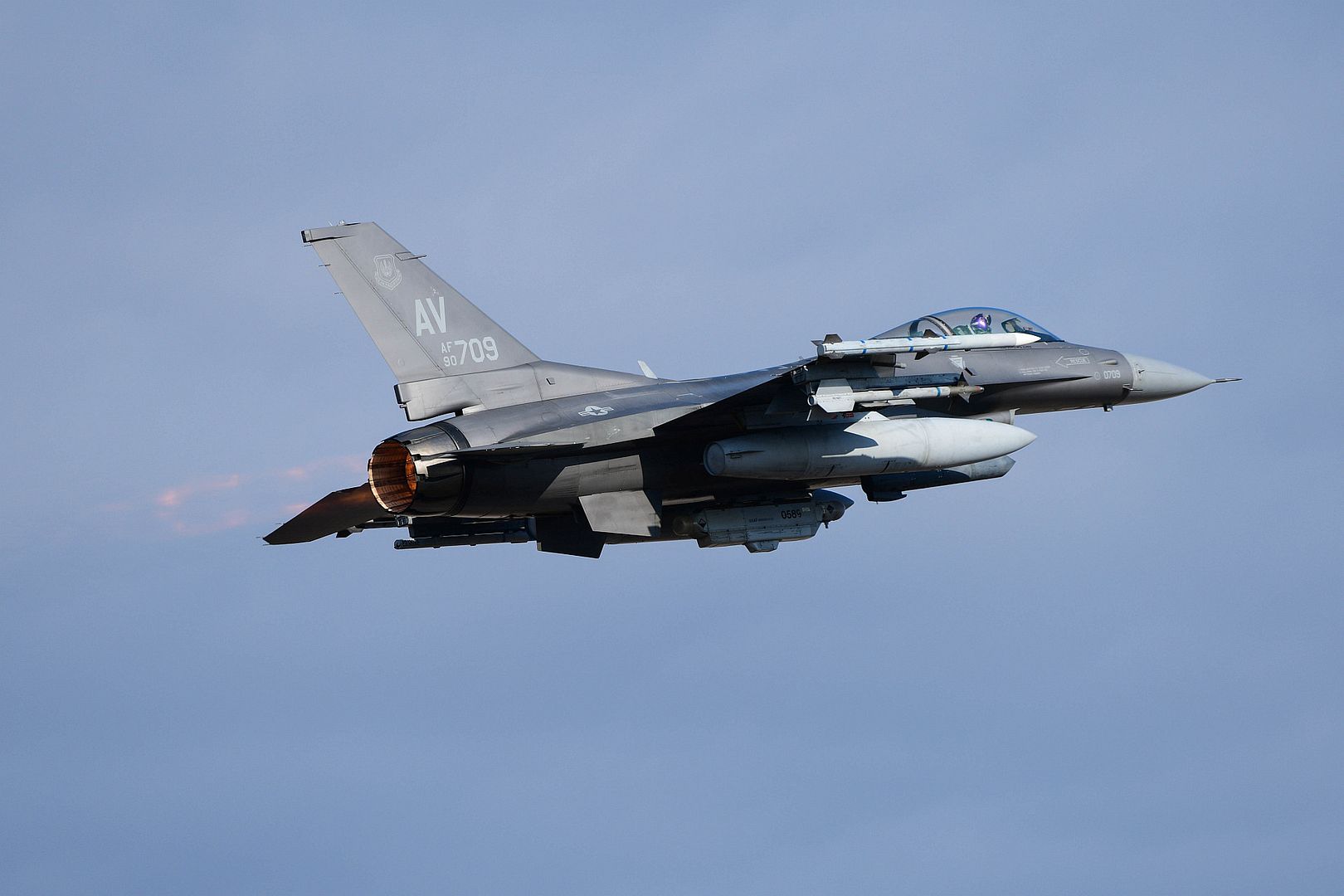
Under a new £80 million contract with Bristol-based Centreline, four BAe146 aircraft, will be replaced by two more sustainable aircraft to continue the UK’s global engagement.
The new planes will be more sustainable thanks to their smaller engines, leading to a reduction in fuel burn and emissions. They will also be able to fly further, providing the UK greater opportunity to engage with key allies and partners.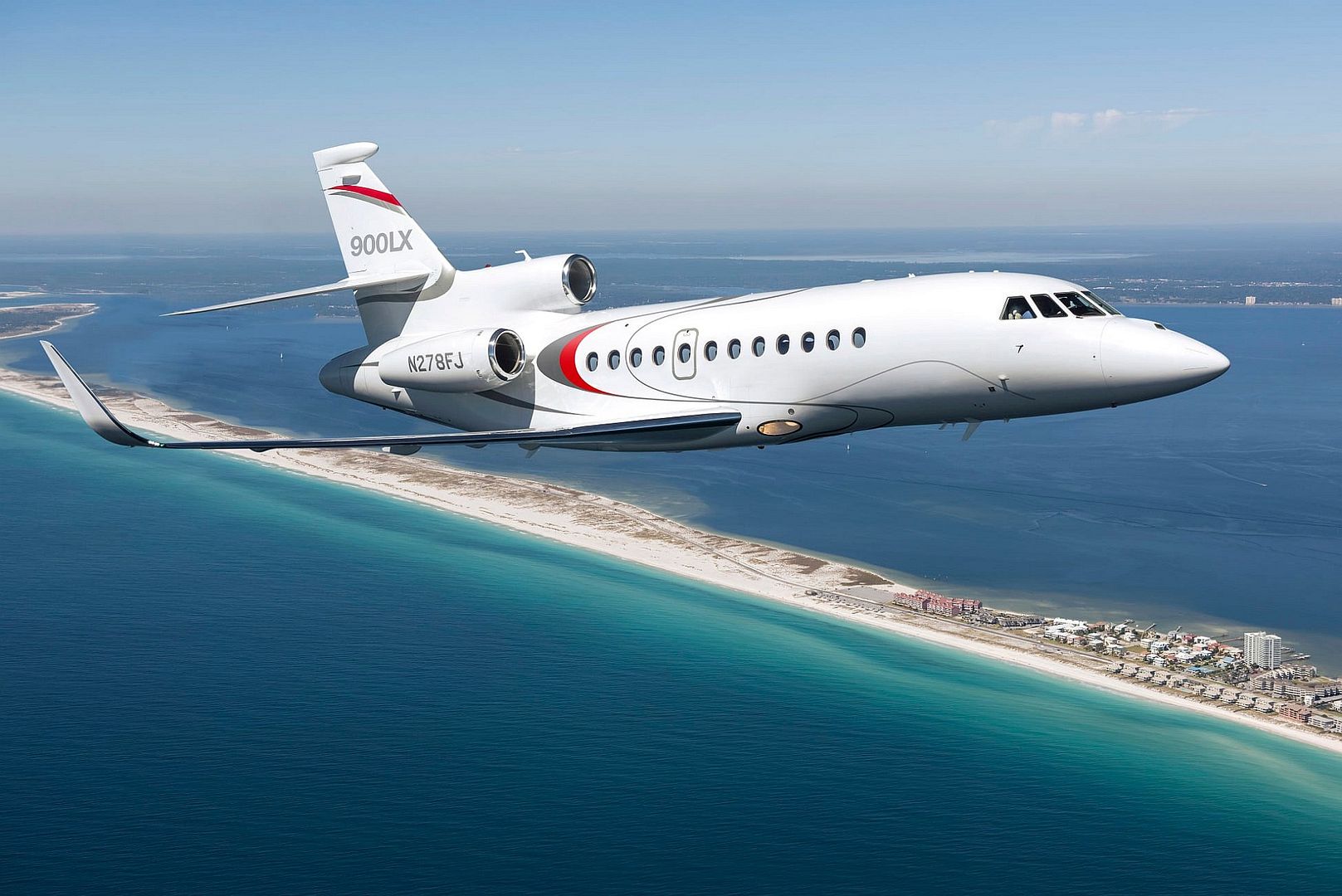
The contract with Centreline, placed by Defence Equipment and Support (DE&S), the MOD’s procurement arm, includes the purchase of two Dassault 900LX aircraft and two years of initial support, plus three option years if required.
Dassault 900LX was successful in this competition as the standout candidate in performance, cost value and time requirements.
The two-phase programme will see the aircraft initially operated by a mixed crew of civilian and RAF personnel. The aircraft will be upgraded with missile jamming systems and military communications to deliver full capability and crewed by RAF personnel.
The Integrated Review and Defence Command Paper set out a bold and global vision stressing the importance of soft power, enhancing our international presence, developing on current relationships and building new ones.
After four decades of service, two BAe 146 aircraft are being preserved at the British Airliner Collection at Duxford, Cambridgeshire, and the South Wales Aviation Museum at St Athan in South Glamorgan. The remaining two aircraft have been bought by a Civilian Operator.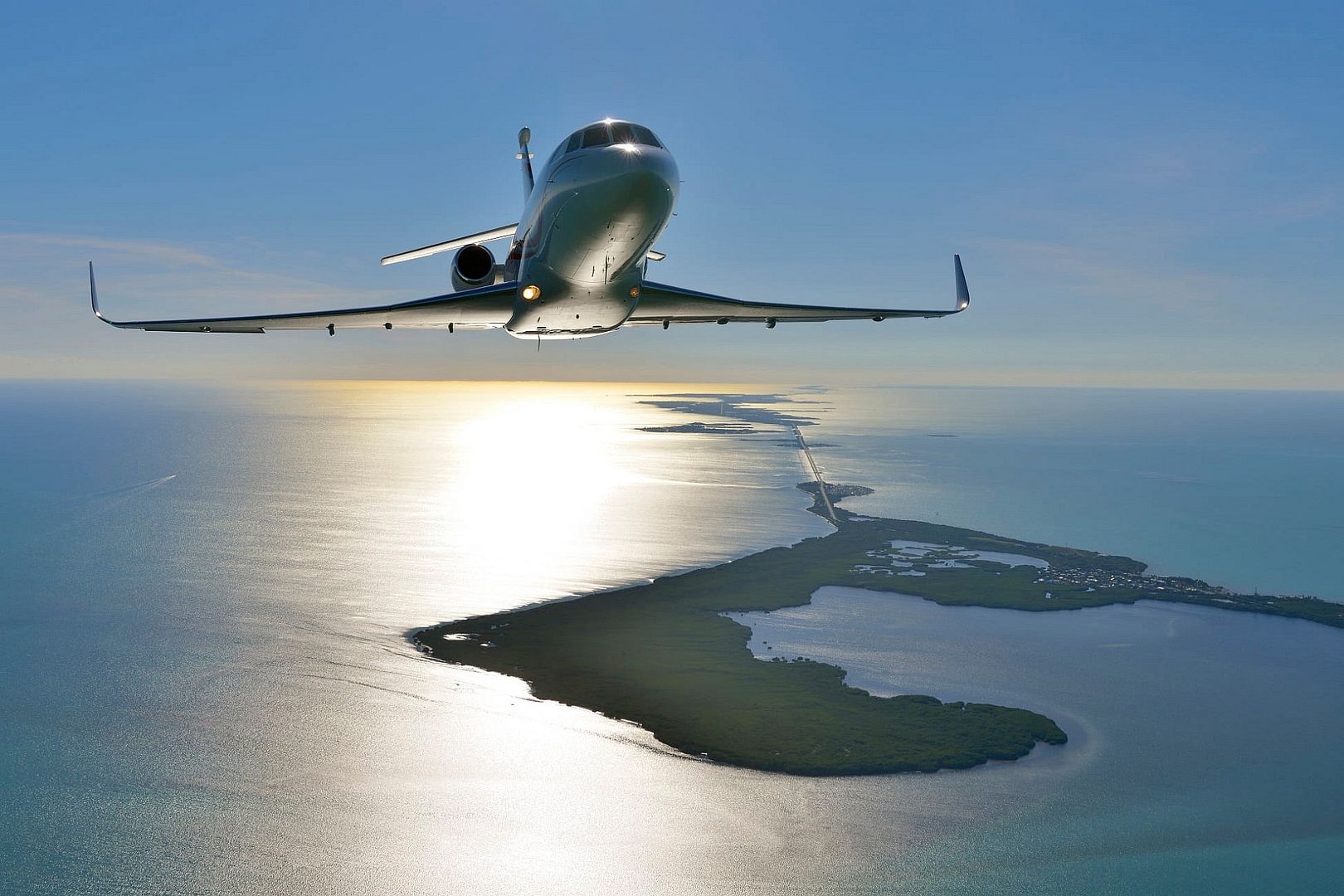
A RAF Brize Norton based Voyager is providing a key part of Exercise RED FLAG, the ongoing major exercise run by the United States Air Force in Nevada.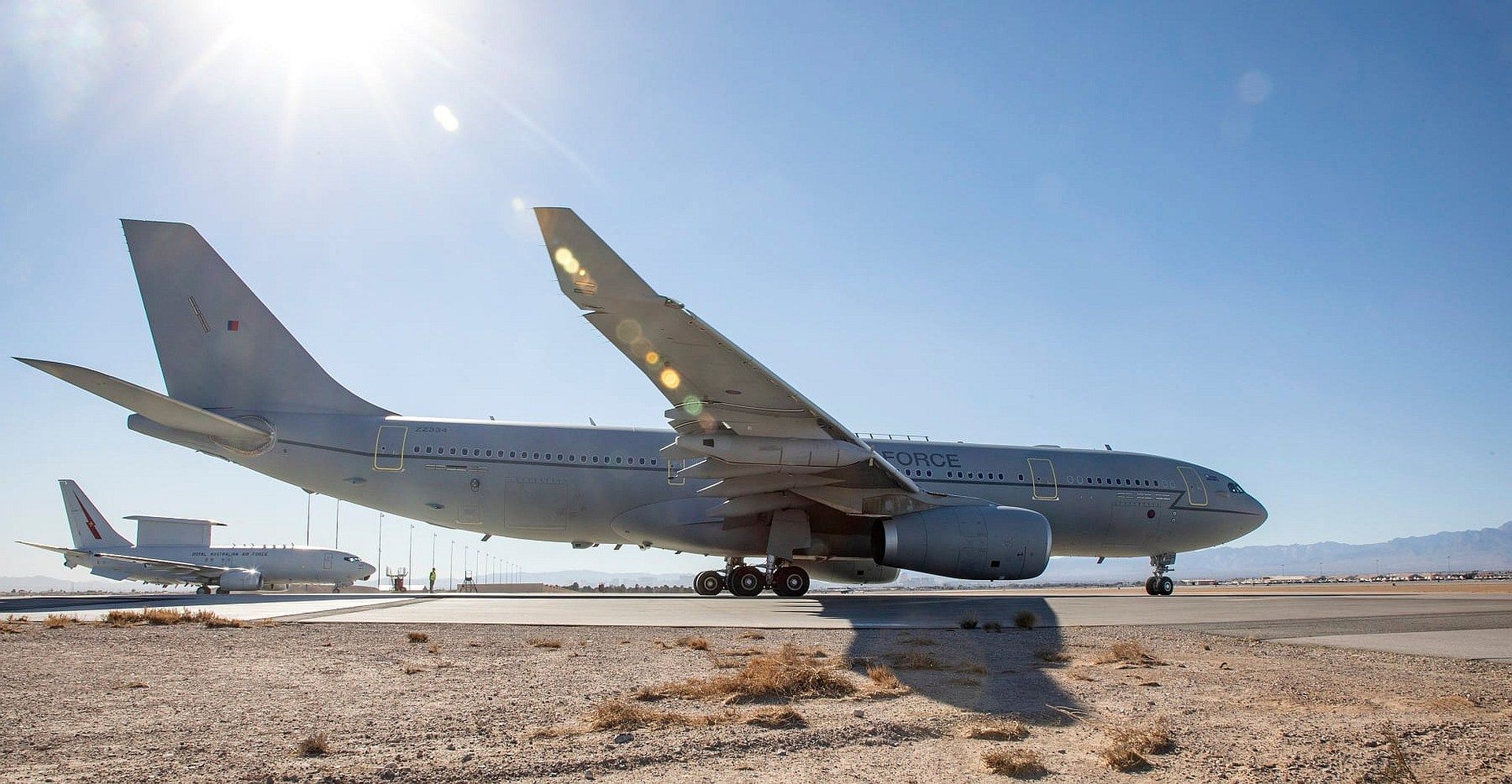
The Voyager detachment including aircrew from both 10 and 101 Squadrons is providing essential air to air refuelling support to the deployed RAF Typhoons of 1 (Fighter) Squadron and 41 TES, together with United States Navy EA-18G Growler electronic warfare aircraft.
The exercise for the Voyager aircrew provides vital training as it generates the experience of flying in congested and contested airspace. The simulated combat missions also allow the aircrews and support personnel to integrate fully into complex planning cycles and execute demanding mission profiles, thereby developing interoperability with allies.
For the aircrew they also must overcome the challenge of operating from Nellis Air Force Base, which is surrounded by high terrain that makes handling large aircraft a significant challenge. Not only do the mountains tighten the approaches, but the presence of the international airport requires aircraft to make their final turn to land within only 2.5 miles of the threshold, a pretty tight turn in a large airliner.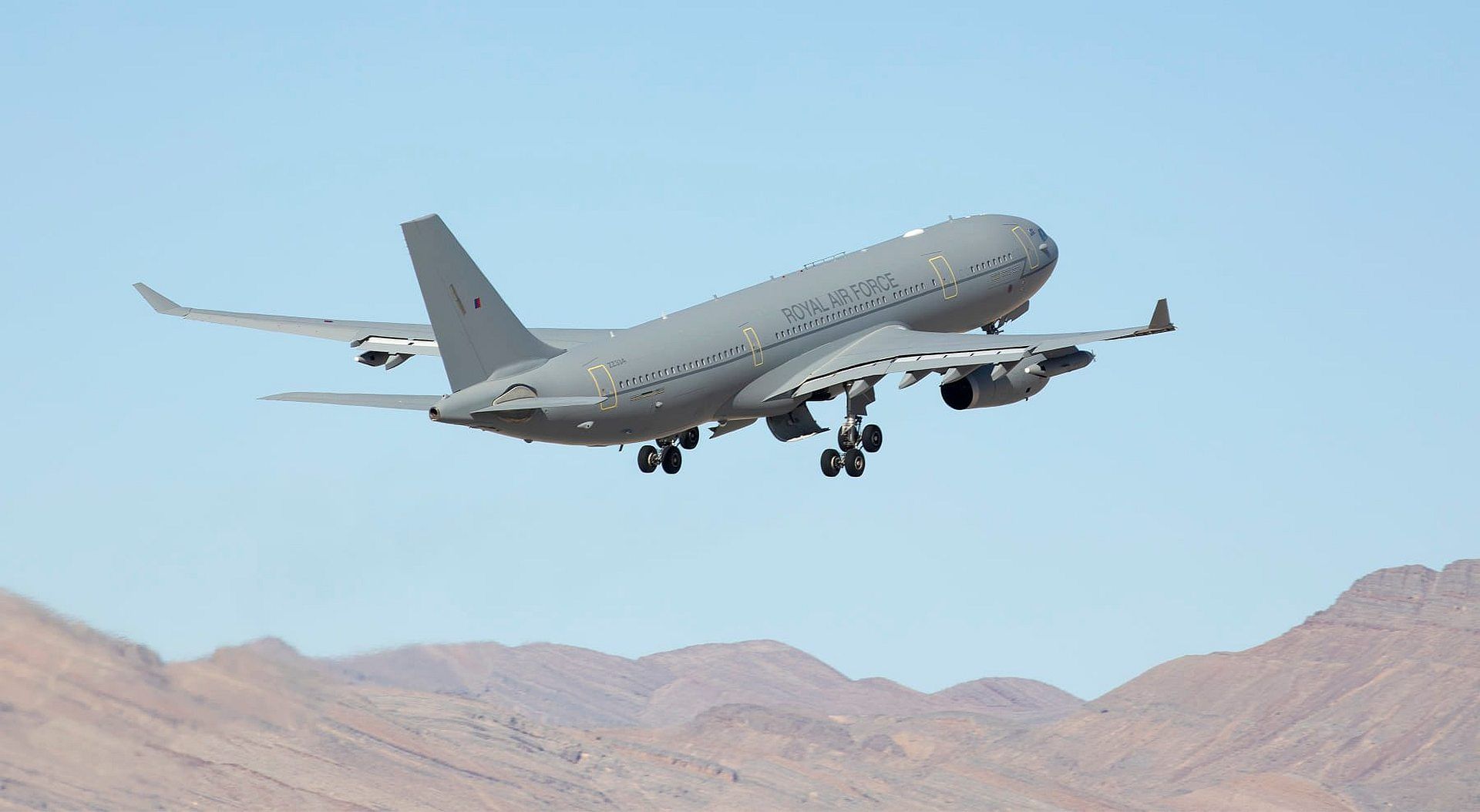
Wing Commander Mike Udall the Officer Commanding 101 Squadron, who is flying on the exercise, explained the challenges a Voyager pilot has: “The sharply-rising terrain up to 10,000 feet means that climbing a 200-ton airliner isn’t possible in quite the same way as for the hundreds of fighter jets here.”
“To overcome these challenges all crews have undertaken synthetic training in operating around Nellis. This gives crews a very accurate understanding of topographical layout of the area and approach procedures, making them more familiar with the terrain when it comes to live flying. Each actual departure and approach is carefully scrutinised with regard to the aircraft’s performance for its given weight. This may differ from Air Traffic Control’s plan, meaning continuous liaison with Nellis ATC is essential.”
The Voyager aircrew are supported by a ground support element of engineers and associated enablers that are a mixture of regular and Sponsored Reserve personnel from the Voyager Force. Led by Chief Technician Simon Bradley, the Line Station Manager, he explained the challenges from an engineering perspective: “For us this is a well-trodden path for Voyager, which means, yes, there are challenges, but they are well understood and so we also have the solutions.”
The Voyager role on Exercise RED FLAG is as a force multiplier. This means that the Voyager is able to keep the fighters in the air for longer periods if needed. As a critical enabler for Combat Air, it is vital that the Voyager crew are fully integrated with the fast jet missions through a full range of communication systems.
On Exercise RED FLAG the ranges in use are relatively close to Nellis AFB and the missions are constrained in length to allow time for briefing and debriefing. By including air to air refuelling, however the endurance of the fast jets are enhanced and the exercise replicates an extremely important element that is crucial on real operations, where the sortie length are often much longer.
The final element of the training that is being delivered for the Voyager Force, is the challenges of operating from a Forward Operating Base. Nellis AFB is playing the part of the FOB and therefore the engineering support elements have to devise the solutions required to conduct operations from Nellis and the communications technicians from RAF Leeming based 90 Signal Unit have also been deployed to provide the critical communications solutions required to enable the integrated communications that Exercise RED FLAG demands.
(Photos courtesy of the RAF)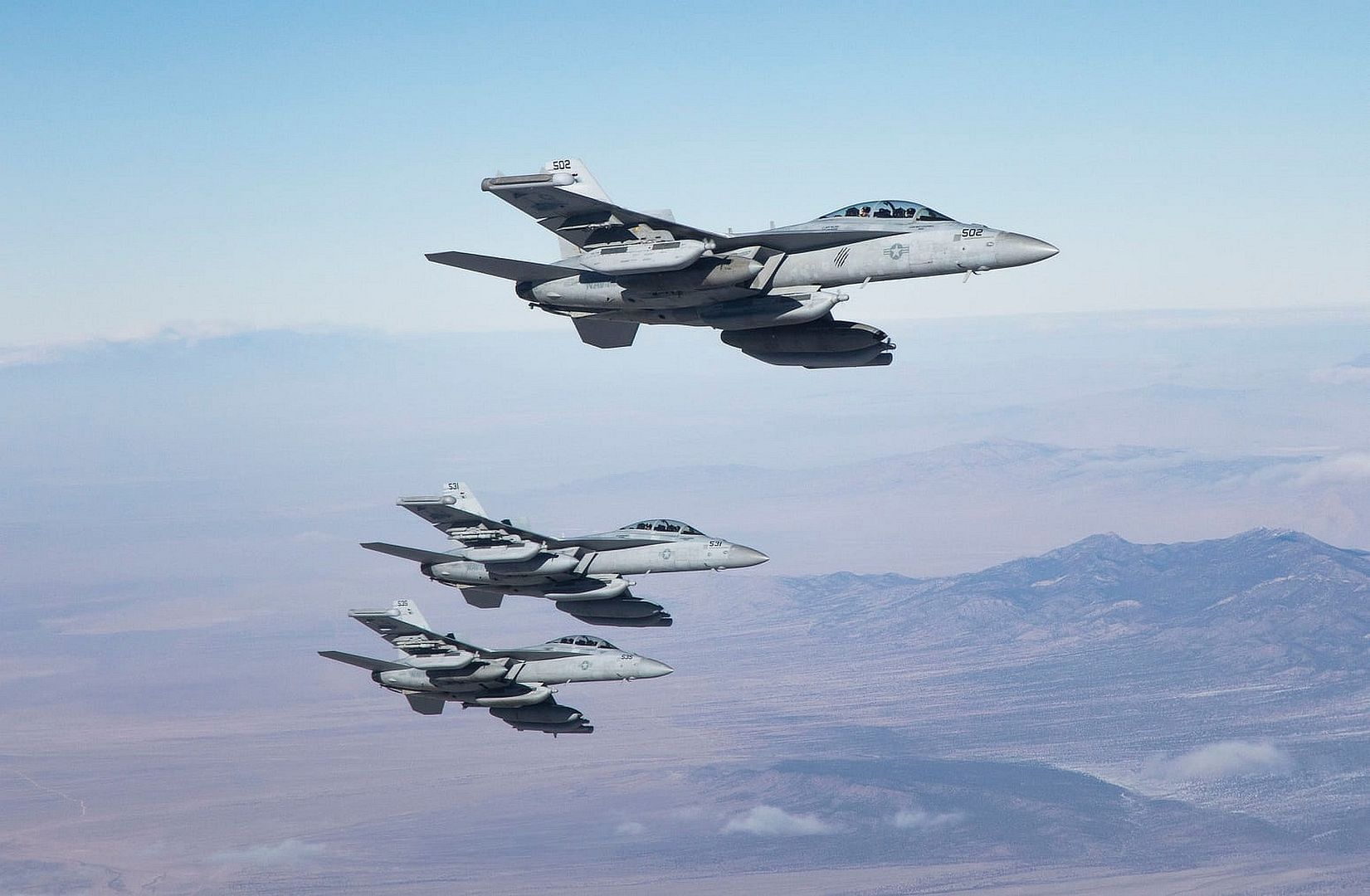
After the 17 January 2022 attack on the United Arab Emirates, France is participating in strengthening the air defense of the Emirates territory.
The French military are mobilizing there permanently deployed capabilities, within the French Forces in the United Arab Emirates (FFEAU), strengthening by air supply and ground-air defense capabilities.
Air operations are planned and conducted from Air Base 104, in close coordination with Emirian forces, to detect and intercept drone or cruise missile attacks targeting the UAE.
(Photo courtesy of the Armée de l'Air et de l'Espace)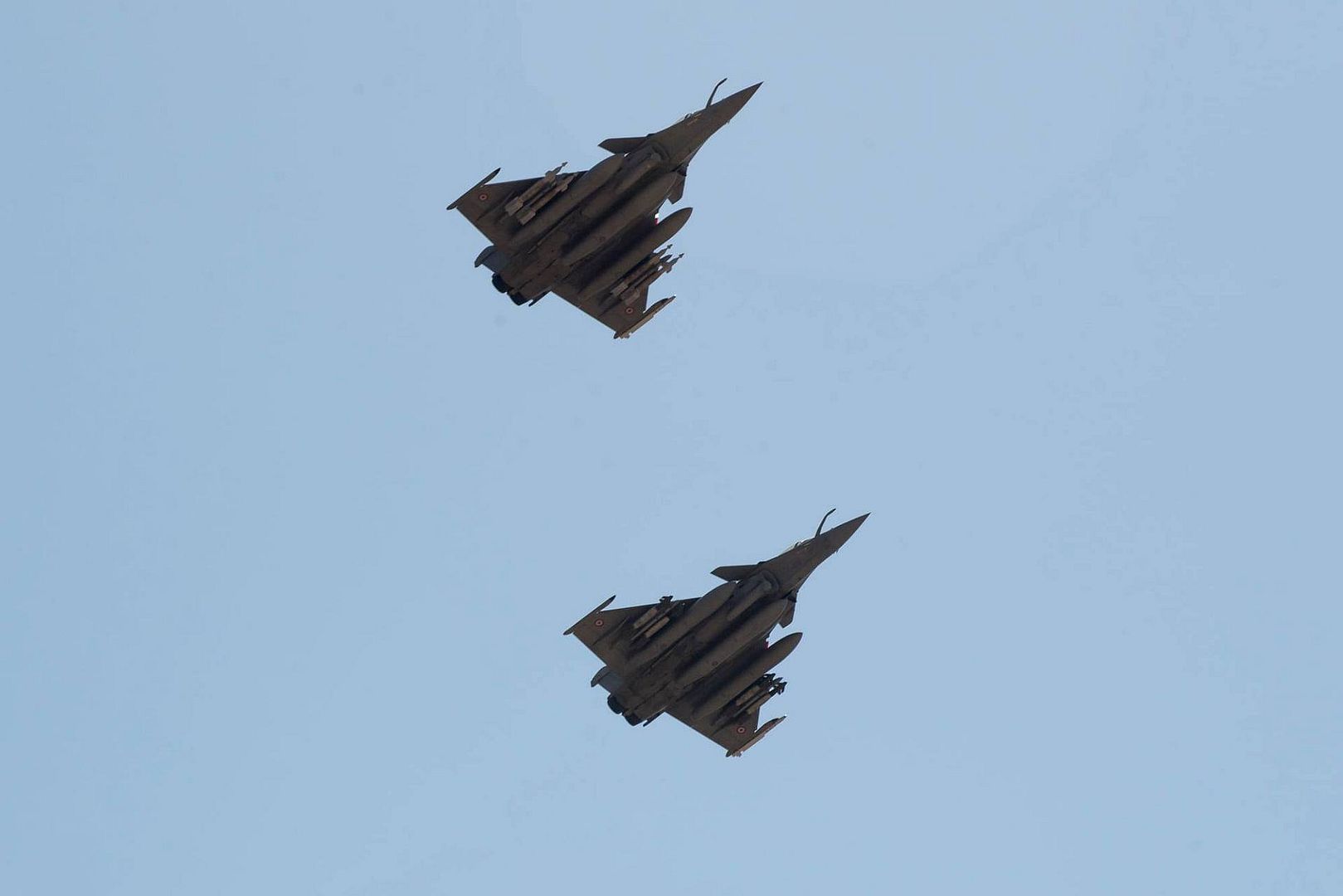
-
 Main AdminU.S. Air Force A-10C Warthog II's from the A-10C Thunderbolt II Demonstration Team, taxi Feb. 8, 2022, on Los Alamitos Army Airfield at Joint Forces Training Base, Los Alamitos, California. Five aircraft representing the Air Force’s 75 years as a service will perform a first-of-its-kind flyover of Super Bowl LVI in nearby Inglewood. Flyover aircraft are staging at the California National Guard base in the days leading up to the game. (U.S. Air National Guard photos by Staff Sgt. Crystal Housman)
Main AdminU.S. Air Force A-10C Warthog II's from the A-10C Thunderbolt II Demonstration Team, taxi Feb. 8, 2022, on Los Alamitos Army Airfield at Joint Forces Training Base, Los Alamitos, California. Five aircraft representing the Air Force’s 75 years as a service will perform a first-of-its-kind flyover of Super Bowl LVI in nearby Inglewood. Flyover aircraft are staging at the California National Guard base in the days leading up to the game. (U.S. Air National Guard photos by Staff Sgt. Crystal Housman)
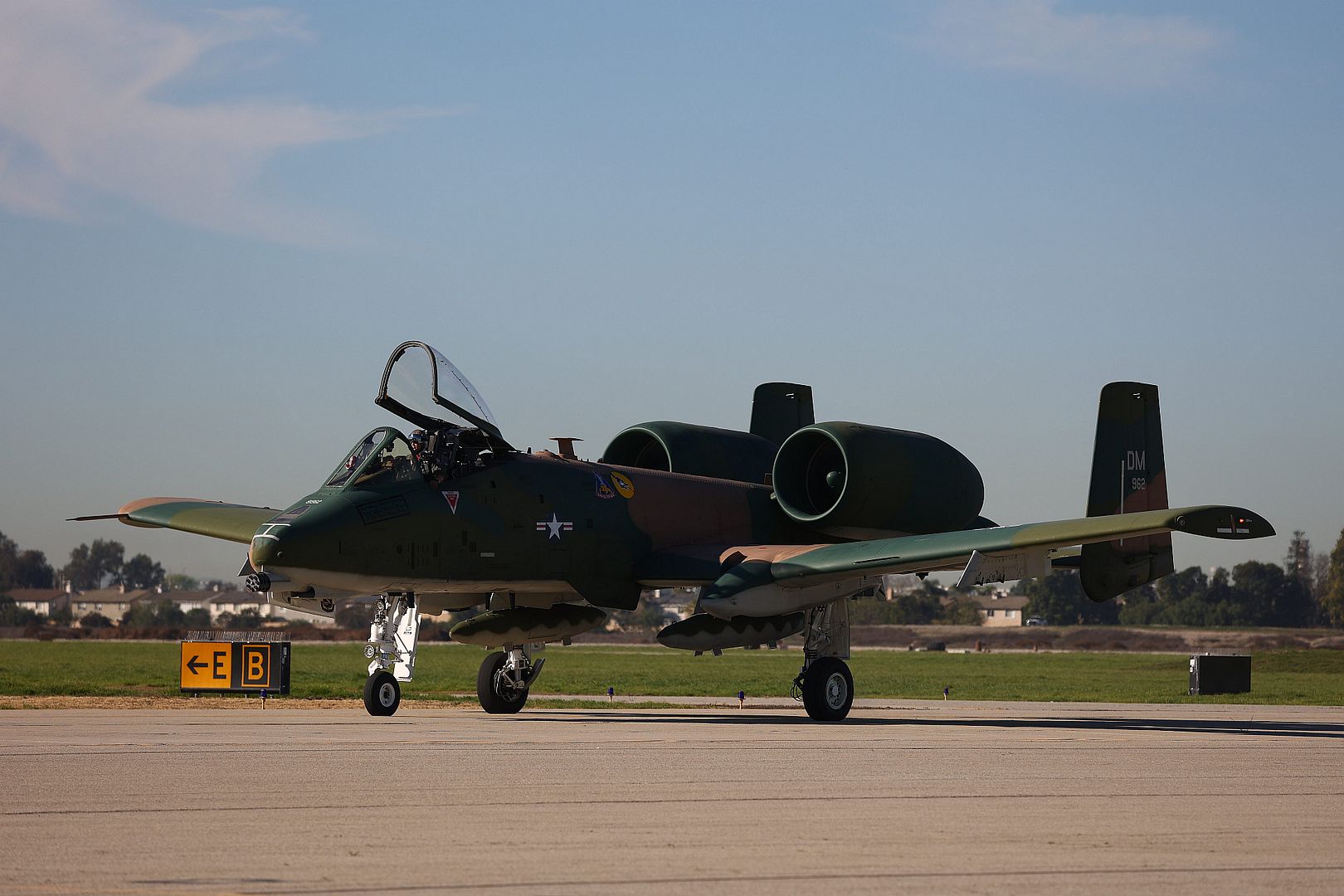
U.S. Air Force Maj. Garret Schmitz, an F-16C Fighting Falcon pilot with the Viper Demo Team, taxis after landing at Los Alamitos Army Airfield, Feb. 8, 2022, on Joint Forces Training Base, Los Alamitos, California. Five aircraft representing the Air Force’s 75 years as a service will perform a first-of-its-kind flyover of Super Bowl LVI in nearby Inglewood. Flyover aircraft are staging at the California National Guard base in the days leading up to the game. (U.S. Air National Guard photo by Staff Sgt. Crystal Housman)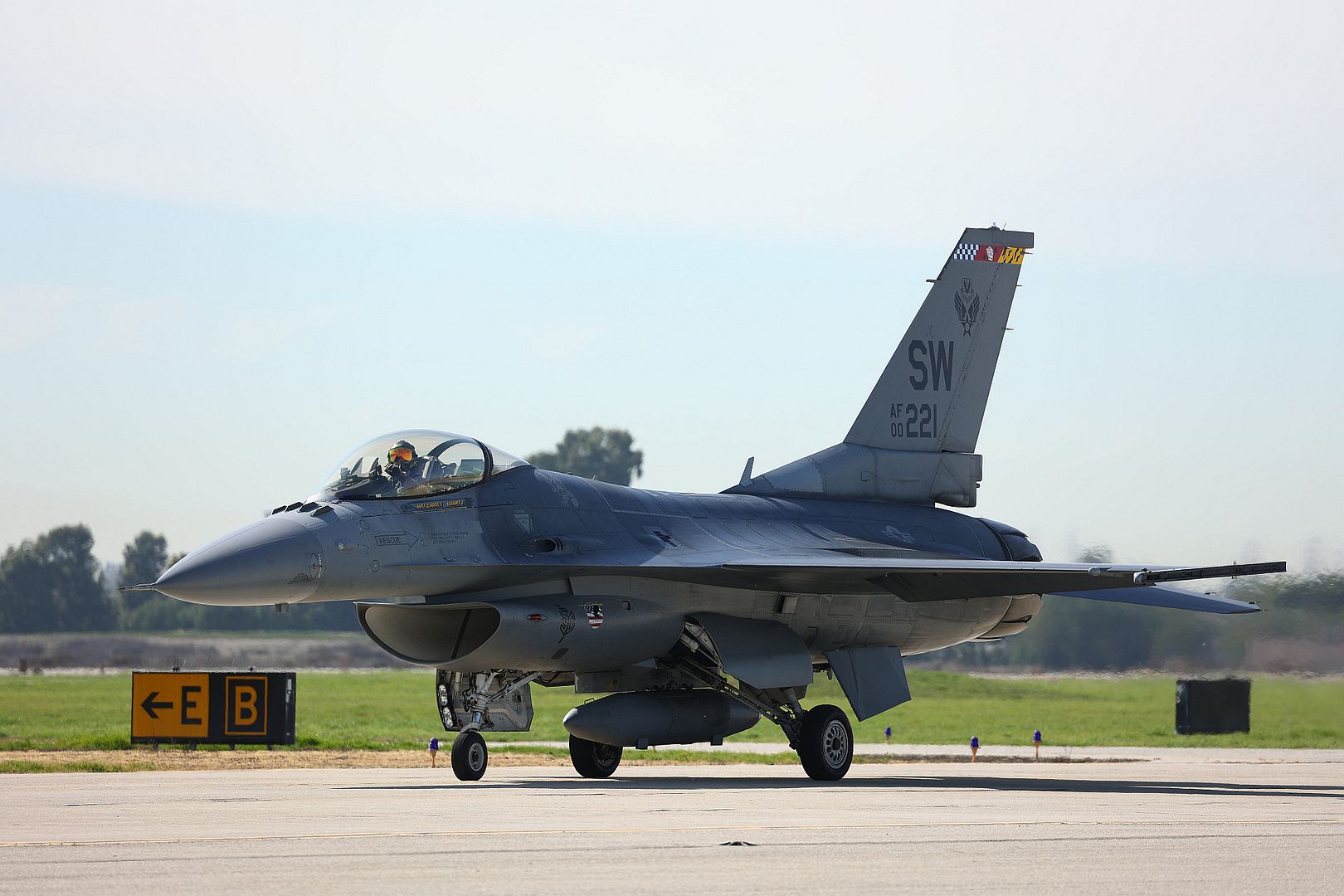
Airmen assigned to the 911th Airlift Wing fuel a C-17 Globemaster III at the Pittsburgh International Airport Air Reserve Station, Pennsylvania, Feb. 9, 2022. The C-17 can hold up to a maximum of 36,508 gallons of fuel depending on the weight of any cargo that may be on the aircraft. (U.S. Air Force photo by Joshua J. Seybert)
A Boeing 747 aircraft is marshaled into its spot in Rzeszów-Jasionka Airport, Poland, Feb. 8, 2022. Multiple aircraft were deployed in support of NATO allies including commercial and C-17 Globemaster III aircraft. (U.S. Air Force photo by Senior Airman Taylor Slater)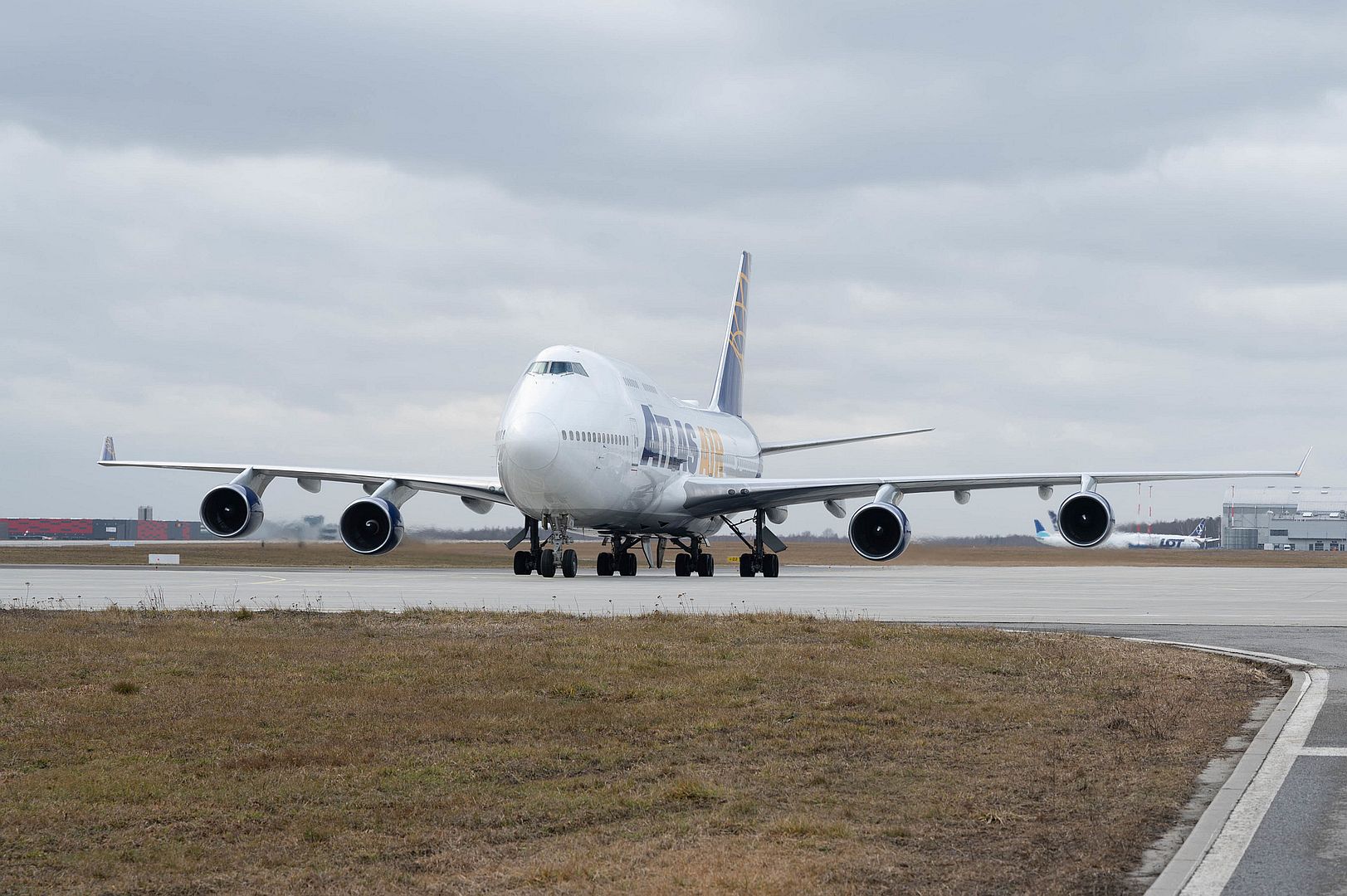
PHILIPPINE SEA (Feb. 7, 2022) Sailors prepare for flight operations on the flight deck of the Nimitz-class aircraft carrier USS Abraham Lincoln (CVN 72). Noble Fusion demonstrates that Navy and Marine Corps forward deployed stand-in naval expeditionary forces can rapidly aggregate Marine Expeditionary Unit/Amphibious Ready Group teams at sea, along with a carrier strike group, as well as other joint force elements and allies, in order to conduct lethal sea-denial operations, seize key maritime terrain, guarantee freedom of movement, and create advantage for U.S., partner and allied forces. Naval Expeditionary forces conduct training throughout the year, in the Indo-Pacific, to maintain readiness. (U.S. Navy photo by Mass Communication Specialist 3rd Class Javier Reyes)
The 314th Fighter Squadron F-16 Fighting Falcon flagship taxis next to U.S. Air Force Air Demonstration Squadron, known as the “Thunderbirds,” F-16s, Jan. 28, 2022, on Holloman Air Force Base, New Mexico. The commander and leader of the Thunderbirds visited Holloman to keynote the latest 314th FS Basic Course graduation ceremony. (U.S. Air Force photo by Senior Airman Quion Lowe)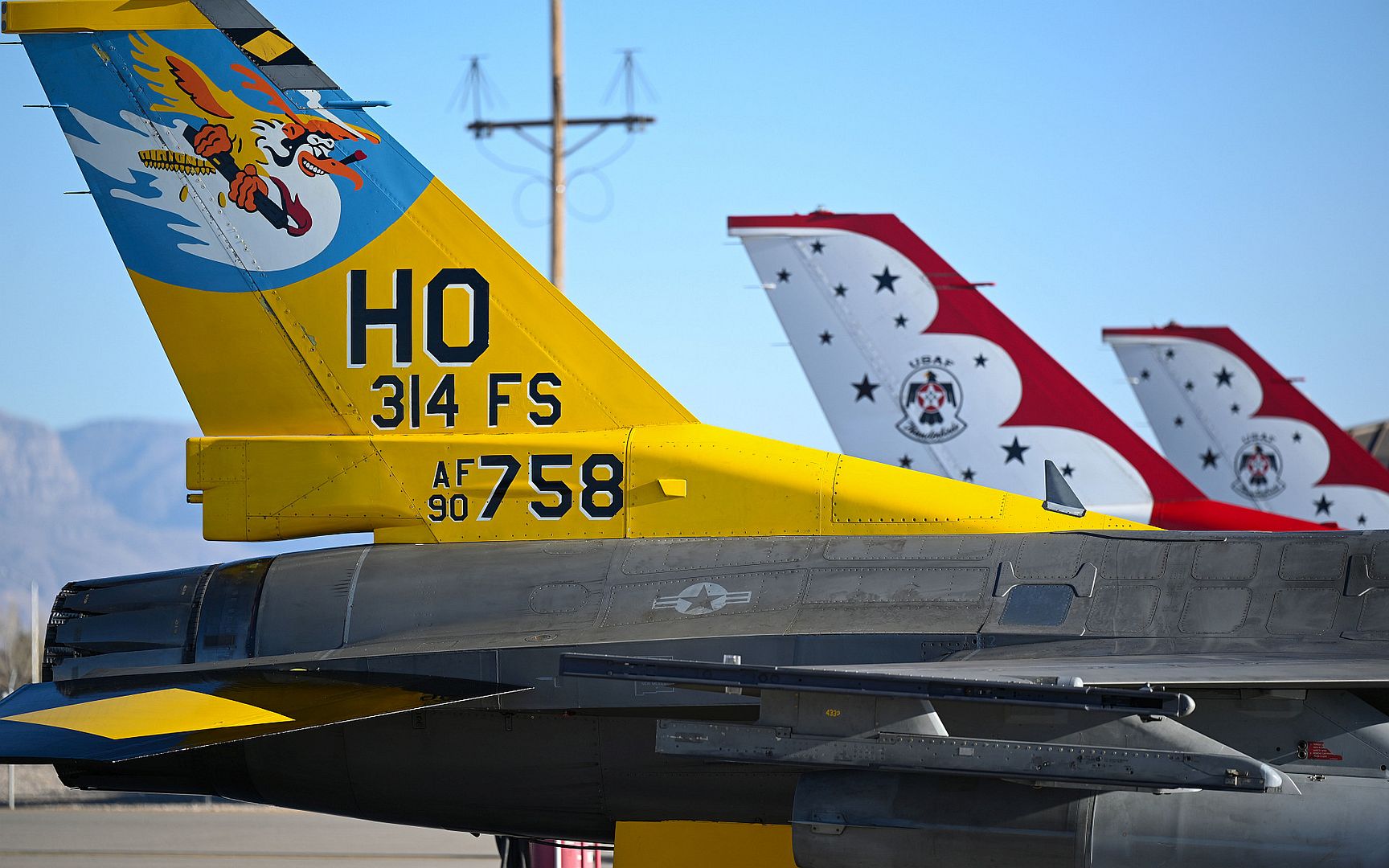
PACIFIC OCEAN (Feb. 7, 2022) An F-35B Lightning II, assigned to Marine Fighter Attack Squadron (VMFA) 122, prepares to land aboard the amphibious assault ship USS Makin Island (LHD , Feb. 7. Makin Island is underway conducting routine operations in U.S. 3rd Fleet. (U.S. Navy photo by Mass Communication Specialist 2nd Class Jeremy Laramore)
, Feb. 7. Makin Island is underway conducting routine operations in U.S. 3rd Fleet. (U.S. Navy photo by Mass Communication Specialist 2nd Class Jeremy Laramore)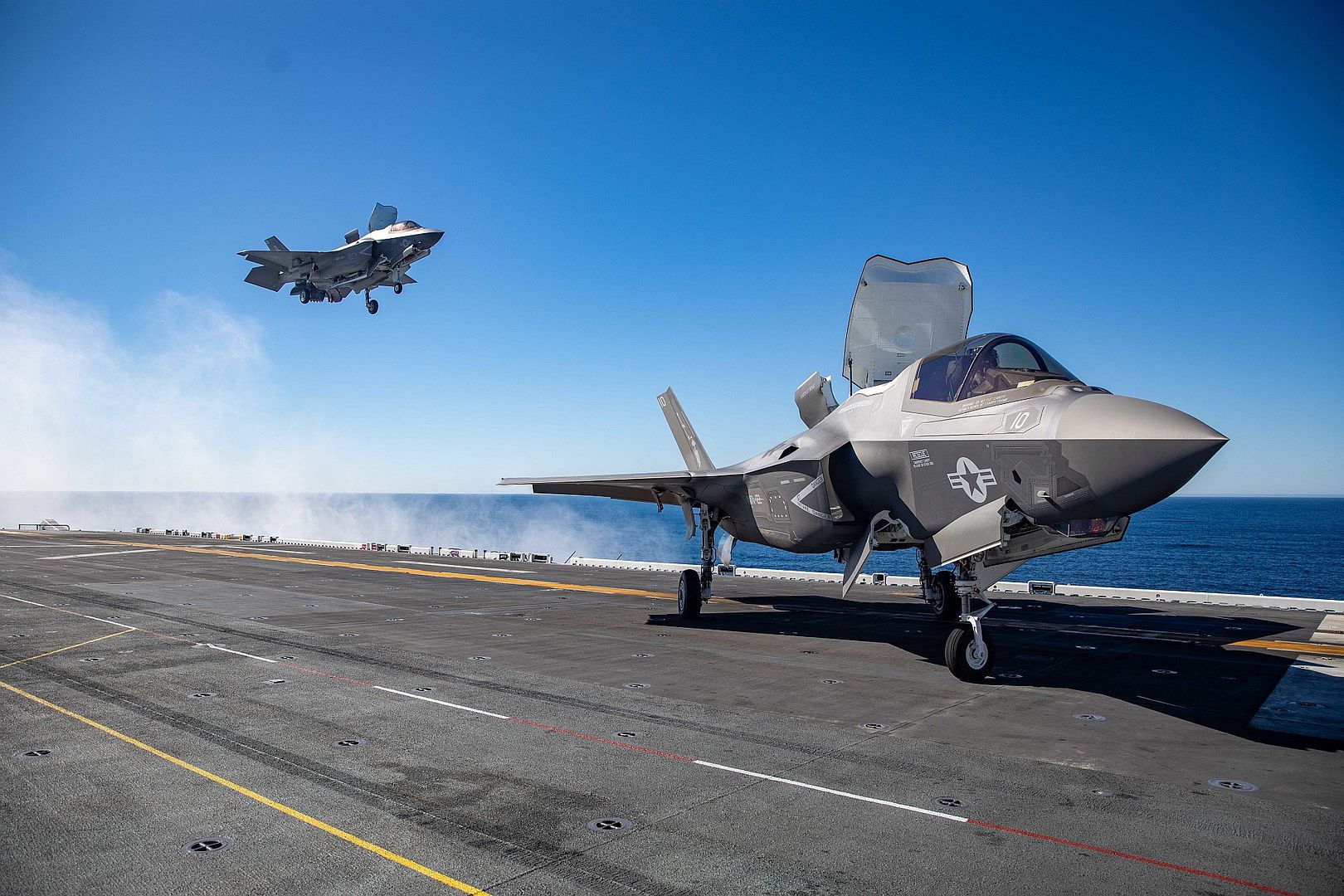
Toulouse, 09 February 2022 – K5-Aviation has taken delivery of its first ACJ330-300 aircraft from ACJ (Airbus Corporate Jets). K5-Aviation is the largest ACJ operator in Europe with four ACJ319s and one ACJ350-900 in its fleet.
Designed for highly-demanding VIP and private markets, the ACJ330-300 delivers top-end luxury, comfort and true nonstop range to the world..
The ACJ330-300 aircraft will feature a 243m² VIP cabin, installed by Fokker Techniek, the outfitter selected by K5-Aviation. Onboard guests can experience ultimate comfort over 8,650 nm/16,000 km or up to 18.5 hours, enough to fly nonstop from Europe to Australia.
At the end of December 2021, Airbus’ A330 Family had won over 1,800 orders, making it the world’s most successful widebody aircraft.
More than 210 Airbus corporate jets are in service worldwide, flying on every continent, including Antarctica, and more than 1,800 private and business aviation Airbus helicopters are in service worldwide.
Fort Worth, TX (9 Feb. 2022) – Bell Textron Inc., a Textron Inc. (NYSE: TXT) company, announced today that the Bell 505 achieved 100,000 global fleet hours. Since the first Bell 505 customer delivery in 2017, Bell has completed more than 360 Bell 505 global deliveries, enabling successful missions with the world’s most advanced short light single aircraft.
“Since its entry into service, the Bell 505 continues to impress global operators for its unparalleled performance and capabilities,” said Lane Evans, director, Bell 505 Sales and Support. “This significant achievement further demonstrates our customers’ admiration for the platform and its versatility as it enhances private, utility, training and public safety flights.”
The Bell 505 combines the latest avionics and engine control technology with a large open cabin that provides panoramic views for all passengers. A fully integrated Garmin G1000H NXi avionics suite and dual channel FADEC controlled Safran Arrius 2R engine provide pilots of all skill level with maximized situational awareness and workload reduction to fly successfully in a multitude of scenarios. Combined with its cabin versatility and impressive performance, the 505 is relied on for missions ranging from private owners to public safety and training entities around the globe.
Fabrice Condamine, Arriel & Arrius Programs Vice President at Safran Helicopter Engines said, “We are very proud to see the Bell 505 with our Arrius 2R engine now widely established in the light helicopter landscape. Delivering a best-in-class engine solution, on time, continues to be a top priority for us. We are delighted with the progress of our relationship with Bell.”
Recently, the Bell 505 team celebrated the 60th European delivery to Montenegro Air Force, the first Bell 505NXi sale to Slovakia and delivery to the Indonesia Navy. With worldwide operators from Mexico to Poland and Czech Republic to New Zealand, the aircraft operates in 59 countries.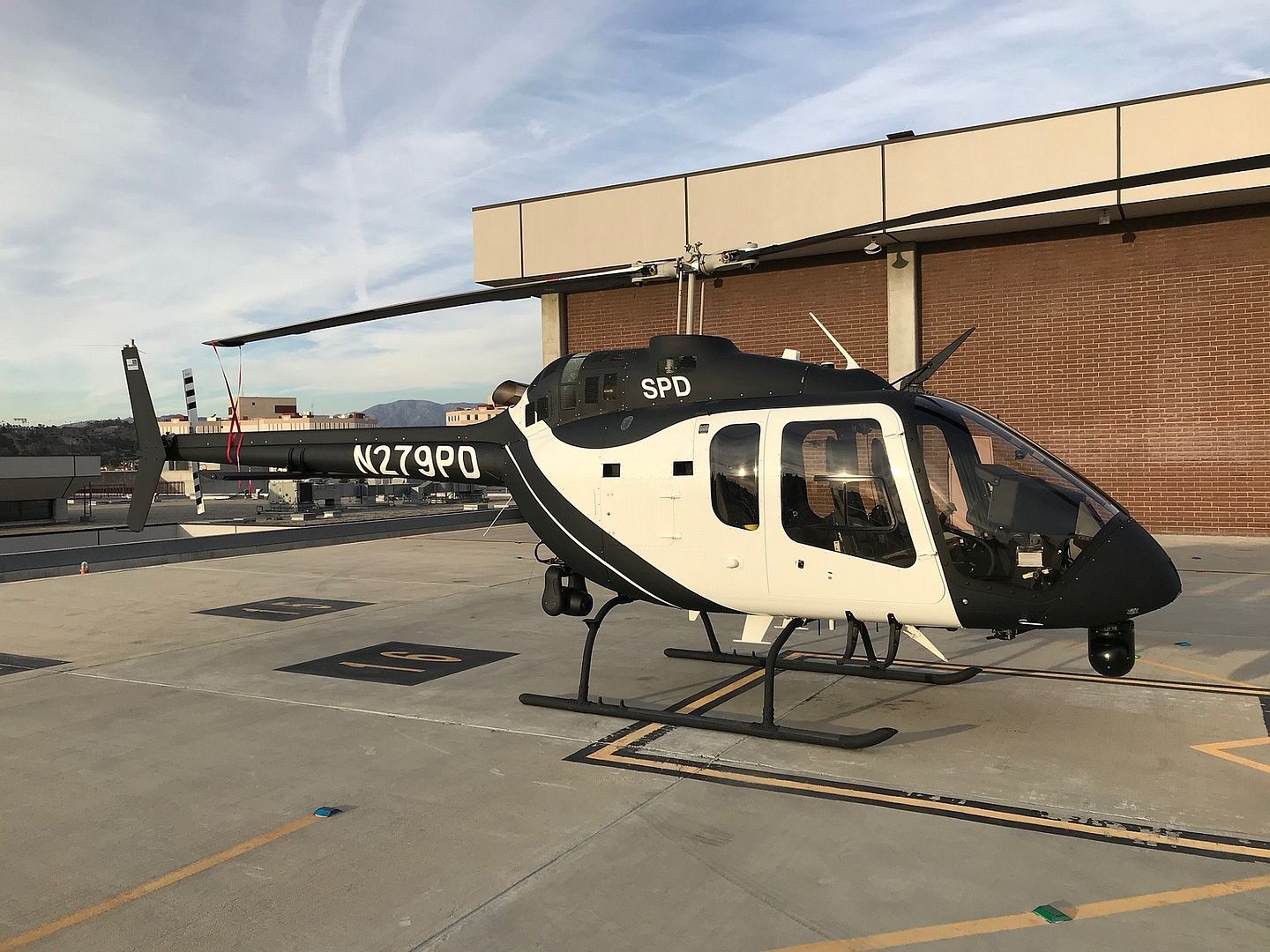
-
 Main AdminAn F/A-18F Super Hornet with the VFA-11 "Checkmates" from the USS Truman (CVN-75). Takes off from Aviano Air Base in support of airborne operations for the 173rd Airborne Brigade. Jan. 10th, 2022. (U.S. Army photo Sgt. Brandon Rickert)
Main AdminAn F/A-18F Super Hornet with the VFA-11 "Checkmates" from the USS Truman (CVN-75). Takes off from Aviano Air Base in support of airborne operations for the 173rd Airborne Brigade. Jan. 10th, 2022. (U.S. Army photo Sgt. Brandon Rickert)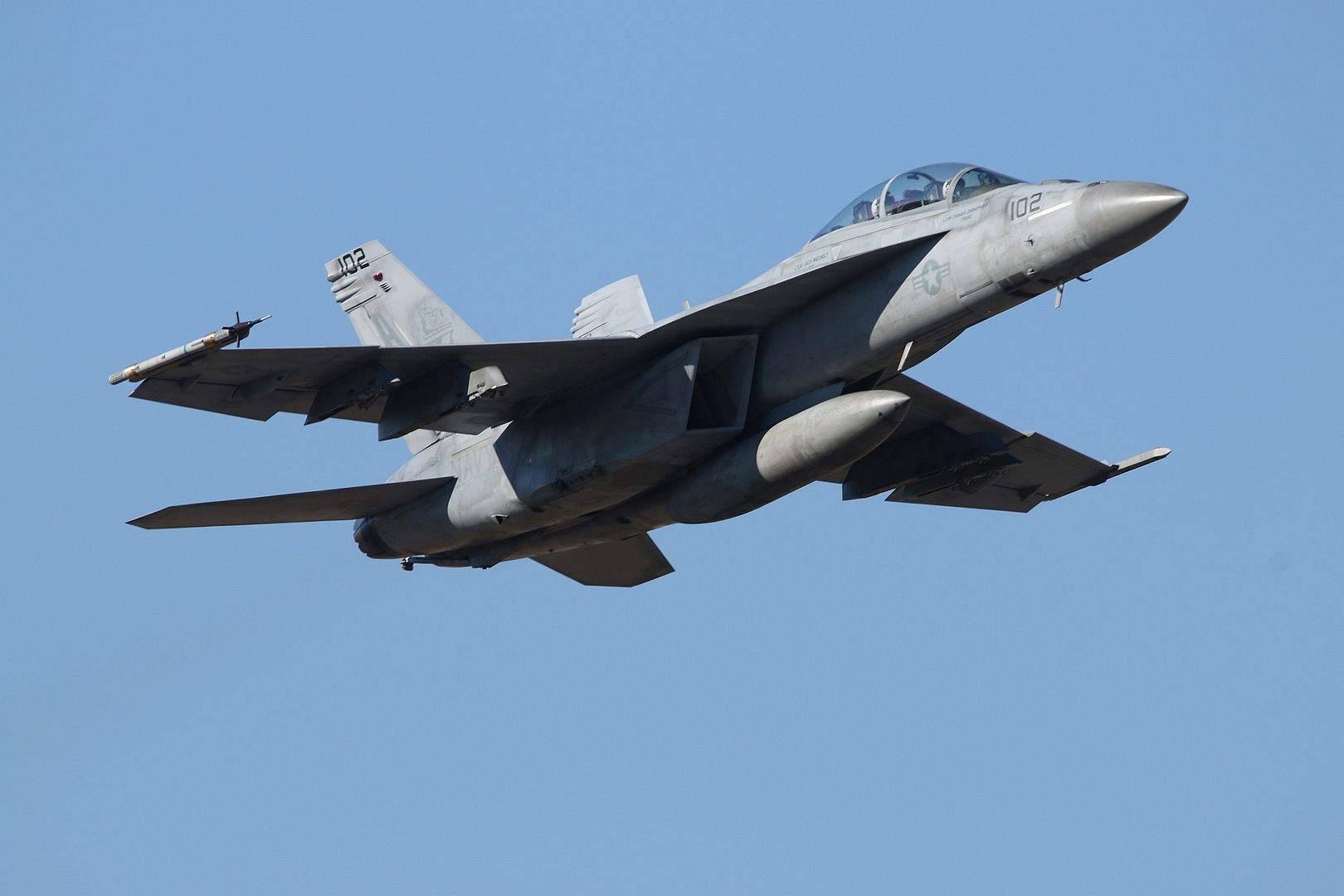
An F/A-18E with VFA-81 "Sunliners" from the USS Truman (CVN-75). Takes off from Aviano Air Base in support of Airborne operations for the 173rd Airborne Brigade. Jan. 10th, 2022. (U.S. Army photo Sgt. Brandon Rickert)
02.10.22.
An LC-130 “Skibird” assigned to the to the 109th Airlift Wing, New York National Guard, is prepped for a mission at McMurdo Station, Antarctica. The 109th Airlift Wing supported the 34th season of Operation Deep Freeze at McMurdo Station, Antarctica, from October 2021 through February 2022 .(U.S. Air National Guard photos by Major Shay Price).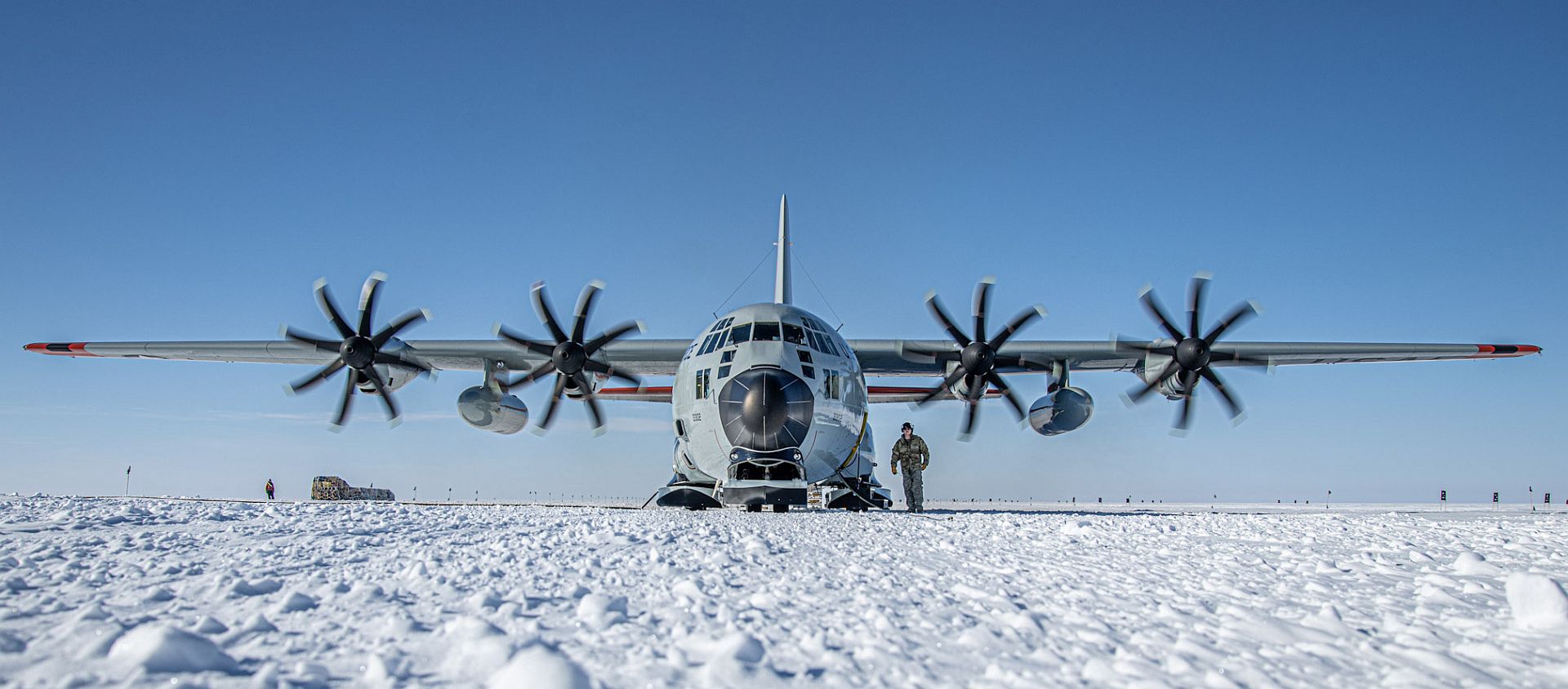
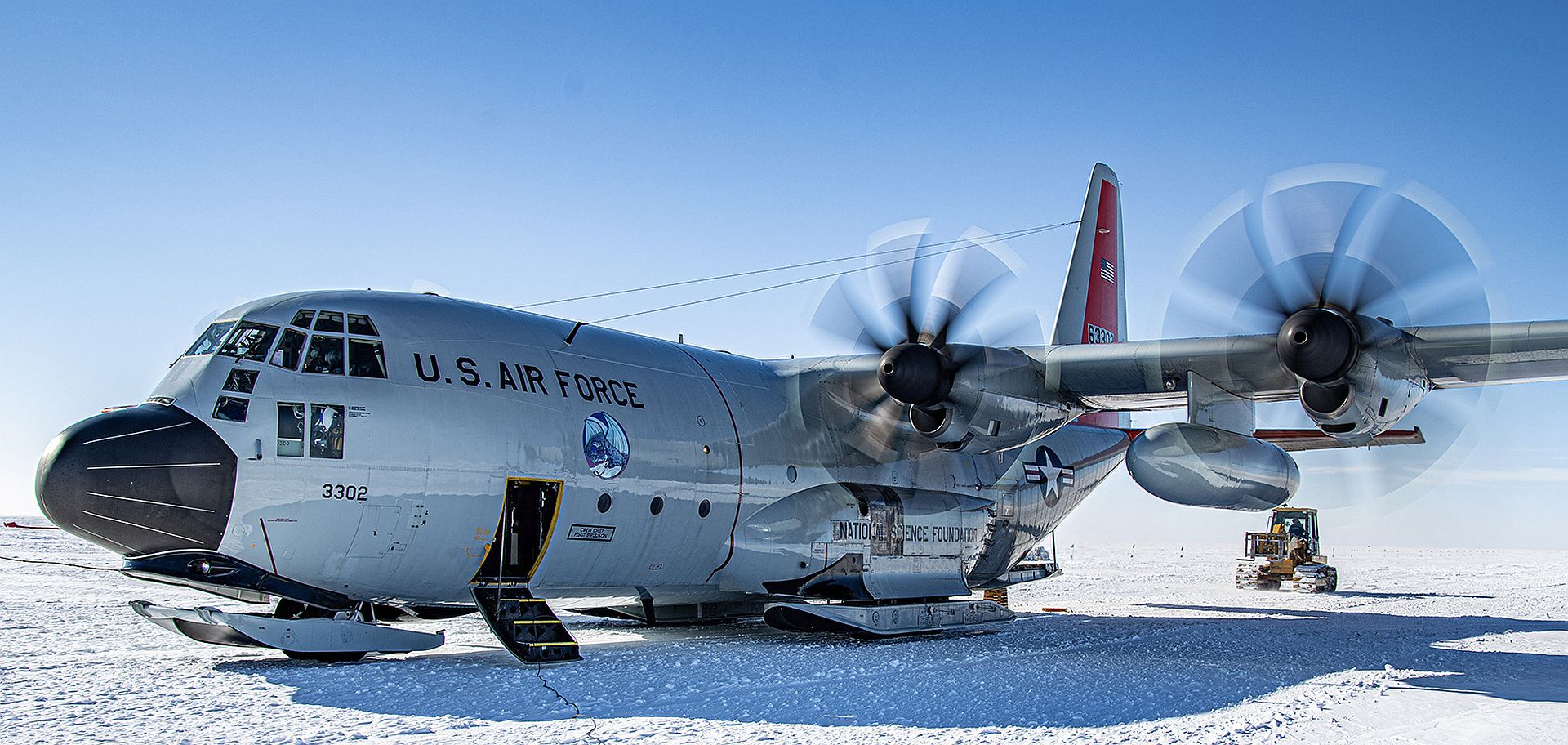
Maj. Garret Schmitz, F-16C Fighting Falcon pilot with the Viper Demonstration Team from Shaw Air Force Base, flies next to a KC-135R Stratotanker with the 155th Air Refueling Wing, Feb. 8, 2022, during an air refueling near Albuquerque, N.M. F-16 pilots received fuel from the 173rd Air Refueling Squadron in order to arrive and prepare for Super Bowl LVI flyover in Los Angeles, Calif. (U.S. Air National Guard photo by Airman 1st Class Alexander D. Schriner)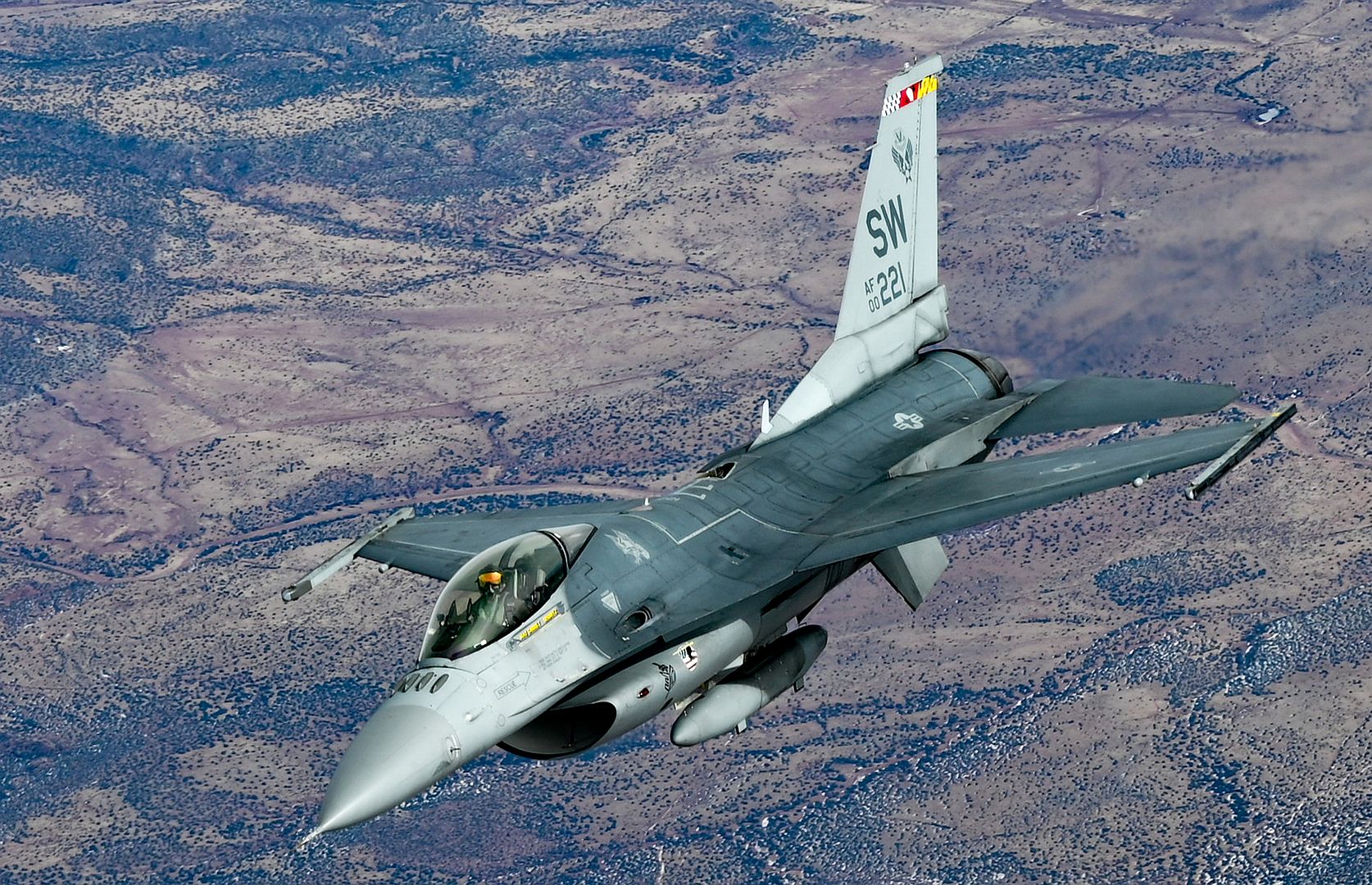
PHILIPPINE SEA (Feb. 9, 2022) An AV-8B Harrier attached to Marine Attack Squadron (VMA) 214, 11th Marine Expeditionary Unit (MEU), takes off from the flight deck of Wasp-class amphibious assault ship USS Essex (LHD 2), during flight operations, Feb. 9, 2022. Essex, flagship of the Essex Amphibious Ready Group (ARG), along with the 11th Marine Expeditionary Unit (MEU), is operating in the U.S. 7th Fleet area of operations to enhance interoperability with alliances and partners and serve as a ready response force to ensure maritime security and a free and open Indo-Pacific region. (U.S. Navy photo by Mass Communication Specialist 3rd Class Isaak Martinez)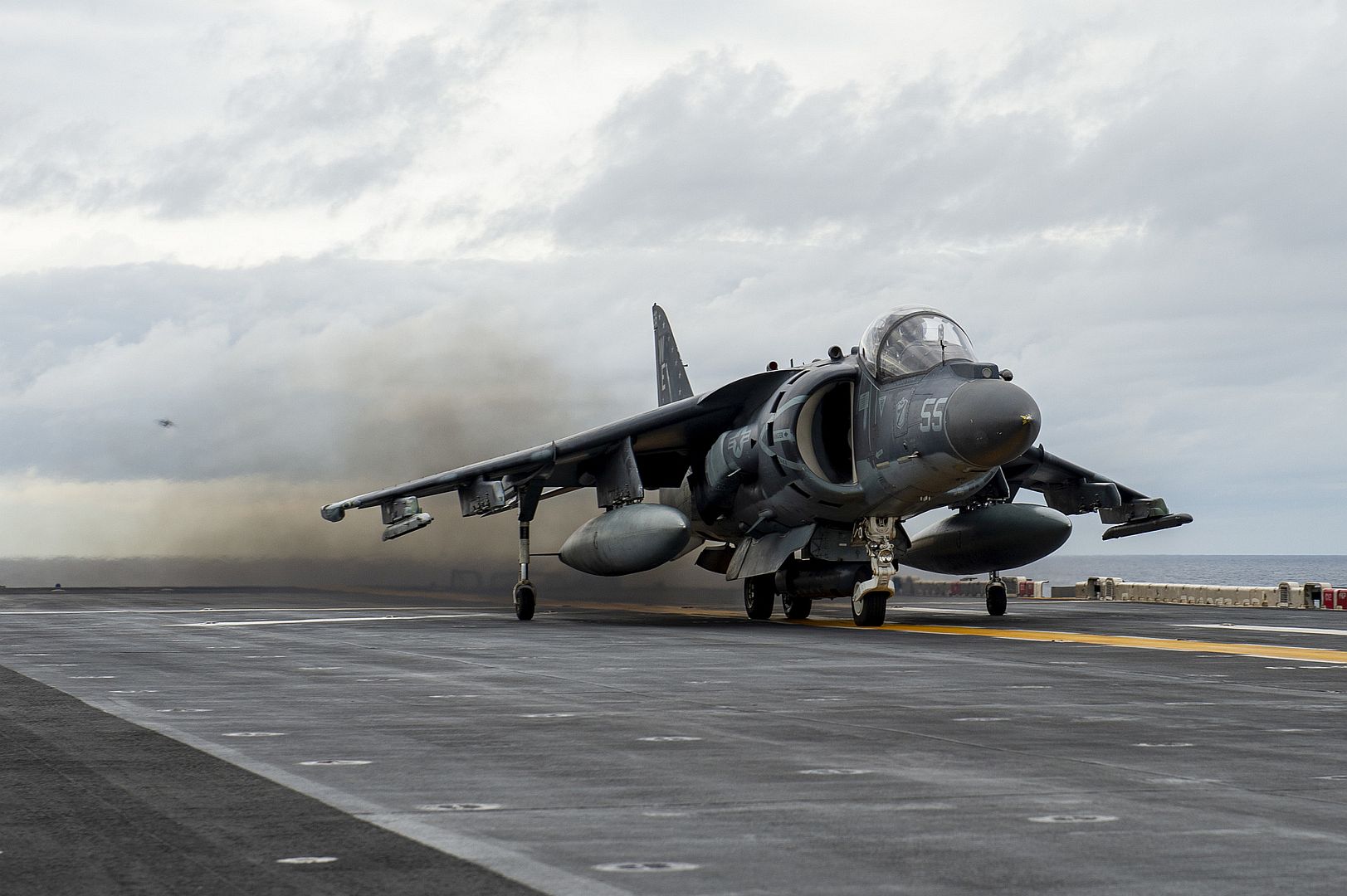
PHILIPPINE SEA (Feb. 9, 2022) An AV-8B Harrier attached to Marine Attack Squadron (VMA) 214, 11th Marine Expeditionary Unit (MEU), conducts flight operations with Wasp-class amphibious assault ship USS Essex (LHD 2), Feb. 9, 2022. Essex, flagship of the Essex Amphibious Ready Group (ARG), along with the 11th Marine Expeditionary Unit (MEU), is operating in the U.S. 7th Fleet area of operations to enhance interoperability with alliances and partners and serve as a ready response force to ensure maritime security and a free and open Indo-Pacific region. (U.S. Navy photo by Mass Communication Specialist 2nd Class Wesley Richardson)
PHILIPPINE SEA (Feb. 10, 2022) Aviation Boatswain's Mate (Equipment) Airman Crishtian Taylor, from Duluth, Ga., observes an F/A-18F Super Hornet, assigned to the "Black Aces" of Strike Fighter Squadron (VFA) 41, launch from the flight deck of the Nimitz-class aircraft carrier USS Abraham Lincoln (CVN 72). Abraham Lincoln Strike Group is on a scheduled deployment in the U.S. 7th Fleet area of operations to enhance interoperability through alliances and partnerships while serving as a ready-response force in support of a free and open Indo-Pacific region. (U.S. Navy photo by Mass Communication Specialist 3rd Class Michael Singley)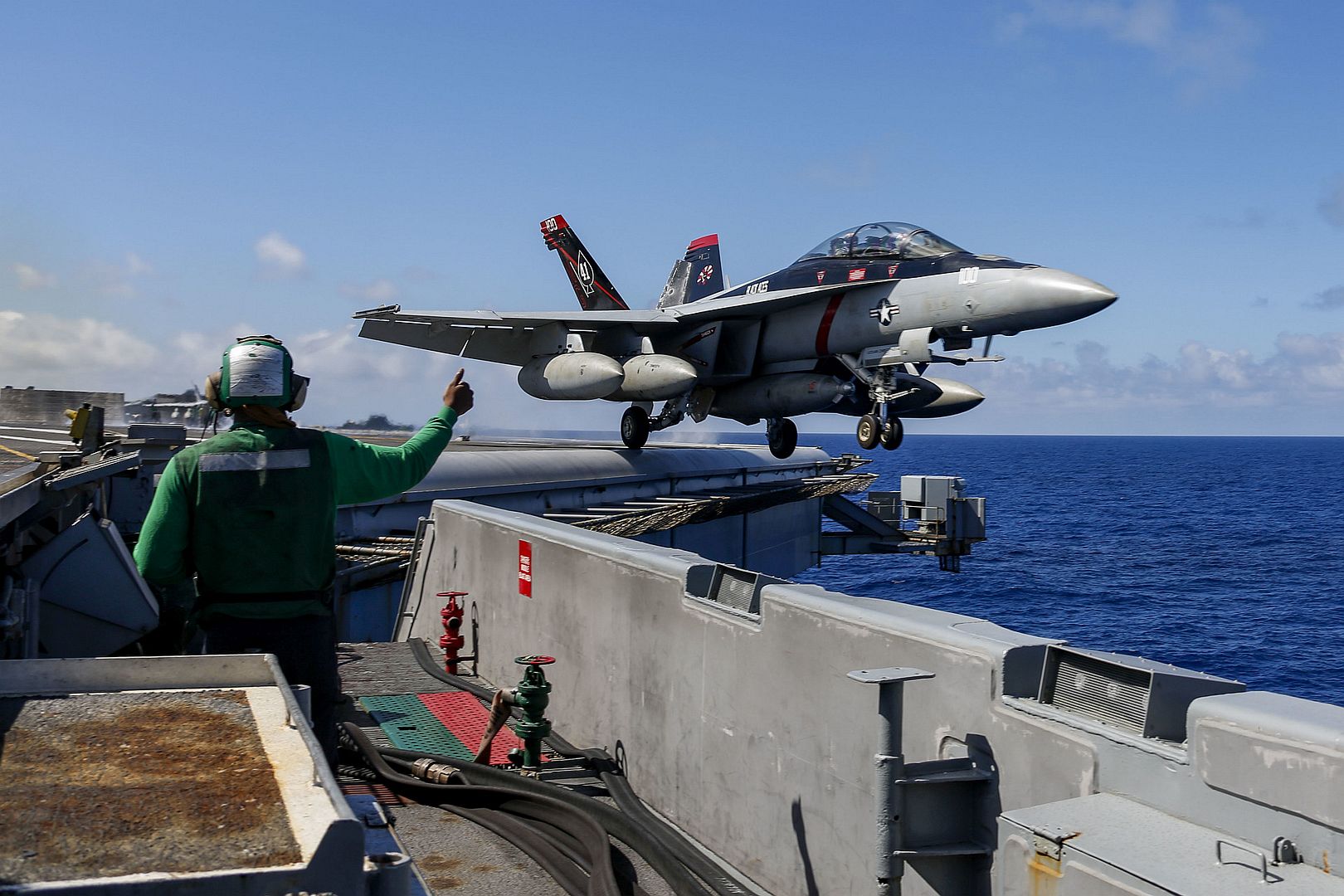
PHILIPPINE SEA (Feb. 10, 2022) An F/A-18E Super Hornet, assigned to the "Tophatters" of Strike Fighter Squadron (VFA) 14, launches from the flight deck of the Nimitz-class aircraft carrier USS Abraham Lincoln (CVN 72). Abraham Lincoln Strike Group is on a scheduled deployment in the U.S. 7th Fleet area of operations to enhance interoperability through alliances and partnerships while serving as a ready-response force in support of a free and open Indo-Pacific region. (U.S. Navy photo by Mass Communication Specialist 3rd Class Michael Singley)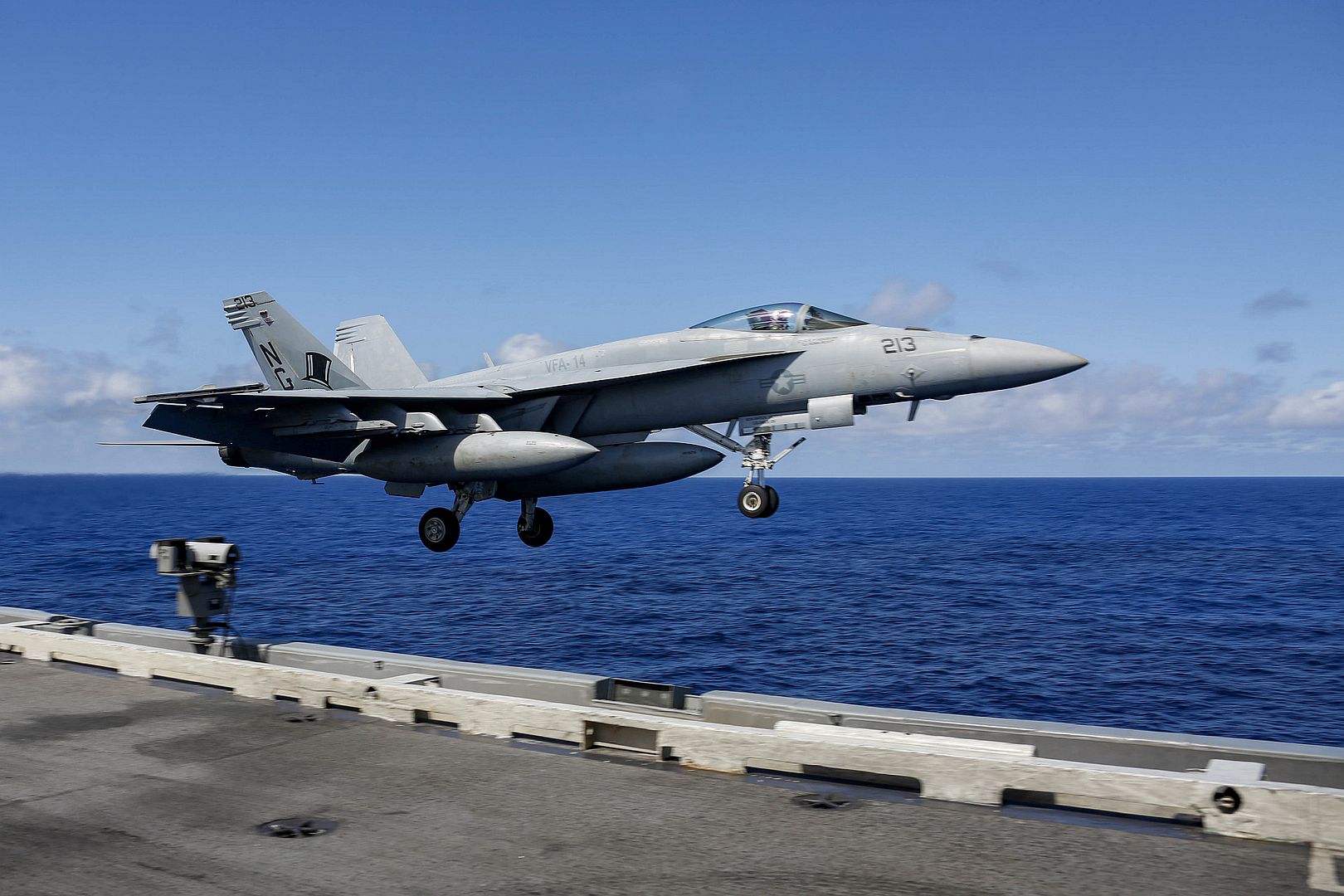
A U.S. Air Force F-15D Eagle assigned to the 67th Fighter Squadron, Kadena Air Base, Japan, takes off during exercise Cope North 22 at Andersen Air Force Base, Guam, Feb. 7, 2022. More than 2,500 U.S. Airmen, Marines, and Sailors will train alongside 1,000 combined JASDF and RAAF counterparts in CN22. Approximately 130 aircraft from over 30 units will fly in the exercise. (U.S. Air Force photo by Tech. Sgt. Matthew Lotz)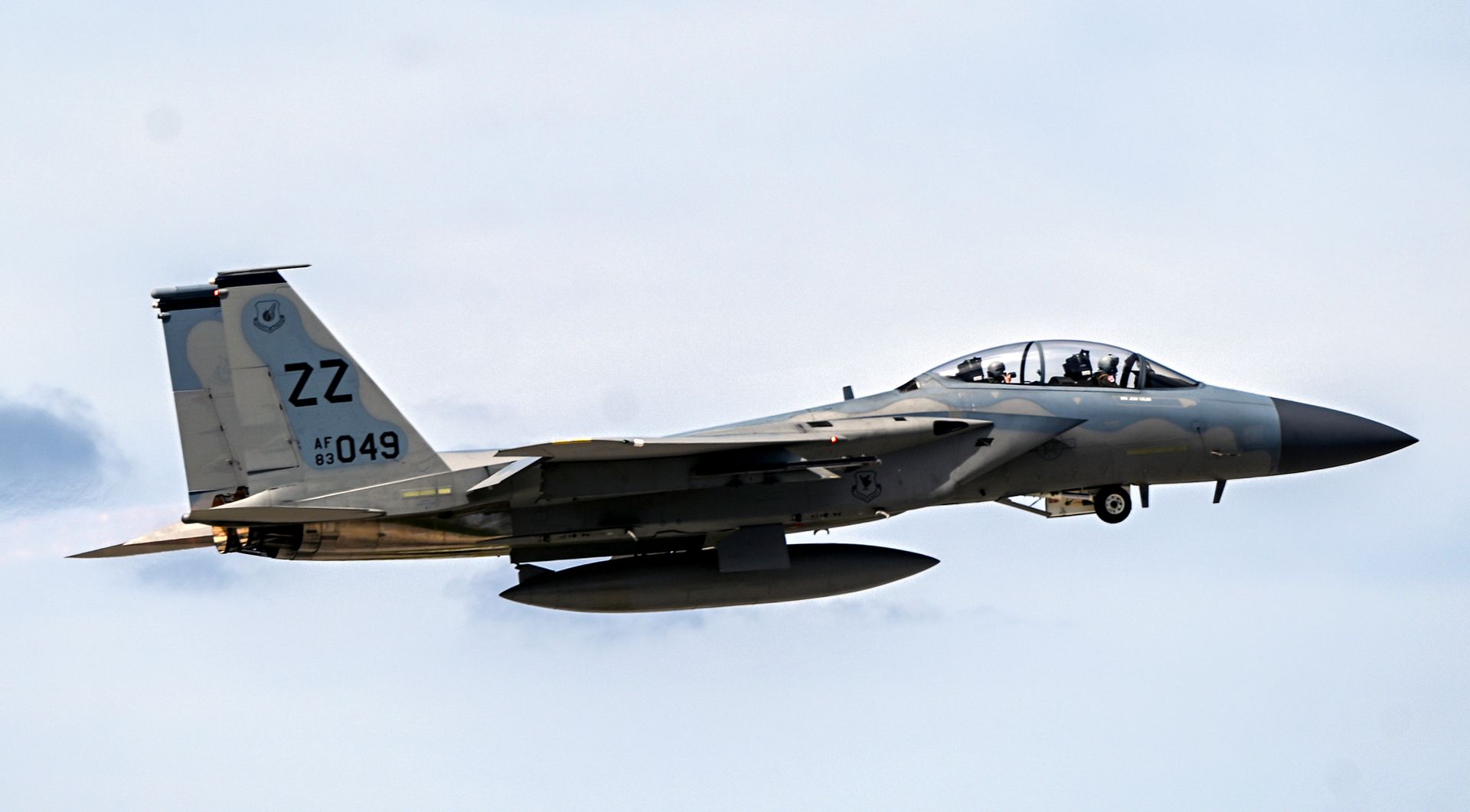
PHILADELPHIA, Feb. 10, 2022— Sikorsky, a Lockheed Martin Company (NYSE: LMT), and Boeing (NYSE: BA) today announced Honeywell (NYSE: HON) as the engine provider for DEFIANT X, the advanced helicopter for the U.S. Army’s Future Long-Range Assault Aircraft (FLRAA) competition.
With Honeywell providing the HTS7500 turboshaft engine, Team DEFIANT brings unsurpassed Army Aviation experience to revolutionize Army air assault while seamlessly integrating with legacy platforms, proven tactics and existing infrastructure. DEFIANT X® will be the fastest, most maneuverable and survivable assault helicopter in history.
“Team DEFIANT’s strength is built on the experience of Sikorsky and Boeing, and a commitment to Army Aviation,” said Mark Cherry, vice president and general manager of Boeing Vertical Lift. “Honeywell’s history with Boeing and the U.S. Army makes us even more confident that DEFIANT X® is the best fit for the Army’s total mission.”
“DEFIANT X® is a transformational aircraft, and Honeywell is giving us a transformational engine to power it,” said Paul Lemmo, president of Sikorsky. “DEFIANT X® is optimized for operational effectiveness, sustainment and interoperability with the enduring fleet, and will transform the Army.”
DEFIANT X® is a complete weapon system that builds on the handling qualities and capabilities proven by the team’s technology demonstrator, SB>1 DEFIANT®. It flies twice as far and fast as the venerable Black Hawk helicopter it is designed to replace. Currently undergoing testing in a digital combat environment, the aircraft continues to prove itself as the most survivable platform for mission requirements.
“Honeywell is excited to be a part of Team DEFIANT and proud to play a part in the future of vertical lift for the U.S. Army,” said Ricky Freeman, president, Defense & Space at Honeywell Aerospace. “We’re confident our HTS7500 engine on the DEFIANT X® platform will provide the Army with an agile, fast and maneuverable platform that will help ensure overmatch capability in the future battlespace.”
Sikorsky-Boeing submitted the proposal for DEFIANT X® for the U.S. Army’s Future Long-Range Assault Aircraft in September 2021. Contract award is expected this year.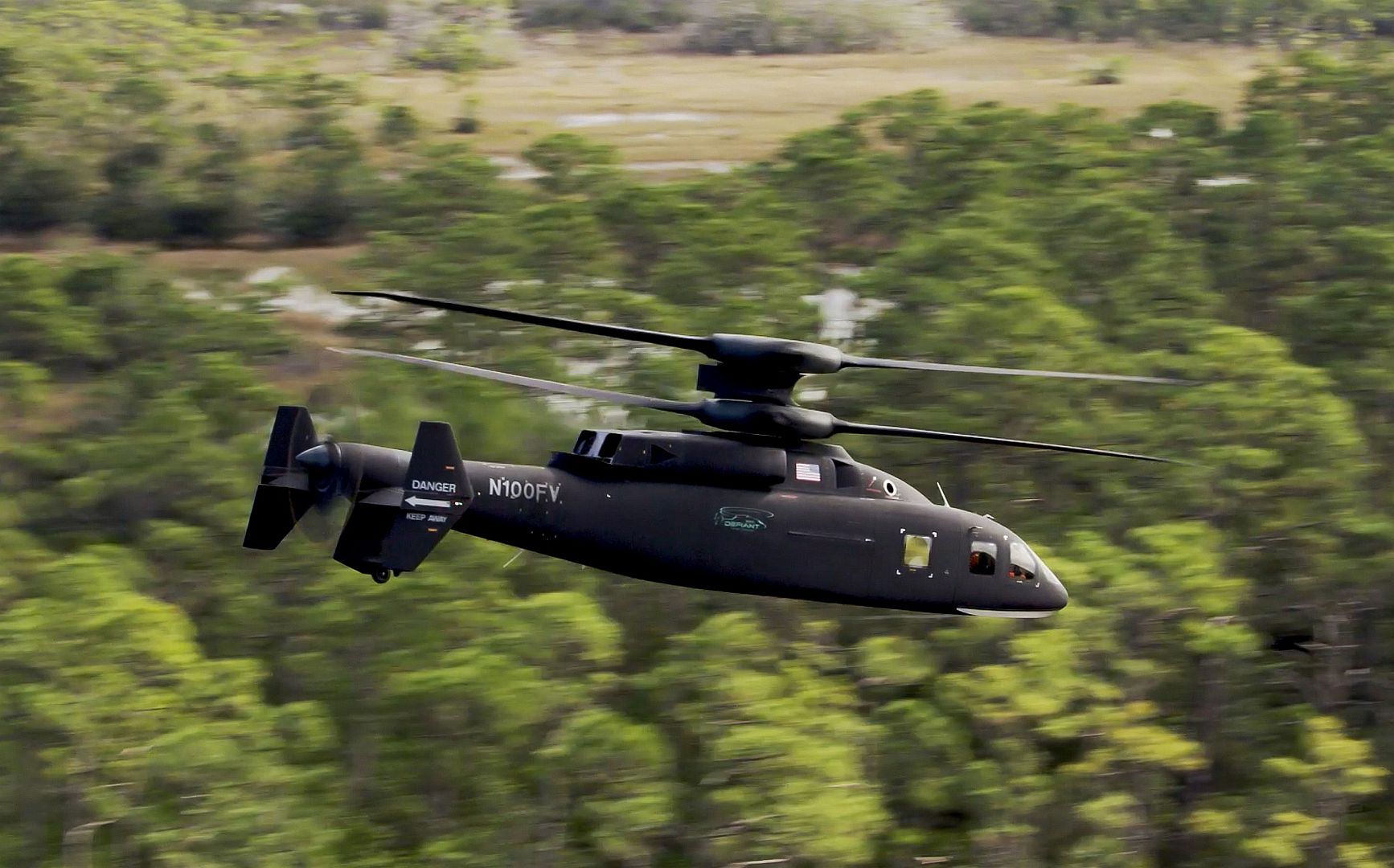
(Saint-Cloud, France, February 10, 2022) – In the presence of the French Minister of the Armed Forces, Florence Parly, and the Indonesian Minister of Defence, Prabowo Subianto, the Chairman and CEO of Dassault Aviation, Eric Trappier, and the Air Vice Marshal Yusuf Jauhari, Head of Defence Facilities Agency of the Indonesian Ministry of Defence, signed the contract for the acquisition by Indonesia of 42 latest-generation Rafale aircraft, at a ceremony held today in Jakarta.
The Rafale acquisition for the Tentara Nasional Indonesia Angkatan Udara (Indonesian National Army Air Force) includes a complete turnkey solution, with a comprehensive package that covers aircrew training, logistical support for several Indonesian air bases, and a training center with two full-mission simulators.
The Rafale’s unique “omnirole” capability will provide Indonesia with a tool for sovereignty and operational independence, reinforcing its role as a major regional power.
Indonesian industry will benefit from a substantial industrial return, not only in the aeronautical sector, but also in all the other major areas of cooperation relating to the broad portfolio of dual technologies mastered by Dassault Aviation and its industrial partners, Safran Aircraft Engines and Thales.
“It is a great honor for Dassault Aviation to see the Rafale join the highly prestigious Tentara Nasional Indonesia Angkatan Udara air force, and I would like to thank the Indonesian authorities for the trust they have placed in us. This contract marks the start of a long-term partnership that will see Dassault Aviation rapidly step up its presence in the country. It also demonstrates the strong bond between Indonesia and France and reinforces the position of the world’s largest archipelago as a key power on the international stage. I am confident that the Rafale will meet the operational needs of the Indonesian Air Force, actively contributing to the defence and sovereignty of the Republic of Indonesia”, said Eric Trappier on this occasion.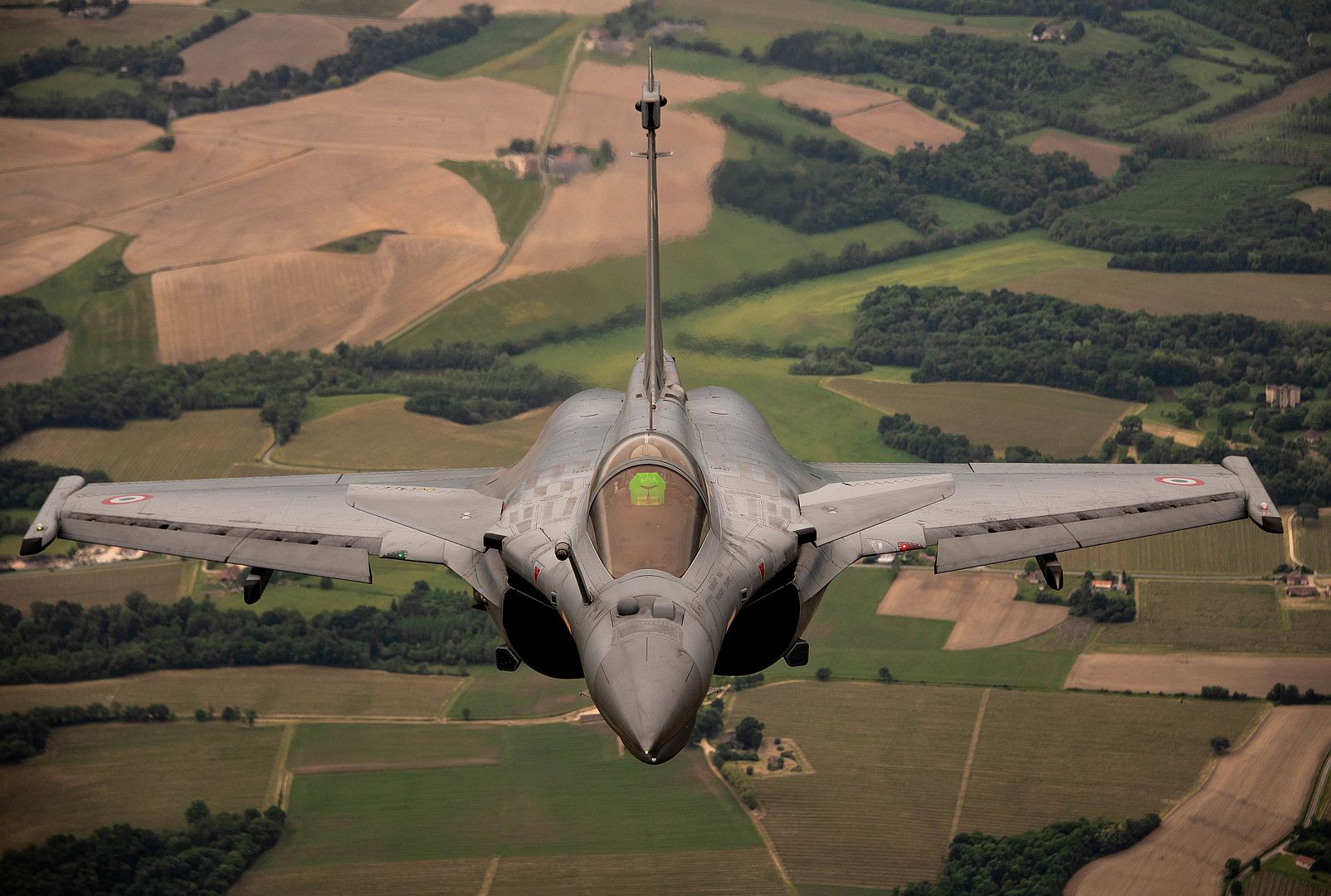
-
 Main AdminA Japanese ShinMaywa US-2 takes off from Andersen Air Force Base, Guam, during a take-off viewing day for exercise Cope North 22, Feb. 9, 2022. Service members, their families and civic leaders were invited to the flight line to learn the importance of Cope North while observing aircraft capabilities. Exercise Cope North is the U.S. Pacific Air Forces’ largest multilateral exercise and includes more than 2, 500 U.S. Airmen, Marines, and Sailors working alongside 1,000 combined Japan Air Self-Defense Force and Royal Australian Air Force counterparts. (U.S. Air Force Photo by Senior Airman Helena Owens)
Main AdminA Japanese ShinMaywa US-2 takes off from Andersen Air Force Base, Guam, during a take-off viewing day for exercise Cope North 22, Feb. 9, 2022. Service members, their families and civic leaders were invited to the flight line to learn the importance of Cope North while observing aircraft capabilities. Exercise Cope North is the U.S. Pacific Air Forces’ largest multilateral exercise and includes more than 2, 500 U.S. Airmen, Marines, and Sailors working alongside 1,000 combined Japan Air Self-Defense Force and Royal Australian Air Force counterparts. (U.S. Air Force Photo by Senior Airman Helena Owens)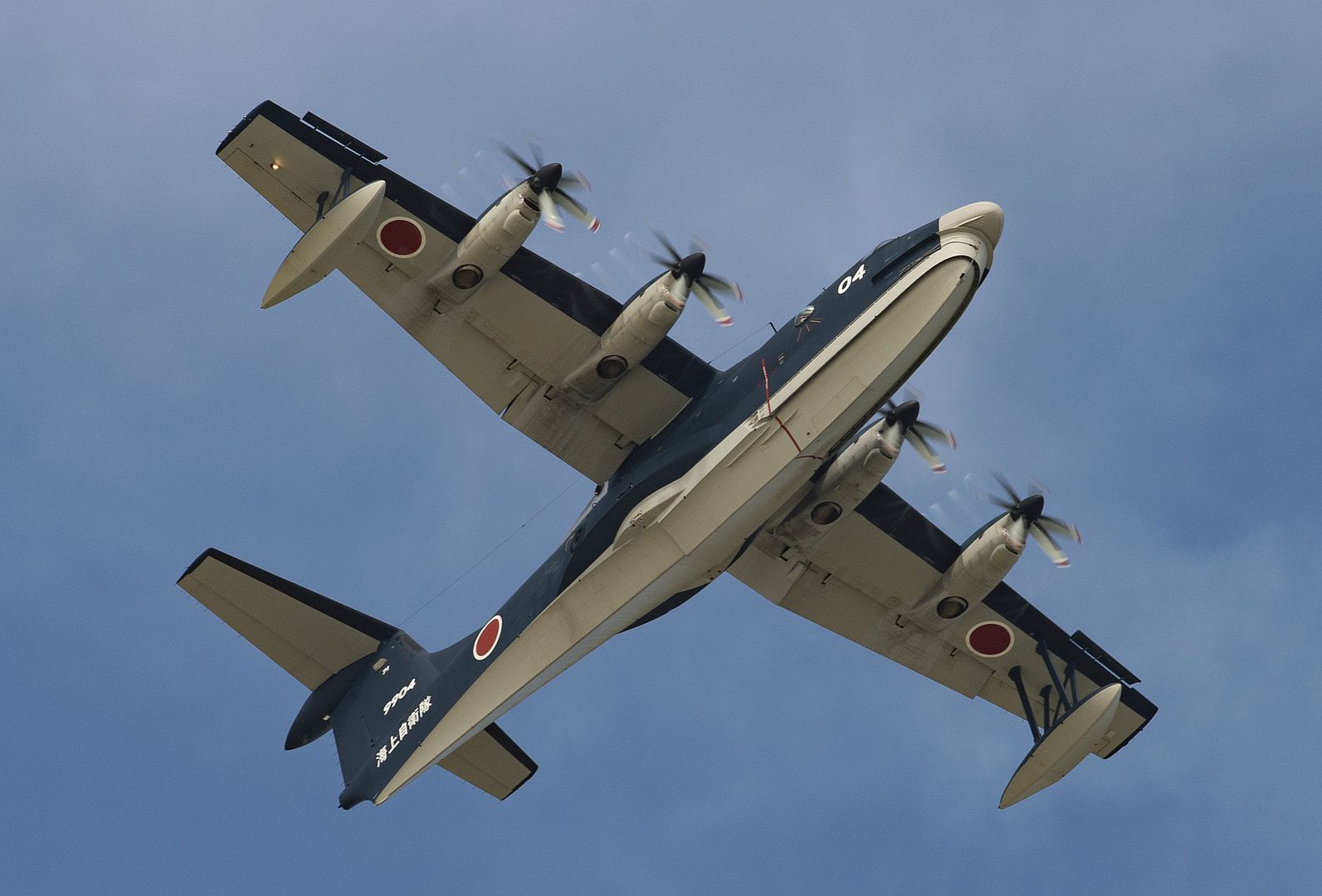
A Japan Air Self Defense Force F-15MJ Eagle takes off from Andersen Air Force Base, Guam, during a take-off viewing day for exercise Cope North 22, Feb. 9, 2022 Service members, their families and civic leaders were invited to the flight line to learn the importance of Cope North while observing aircraft capabilities. Exercise Cope North is the U.S. Pacific Air Forces’ largest multilateral exercise and includes more than 2, 500 U.S. Airmen, Marines, and Sailors working alongside 1,000 combined Japan Air Self-Defense Force and Royal Australian Air Force counterparts. (U.S. Air Force Photo by Senior Airman Helena Owens)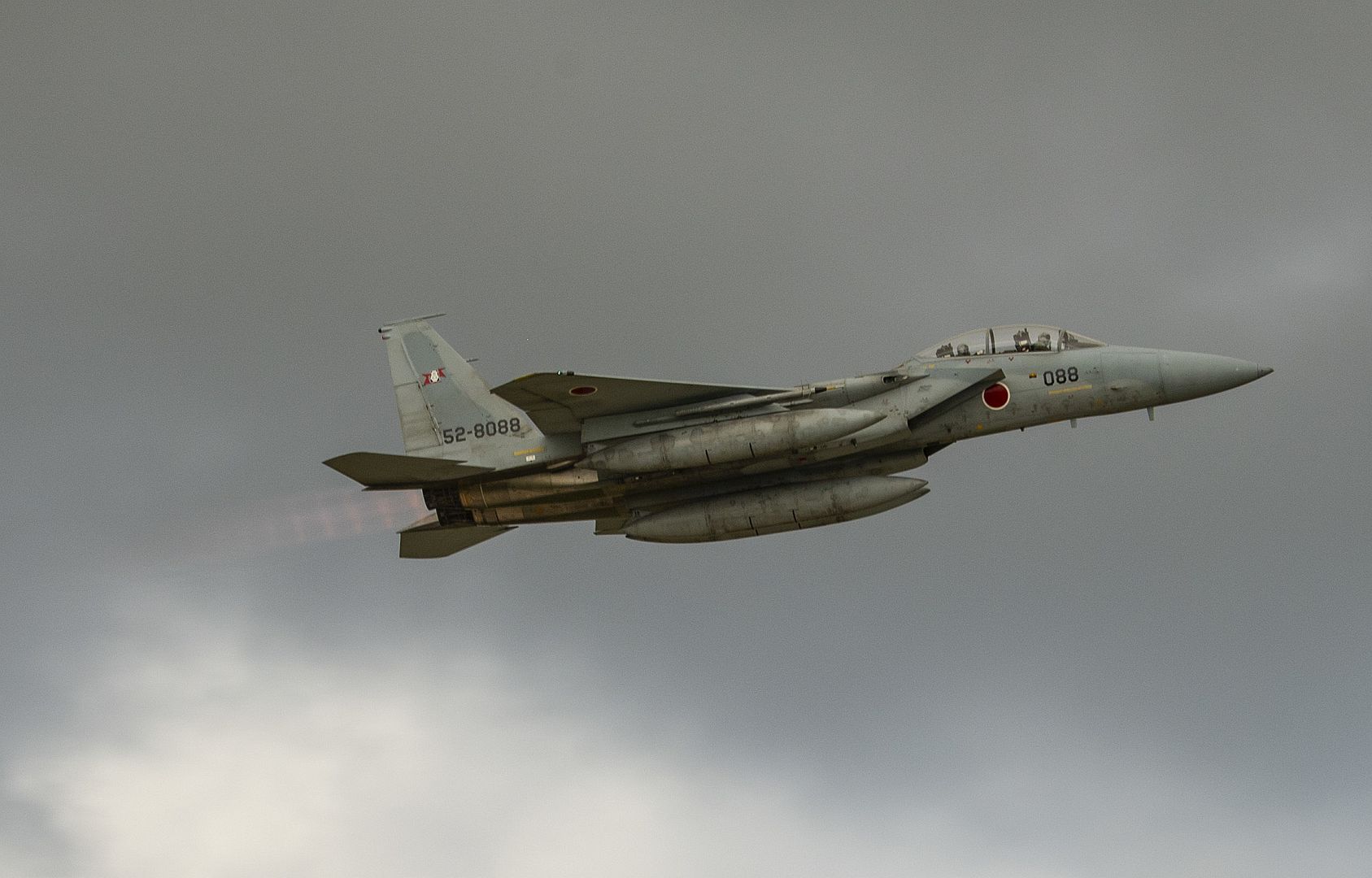
U.S. Air Force F-16 Fighting Falcons take off from Andersen Air Force Base, Guam, during a take-off viewing day for exercise Cope North 22, Feb. 9, 2022. Service members, their families and civic leaders were invited to the flight line to learn the importance of Cope North while observing aircraft capabilities. Exercise Cope North is the U.S. Pacific Air Forces’ largest multilateral exercise and includes more than 2, 500 U.S. Airmen, Marines, and Sailors working alongside 1,000 combined Japan Air Self-Defense Force and Royal Australian Air Force counterparts. (U.S. Air Force Photos by Senior Airman Helena Owens)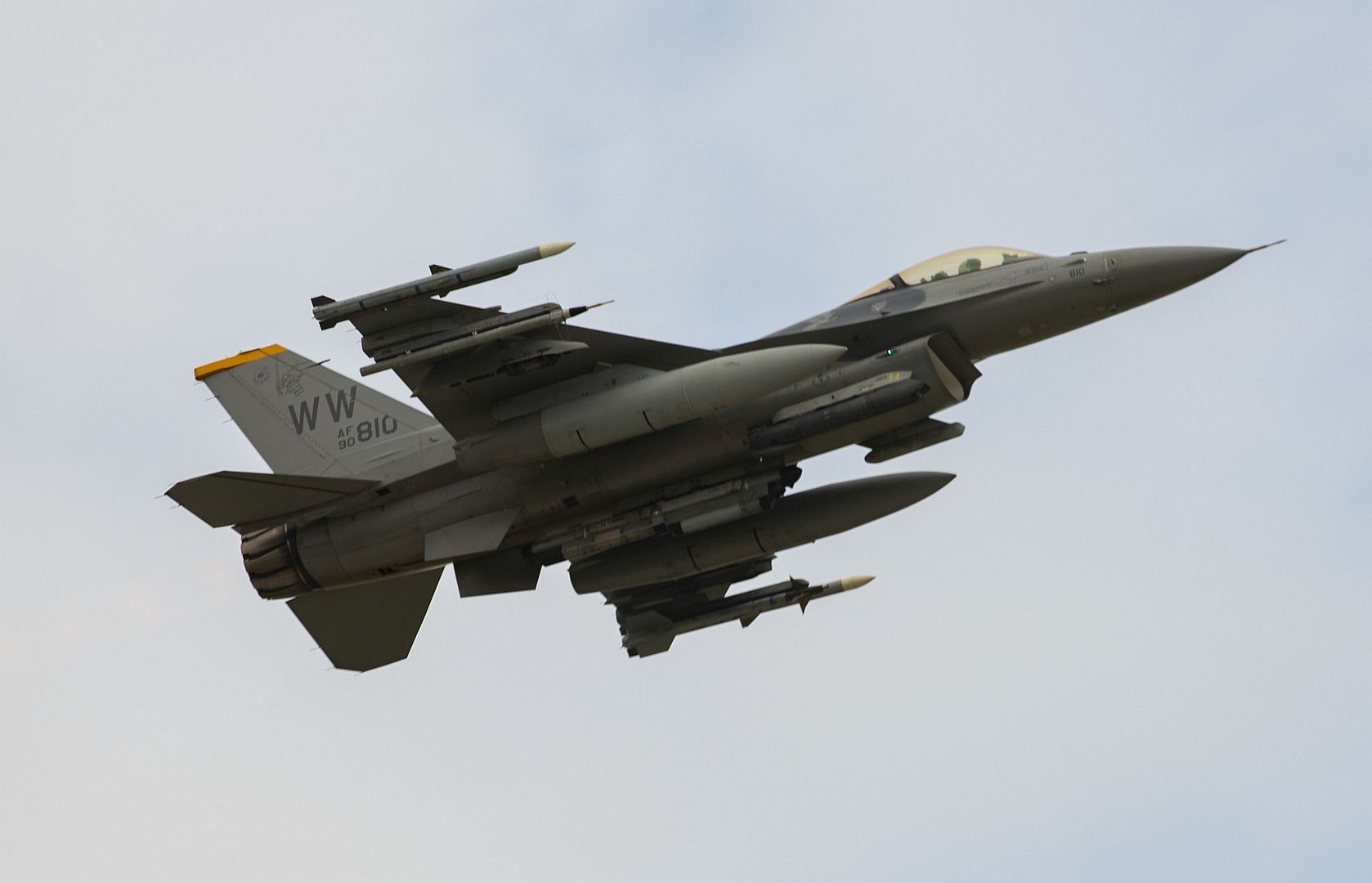
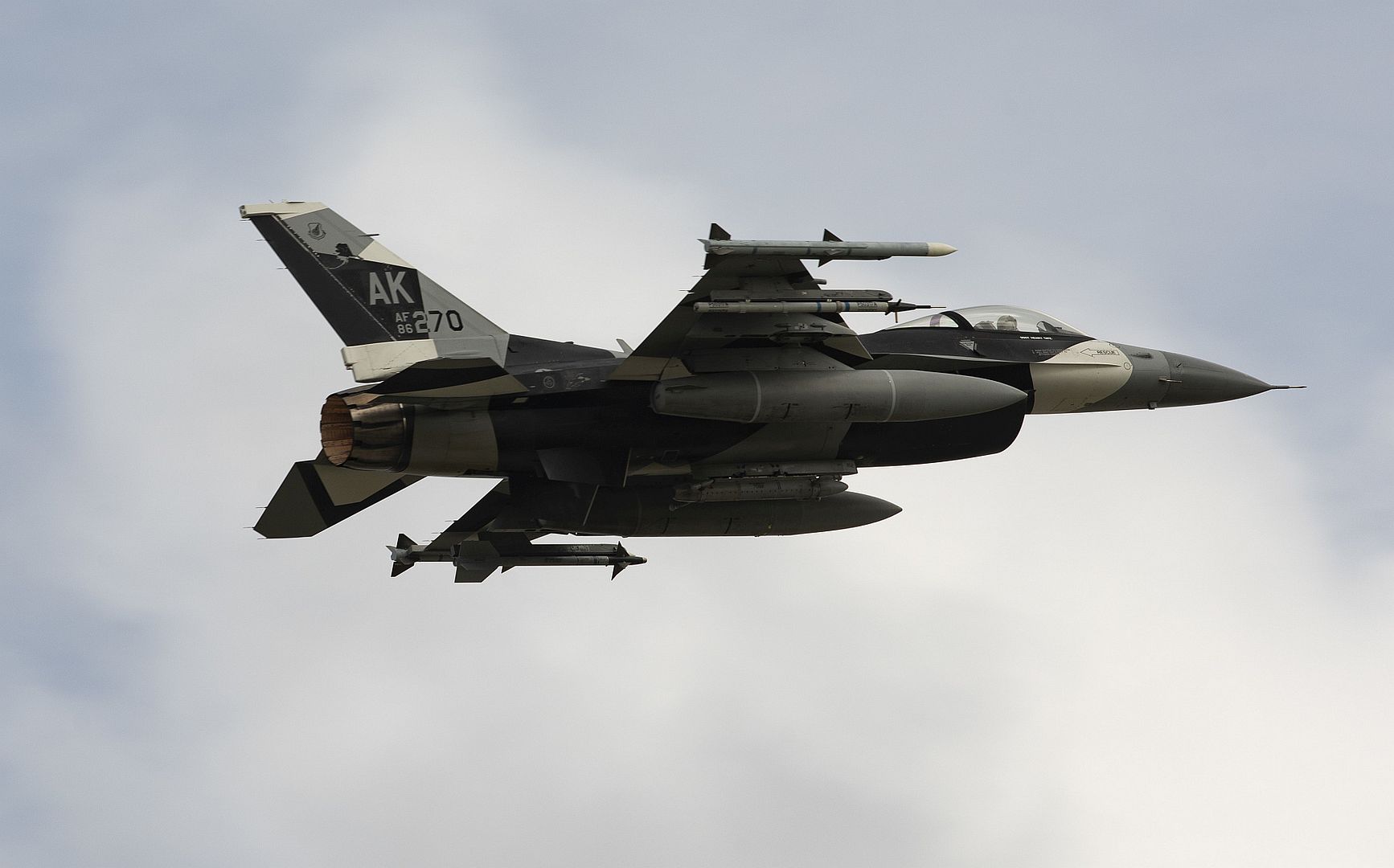
U.S. Air Force F-16 Fighting Falcons from the 480th Fighter Squadron, 52nd Fighter Wing, departed Spangdahlem Air Base, Germany, Feb. 11, to enhance NATO’s Air Policing mission and integrate with allies and partners in the Black Sea region. The fighter aircraft, personnel and support equipment will operate from Fetesti Air Base, Romania. The enhanced Air Policing mission demonstrates NATO's solidarity, collective resolve, and its ability to adapt and scale its defensive missions and deterrence posture in response to an evolving security situation. (U.S. Air Force photo by Tech. Sgt. Maeson L. Elleman)
A F-16 Fighting Falcon assigned to the 148th Fighter Wing, Minnesota Air National is parked at sunset at Nellis Air Force Base, Nevada on February 9, 2022, while participating in Red Flag 22-1. Red Flag allows participants to conduct a variety of scenarios, including defensive counter air, offensive air suppression of enemy air defenses and offensive counter air-air interdiction. (U.S. Air National Guard photo by SMSgt Glen Flanagan)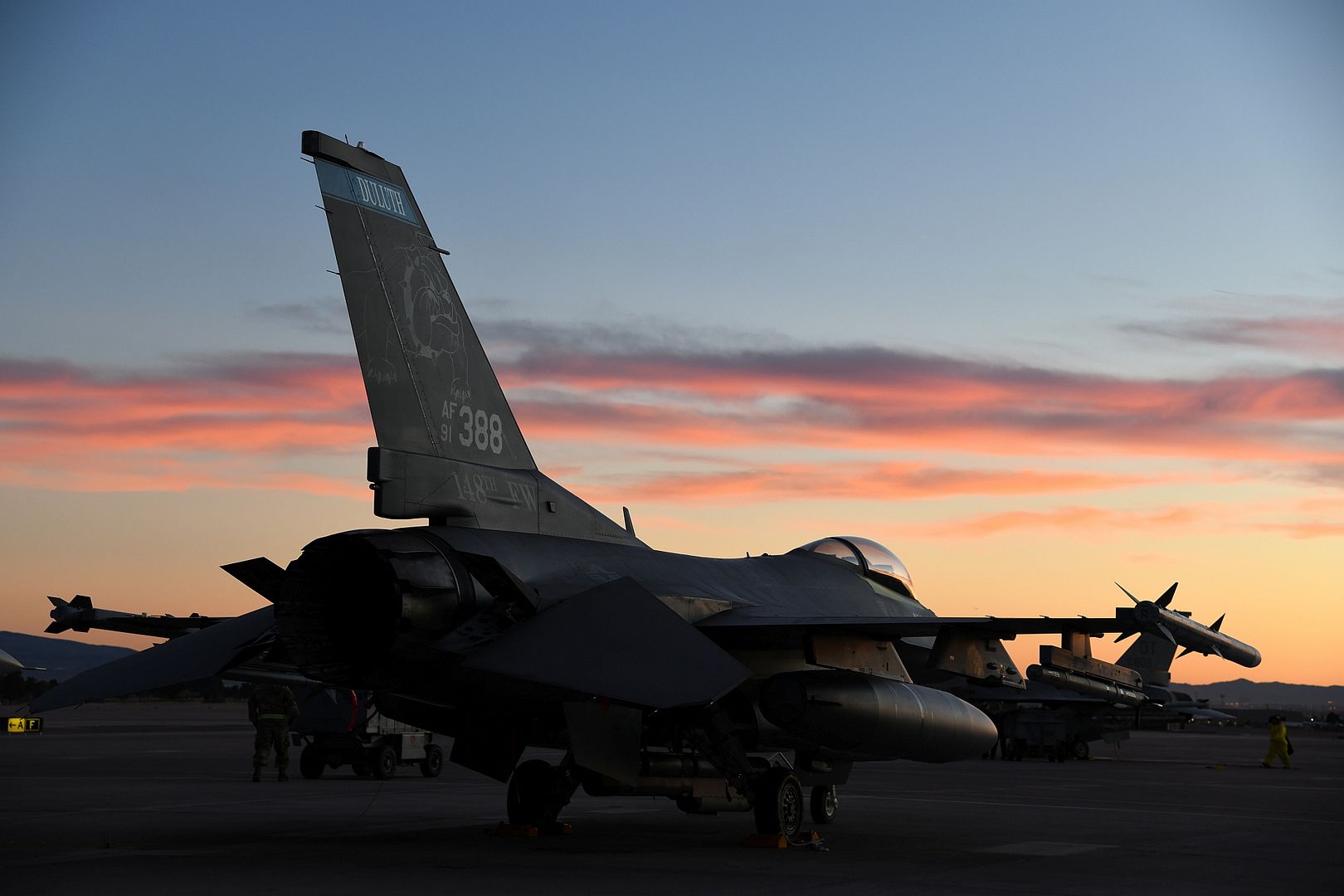
E-8C Joint STARS aircraft 92-3289 departs one last time from Robins Air Force Base, Georgia, Feb. 11, 2022. The aircraft has been in military service since 1996 and will retire to its final resting place with the 309th Aerospace Maintenance and Regeneration Group at Davis-Monthan Air Force Base, Arizona. (U.S. Air National Guard photo by Tech. Sgt. Jeff Rice)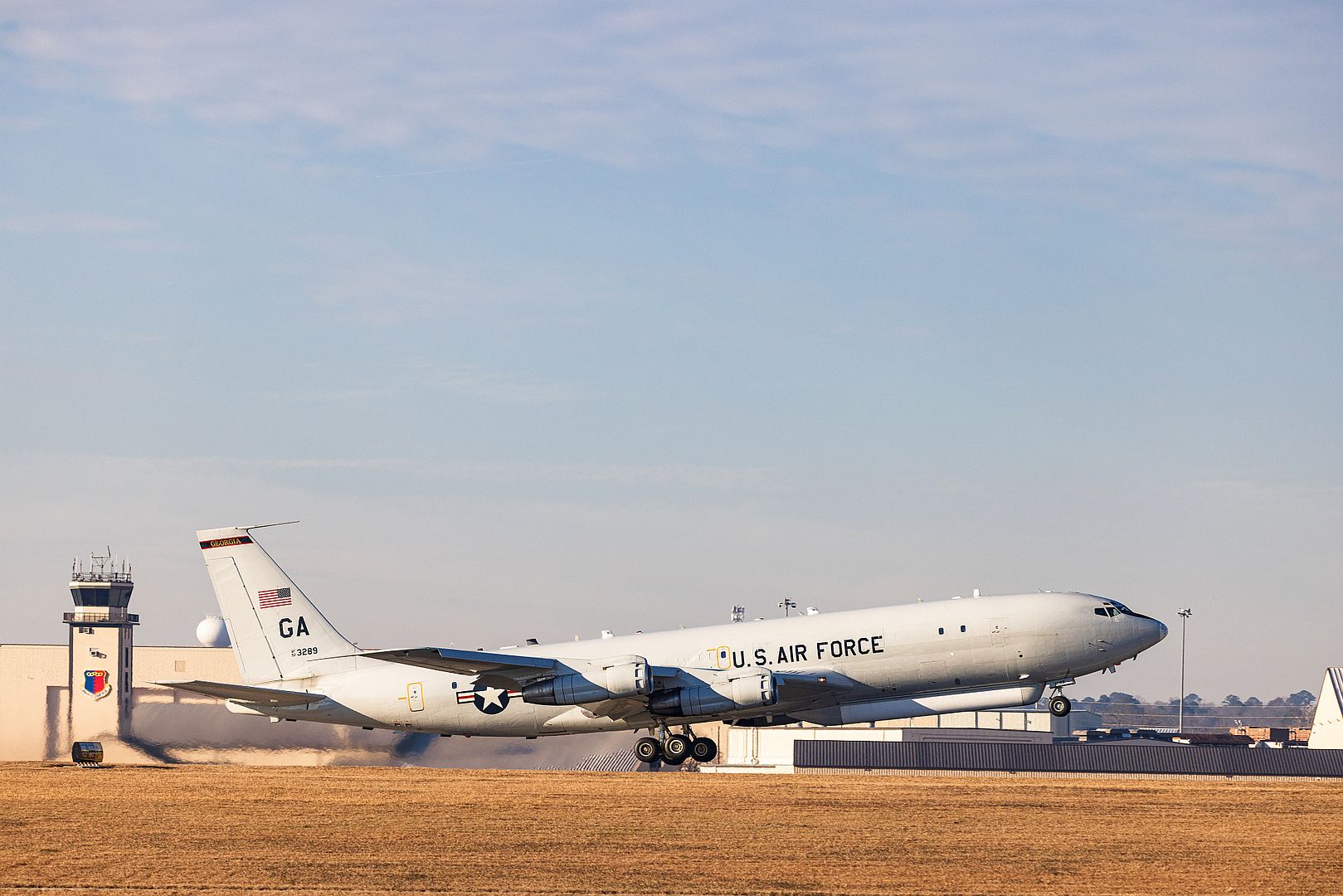
11 Feb 2022.
RAF Fighter Jets joined United States Air Force B-52s as they arrived in the UK ahead of a busy schedule of training missions with the European Command and US Strategic Command.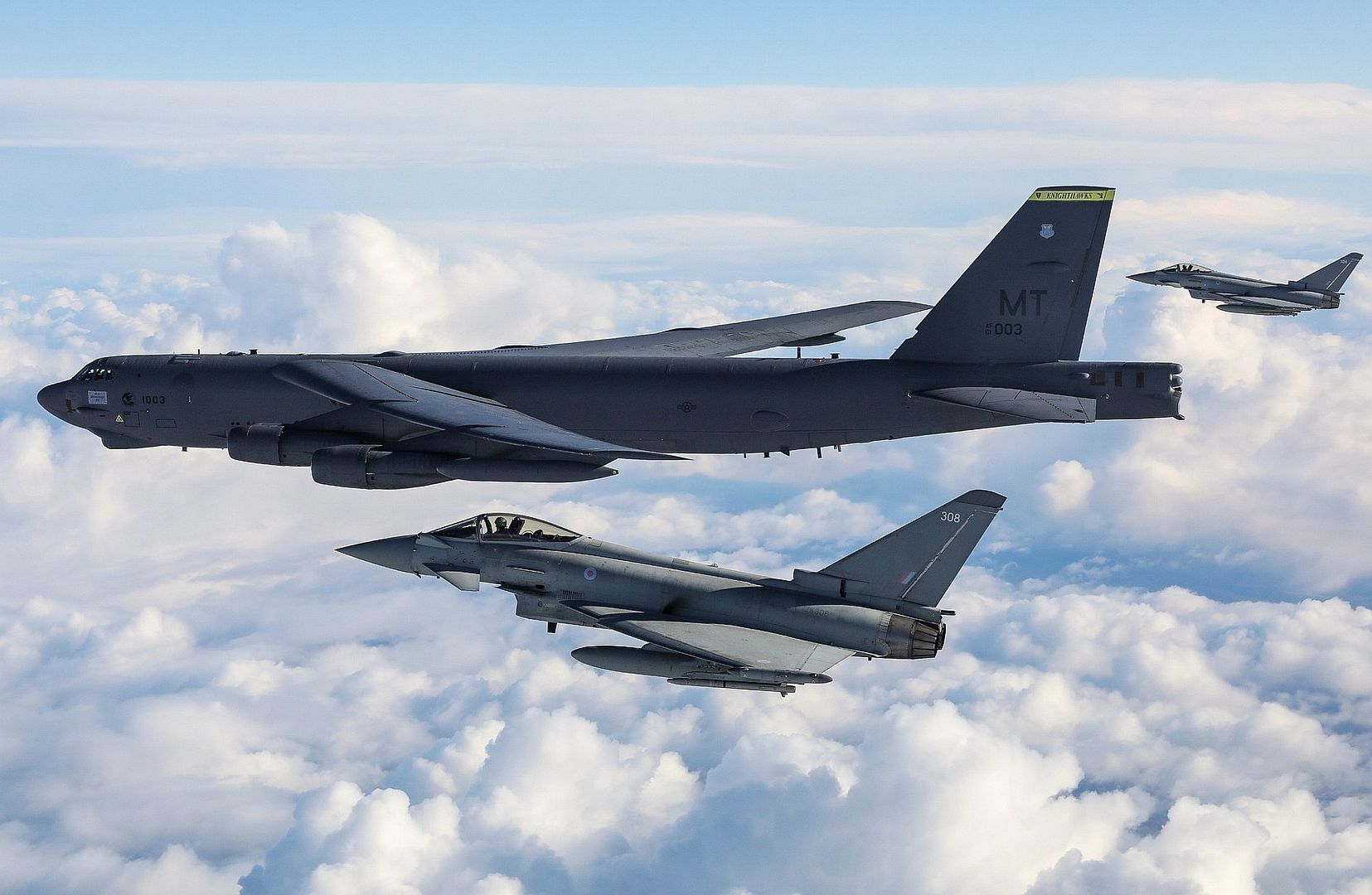
The strategic bombers, support equipment, and personnel from the 69th Bomber Squadron have arrived at RAF Fairford after a transatlantic flight from Minot Air Force Base, N.D, in the latest iteration of the regular Bomber Task Force Missions.
Taking place since 2018, what the Bomber Task Force deployments provide is the opportunity for the RAF to continuously improve interoperability with the United States Air Force, as well as offer RAF pilots valuable training experience with near-peer capabilities.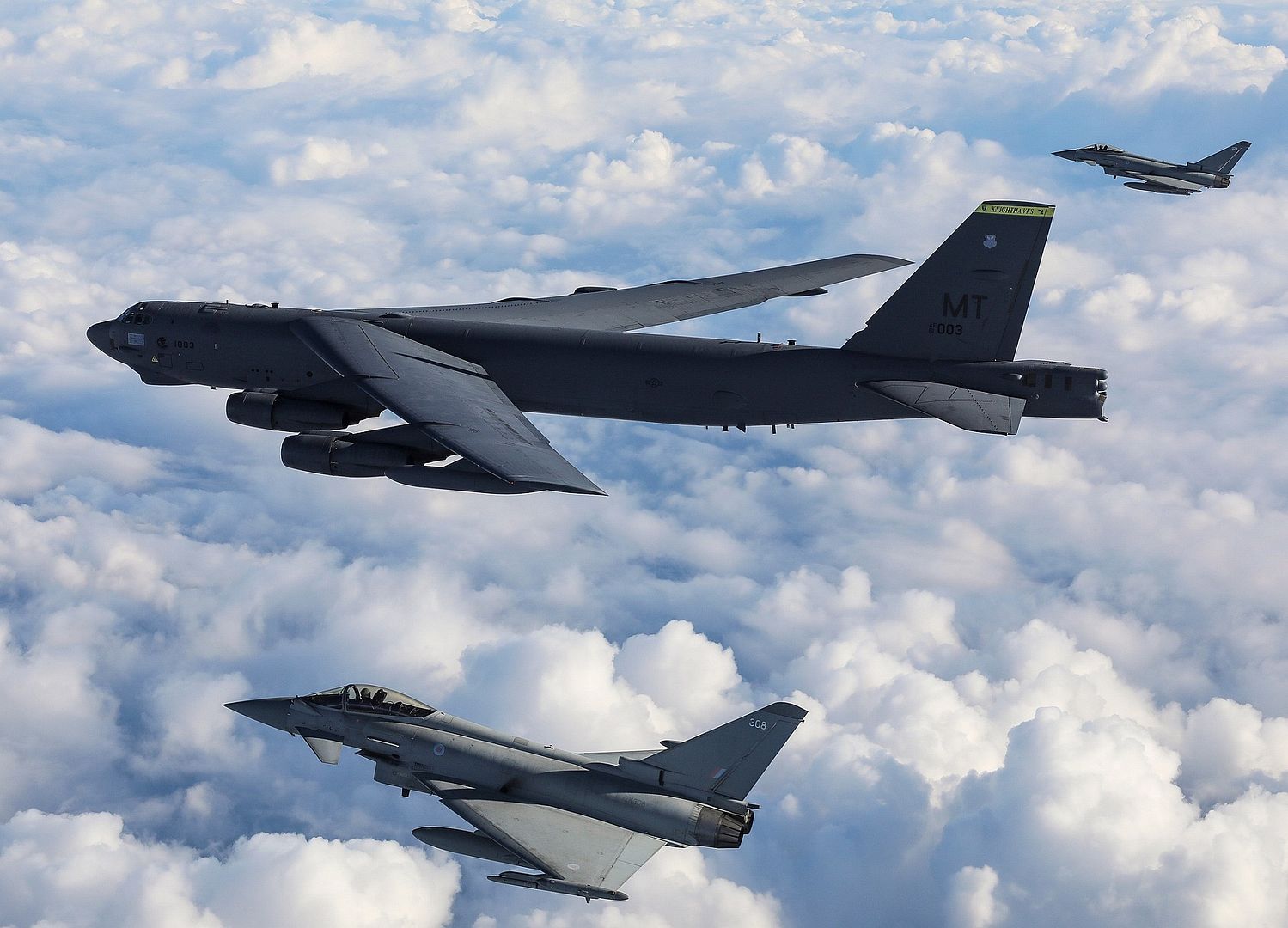
Throughout their deployment, the United States Air Force aircraft will be based at RAF Fairford providing an ideal staging location for further integration with NATO allies. The protection of the UK Homeland through Quick Reaction Alert is just one example of national defence that is woven into maintaining regional, collective defence through this close partnership with NATO allies.
"The RAF has a long, proud history of working alongside the United States Air Force that continues to see shared training, exchange tours and close operational partnerships to this day. This close friendship was celebrated recently with a joint UK/US flypast celebrating 80 years of collaboration with one of US Bomber Command’s oldest units, the 8th Air Force. The Bomber Task Force missions allow UK/US to challenge each other toward continuous growth and development as part of NATO and supporting the NATO Air Policing mission. The joint missions reinforce the commitment of both nations to NATO and collective defence, the most recent sortie providing a demonstration of the critical ability for a timely and coordinated response to defending the Euro-Atlantic area and, if required, the ability to reach forward locations."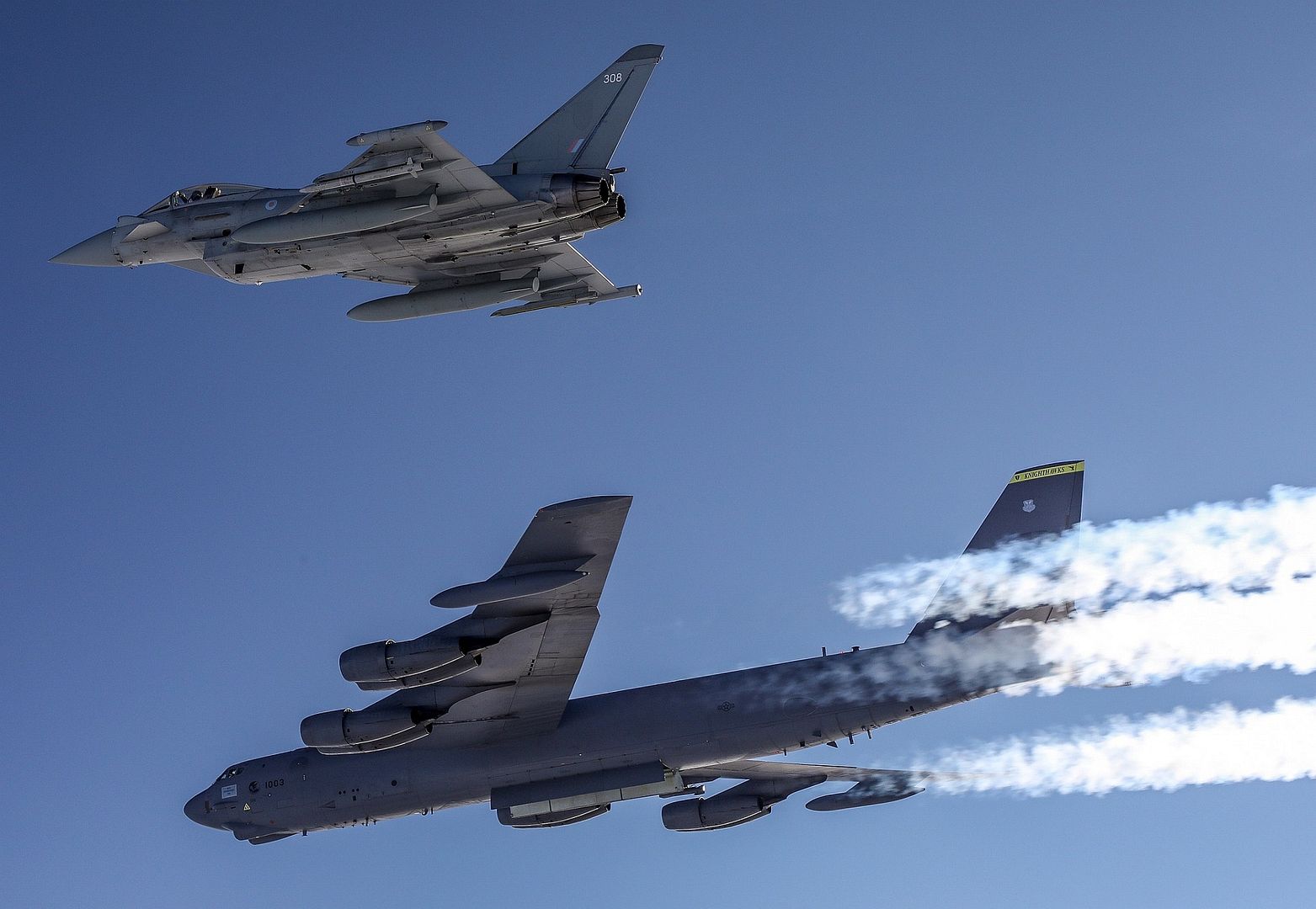
Air Vice-Marshal Robinson
Air Officer Commanding 11 Group
En route the US Bombers integrated with UK Joint Terminal Attack Controllers at both Tain in the North of Scotland and RAF Holbeach Air Weapons Range in the East of England, conducting bilateral Close Air Support training. The mission focused on enhancing readiness and interoperability for the controllers responsible for coordinating airstrikes to support ground forces.
(Photos courtesy of the RAF)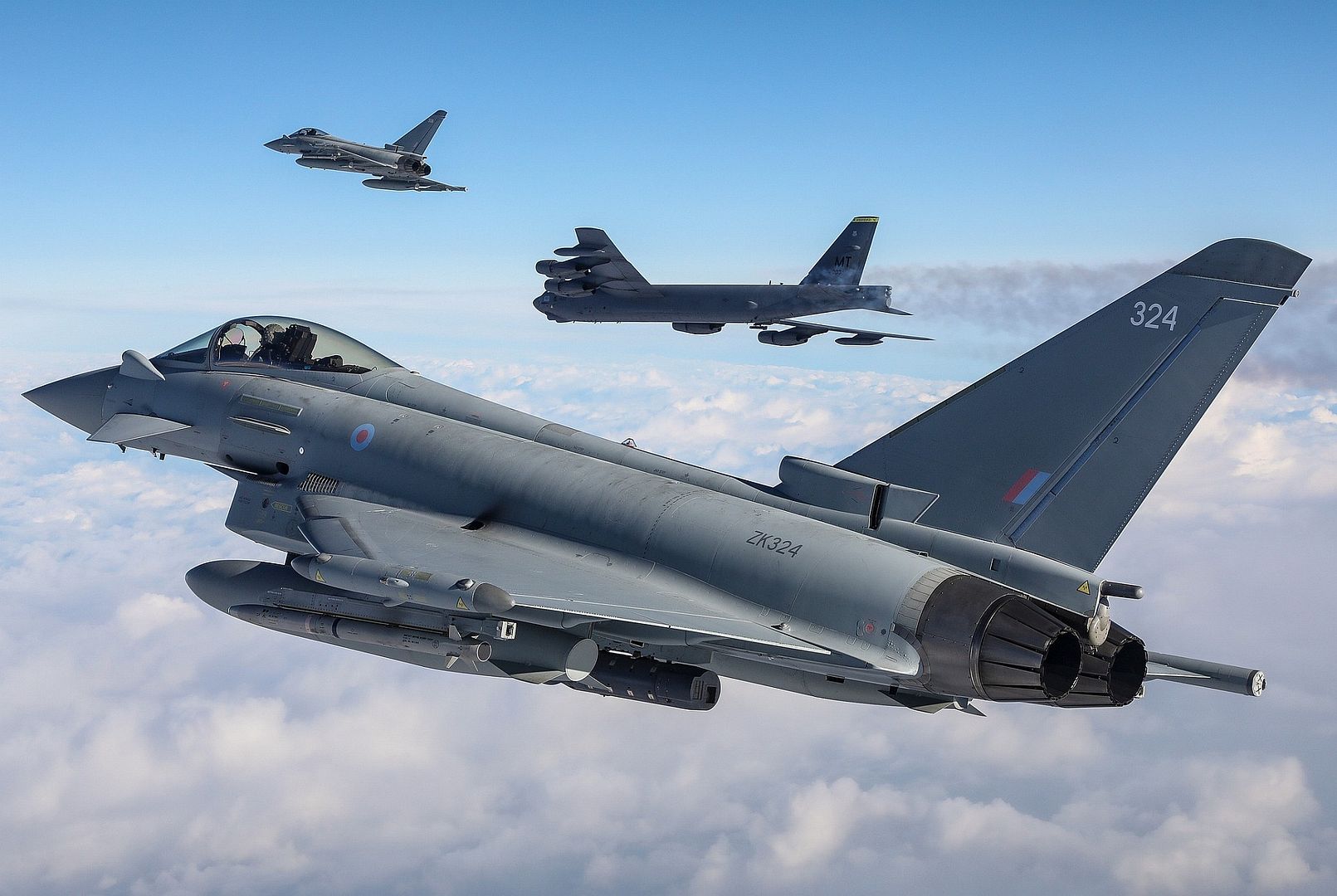
-
 Main AdminJOINT BASE LANGLEY-EUSTIS, Va. (AFNS) --
Main AdminJOINT BASE LANGLEY-EUSTIS, Va. (AFNS) --
The Air Force reached initial operating capability on its latest infrared search and track pod integrated on the F-15C Eagle, Jan. 21.
The IRST pod, known as the Legion Pod, is a sensor that uses the infrared spectrum to help pilots to track and engage enemy aircraft in environments, where traditional radar technology is denied. The pod also provides a way of monitoring enemy aircraft from extended ranges that normally go undetected, boosting the effectiveness of the F-15C and its ability to dominate the battlespace..jpg?width=1920&height=1080&fit=bounds)
“In today’s warfighting environment, not only do we have the capability and technology to jam and counter radar, but our enemies do too,” said Maj. Daniel Hermanski, Air Combat Command’s F-15 requirements branch chief. “This pod is the next step for countering jamming technology and allowing our warfighters to fight and track the enemy in contested environments.”
According to Lockheed Martin, the Legion Pod can accommodate additional sensors within its structure, making the task of integrating new capabilities possible with minimal aircraft modifications. The versatility and adaptability of the pod design provides for integration on other fighter aircraft such as the F-16 Fighting Falcon and F-15EX.
“It’s a game-changer,” said Todd Mathes, ACC’s F-15C program element monitor. “The capabilities this pod provides are critical to the way we provide combat power and keeps us at the leading edge of the fight.”.jpg?width=1920&height=1080&fit=bounds)
As the lead major command for all fighters, ACC is responsible for equipping the fighter force regardless of whether they own the unit operationally. Reaching IOC on this pod is an example of ACC’s continued collaboration with fighter units across the Air Force and the test and evaluation squadrons at Eglin Air Force Base, Florida, and Nellis AFB, Nevada.
“We work closely with our Air Force and industry partners to identify and eliminate gaps in our capabilities, which our enemies would attempt to exploit,” Mathes said. “This allows us to field and test new technologies to determine the best fit to give us an edge in battlefield decision making.”
The Legion Pod is projected to reach full operational capability later this year as the remaining contracted pods are delivered to tactical F-15C squadrons..jpg?width=1920&height=1080&fit=bounds)
U.S. Air Force F-22 Raptors arrive at Al Dhafra Air Base, United Arab Emirates, Feb. 12, 2022. The aircraft were rapidly deployed on order from the U.S. Secretary of Defense in coordination with the Abu Dhabi Crown Prince and will join a range of joint, coalition, and allied and partner combat airpower capabilities already based across the region. (U.S. Air Force photo by Master Sgt. Daniel Heaton)
NAVAL AIR STATION LEMOORE, Calif. (12 Feb., 2022) -- F-35C Lightning IIs assigned to the "Argonauts" of Strike Fighter Squadron (VFA) 147 is welcomed home by family. VFA-147, as part of Carl Vinson Carrier Strike Group and Carrier Air Wing 2, returned to Naval Air Station Lemoore, California, Feb. 12, 2022, following an eight-month deployment to U.S. 3rd and 7th Fleet areas of operations. The Carl Vinson CSG is the first carrier strike group to deploy with a combination of fourth and fifth-generation platforms within Carrier Air Wing (CVW) 2 that predominantly represent the “Airwing of the Future”, including the F-35C Lightning IIs of VFA-147 and the CMV-22B Ospreys of Fleet Logistics Multi-Mission Squadron (VRM) 30. (U.S. Navy photo by Mass Communication Specialist 1st Class Emiline L. M. Senn)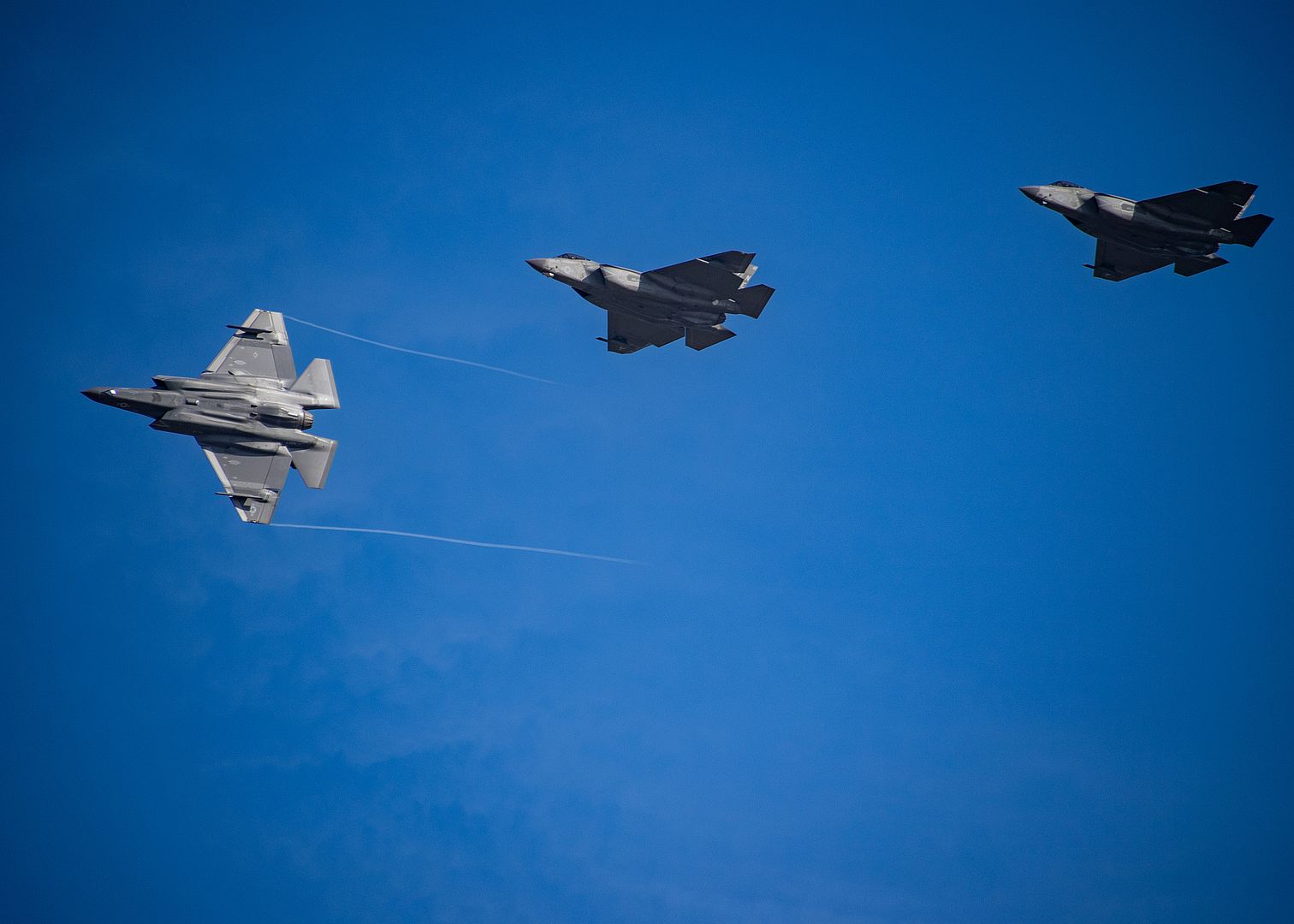
A U.S. Air Force KC-10 Extender, deployed to Al Dhafra Air Base, United Arab Emirates refuels a B-52H Stratofortress, above the U.S. Central Command area of responsibility during a presence patrol mission, Feb. 14, 2022. This presence patrol mission originated outside the CENTCOM AOR and displays U.S. capability to deliver combat airpower across multiple combatant commands. (U.S. Air Force photo by Senior Airman Daniel Hernandez)
Singapore, 14 February 2022 – Global full-service aircraft lessor Aviation Capital Group (ACG), wholly owned by Tokyo Century Corporation, has signed a firm contract for 20 A220s following its order for 40 A320neo Family aircraft including five A321XLRs announced in December 2021.”
We are delighted to expand our partnership with Airbus through this A220 order”, said Steven C. Udvar-Hazy, Senior Vice President, OEM Relations & Market Development at ACG. “Our airline customers will appreciate the A220’s environmental friendliness, passenger comfort, and competitive operating economics.”
“This order for 20 A220s from Tokyo Century’s Aviation Capital Group reflects the potential of the aircraft as a sound investment, including for investors based in the Asia Pacific region”, said Christian Scherer, Chief Commercial Officer and Head of Airbus International. “We thank and congratulate our partners at ACG. With fuel and emissions efficiency ever more a discriminating investment choice, the A220 really stands out. Equally gratifying is the market feedback that the A220’s cabin is becoming the passengers’ darling in the regional and small single-aisle segments.”
The A220 is the only aircraft purpose-built for the 100-150 seat market and brings together state-of-the-art aerodynamics, advanced materials and Pratt & Whitney’s latest-generation PW1500G geared turbofan engines. Featuring a 50% reduced noise footprint and up to 25% lower fuel burn per seat compared to previous generation aircraft, as well as around 50% lower NOx emissions than industry standards, the A220 is a great aircraft for regional as well as long distance routes operations. The latest agreement lifts the total number of firm orders for the A220 above 700.
With this order ACG is supporting the recently launched multi-million dollar ESG fund initiative by Airbus that will contribute towards investment into sustainable aviation development projects.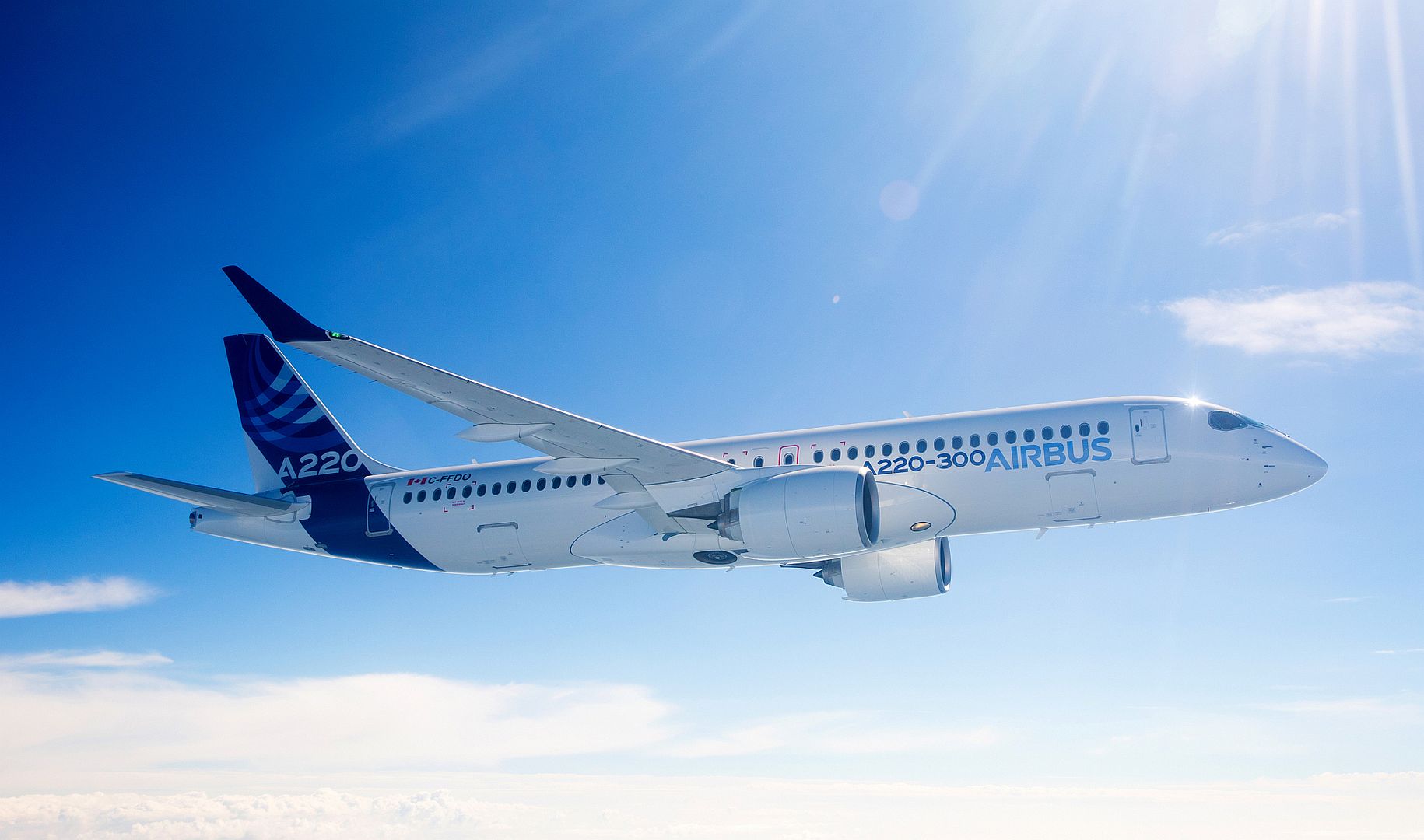
-
 Main AdminU.S. Air Force crew chief Senior Airman Garret Brown gives an all-clear signal to the crew of a KC-10 Extender as the aircraft taxies prior to the aircraft’s launch from Al Dhafra Air Base, United Arab Emirates, Feb. 14, 2022. The KC-10 provides air-to-air refueling capability to U.S. and coalition forces in the U.S. Central Command Area of Responsibility. (U.S. Air Force photo by Master Sgt. Dan Heaton)
Main AdminU.S. Air Force crew chief Senior Airman Garret Brown gives an all-clear signal to the crew of a KC-10 Extender as the aircraft taxies prior to the aircraft’s launch from Al Dhafra Air Base, United Arab Emirates, Feb. 14, 2022. The KC-10 provides air-to-air refueling capability to U.S. and coalition forces in the U.S. Central Command Area of Responsibility. (U.S. Air Force photo by Master Sgt. Dan Heaton)
PACIFIC OCEAN (Feb. 14, 2022) An AV-8B Harrier attached to Marine Attack Squadron (VMA) 214, 11th Marine Expeditionary Unit (MEU), idles on the flight deck of Wasp-class amphibious assault ship USS Essex (LHD 2), during flight operations, Feb. 14, 2022. Essex, flagship of the Essex Amphibious Ready Group (ARG), along with the 11th MEU is operating in the U.S. 7th Fleet area of operations to enhance interoperability with alliances and partners and serve as a ready response force to ensure maritime security and a free and open Indo-Pacific region. (U.S. Navy photo by Mass Communication Specialist 2nd Class Wesley Richardson)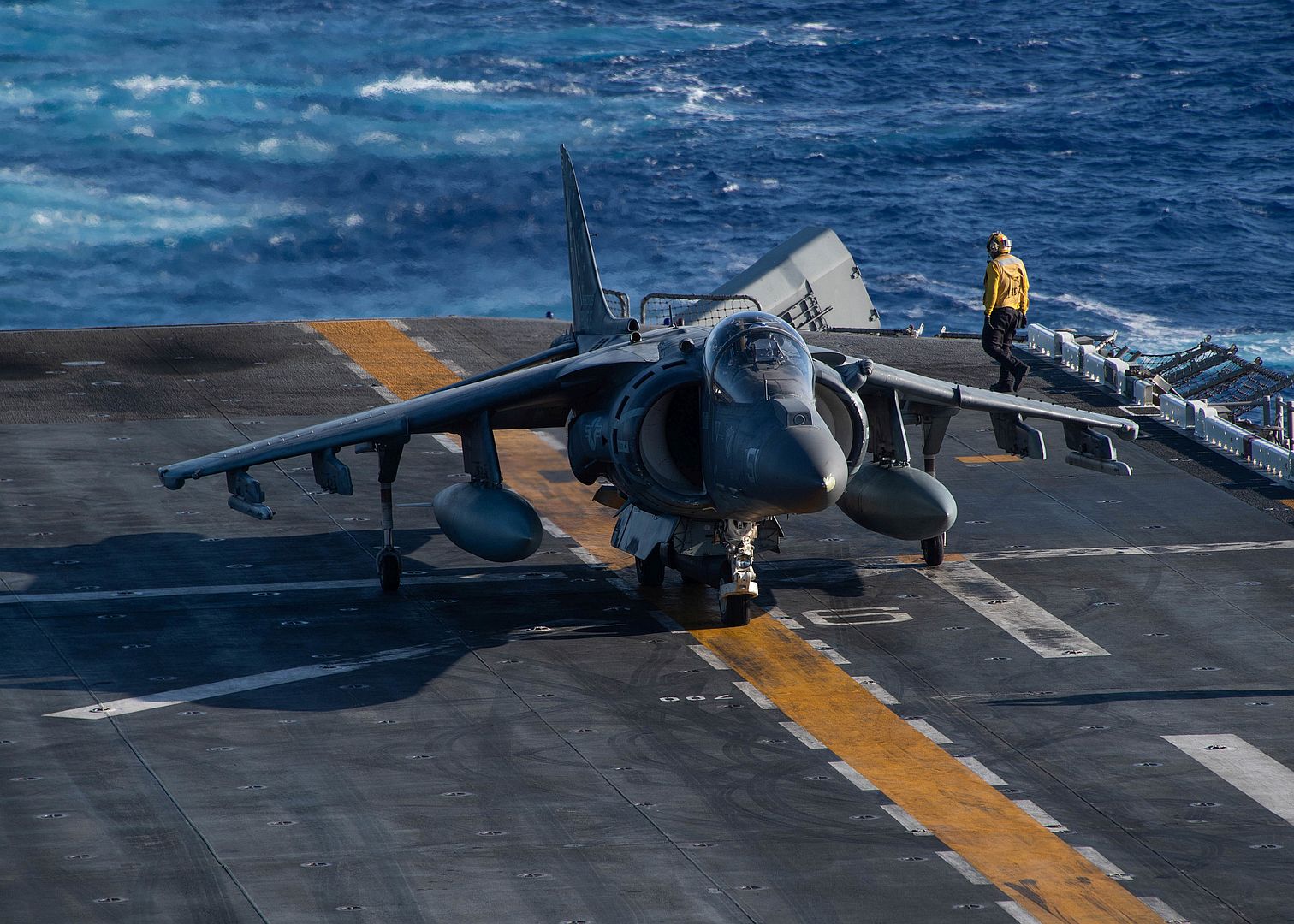
PHILIPPINE SEA (Feb. 15, 2022) An F/A-18F Super Hornet, assigned to the "Black Aces" of Strike Fighter Squadron (VFA) 41, prepares to make an arrested landing on the flight deck of the Nimitz-class aircraft carrier USS Abraham Lincoln (CVN 72) in support of Jungle Warfare Exercise 22 (JWX 22) across Okinawa, Japan. JWX 22 is a large-scale field training exercise focused on leveraging the integrated capabilities of joint and allied partners to strengthen all-domain awareness, maneuver, and fires across a distributed maritime environment. (U.S. Navy photo by Mass Communication Specialist 3rd Class Michael Singley)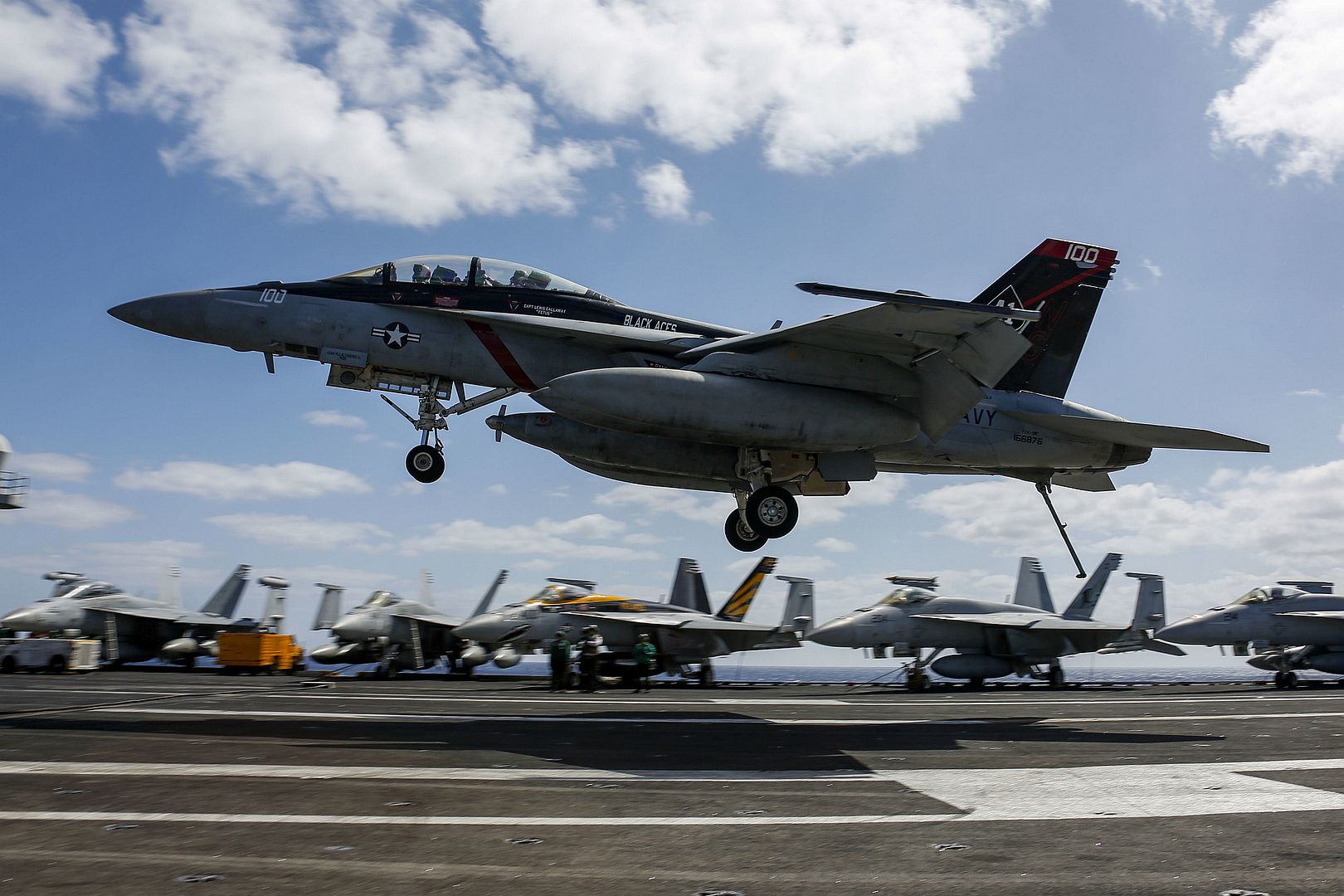
PHILIPPINE SEA (Feb. 15, 2022) An F/A-18F Super Hornet, assigned to the "Black Aces" of Strike Fighter Squadron (VFA) 41, prepares to make an arrested landing on the flight deck of the Nimitz-class aircraft carrier USS Abraham Lincoln (CVN 72) in support of Jungle Warfare Exercise 22 (JWX 22) across Okinawa, Japan. JWX 22 is a large-scale field training exercise focused on leveraging the integrated capabilities of joint and allied partners to strengthen all-domain awareness, maneuver, and fires across a distributed maritime environment. (U.S. Navy photo by Mass Communication Specialist 3rd Class Michael Singley)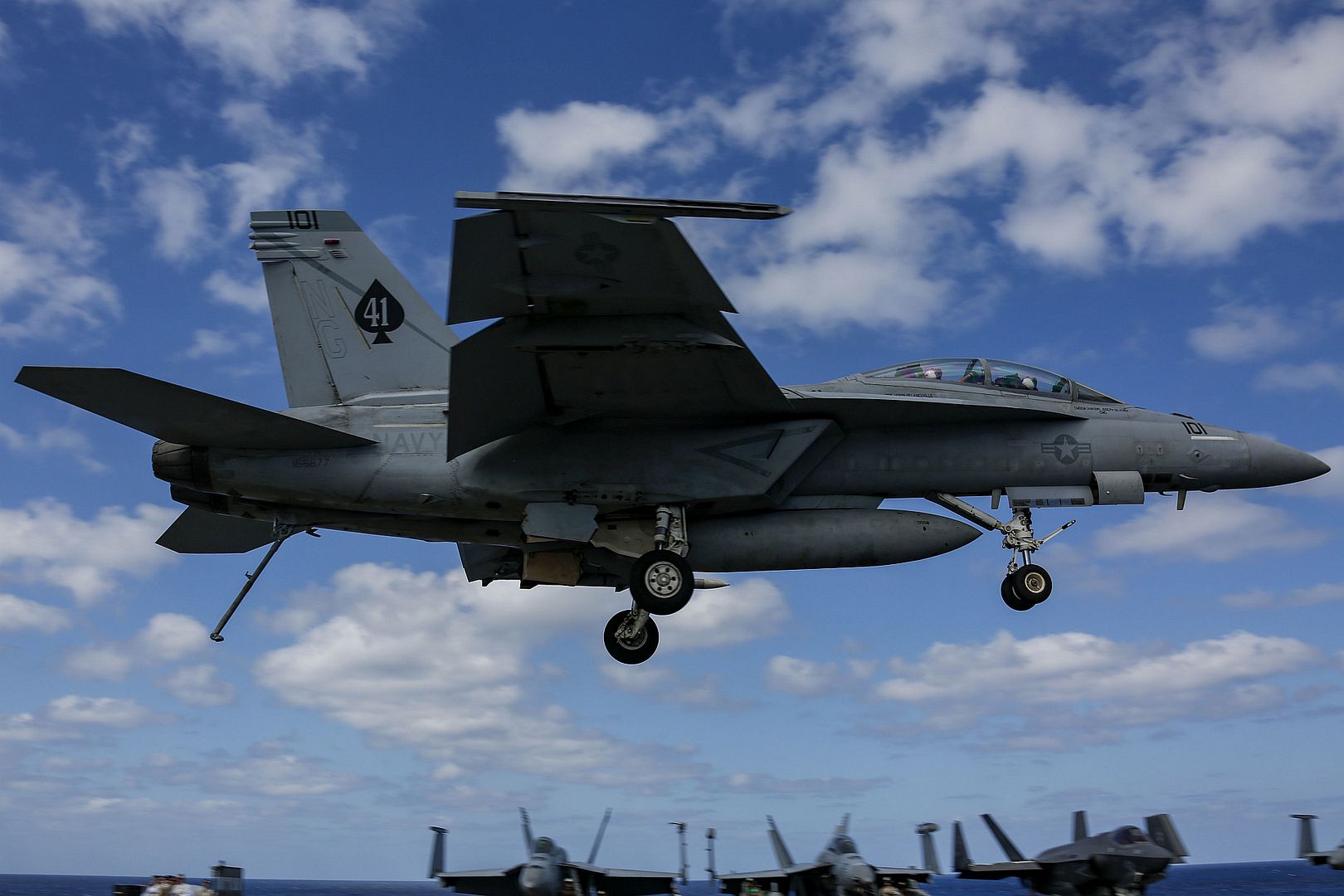
Members of the German air force perform pre-flight checks after refueling a Tornado fighter jet on the flightline of Spangdahlem Air Base, Germany, on Feb. 10, 2022. The Tornado crew came to Spangdahlem Air Base in order to retrieve equipment and refuel before traveling to Nellis Air Force Base, Nevada, to participate alongside American and international partners for the annual Red Flag exercise. (U.S. Air Force photos by Tech. Sgt. Maeson L. Elleman)
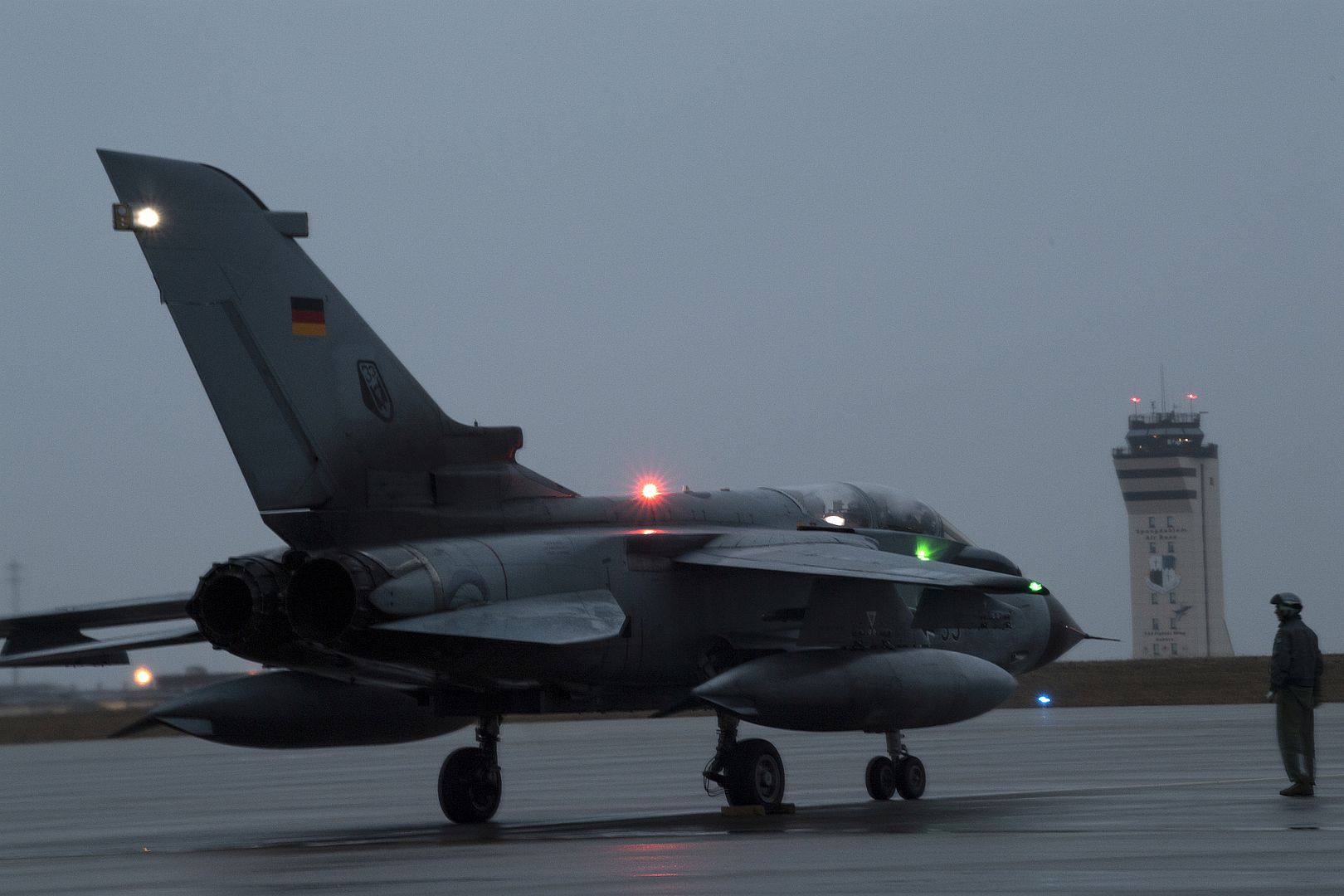
SEOUL, South Korea, Feb. 15, 2022 /PRNewswire/ -- Boeing [NYSE: BA] has received three performance based logistics (PBL) contracts from the Republic of Korea's Defense Acquisition Program Administration (DAPA) to manage sustainment of Republic of Korea Air Force (ROKAF) F-15K fighter jets and Airborne Early Warning & Control (AEW&C) aircraft, and Republic of Korea Army (ROKA) CH-47 Chinook helicopters. The five-year contracts will improve aircraft availability by using performance data to inform logistics and supply chain management activities..jpg?width=1920&height=1080&fit=bounds)
"Our partnership with Korea is continuing to grow as we shift from transactional support approaches to customized models driven by agreed-to readiness outcomes," said Thom Breckenridge, senior director of Far East Programs for Boeing International Government & Defence. "These agreements enhance the value of PBL contracts that have delivered high mission-capable rates and improved parts forecasting and procurement of the ROKAF's F-15K fleet for more than a decade, and will extend benefits to the AEW&C and CH-47 fleets as well."
Boeing will execute the contracts in partnership with local industry, using its proven integrated logistics model to coordinate supply chain forecasting, procurement, delivery, maintenance training and risk-management practices in support of ROKAF and ROKA objectives. The PBL model will also improve the ability to adapt logistics quickly and cost effectively to support emergent issues and unanticipated events. In addition to executing the PBLs, Boeing will examine how data analytics can further improve the effectiveness of its PBL approach.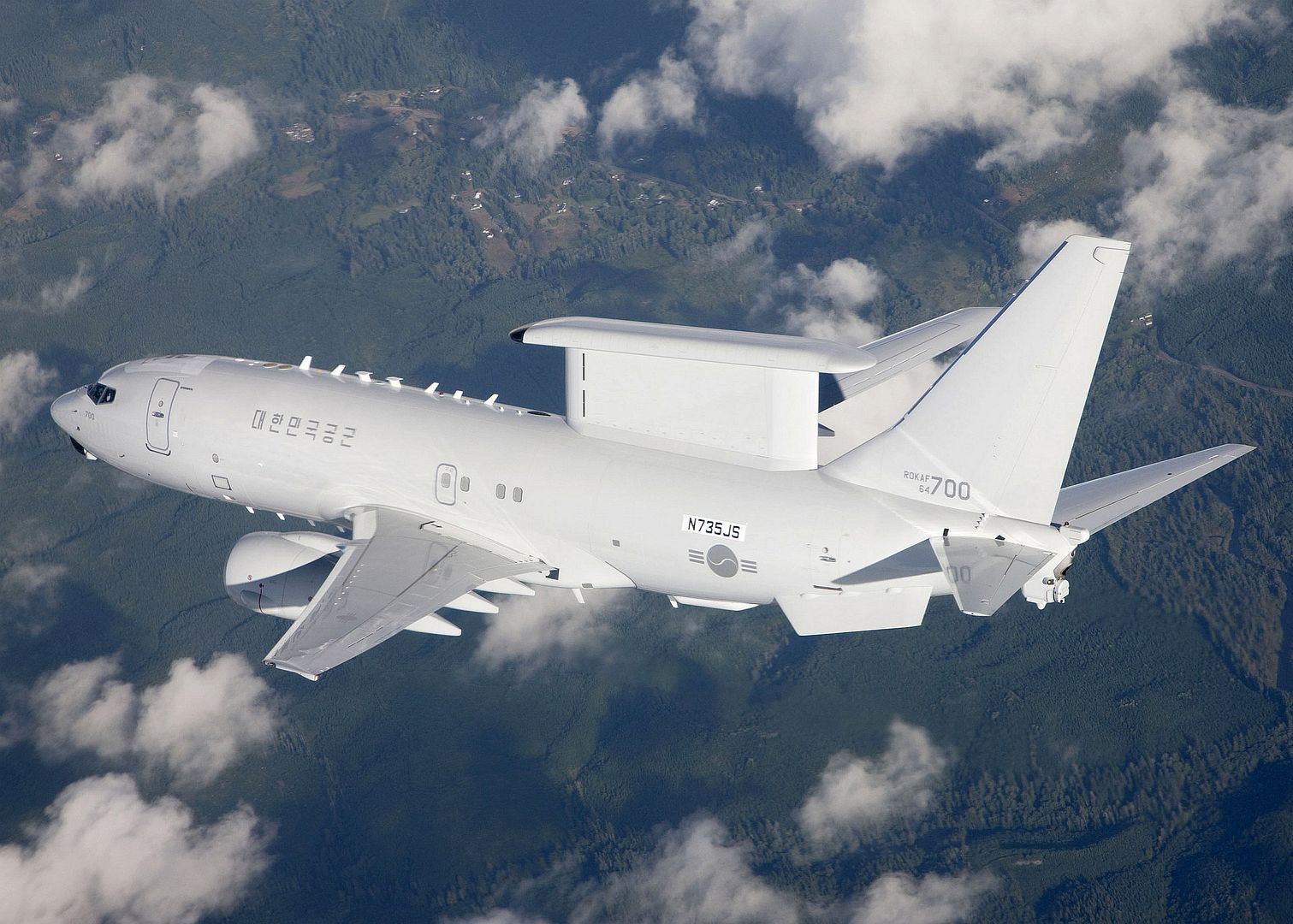
"Through the data they generate, these platforms are already telling us how to extend the life of parts and components, when to defer or elevate maintenance activities and how to focus training on actions that are most imminent," said Torbjorn Sjogren, vice president and general manager for Boeing International Government & Defence. "Applying data analytics to these PBLs is a very practical yet powerful way to maximize our customer's investment and support successful military operations in a critical region."
For over 70 years, Boeing has enjoyed a strong and productive partnership with the Republic of Korea. Boeing is committed to supporting the growth of the Korean aerospace industry with a spend of over $5 billion in the past 15 years with local companies. As a reliable partner in the commercial aircraft and defense business sector, Boeing Korea continues to further strengthen its relationships with over 50 local industry partners, and employs more than 200 employees.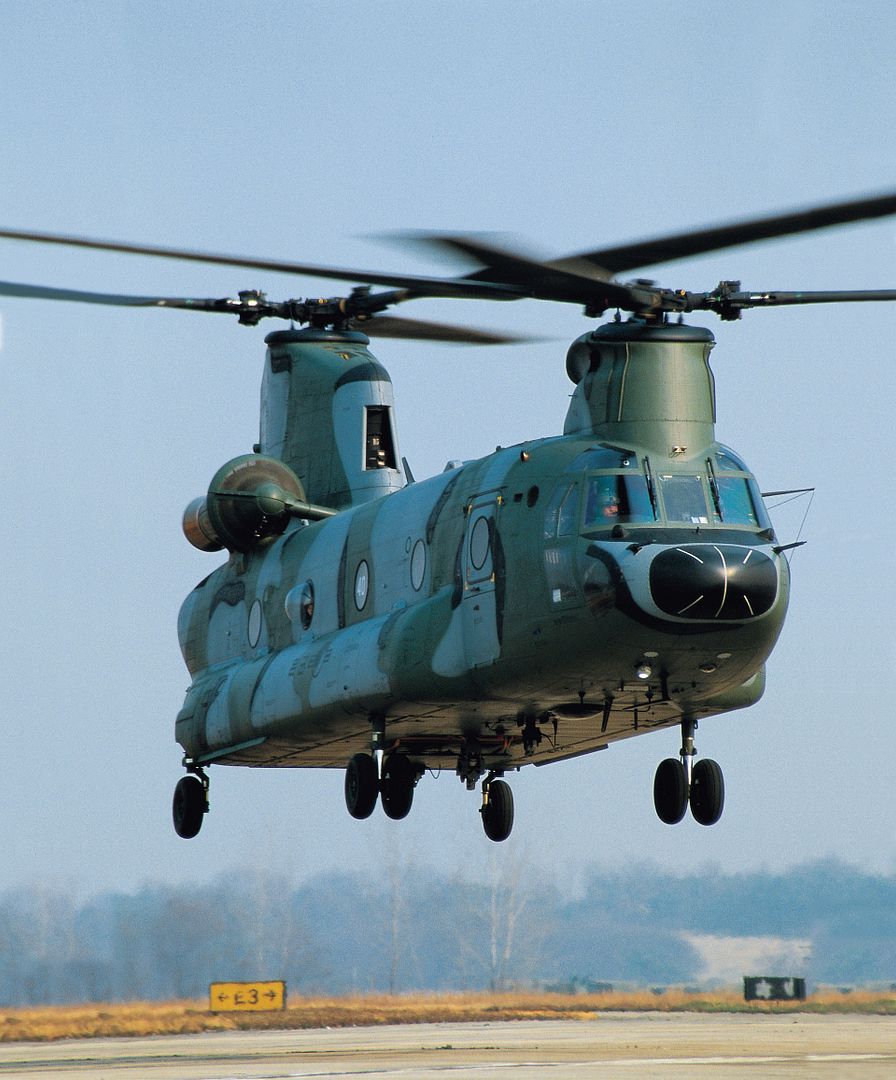
Herndon (USA)/Singapore, 15 February 2022 – JetBlue Airways has signed a firm order with Airbus for an additional 30 A220-300 aircraft. This takes the airline’s firm commitment for the A220-300 to 100 aircraft. This latest agreement lifts the total firm order book for the A220 to 740.
“We’re already seeing benefits from the eight A220s we’ve added to the fleet, and we’re very happy to have more on the way,” said Robin Hayes, chief executive officer, JetBlue. “We’ve seen double-digits increases in customer satisfaction scores, and these fuel-efficient aircraft support our leadership in reducing carbon emissions. With 30 additional A220s on order, we’re in a position to accelerate our fleet modernization plans to deliver stronger cost performance and support our focus city network strategy.”
“It is very rewarding to see a happy customer coming back for more aircraft not even a year after Entry into Service of its first A220. We salute our friends at JetBlue on this landmark deal,” said Christian Scherer, Airbus Chief Commercial Officer and Head of Airbus International. “Over 700 A220 orders to date underscore the strong market appetite for this all-new Single Aisle aircraft.”
Jetblue started A220-300 operations in April 2021 and currently operates eight A220s in a 140-seat configuration, with USB-C, USB-A and AC power at every seat. The A220 also offers the largest cabin, highest ceiling, biggest windows and most spacious overhead bins in its class.
The A220 is the only aircraft purpose-built for the 100-150 seat market, bringing together state-of-the-art aerodynamics, advanced materials and Pratt & Whitney’s latest-generation PW1500G geared turbofan engines. The A220 brings customers a 50% reduced noise footprint and up to 25% lower fuel burn per seat and CO2 emissions compared to previous generation aircraft, as well as around 50% lower NOx emissions than industry standards.
With around 15 airlines operating close to 200 A220s on four continents, the A220 is the optimal aircraft for regional as well as long-distance routes.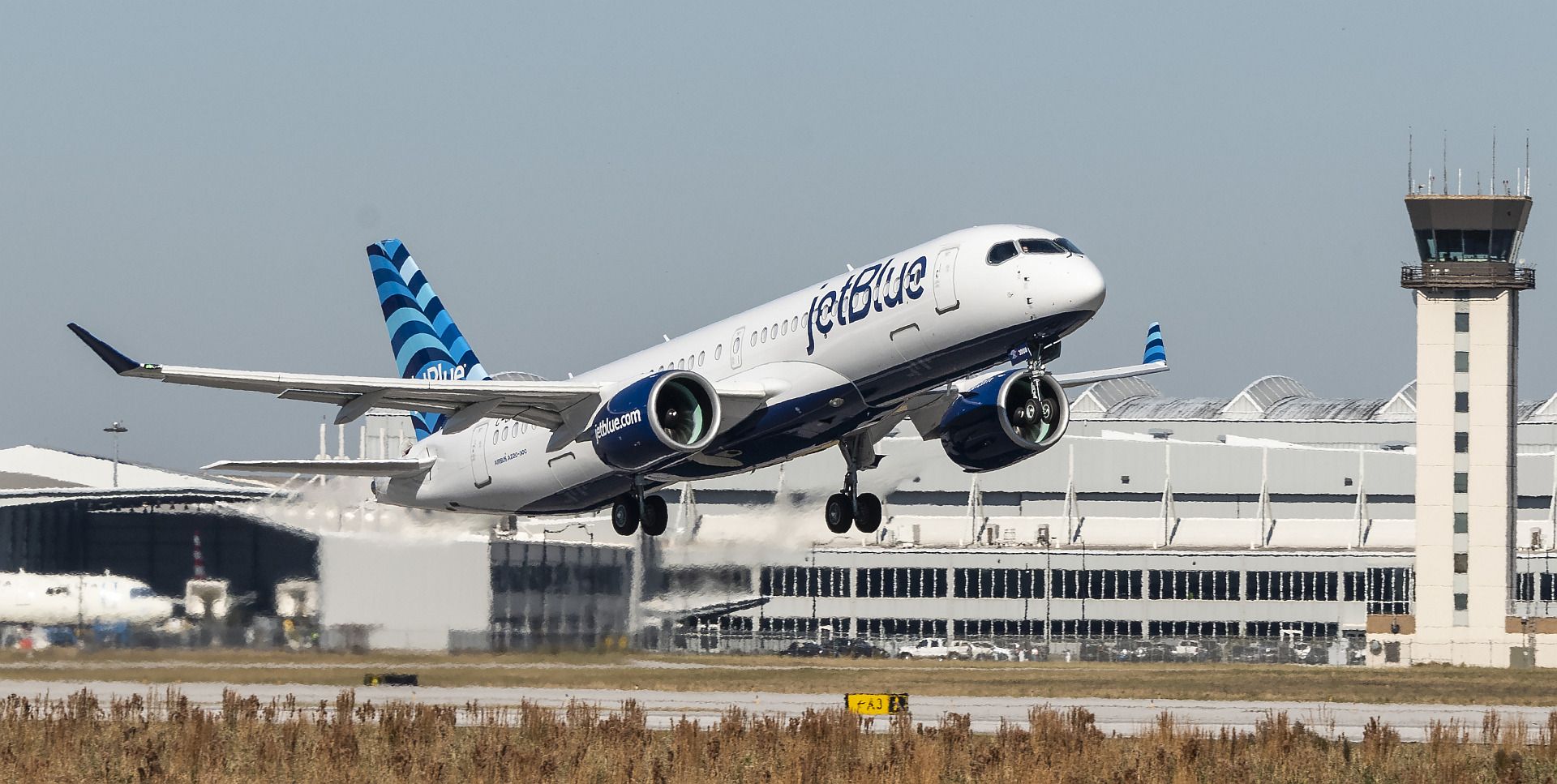
The United States Air Force (USAF) Seek Eagle Office have cleared Leonardo’s BriteCloud 218 expendable active decoy for operational testing on-board the F-16 Fighting Falcon aircraft. The authorisation is one of the final stages of the U.S. Department of Defense’s Foreign Comparative Testing (FCT) programme for the product, which is due to complete this year. The FCT, which is being conducted by the US Air National Guard, will open the door to U.S. procurement.
BriteCloud is a life-saving countermeasure that provides high-tech protection from radar-guided surface-to-air and air-to-air missiles. Fired like a flare, it can be carried by combat, transport and special mission aircraft. BriteCloud contains a powerful miniature jammer that sends out convincing ‘electronic ghost’ signals that seduce incoming missiles towards BriteCloud as it falls away from the aircraft. This ensures that the missile detonates far away from its intended target.
As a world-first technology, BriteCloud was selected for evaluation under the U.S. Foreign Comparative Testing (FCT) programme in 2019 following its entry into service with the U.K.’s Royal Air Force. Produced by Leonardo in the U.K., BriteCloud is unique in that it packs gold-standard technology known as DRFM (Digital Radio Frequency Memory) into each round. DRFM allows BriteCloud to tailor its ‘electronic ghost’ signal to the specific threat radar, allowing it to fool the radar in the most effective possible way. BriteCloud is capable of defeating all known current threat systems.
The BriteCloud variant given the green light by U.S. authorities, called BriteCloud 218, fits standard 2x1x8 inch countermeasure dispensers such as the AN/ALE-47 on the F-16. As well as seeing interest in the United States, Leonardo is in discussions with a number of other F-16 operators internationally that are looking to equip their fleets with latest-generation countermeasures without needing to modify the platform or perform expensive integration work.
Following a series of confirmatory flight trials with the U.S. Air National Guard this year, BriteCloud is expected to be approved for U.S. Armed Forces as an off-the-shelf countermeasure product.
BriteCloud is an example of electronic warfare technology, a category in which Leonardo is an international leader. As well as equipping latest-generation aircraft such as the Eurofighter Typhoon, AW159 Wildcat, MQ-9B SeaGuardian and AH-64E Apache, the company is a founding member of Tempest, the international programme to create a next-generation combat air system for the U.K. and its allies.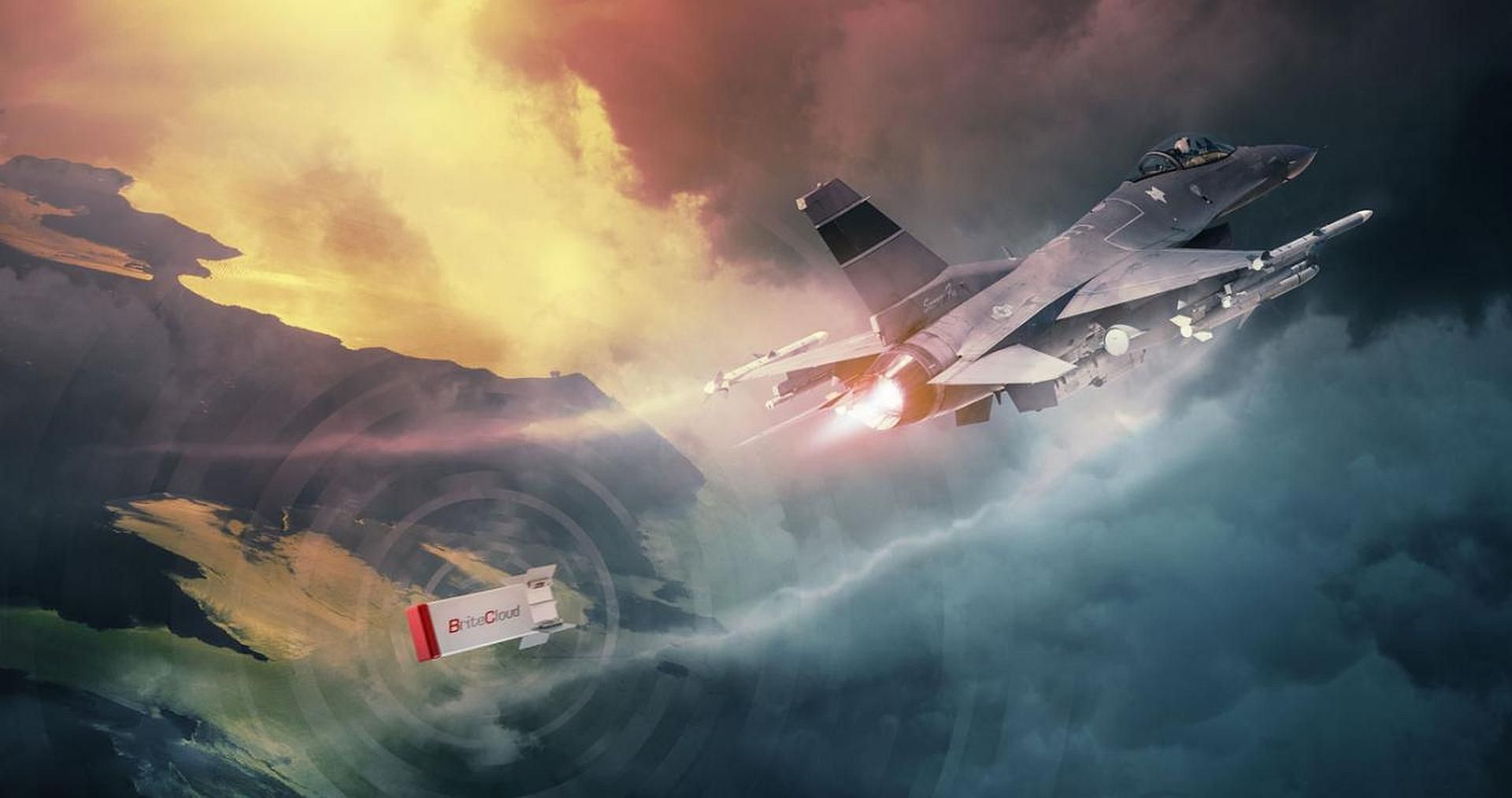
WICHITA, Kan. (Feb. 15, 2022) – Textron Aviation today announced it has delivered a Cessna Citation Longitude to Scotts Miracle-Gro. This jet represents the 8,000th Cessna Citation jet delivered worldwide, reinforcing the Citation family as the most popular line of business jets in the world. Scotts Miracle-Gro is one of the world’s largest marketers of branded consumer products for lawn and garden care and a long-time Citation owner. This is the fifth Cessna Citation in the company’s fleet.
Cessna Citation jets are designed and manufactured by Textron Aviation Inc., a Textron Inc. (NYSE:TXT) company.
Textron Aviation employees and representatives from Scotts Miracle-Gro celebrated this significant milestone with a special delivery ceremony at Textron Aviation headquarters in Wichita.
“A milestone like this wouldn’t be possible without all the owners and operators who love to fly our aircraft and trust the reliability and versatility of our Citation products. With more than 41 million flight hours across the globe, our customers continue to make Citation jets their aircraft of choice,” said Textron Aviation President and CEO Ron Draper. “I also want to thank our extraordinary workforce. Each and every one of you played a part in reaching the 8,000th Citation delivery.”
Cessna Citations are renowned for their ability to combine reliability, efficiency and comfort with advanced technology and class-leading performance, and no other family of business jets offers such a seamless progression of aircraft with extraordinary capabilities.
"The Citation is one of the most functional and reliable brands in the general aviation industry and I, along with the members of our flight department, congratulate Textron Aviation on the delivery of its 8,000 Citation aircraft," said Jim Hagedorn, chief executive officer of Scotts Miracle-Gro, a personal owner of the Citation CJ4, and former U.S. Air Force F-16 pilot. "Reaching this milestone is a credit to the Cessna brand, which represents quality, design and attention to the entire flying experience — all things we were looking for as we add to our fleet of business jets."
Cessna Citation innovations
Since Cessna delivered its first Citation in 1972, it has set the standard in the business jet market. Citation jets have been the number one business jet by annual delivery volume for 40 years: from 1972-1974, 1979-1981, 1984-2012, and 2016-2020.
The Citation series of business jets has evolved to offer an unmatched range of capabilities, systems and options that allows customers to expand their business reach. More than 30 Citation models have been certified over the 50-year history of the Citation line. There are currently six Citation models in production: Citation M2 Gen2, Citation CJ3+, Citation CJ4 Gen2, Citation XLS Gen2, Citation Latitude and Citation Longitude.
About the Citation Longitude
With a range of 3,500 nautical miles (6,482 kilometers) and full fuel payload of 1,600 pounds (726 kilograms), the Citation Longitude elevates passenger experience in the super-midsize class by delivering cabin sound levels that are nearly twice as quiet as the nearest competitor, a low cabin altitude (5,950 feet/1,814 meters), more standard features and an elegant yet comfortable, bespoke interior.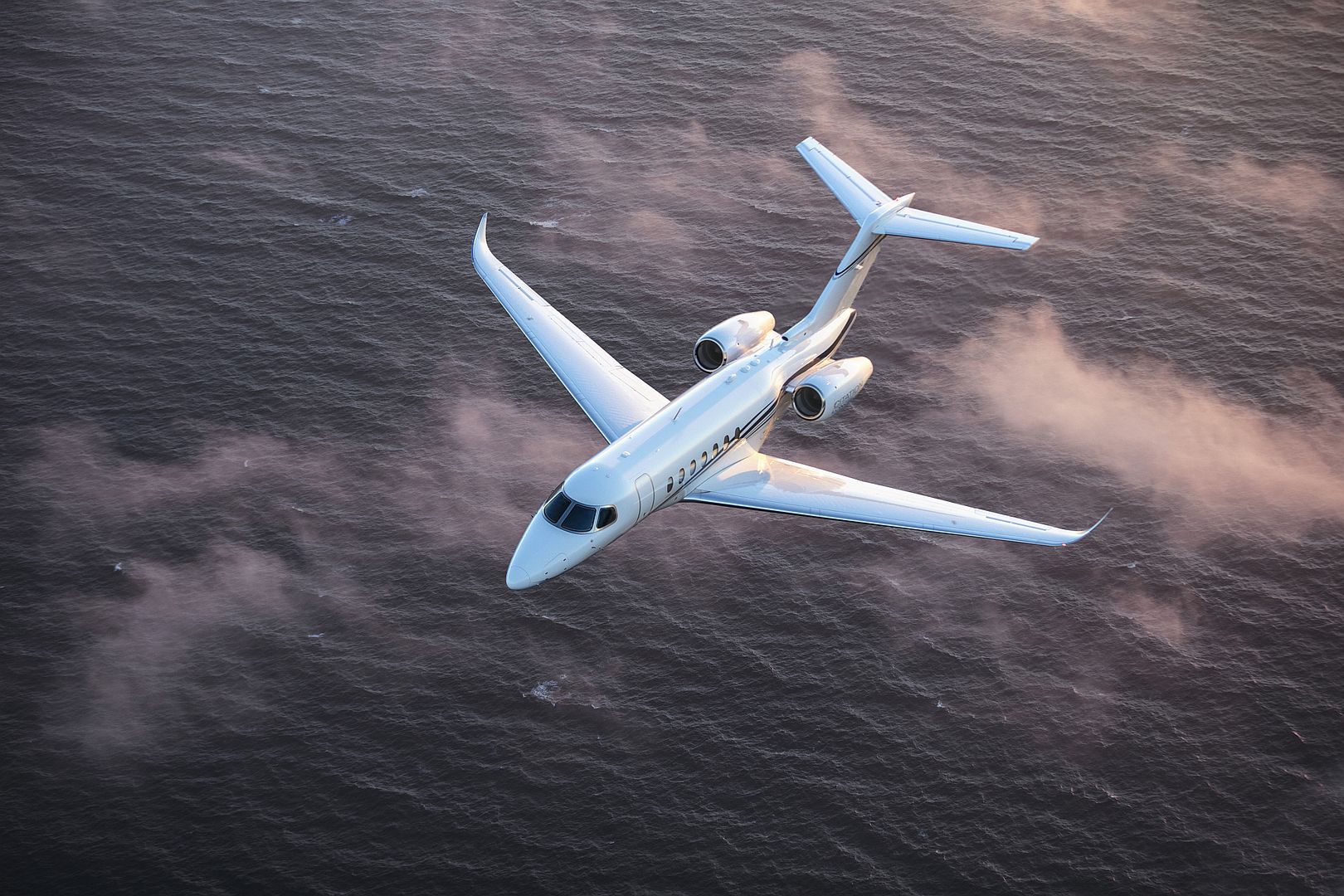
-
 Main AdminHill Fighter Wings deploy F-35s to Germany
Main AdminHill Fighter Wings deploy F-35s to Germany
F-35A Lightning IIs from the active duty 388th and Reserve 419th Fighter Wings taxi out for launch from Hill Air Force Base, Utah, Feb. 15, 2022. The F-35s deployed to Spangdahlem Air Base, Germany, to bolster readiness, enhance NATO's collective defense posture, and further increase air integration capabilities with allied and partner nations. (U.S. Air Force photos by Capt. Kip Sumner)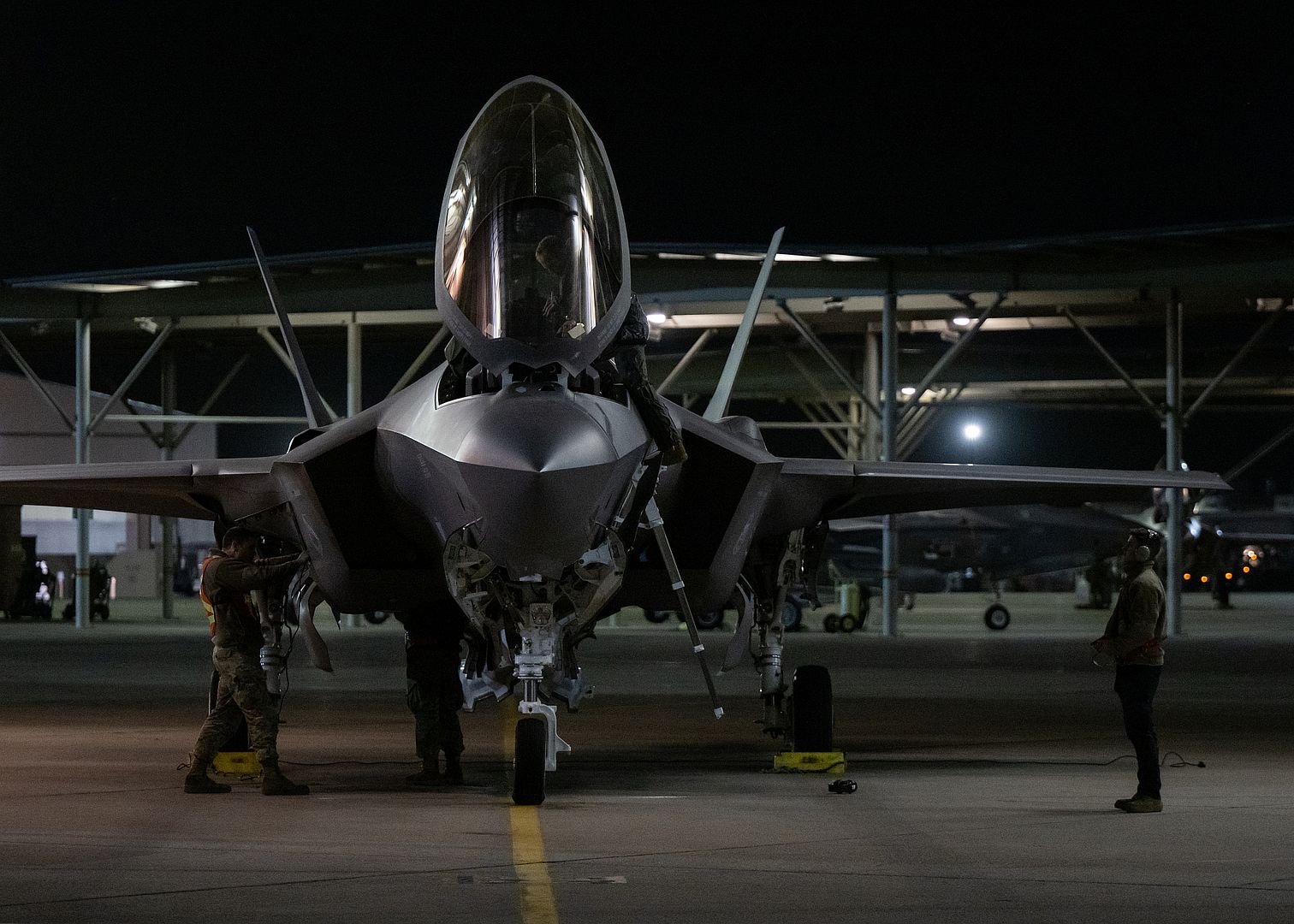
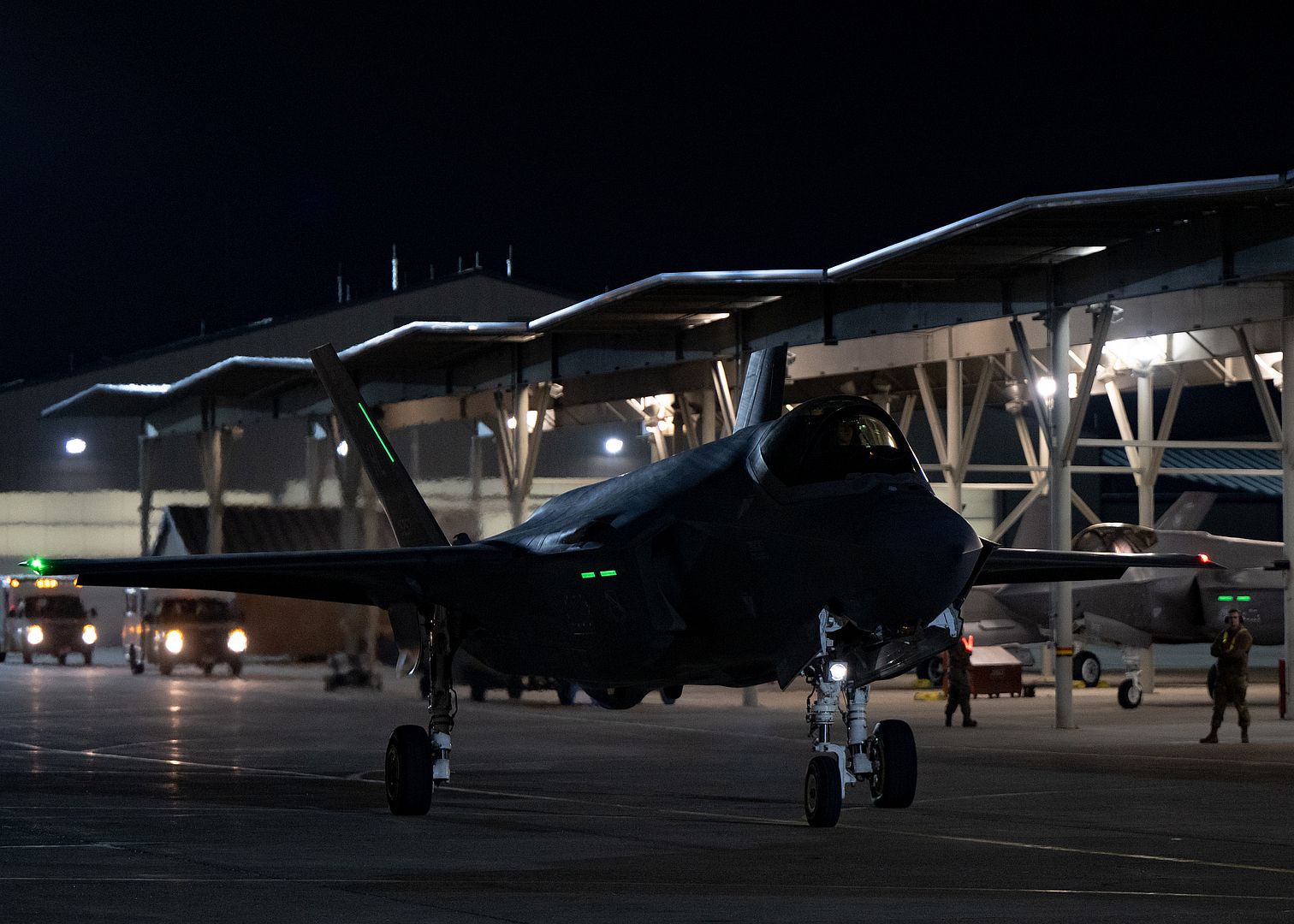
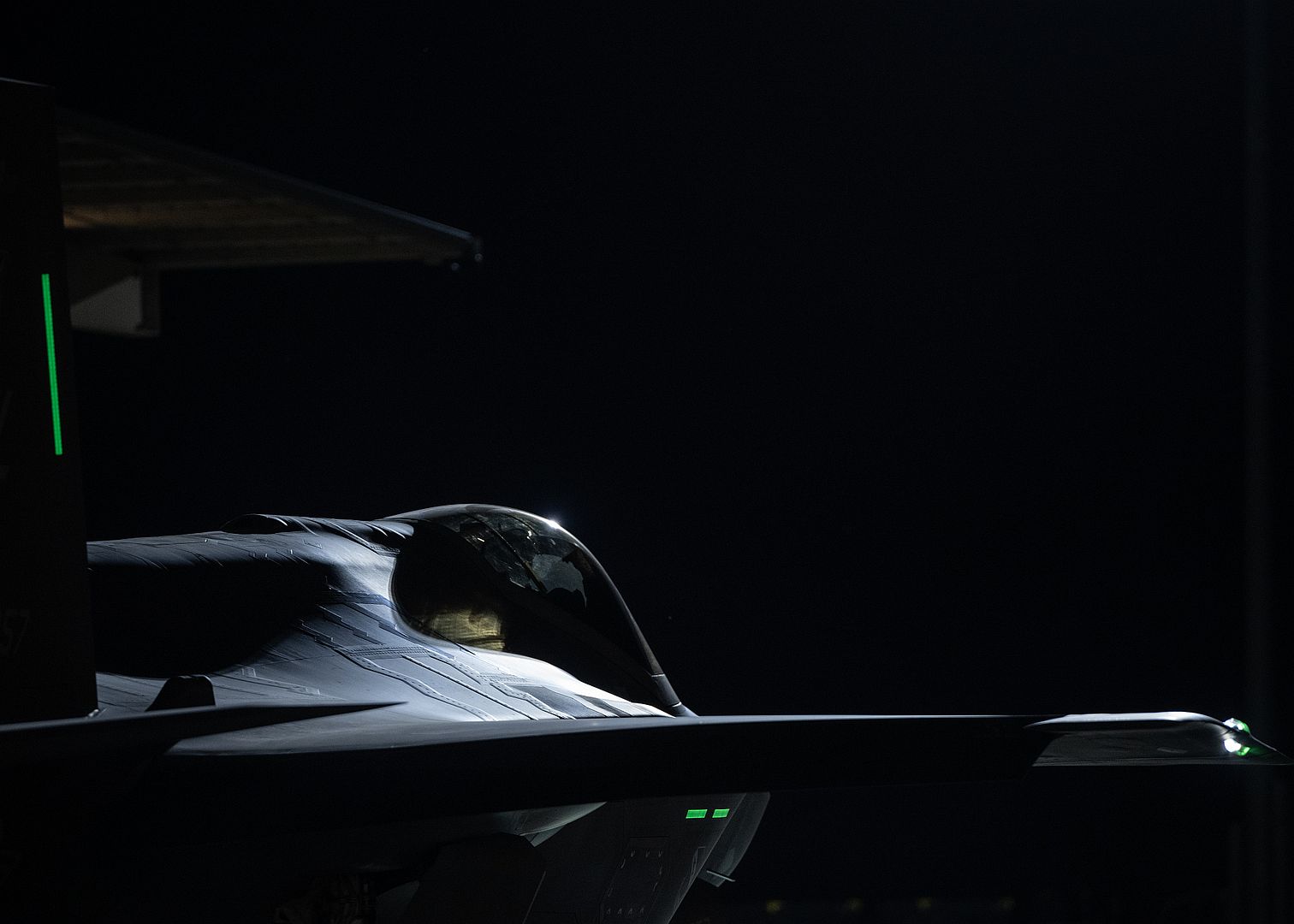
PHILIPPINE SEA (Feb. 15, 2022) The ordnance department of Marine Wing Fighter Attack Squadron (VMFA) 314, works diligently to refuel and load their F-35C Lightning II with the AIM-120 advanced medium-range air-to-air missile (AMRAAM) as VMFA-314 performs simulated offensive and defensive air operations, as well as close air support training missions in support of Jungle Warfare Exercise 22 (JWX 22) across Okinawa, Japan. JWX 22 is large-scale field training exercise focused on leveraging the integrated capabilities of joint and allied partners to strengthen all-domain awareness, maneuver, and fires across a distributed maritime environment. (U.S. Marine Corps photo by Capt. Charles Allen/Released)
PHILIPPINE SEA (Feb. 16, 2022) An F/A-18E Super Hornet, assigned to the "Tophatters" of Strike Fighter Squadron (VFA) 14, launches from the flight deck of the Nimitz-class aircraft carrier USS Abraham Lincoln (CVN 72) in support of Jungle Warfare Exercise 22 (JWX 22) across Okinawa, Japan. JWX 22 is a large-scale field training exercise focused on leveraging the integrated capabilities of joint and allied partners to strengthen all-domain awareness, maneuver, and fires across a distributed maritime environment. (U.S. Navy photo by Mass Communication Specialist 3rd Class Michael Singley).jpg?width=1920&height=1080&fit=bounds)
PHILIPPINE SEA (Feb. 16, 2022) An F-35C Lightning II, assigned to the "Black Knights" of Marine Fighter Attack Squadron (VMFA) 314, launches from the flight deck of the Nimitz-class aircraft carrier USS Abraham Lincoln (CVN 72) in support of Jungle Warfare Exercise 22 (JWX 22) across Okinawa, Japan. JWX 22 is a large-scale field training exercise focused on leveraging the integrated capabilities of joint and allied partners to strengthen all-domain awareness, maneuver, and fires across a distributed maritime environment. (U.S. Navy photo by Mass Communication Specialist 3rd Class Michael Singley)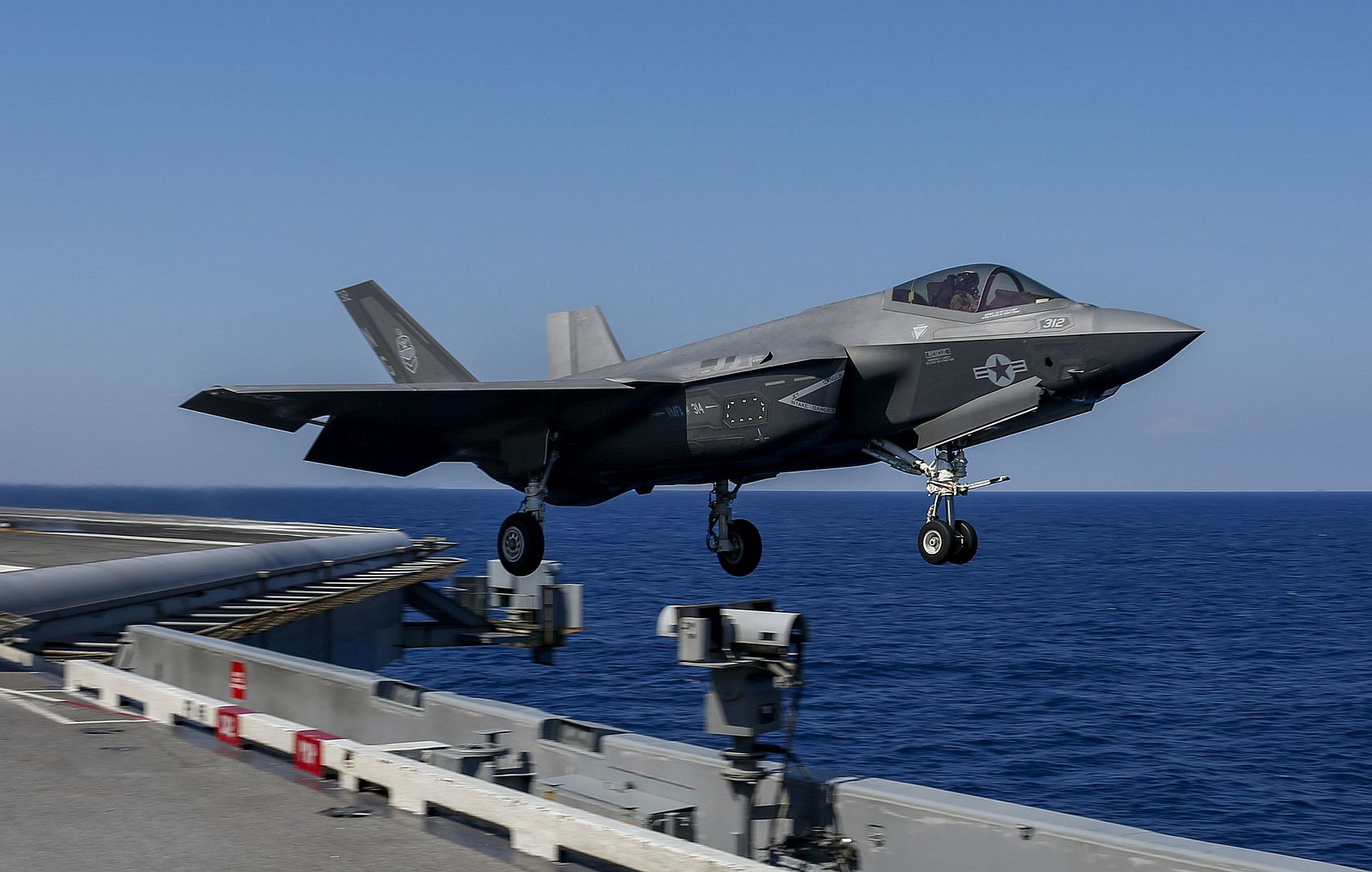
PHILIPPINE SEA (Feb. 16, 2022) An EA-18G Growler, assigned to the "Wizards" of Electronic Attack Squadron (VAQ) 133, prepares to make an arrested landing on the flight deck of the Nimitz-class aircraft carrier USS Abraham Lincoln (CVN 72) in support of Jungle Warfare Exercise 22 (JWX 22) across Okinawa, Japan. JWX 22 is a large-scale field training exercise focused on leveraging the integrated capabilities of joint and allied partners to strengthen all-domain awareness, maneuver, and fires across a distributed maritime environment. (U.S. Navy photo by Mass Communication Specialist 3rd Class Michael Singley)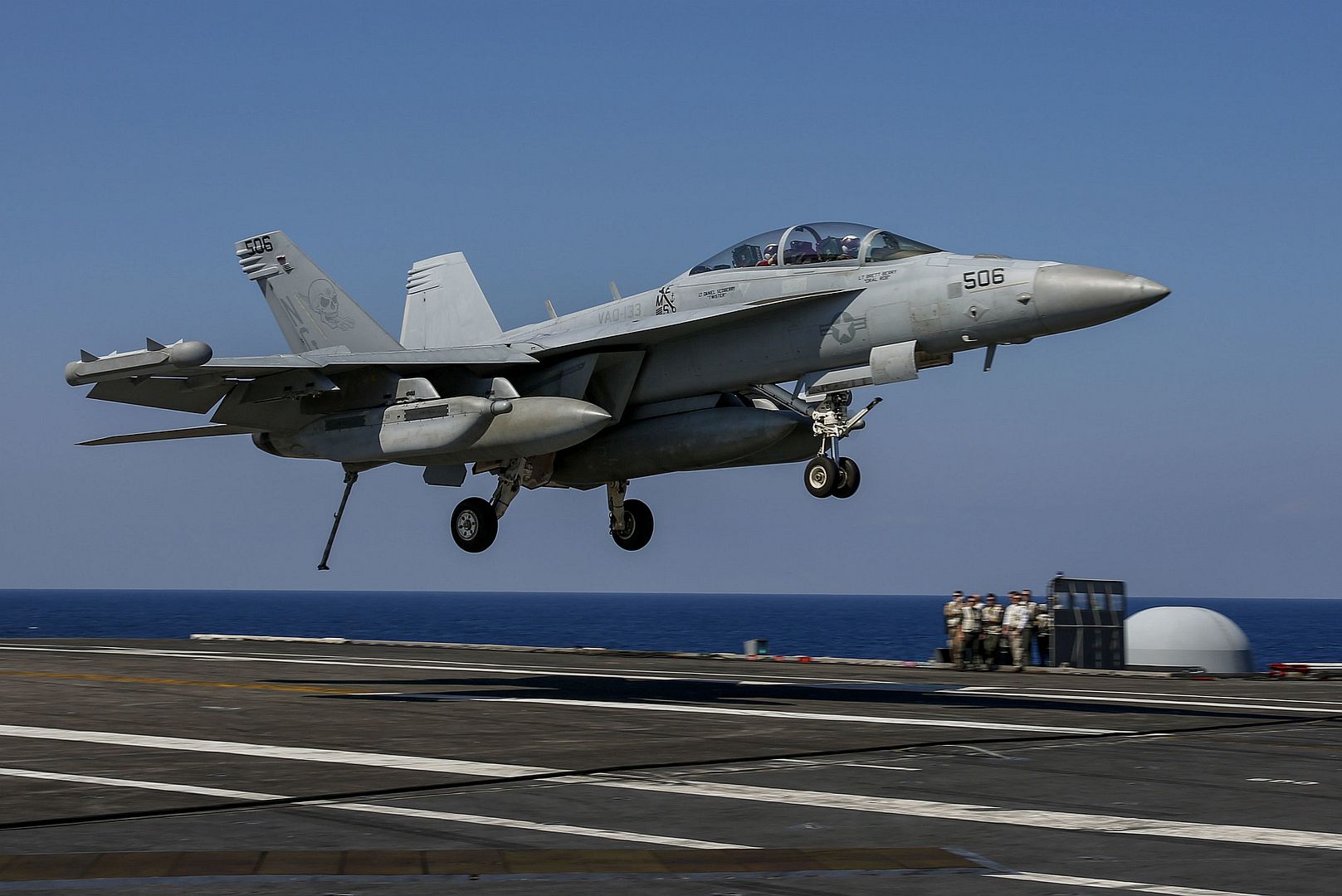
U.S. Air Force F-16 Fighting Falcons assigned to the 18th Aggressor Squadron, Eielson Air Force Base, Alaska, fly over the Pacific Ocean, during exercise Cope North, Feb. 10, 2022. Cope North enhances U.S. relationships with our regional allies and partners by fostering the exchange of information and refining shared tactics, techniques, and procedures to better integrate multilateral defense capabilities and enhance interoperability in support of regional security. (U.S. Air Force photos by Tech. Sgt. Matthew Lotz)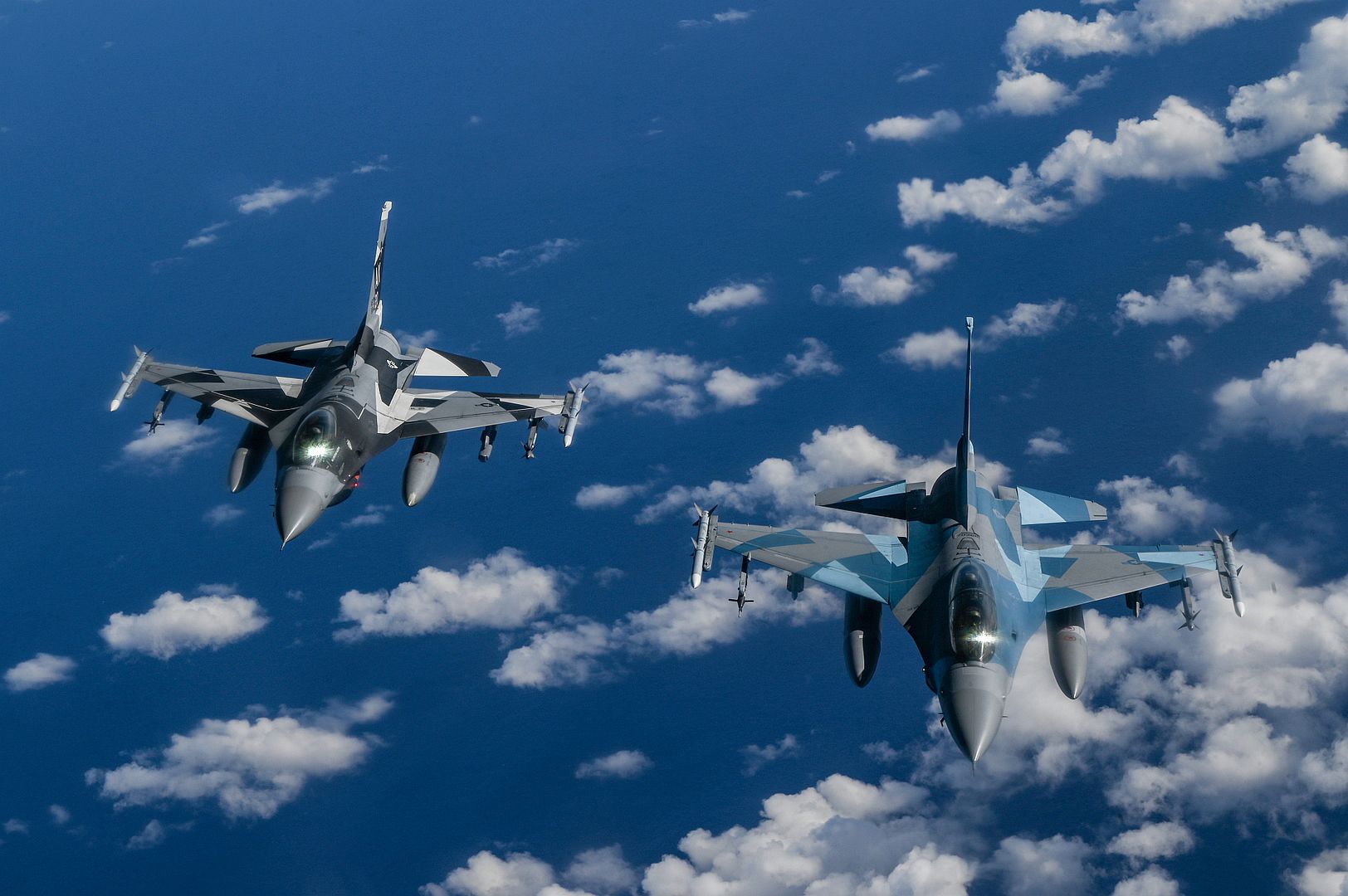
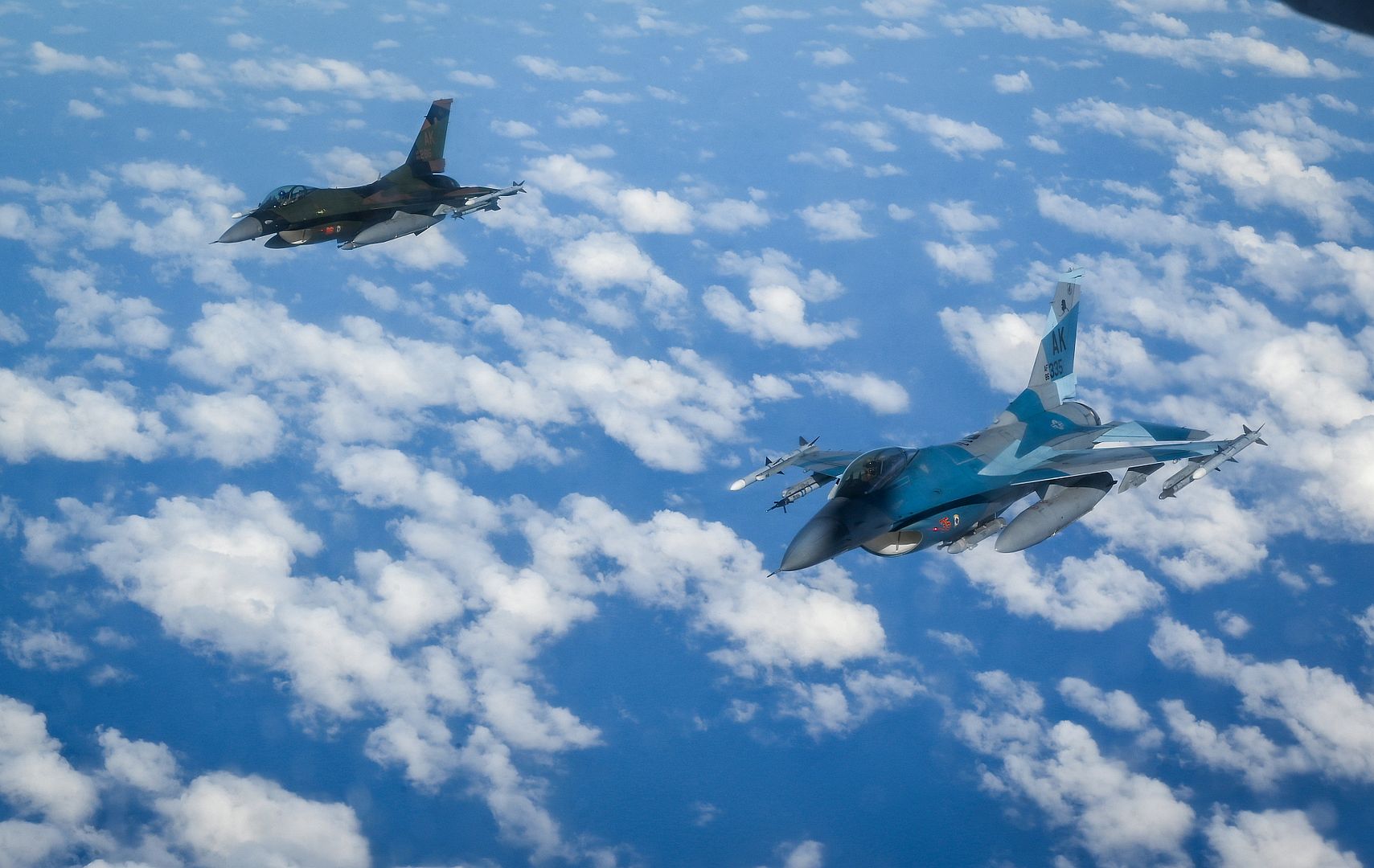
A Typhoon FGR4 assigned to 1 (Fighter) Squadron, RAF Lossiemouth, United Kingdom, taxis out to take off for a mission during Red Flag-Nellis 22-1 Jan. 31, 2022. 1 (Fighter) Squadron is one of 32 units from across the U.S. joint forces, United Kingdom (Royal Air Force) and Australia (Royal Australian Air Force) participating in Red Flag-Nellis 22-1. (U.S. Air Force photo by William R. Lewis)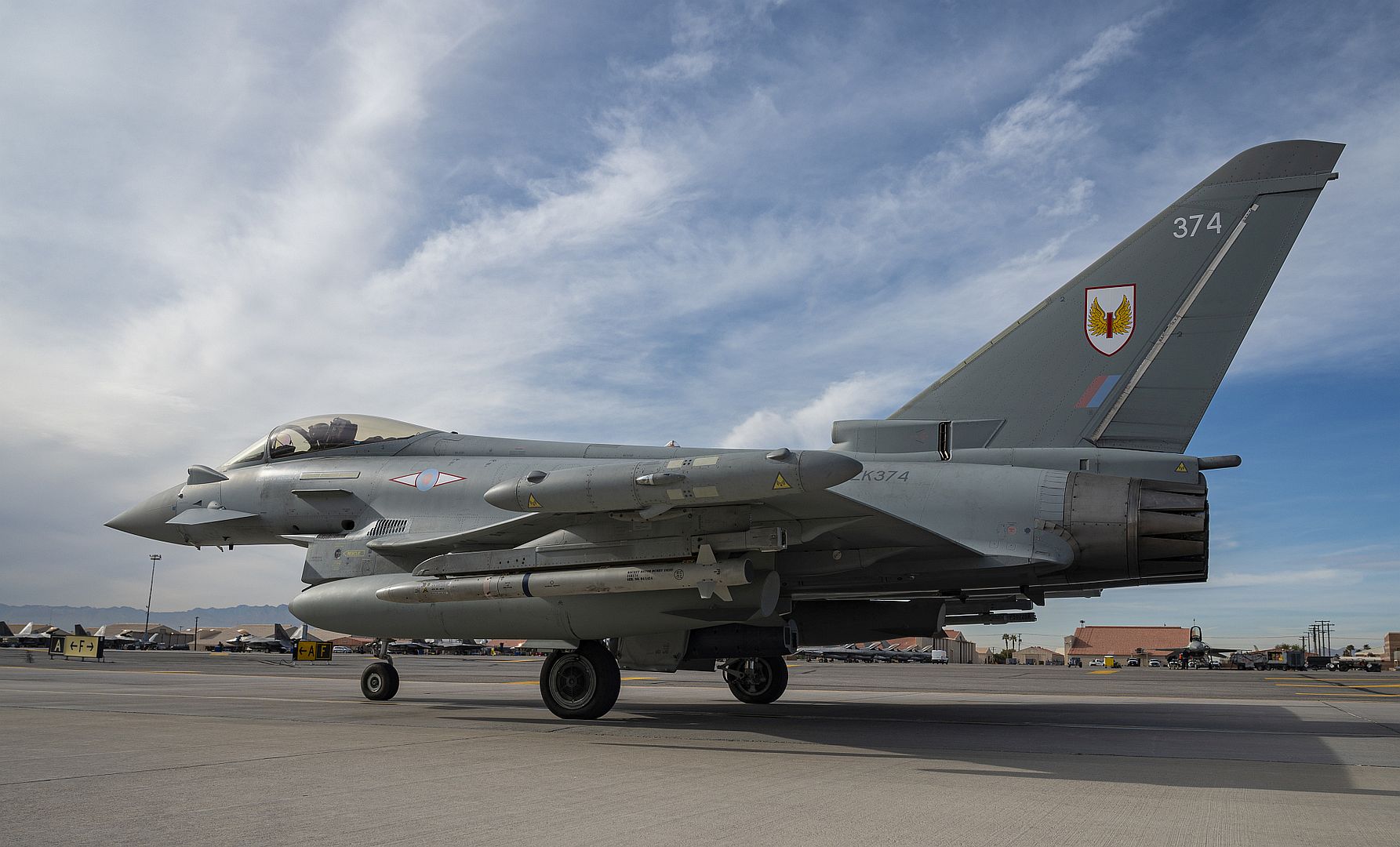
STRATFORD, Conn., Feb. 15, 2022 – Lockheed Martin (NYSE: LMT) will produce 12 CH-53K heavy lift helicopters for Israel under a U.S. Navy Foreign Military Sales (FMS) agreement.
This production announcement is for the first four of 12 aircraft for Israel and is on the heels of a contract to produce nine more aircraft for the U.S. Marine Corps. The signed letter of offer and acceptance (LOA) between the U.S. Government and Israel states first deliveries of the baseline aircraft are planned for 2025.
The CH-53K helicopters will replace the Israeli Air Force (IAF) fleet of modified CH-53D Yasur helicopters, which have been in Israel’s inventory for over 50 years. The all-new CH-53K delivers modern state-of-the-art capabilities that result in improved survivability, safety, and reduced aircrew workload over its predecessor, making it the perfect fit for the demanding IAF mission. Also, with a reduction in support equipment footprint compared to the legacy fleet, the CH-53K will mean reduced operating costs.
“We are building on decades of experience and partnership in supporting the CH-53E for the Marine Corps and the CH53D for the IAF. Sikorsky has a deep understanding of the world-wide heavy lift mission enabling our team and proven supply chain to offer tailored solutions resulting in more efficient missions , “ said Paul Lemmo, president, Sikorsky. “We are committed to provide training and sustainment support to ensure a smooth entry into service for the IAF.”
The aircraft will be manufactured at Sikorsky headquarters in Stratford, Connecticut, leveraging the company’s digital build and advanced technology production processes.
For additional information, visit our website: http://www.lockheedmartin.com/ch53k.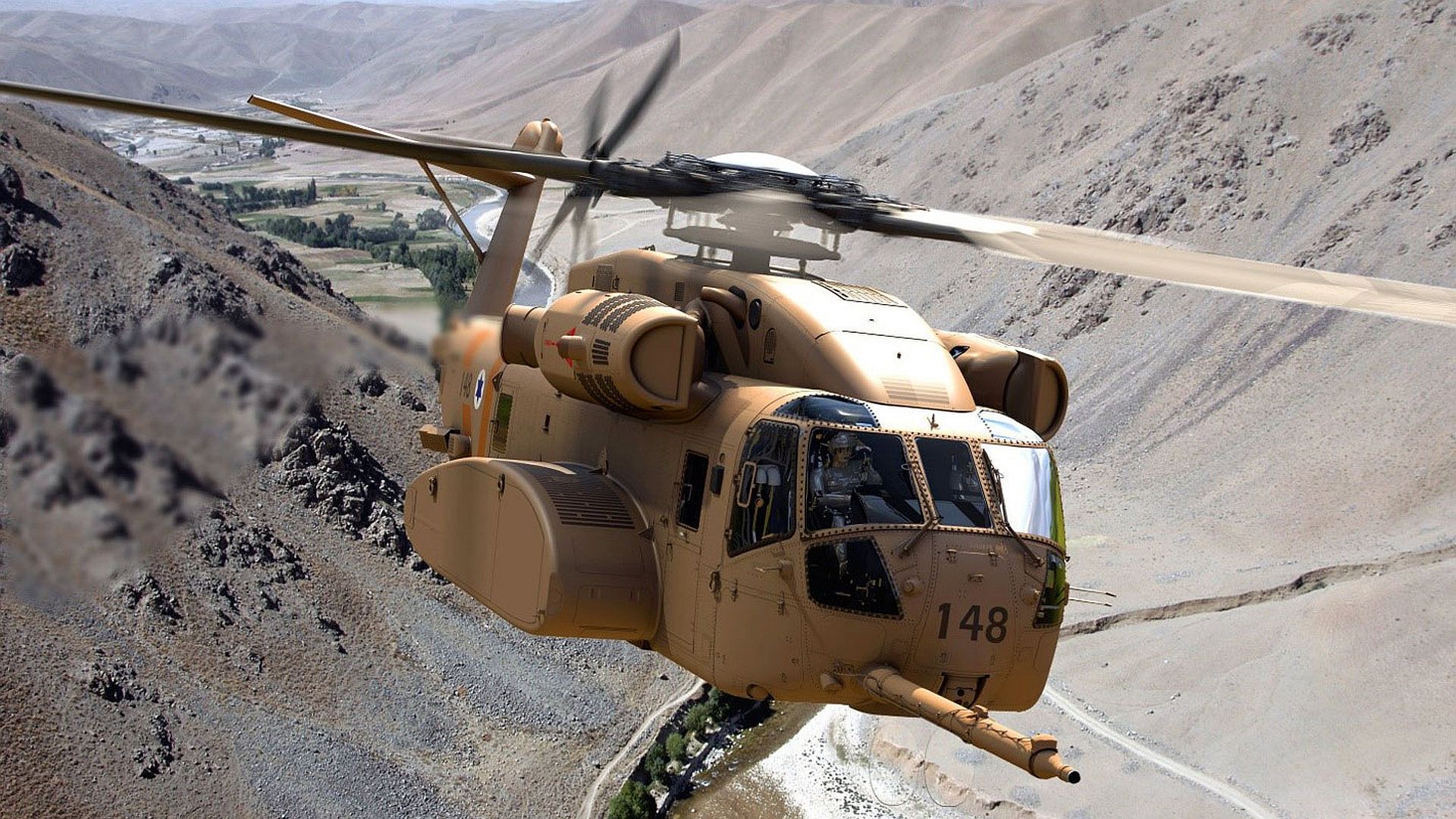
PALMDALE, Calif. – Feb. 16, 2022 – (PHOTO RELEASE) Northrop Grumman Corporation (NYSE: NOC) marked the 900th center fuselage delivery on Feb. 14. Utilizing the company’s Integrated Assembly Line (IAL), F-35 center fuselages are delivered across three unique aircraft variants. The IAL is a world-class production facility using the latest in automation and robotics to deliver on large aircraft production efforts at scale. Northrop Grumman is a principal partner to Lockheed Martin Corporation in the design, development, production and sustainment of this multirole fighter for the United States and its allies.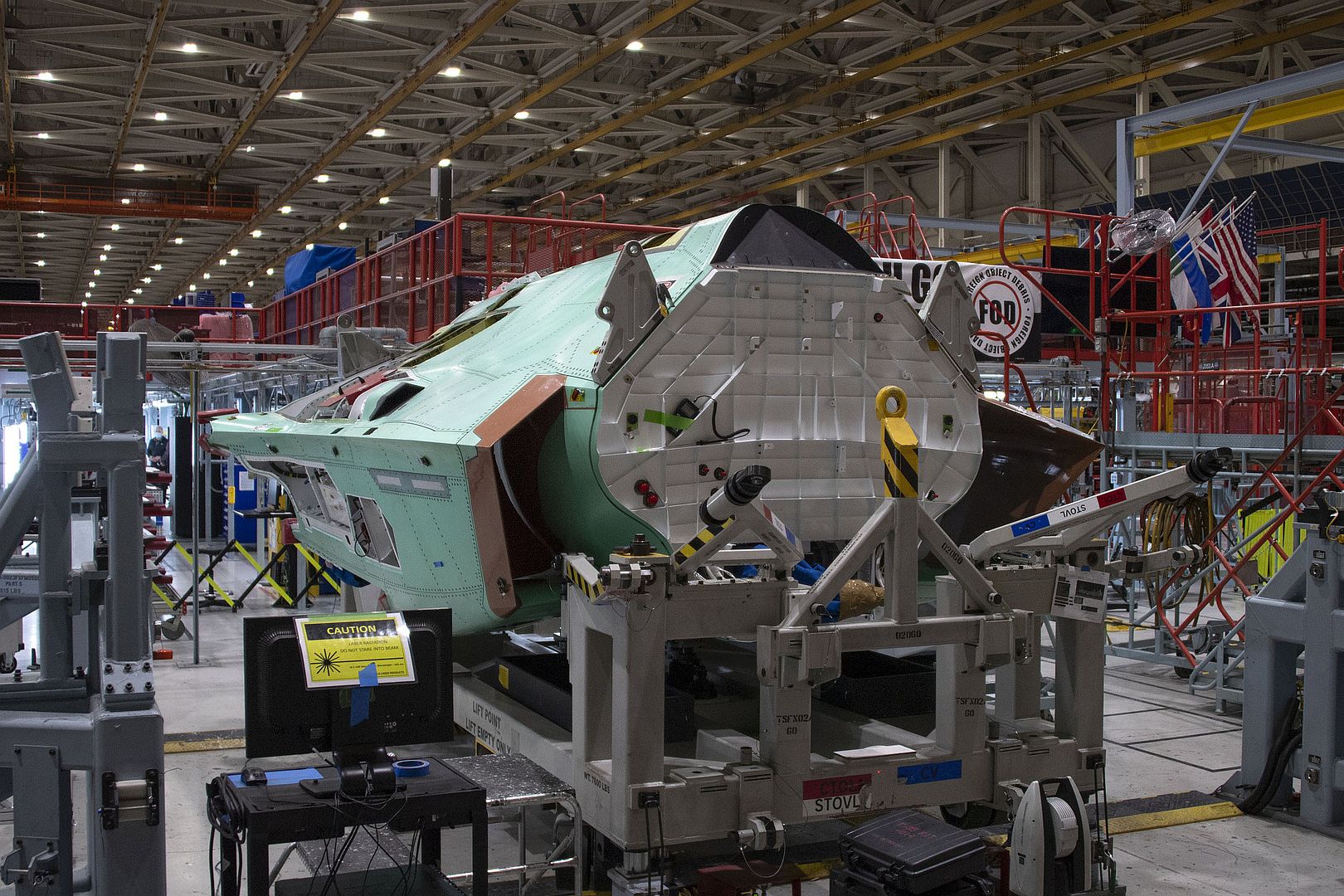
SEATTLE, Feb. 16, 2022 /PRNewswire/ -- Boeing [NYSE: BA] and Western Global Airlines today announced a firm order for two 777 Freighters, the first new-production freighters for the all-Boeing cargo operator based in Estero, Fla. The order was finalized in January 2022 and is currently listed as unidentified in Boeing's order backlog. The agreement also includes an additional purchase option.
"Western Global is pleased to acquire new-build 777 Freighter aircraft. As the world's fastest growing cargo airline, we have determined that augmenting our existing fleet with new 777 Freighters will enable us to best serve our customers while providing a clear path to our future fleet plans," said Jim Neff, Western Global Airlines CEO & founder.
Boeing's market-leading 777 Freighter is the world's largest, longest-range and most capable twin-engine freighter currently flying, with the lowest trip cost and highest reliability of any large freighter. With a range of 4,970 nautical miles (9,200 kilometers), the 777 Freighter can carry a maximum structural payload of 107 metric tons (235,900 pounds), while reducing fuel use and CO2 emissions compared to prior airplanes. This capability and exceptional efficiency translate into significant savings for cargo operators, with fewer stops and associated landing fees.
Boeing has forecast that the global freighter fleet will grow by 70% in the next 20 years, with freight carriers such as Western Global supporting a rapidly expanding global e-commerce business and evolving supply chains.
"The addition of 777 Freighters will enable Western Global to continue its growth, providing increased capability and flexibility to its operations," said Ihssane Mounir, Boeing senior vice president of Commercial Sales and Marketing. "These new freighters will complement its existing all-Boeing fleet and we are committed to deepening the partnership between our companies, which has existed since Western Global's inception."
Having flown to over 400 airports in 135 countries on six continents, Western Global Airlines currently owns and operates a fleet of 21 747-400 and MD-11 Freighters, providing contracted turn-key transport services around the globe for a variety of blue-chip logistics companies, e-commerce platforms, and US Department of Defense.
Singapore, 16 February 2022 - Singapore Airlines (SIA) has finalised a purchase agreement with Airbus for seven A350F freighter aircraft. The order was signed at the Singapore Airshow by SIA CEO Goh Choong Phong, and Airbus Chief Commercial Officer and Head of International Christian Scherer.
The order firms up the carrier's commitment to the new generation freighter announced by the plane maker in December 2021. The newly ordered aircraft will replace the carrier’s existing 747-400F fleet from the fourth quarter of 2025.
“This order underscores the importance of the cargo market to the SIA Group. The introduction of the A350F will enhance our capabilities in this key sector, ensuring that we are ready for the growth opportunities that will arise in the coming years. These new-generation aircraft will substantially increase our operating efficiencies and reduce our fuel burn, making an important contribution towards the success of our long-term decarbonisation goals,” said Goh Choon Phong, Chief Executive Officer, Singapore Airlines.
“Singapore Airlines is the world's largest operator of the A350 and is now set to become the first to fly the all-new freighter variant,” said Christian Scherer. “The A350F will fit seamlessly into the carrier's existing fleet, while redefining the operational efficiency of its cargo operations, bringing a 40% reduction in fuel consumption and emissions compared with the aircraft it will replace at SIA, while offering the same payload-carrying capacity and longer range. Consumer patterns have changed dramatically in recent times, generating increased demand for the swift transport of cargo by air. With the A350F, SIA will be well-positioned to respond to this enormous market potential in a profitable and sustainable way.”
The A350F meets the imminent wave of large freighter replacements and the evolving environmental requirements, shaping the future of air freight. The A350F will be powered by the latest technology, fuel-efficient Rolls-Royce Trent XWB-97 engines.
The A350F is based on the world’s most modern long-range passenger family. With a 109- tonne payload capability, the A350F will serve all cargo markets. The aircraft features a large main deck cargo door, with its fuselage length and capacity optimised around the industry’s standard pallets and containers.
More than 70% of the airframe will be made of advanced materials, resulting in a 30tonne lighter take-off weight and generating at least 20% lower fuel consumption and emissions over its current closest competitor. The A350F will fully meet ICAO’s enhanced CO₂ emissions standards coming into effect in 2027.
Singapore Airlines is the world’s largest operator of the A350, with 58 currently in service.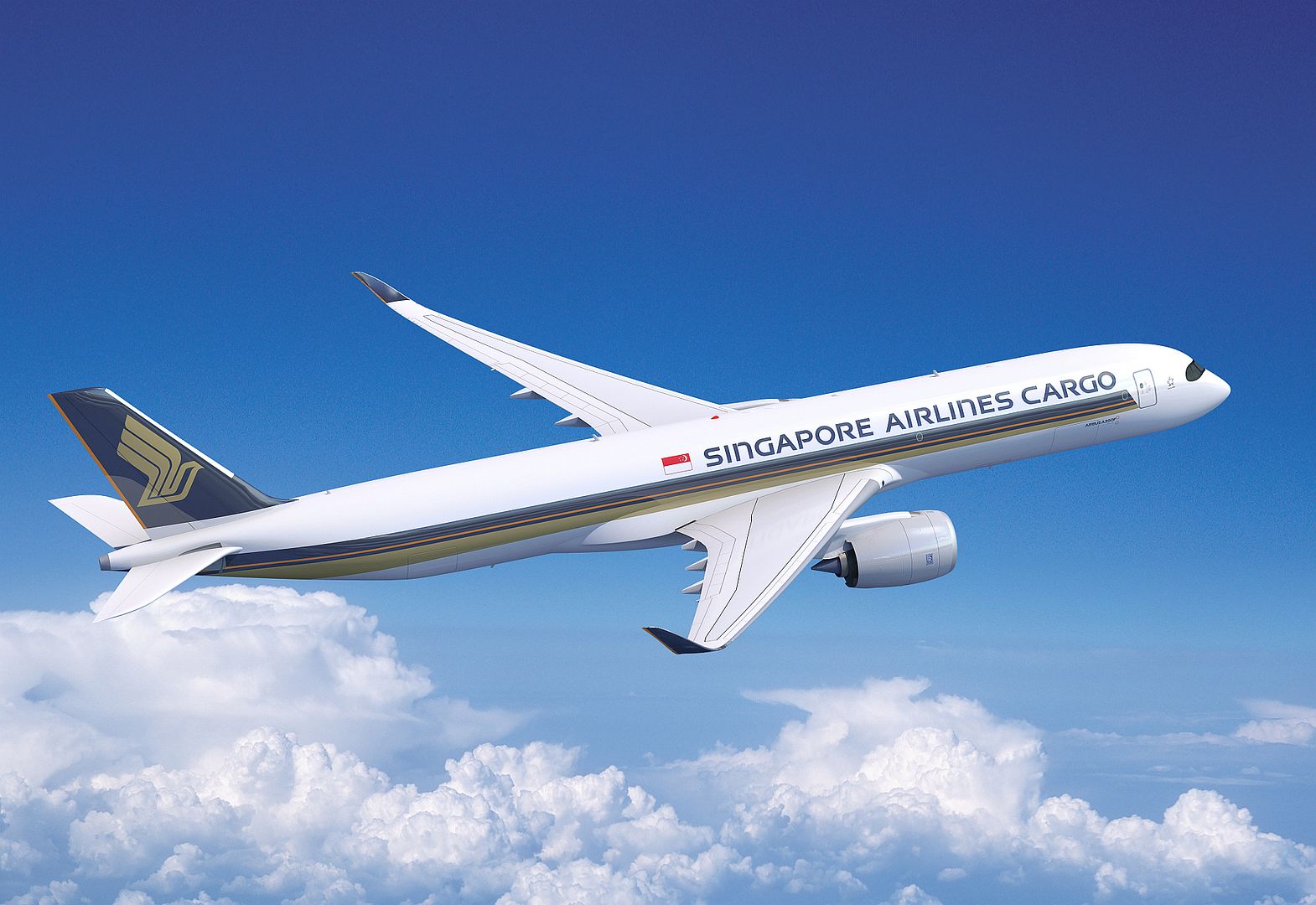
Singapore, 16 February 2022 – Etihad Airways’ has signed a Letter of Intent (LoI) for seven A350F freighters to add to its existing fleet of five A350-1000 passenger versions. The announcement was made at the Singapore Airshow 2022. Etihad has also selected Airbus’s Flight Hour Services (FHS) to support its entire A350 fleet.
“Etihad is delighted to extend our relationship with Airbus to include this remarkable aircraft as part of our freighter fleet for the future,” said Tony Douglas, Group Chief Executive Officer, Etihad Aviation Group. “As our cargo operations continue to overperform and we work towards a more sustainable future built upon the world’s youngest and most fuel-efficient fleet, the addition of the A350F will play a key role in driving our long-term cargo strategy and achieving our 2035 target to reduce CO₂ emissions by 50%.”
“We are pleased to sign this agreement with our long standing partner Etihad, shortly before this most discerning airline also introduces A350 passenger service. Thank you Etihad for endorsing the game changing nature of the new A350F” said Christian Scherer, Chief Commercial Officer and Head of International. “The world’s only new generation large freighter will be unmatched in its market segment in terms of range, fuel consumption and CO₂ savings.”
As part of the world’s most modern long-range family, the A350F provides a high level of commonality with the A350 passenger versions. With a 109 tonne payload capability, the A350F can serve all cargo markets. The aircraft features a large main deck cargo door, with its fuselage length and capacity optimised around the industry’s standard pallets and containers.
More than 70% of the airframe of the A350F is made of advanced materials, resulting in a 30 tonne lighter take-off weight and generating at least 20% lower fuel consumption and emissions over its current closest competitor. The A350F fully meets ICAO’s enhanced CO₂ emissions standards coming into effect in 2027. To date the A350F has won firm orders and commitments for 29 aircraft from 5 customers.
The A350F meets the imminent wave of large freighter replacements and the evolving environmental requirements, shaping the future of air freight. The A350F will be powered by the latest technology, fuel-efficient Rolls-Royce Trent XWB-97 engine
WICHITA, Kan. (February 16, 2022) – Textron Aviation today announced the delivery of four new Cessna 172S Skyhawk flight trainer aircraft to the Philippine Navy.
The Cessna 172S Skyhawk is designed and manufactured by Textron Aviation Inc., a Textron Inc. (NYSE:TXT) company.
The Cessna 172S Skyhawk is the world’s leading flight trainer and the most-produced single-engine piston aircraft. It delivers an intuitive but sophisticated cockpit experience in a platform ideally suited for learning the skills needed to become a true pilot in command.
“The Cessna Skyhawk continues to be the Philippine Navy’s aircraft of choice for flight training,” said Bob Gibbs, vice president, Special Mission Sales for Textron Aviation. “Customer faith in our legendary products and trust in our company and our team are at the core of our relationship with military training academies worldwide.”
With simple flight characteristics, great visibility and a sophisticated glass cockpit outfitted with GARMIN G1000 NXi avionics, the Cessna 172S Skyhawk piston boasts a slow landing speed and a lenient stall, ideally suited for student pilots.
The Philippine Navy acquired the four aircraft via a Foreign Military Sale managed by the U.S. Naval Air Systems Command (NAVAIR). This sale contributes to U.S. security and foreign policy goals by building the Philippines’ maritime domain security capacity and deepening our overall strategic partnership with the Philippines.
The four Cessna 172S Skyhawks join an existing fleet of Cessna 172 training aircraft with the Naval Air Wing at Sangley Point, Philippines.
Endless Special Missions Possibilities
When government, military and commercial customers want airborne solutions for critical missions, they turn to Textron Aviation. The company’s aviation solutions provide the high performance and flight characteristics required to address the unique challenges of special mission operations. With unparalleled quality, versatility and low operating costs, Textron Aviation products are preferred for air ambulance, ISR, utility transport, aerial survey, flight inspection, training and a number of other special operations.
About the Cessna 172S Skyhawk
The Cessna Skyhawk is the world's leading flight trainer and the most produced single-engine piston aircraft. The Skyhawk delivers an intuitive, but sophisticated cockpit experience in a platform ideally suited to learn the skills needed to become a true pilot in command.
Typhoons operating out of RAF Akrotiri have escorted a United States Air Force B-52H Stratofortress as a part of the Bomber Task Force in Europe.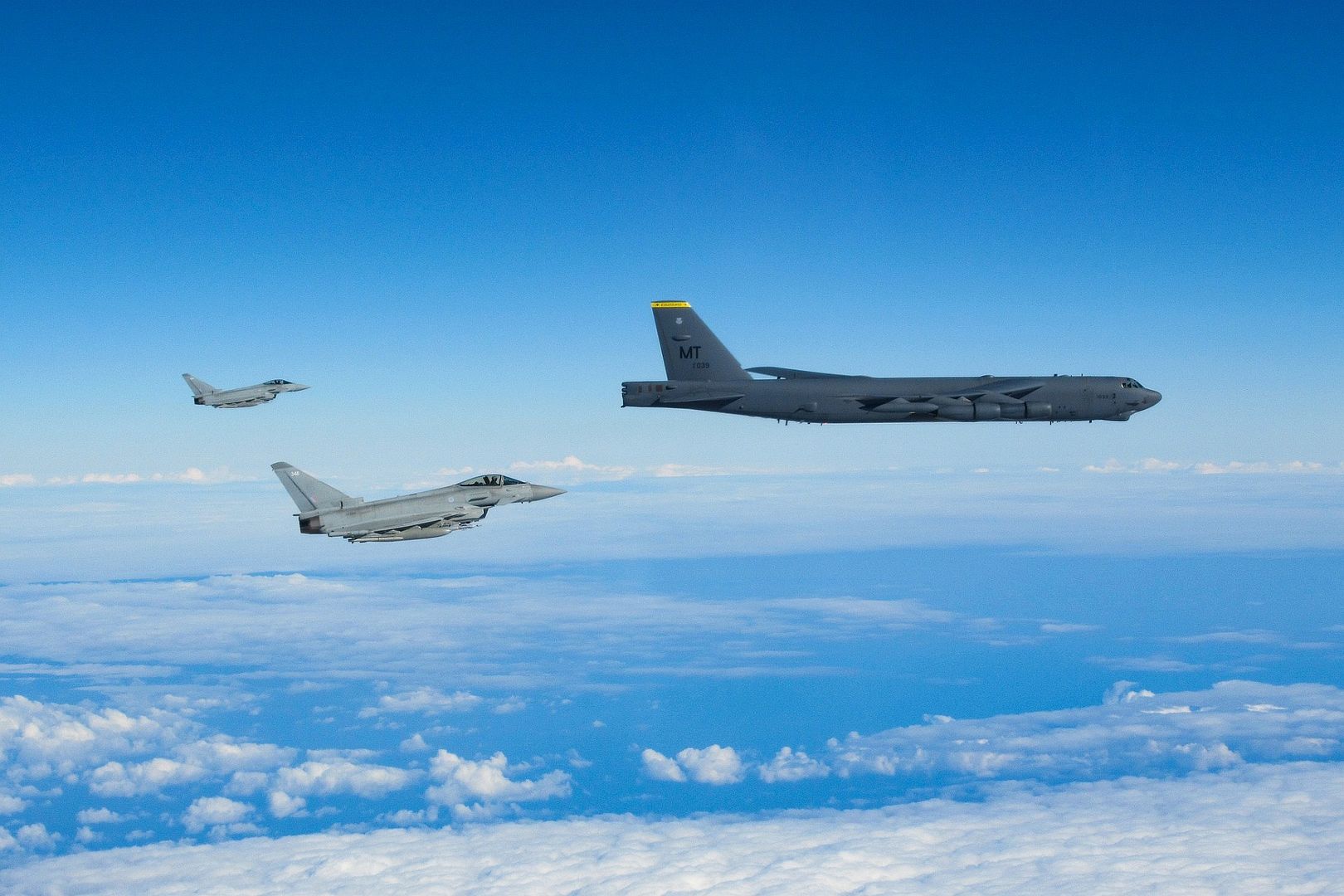
The B-52s are deployed to RAF Fairford in support of U.S. Strategic Command’s Bomber Task Force to integrate with global allies and improve interoperability amongst several allied Air Forces.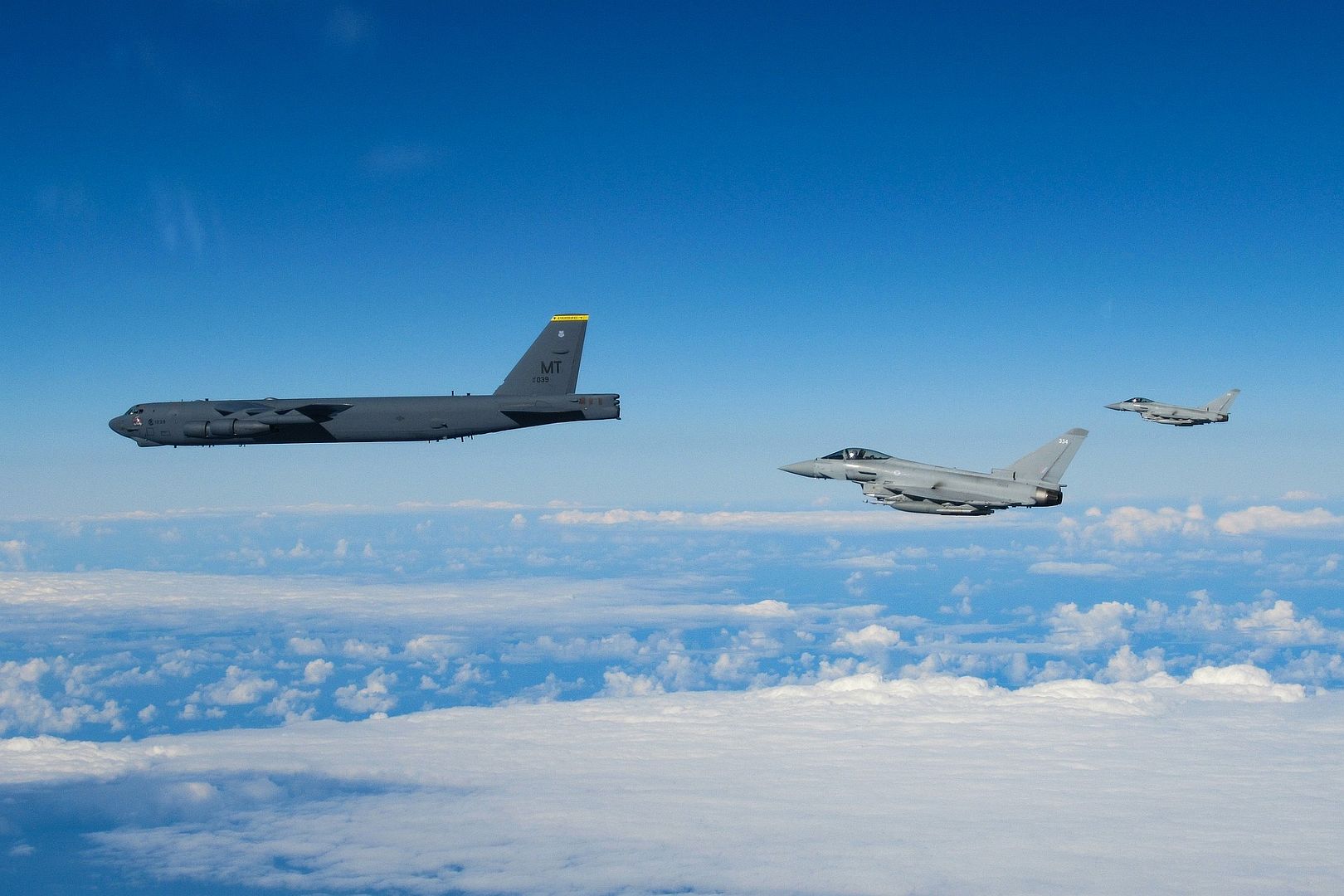
(Photos courtesy of the RAF)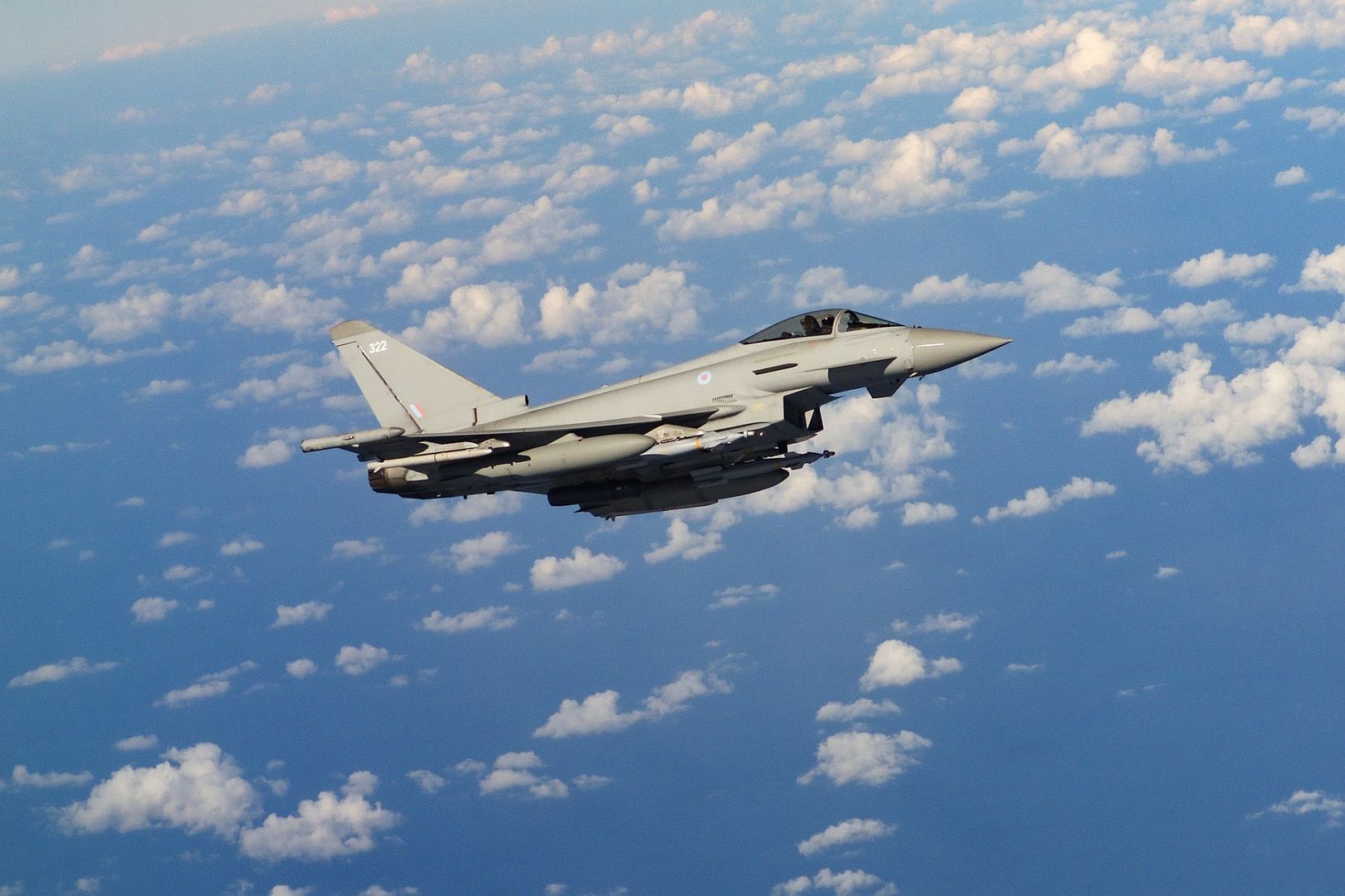
-
 Main AdminA Japan Air Self-Defense Force Mitsubishi F-2 takes off from Andersen Air Force Base, Guam, during a take-off viewing day for exercise Cope North 22, Feb. 15, 2022. Service members, their families and local community members were invited to the flight line to learn the importance of Cope North while observing aircraft capabilities. Exercise Cope North is the U.S. Pacific Air Forces’ largest multilateral exercise and includes more than 2,500 U.S. Airmen, Marines, and Sailors working alongside 1,000 combined Japan Air Self-Defense Force and Royal Australian Air Force counterparts. (U.S. Air Force Photo by Senior Airman Helena Owens)
Main AdminA Japan Air Self-Defense Force Mitsubishi F-2 takes off from Andersen Air Force Base, Guam, during a take-off viewing day for exercise Cope North 22, Feb. 15, 2022. Service members, their families and local community members were invited to the flight line to learn the importance of Cope North while observing aircraft capabilities. Exercise Cope North is the U.S. Pacific Air Forces’ largest multilateral exercise and includes more than 2,500 U.S. Airmen, Marines, and Sailors working alongside 1,000 combined Japan Air Self-Defense Force and Royal Australian Air Force counterparts. (U.S. Air Force Photo by Senior Airman Helena Owens)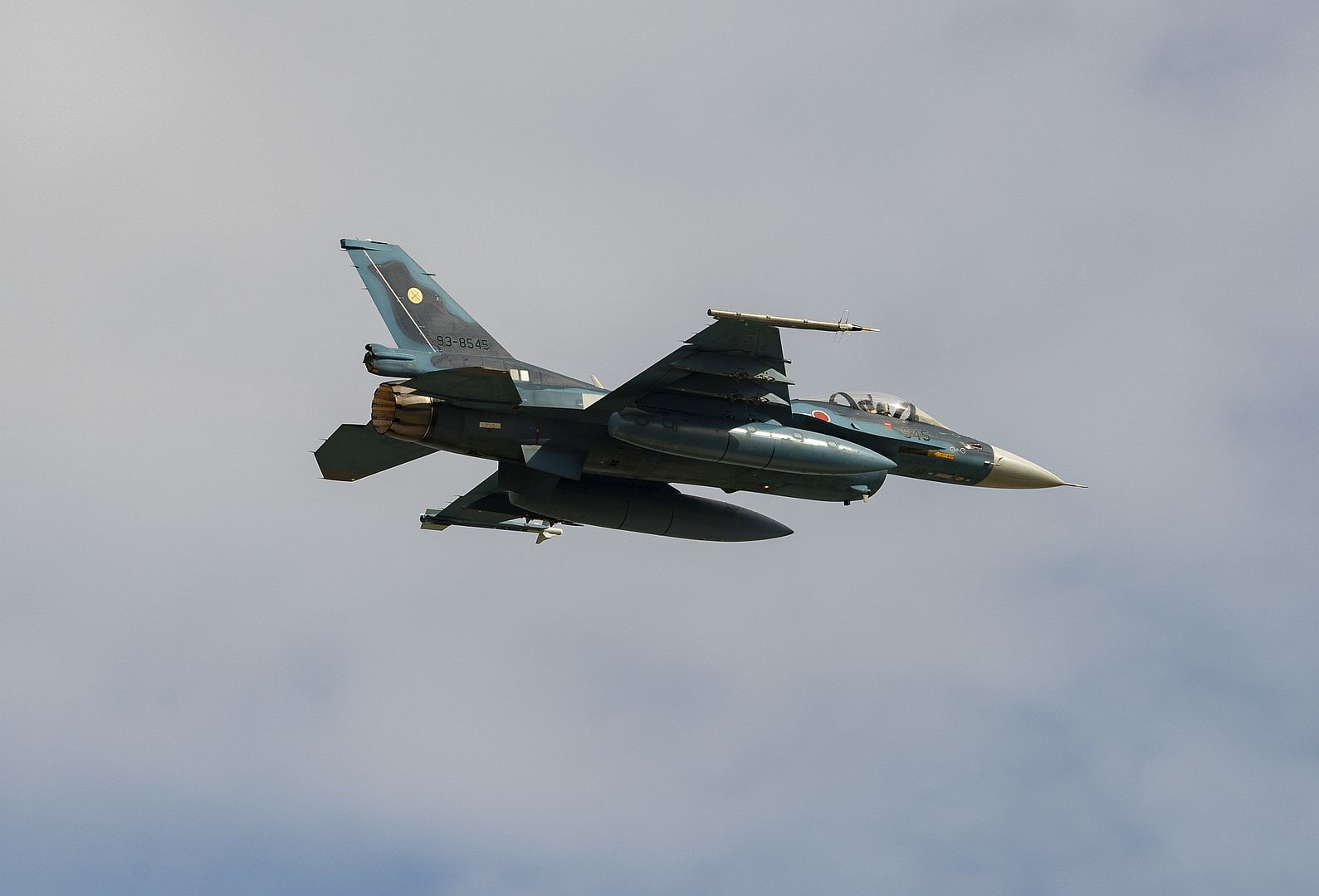
A U.S. Air Force F-35A Lightning II assigned to the 495th Fighter Squadron conducts a flyover upon arrival at Royal Air Force Lakenheath, Feb. 10, 2021. The Liberty Wing was selected to host the first F-35 squadrons in Europe based on numerous factors, to include existing infrastructure, history with supporting fighter operations and the combined training opportunities the UK has to offer. (U.S. Air Force photo by Airman 1st Class Jacob Wood)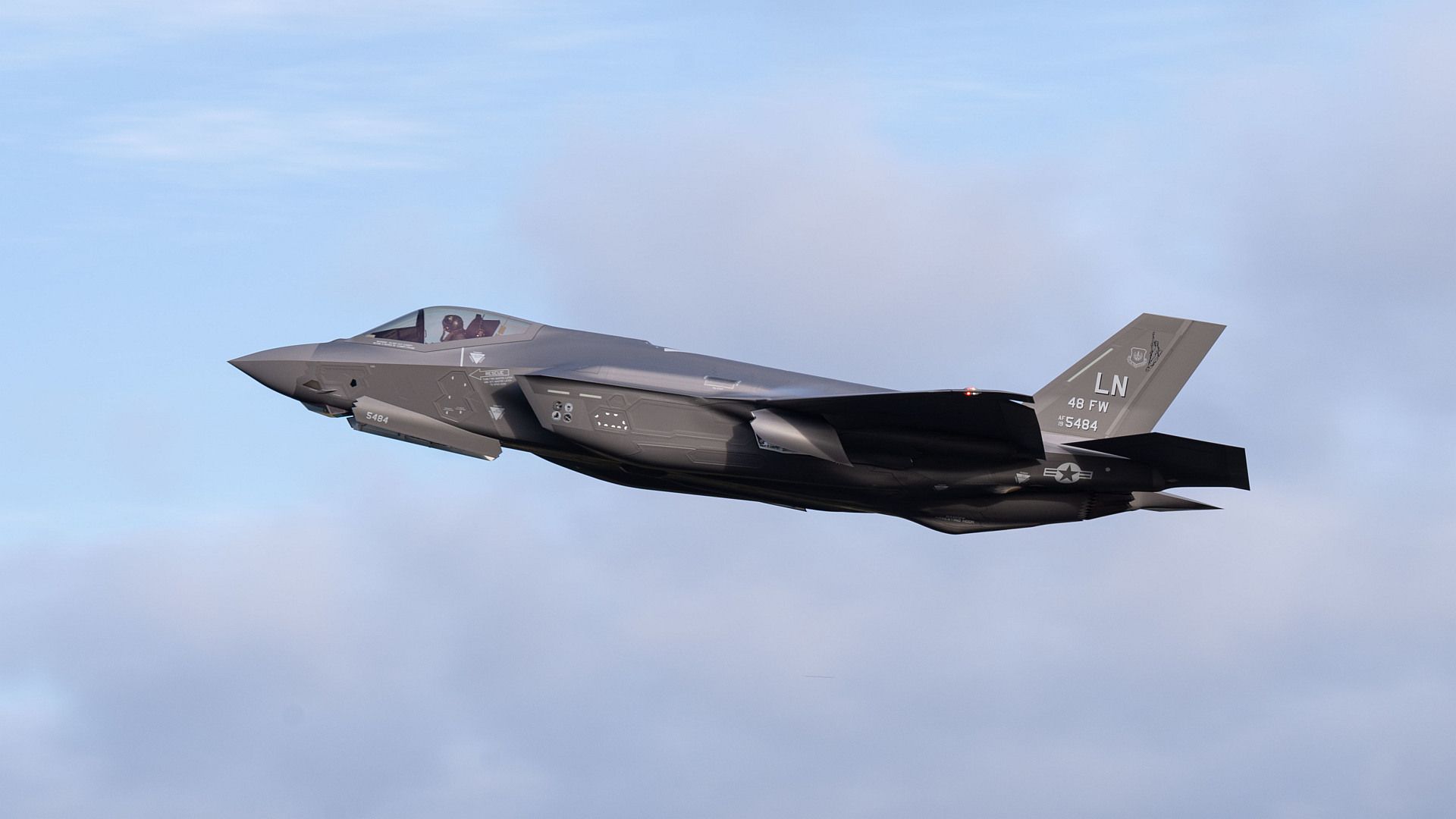
PHILIPPINE SEA (Feb. 17, 2022) An F/A-18E Super Hornet, assigned to the “Vigilantes” of Strike Fighter Squadron (VFA) 151, prepares to make an arrested landing on the flight deck of the Nimitz-class aircraft carrier USS Abraham Lincoln (CVN 72) in of exercise Jungle Warfare 2022 (JWX 22) across Okinawa, Japan. JWX 22 is a large-scale field training exercise focused on leveraging the integrated capabilities of joint and allied partners to strengthen all-domain awareness, maneuver, and fires across a distributed maritime environment. (U.S. Navy photo by Mass Communication Specialist 3rd Class Javier Reyes)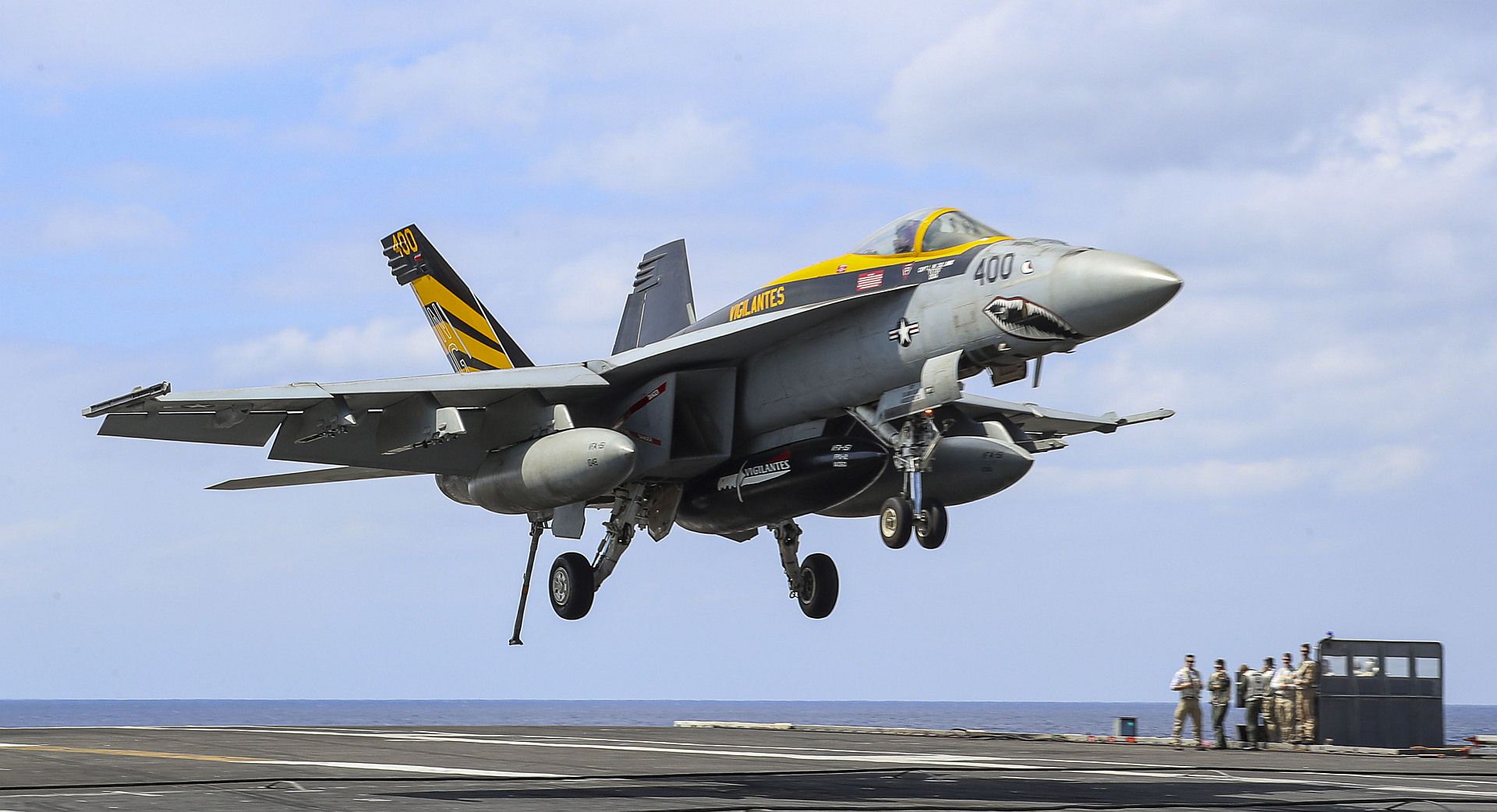
The 310th Fighter Squadron’s newly painted F-16 Fighting Falcon is towed to the flight line Jan. 19, 2022, at Luke Air Force Base, Arizona. Structural maintainers applied a paint scheme to match that of the World War II era 310th Fighter Squadron’s “Passionate Patsy” Republic P-47 Thunderbolt in celebration of the Air Education and Training Command’s 80th anniversary. (U.S. Air Force photos by Senior Airman David Busby)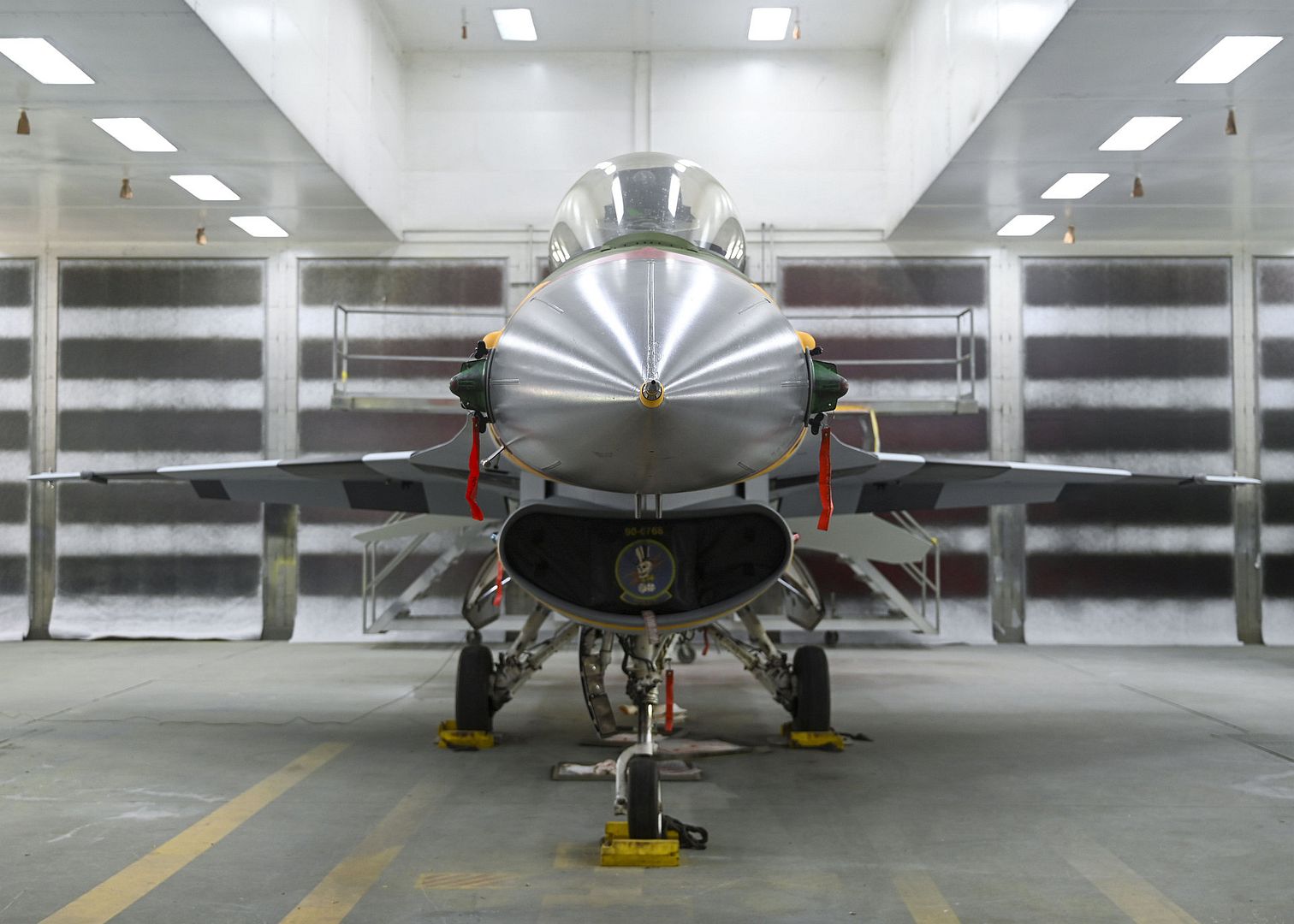
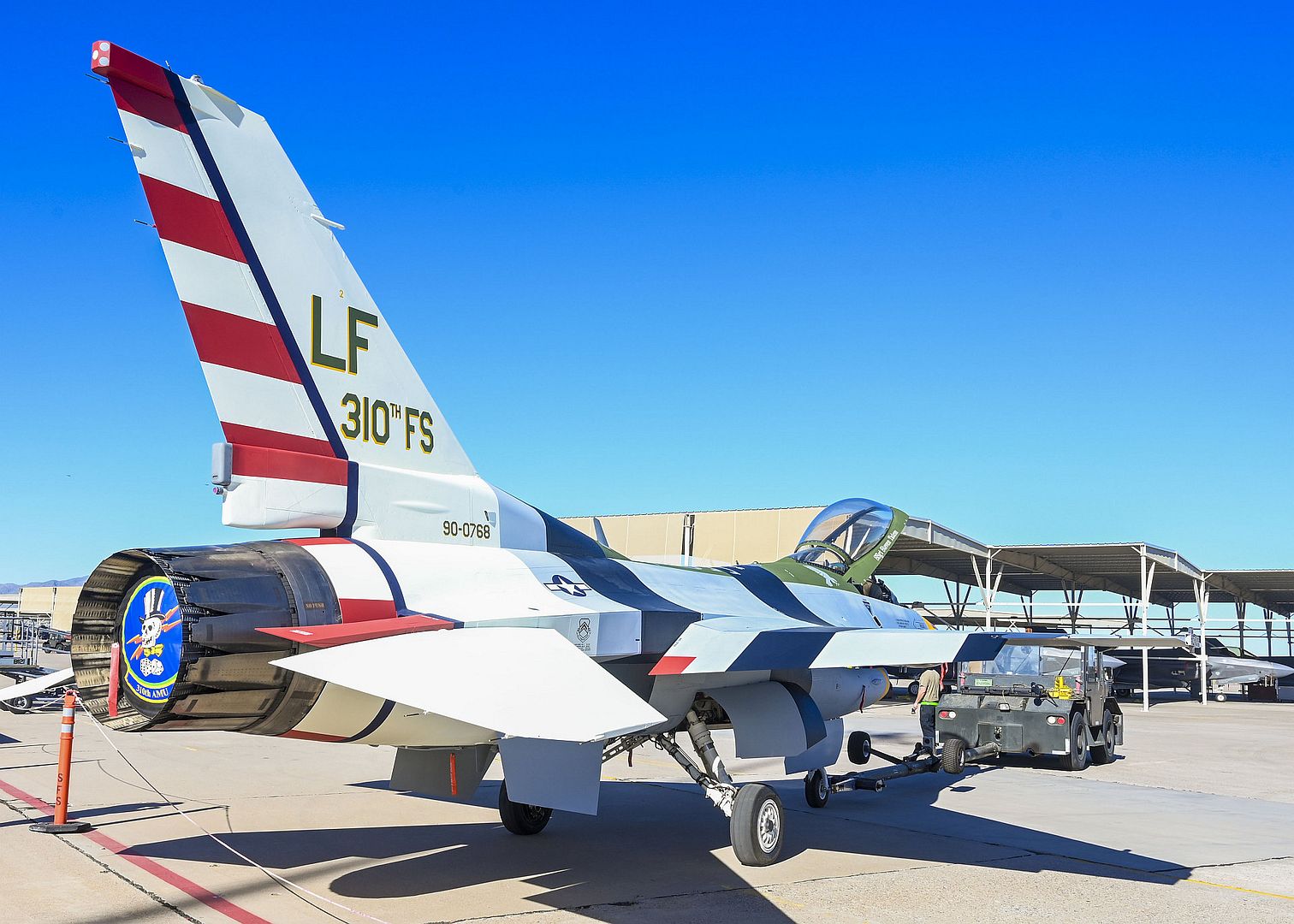
A U.S. Air Force Airman assigned to the 100th Maintenance Squadron performs a pre-flight check on a KC-135 Stratotanker aircraft at Royal Air Force Mildenhall, England, Feb. 16, 2022. The 100th ARW is the only permanent U.S. air refueling wing in the European theater providing the critical air refueling "bridge" that enables the Expeditionary Air Force to deploy around the globe on a moment's notice. (U.S. Air Force photo by Airman Alvaro Villagomez)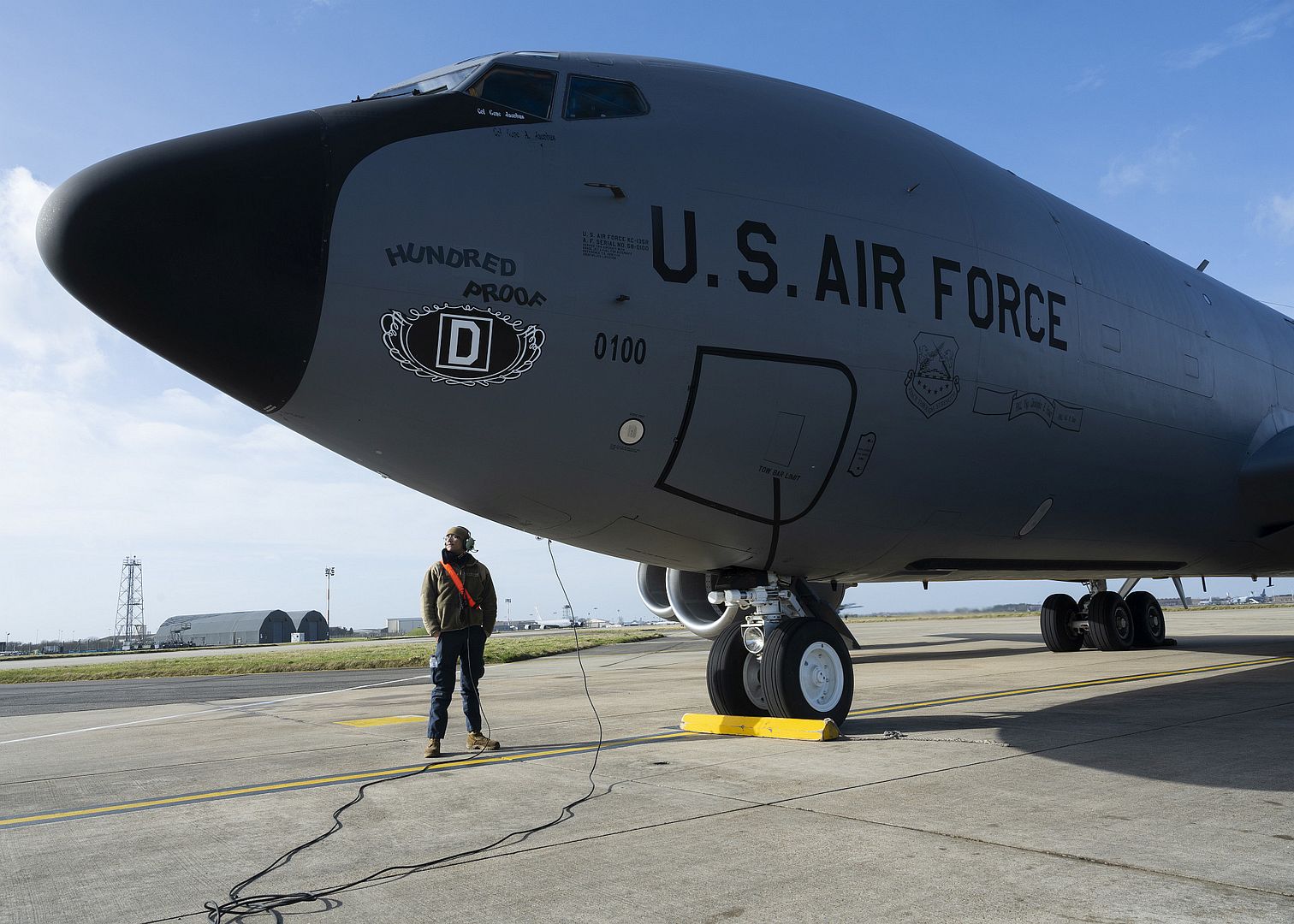
Changi Exhibition Centre, Singapore (February 17, 2022) - Bell Textron Inc. has delivered the 10th Bell 429 to a corporate customer in the Philippines, demonstrating the Bell 429’s continued popularity among corporate customers in the Philippines who value the Bell 429’s reliability, smooth and quiet ride, and Bell’s industry-leading support and services.
Earlier this year, the Bell 429 marked a milestone, surpassing 500,000 global fleet hours. The Bell 429 remains at the forefront as mission requirements evolve. Advanced capabilities of the 429 include single pilot IFR, Category A operations and an integrated avionics glass cockpit, designed to offer the best combination of flexibility, safety, and durability.
The aircraft can complete a range of missions including, search and rescue, medical evacuations, natural disaster relief, national security and military training. Along with the newest Bell 429 in the Philippines, there are currently more than 400 Bell 429 aircraft serving an array of customers, offering versatility through missions and excellent performance.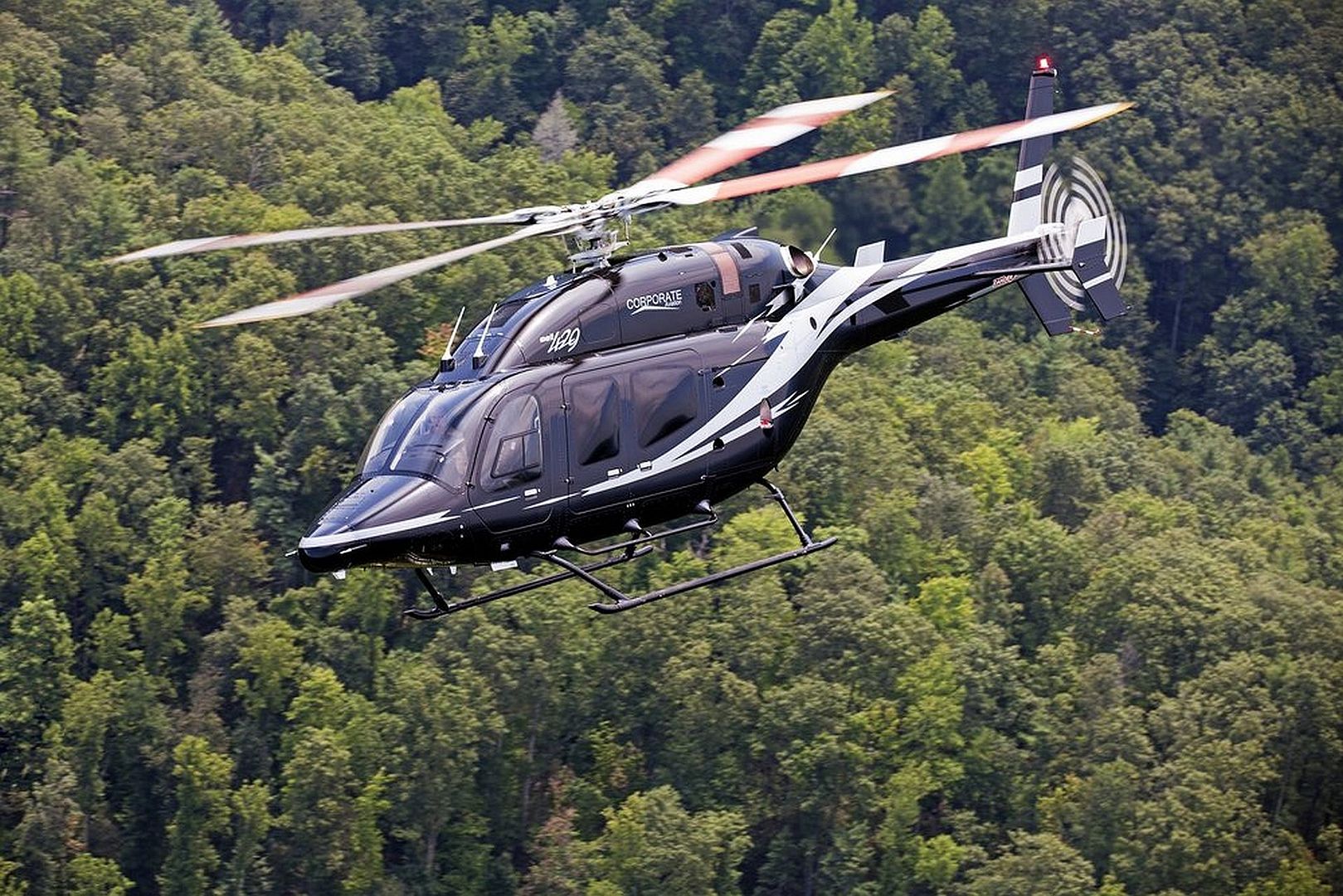
Four additional Royal Air Force Typhoon jets from Royal Air Force Coningsby have landed in Cyprus and will shortly begin to patrol the skies with NATO Allies in Eastern Europe.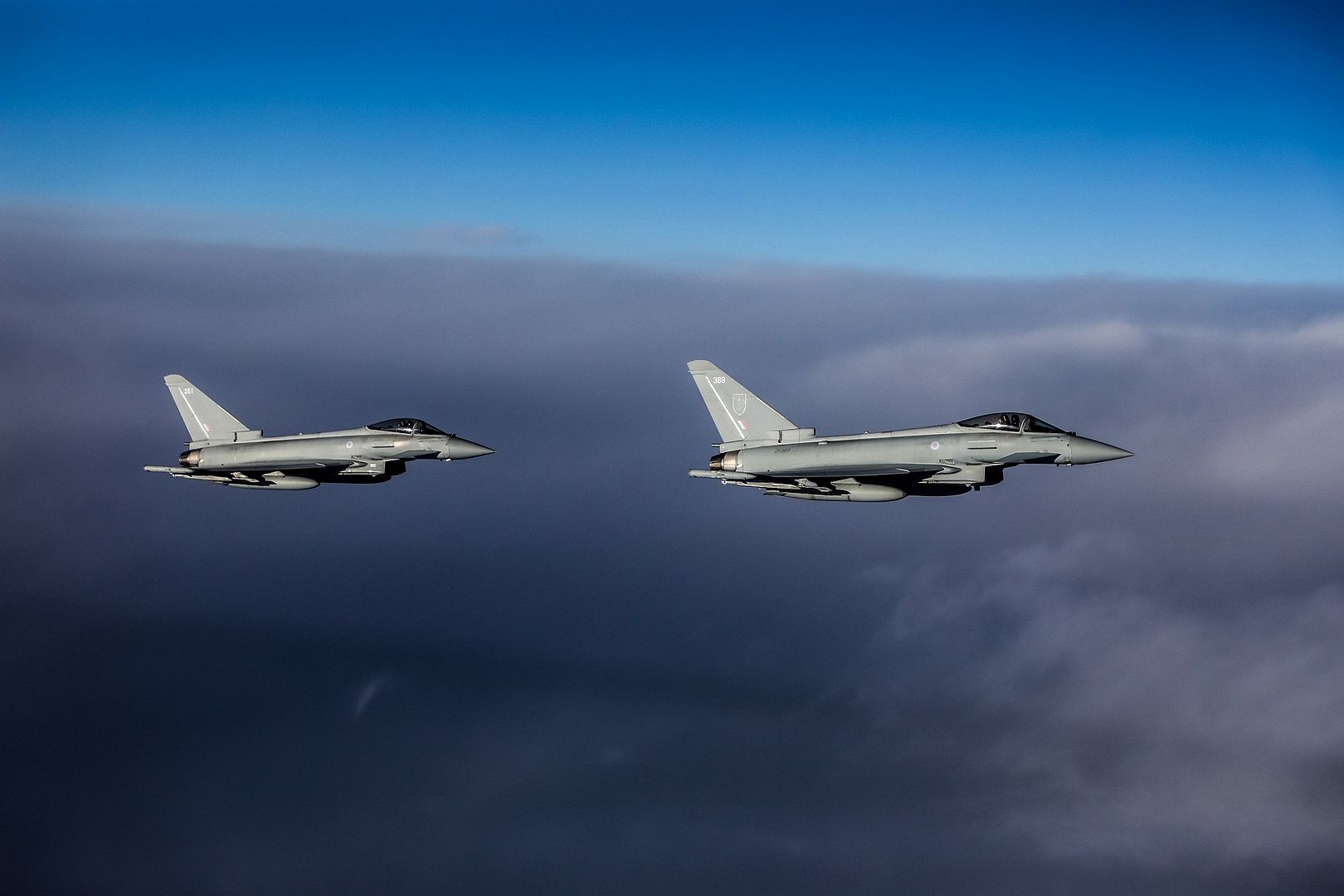
The UK is playing a leading role within NATO and shaping the international community’s
response to Russia.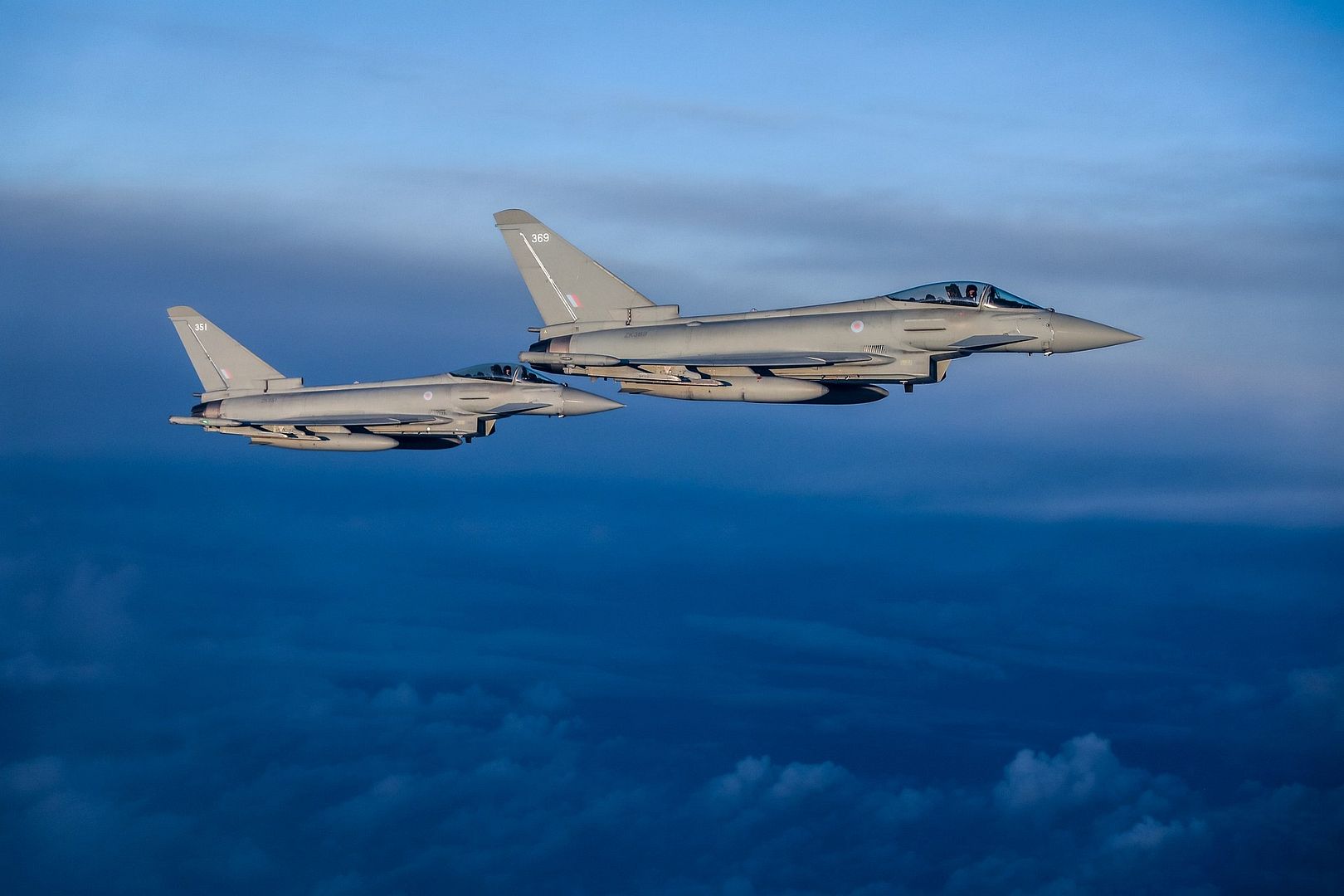
The Defence Secretary, Ben Wallace, impressed with his NATO counterparts that Russia needed to match its actions to its words, and truly de-escalate.
(Photos courtesy of the RAF)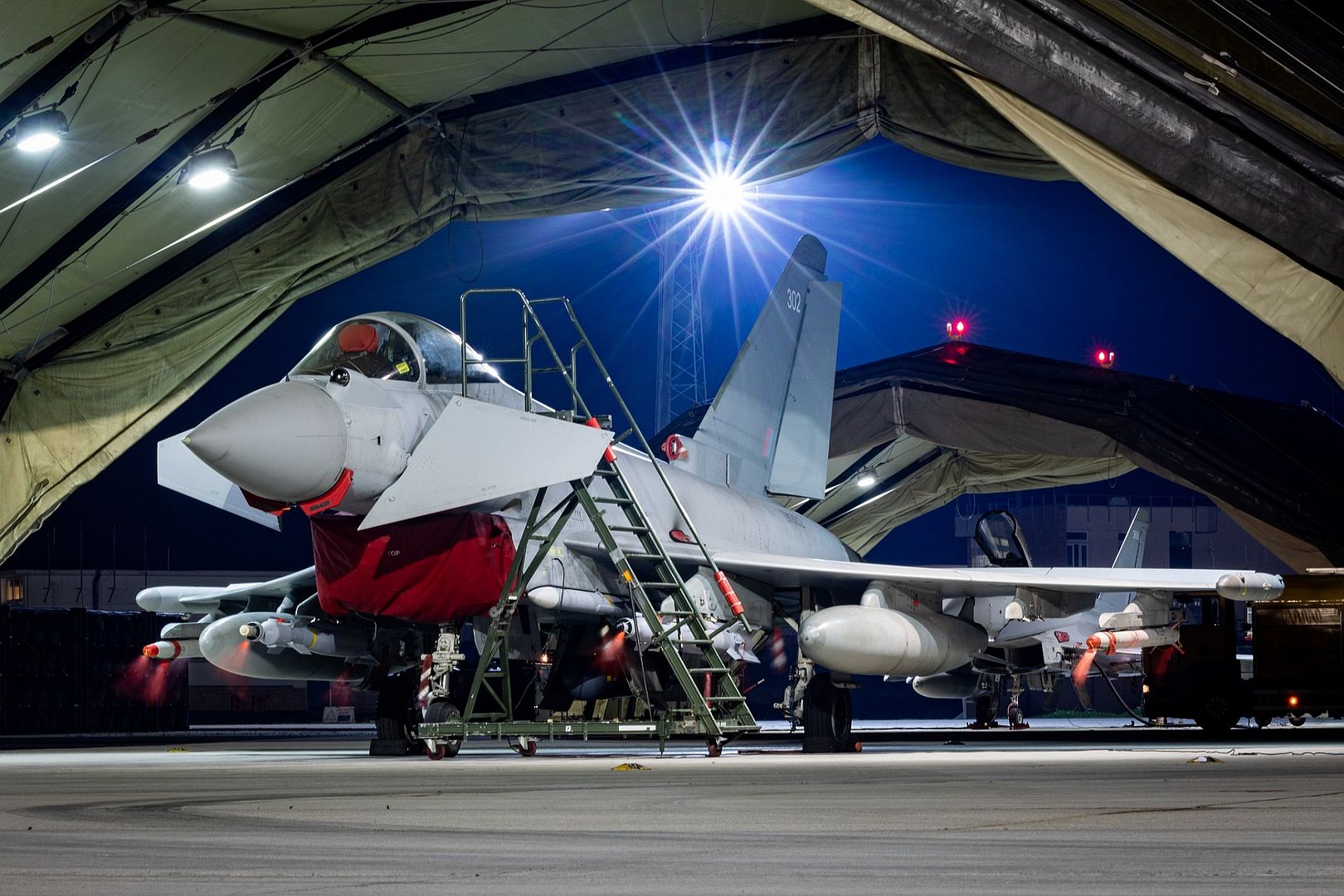
Post a reply
- Go to Next topic
- Go to Welcome
- Go to Introduce Yourself
- Go to General Discussion
- Go to Screenshots, Images and Videos
- Go to Off topic
- Go to Works in Progress
- Go to Skinning Tips / Tutorials
- Go to Skin Requests
- Go to IJAAF Library
- Go to Luftwaffe Library
- Go to RAF Library
- Go to USAAF / USN Library
- Go to Misc Library
- Go to The Ops Room
- Go to Made in Germany
- Go to Campaigns and Missions
- Go to Works in Progress
- Go to Juri's Air-Raid Shelter
- Go to Campaigns and Missions
- Go to Works in Progress
- Go to Skinpacks
- Go to External Projects Discussion
- Go to Books & Resources
